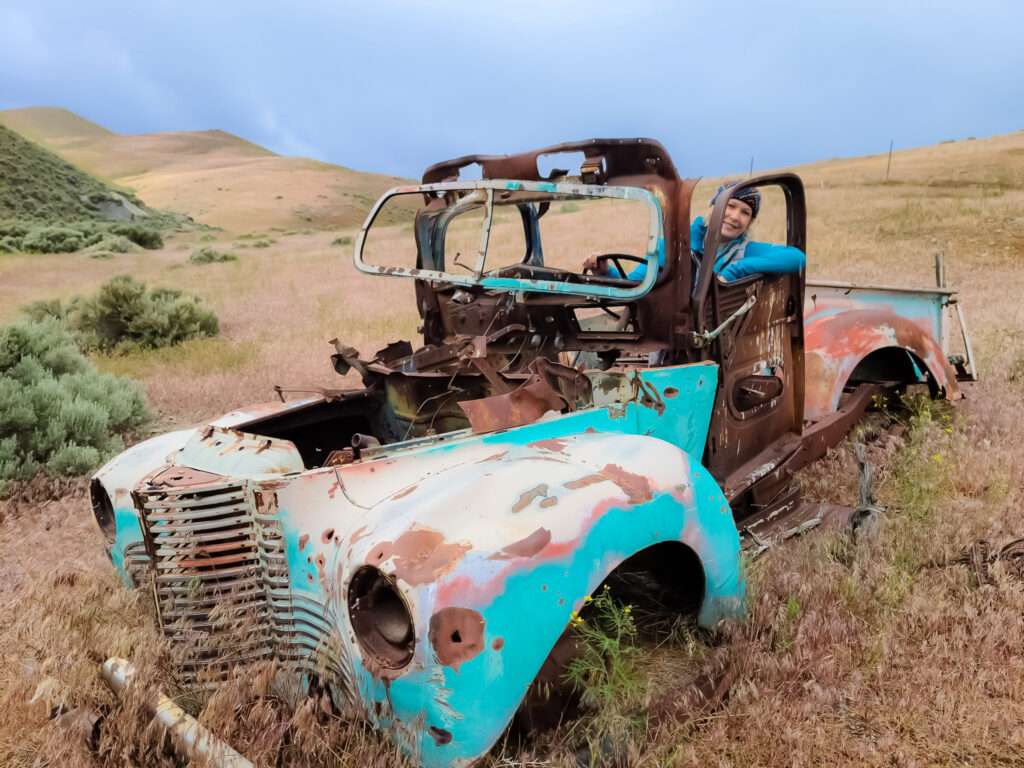
Tami’s Travels: Full posts to follow
In May, I spent a weekend with Nevada Expeditions exploring ghost towns in Humboldt and Pershing Counties. We visited twenty-two sites: ghost towns, station stops, mines, and a CCC camp. Our trip progressed through the history of Nevada, from 1860s ghost towns to early 1900s mines.
We visited better-known ghost towns, along with some hidden gems. While some sites had little remaining, many had spectacular abandoned buildings, in one case clinging to the side of a mountain.
War of the Peonies
Remember the movie from the 1980s, War of the Roses, starring Michael Douglas, Kathleen Turner, and Danny Devito? The couple divorces and tries everything to get ownership of their house. Decades later (how am I that old?), I remember the final scene. The couple is lying at the base of the stairs dying, fighting till their last breath. Finally, Oliver reaches out as a peace offering, only to have Barbara throw his hand back.

One of my friends had a free weekend in May, so we decided to plan a more extensive ghost town trip. Planning trips with my friends is more like War of the Peonies. We are all too nice, with no thorns, trying to make each other happy. We debated where to go for so long that we lost Austin (Austin, Nevada, not Austin of Nevada Expeditions). Even our favorite single-wide hotel booked up during our debate.
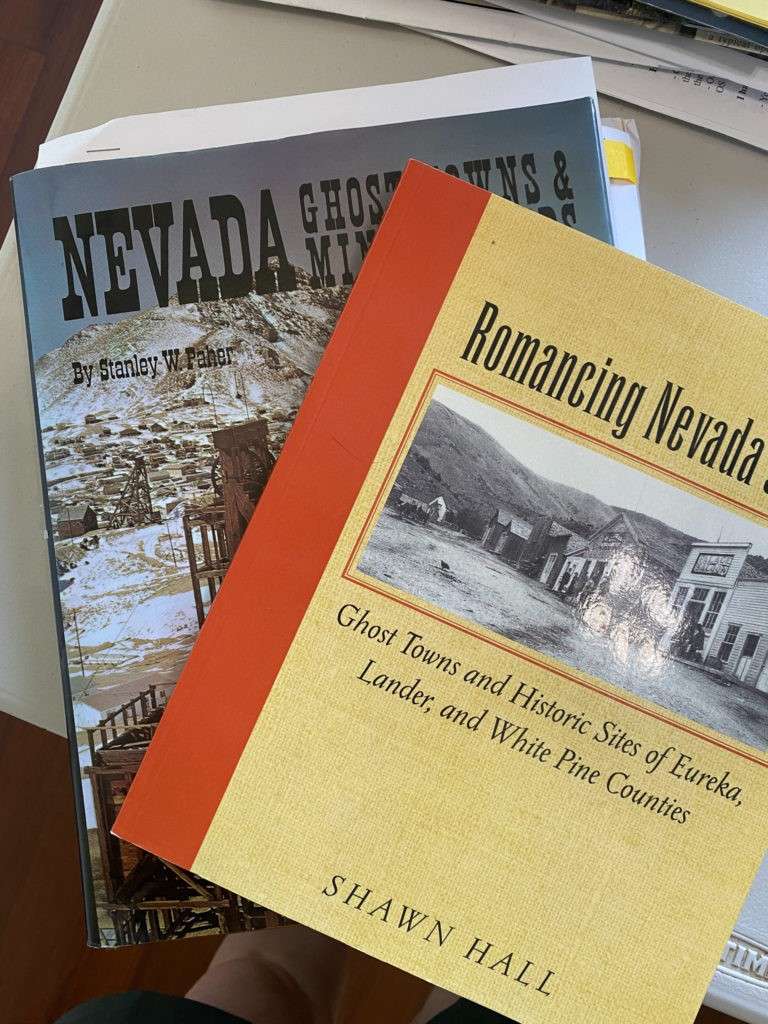
We all threw out several ideas and settled on staying in Winnemucca or Hawthorne. The problem is that none of us would choose which. We all tried to make others happy yet find new things for everyone. Every message ended with, “I’m good with whatever you decide.”
Austin mapped out ghost towns for both locations. I finally decided on Winnemucca as the Hawthorne area we can do on day trips. Fortunately, I was still able to book rooms. I’m probably looking more forward to eating at The Griddle than visiting ghost towns!
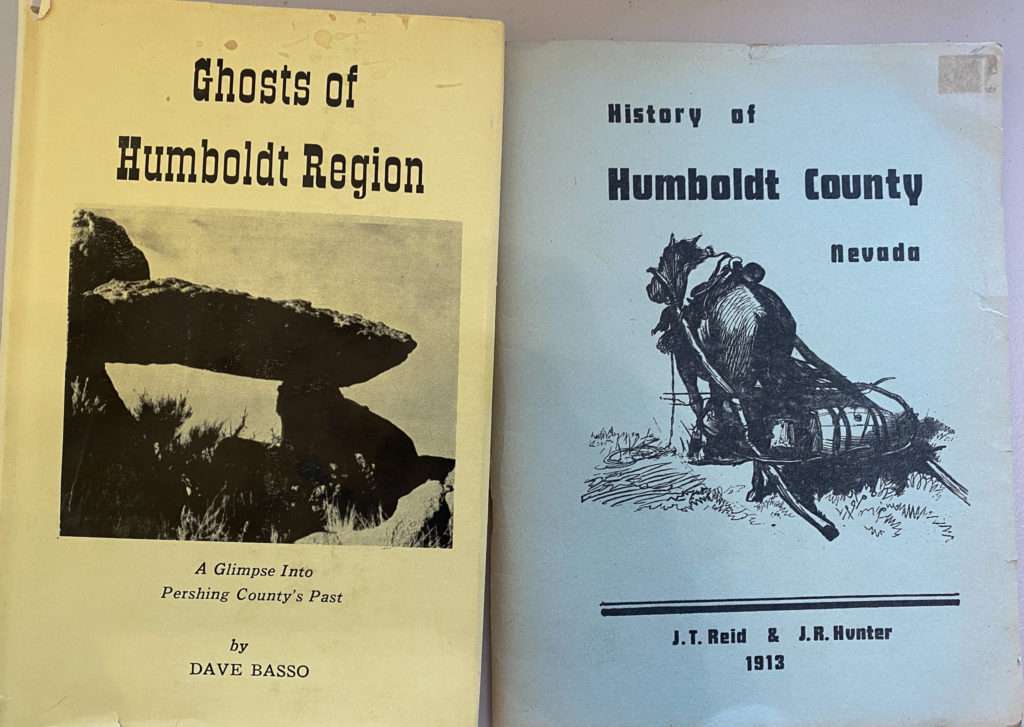
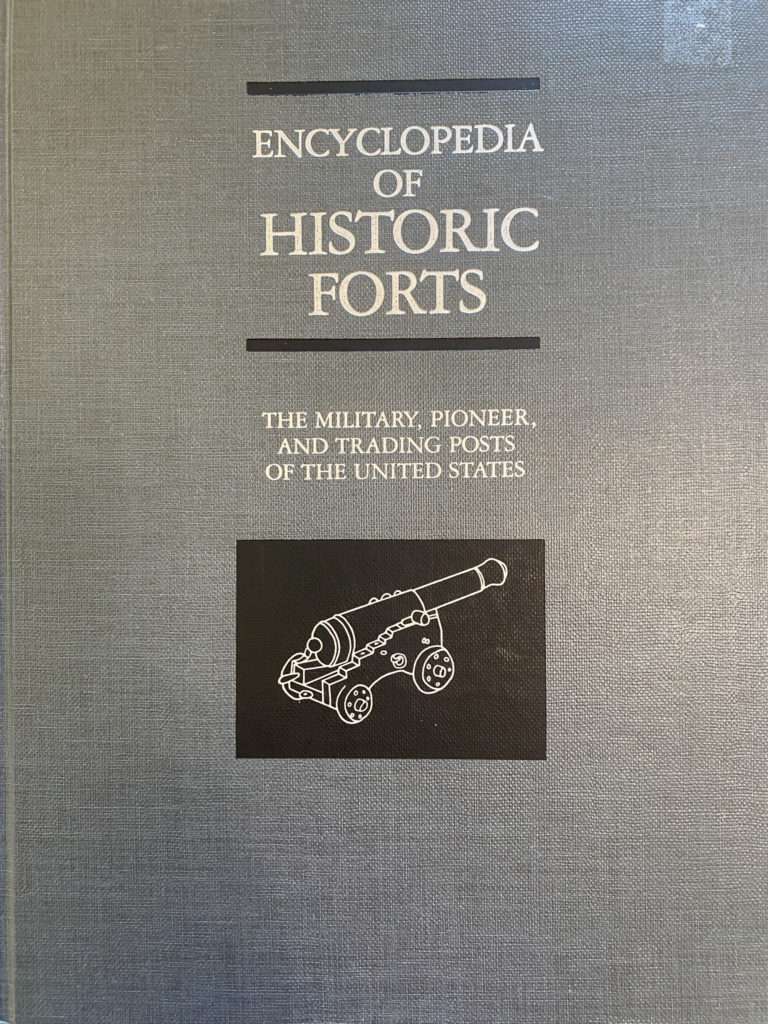
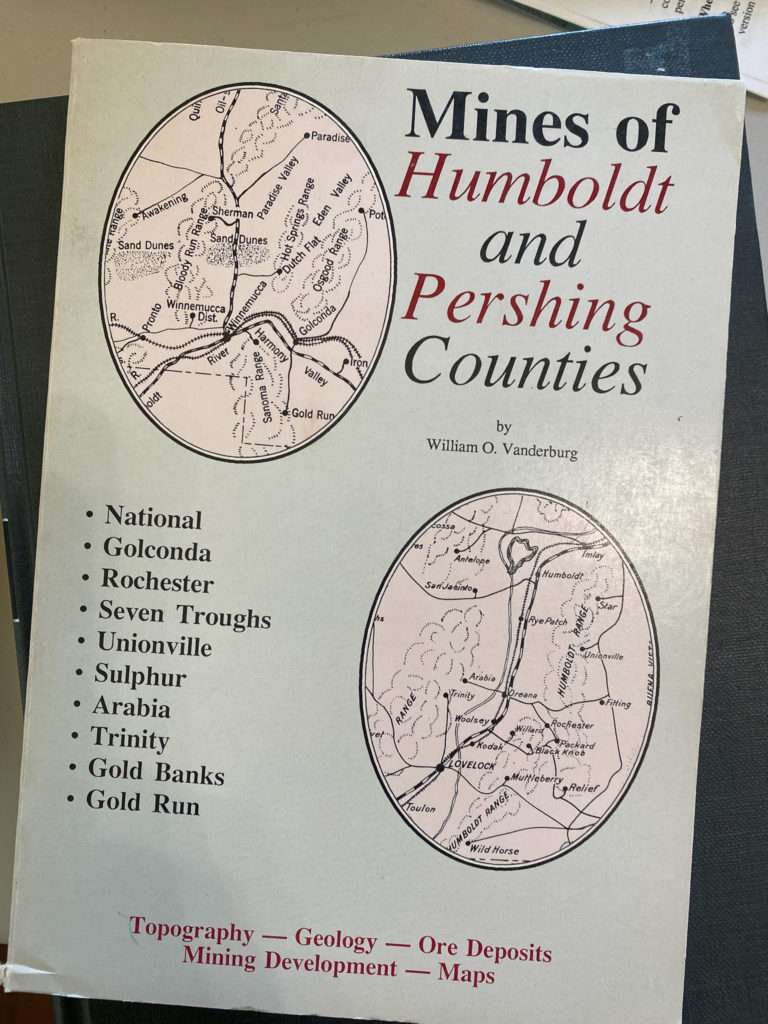
The night before the trip, my friend messaged that he had to work–darned jobs! We were, unfortunately, 1-hour past cancelation at the hotel. Worn out after the prior few week’s travels, I wouldn’t have minded a weekend at home, but since we were paying for the hotel anyway, we decided to go. I spent the first night in Fallon; we headed out early the following morning.
Day 1
The day started gloomy, with rain threatening throughout the day. After grabbing breakfast, we headed to explore Pershing and Humboldt Counties.
Lovelock
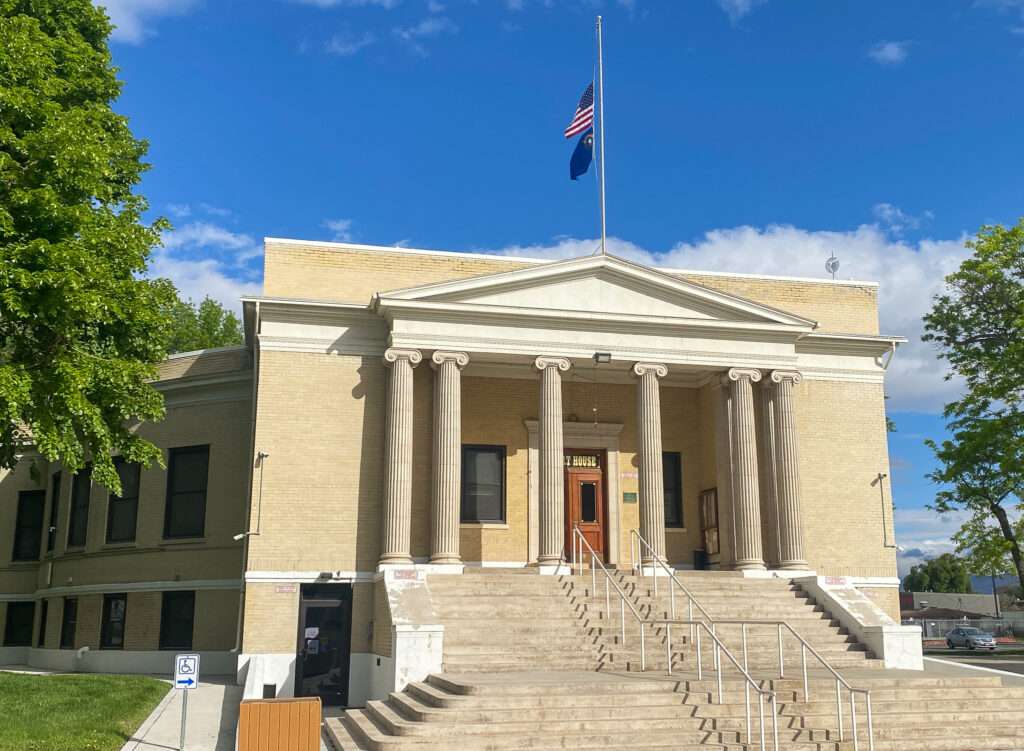
Family trips growing up
Lovelock is not a ghost town but a small agricultural community. Growing up in Idaho, we drove past Lovelock to visit family in California.
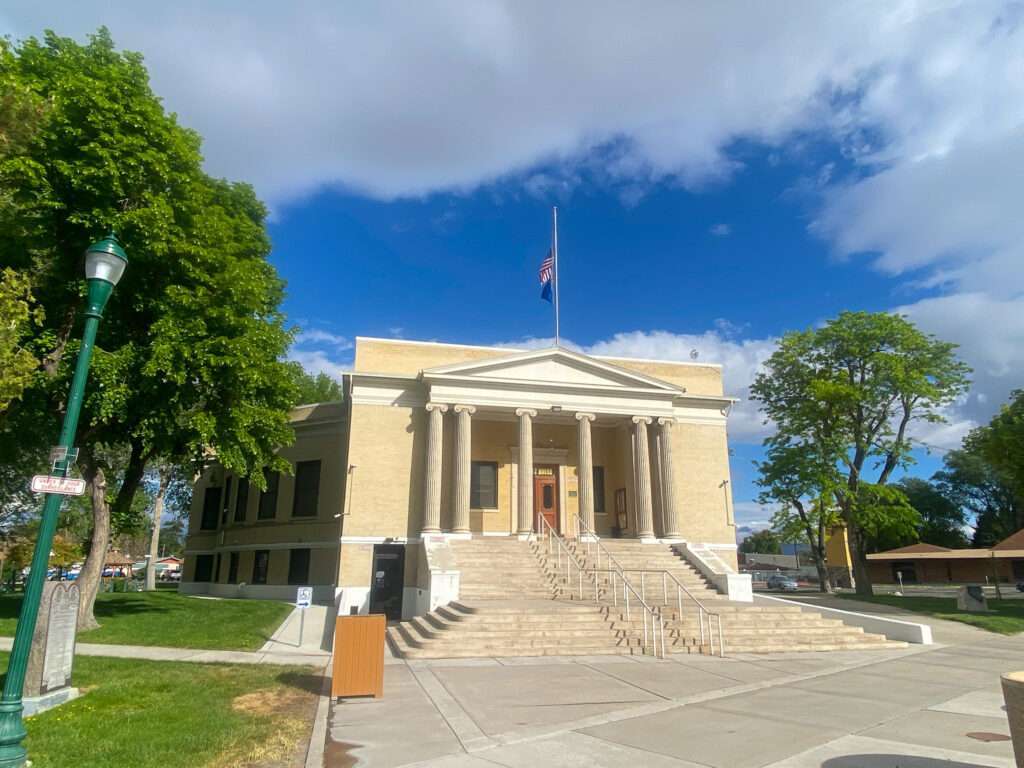
Our family trips through Lovelock would be as follows.
We stop for lunch in Winnemucca. By the time we reached Lovelock, we were five hours into our drive, and the batteries in our Walkman were dead. My sister and I were perfect angels. Just kidding, we fought and accused each other of daring to look at the other. We created a DMZ across the backseat using audio tapes: Juice Newton, Huey Lewis, and the News, and Madona.
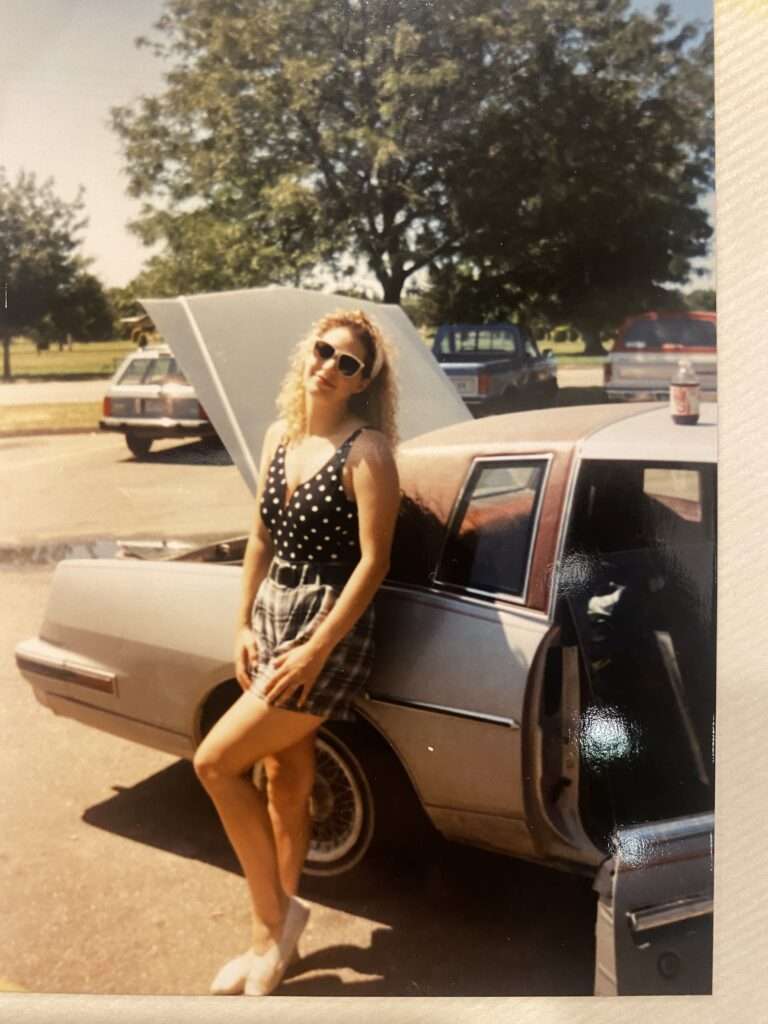
Finally, my parents were fed up. My mom would threaten to tie us to the fence in the middle of the highway (until someone did just that). My dad would intervene and threaten if we didn’t behave, he would move to the family to Lovelock. That probably bought them an hour of peace.
Now, I love the area around Lovelock, like Tunnel Camp, and visit it for fun.
Lovelock
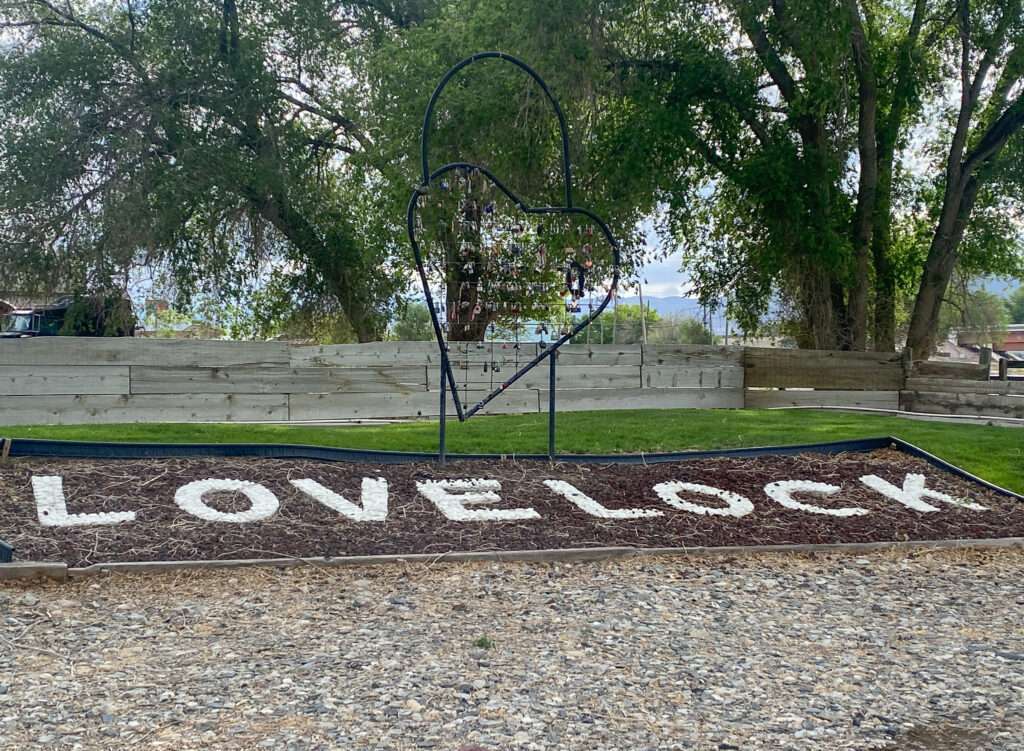
During the California Gold Rush, travelers stopped to resupply water before crossing the dreaded Forty-Mile Desert. George Lovelock purchased a small station that was established in 1861 and renamed it Lovelock. Central Pacific Railroad reached Lovelock in 1868, and Lovelock donated eighty acres for a train station and town named after him. Lovelock grew to be an important shipping center for agriculture and local mining.
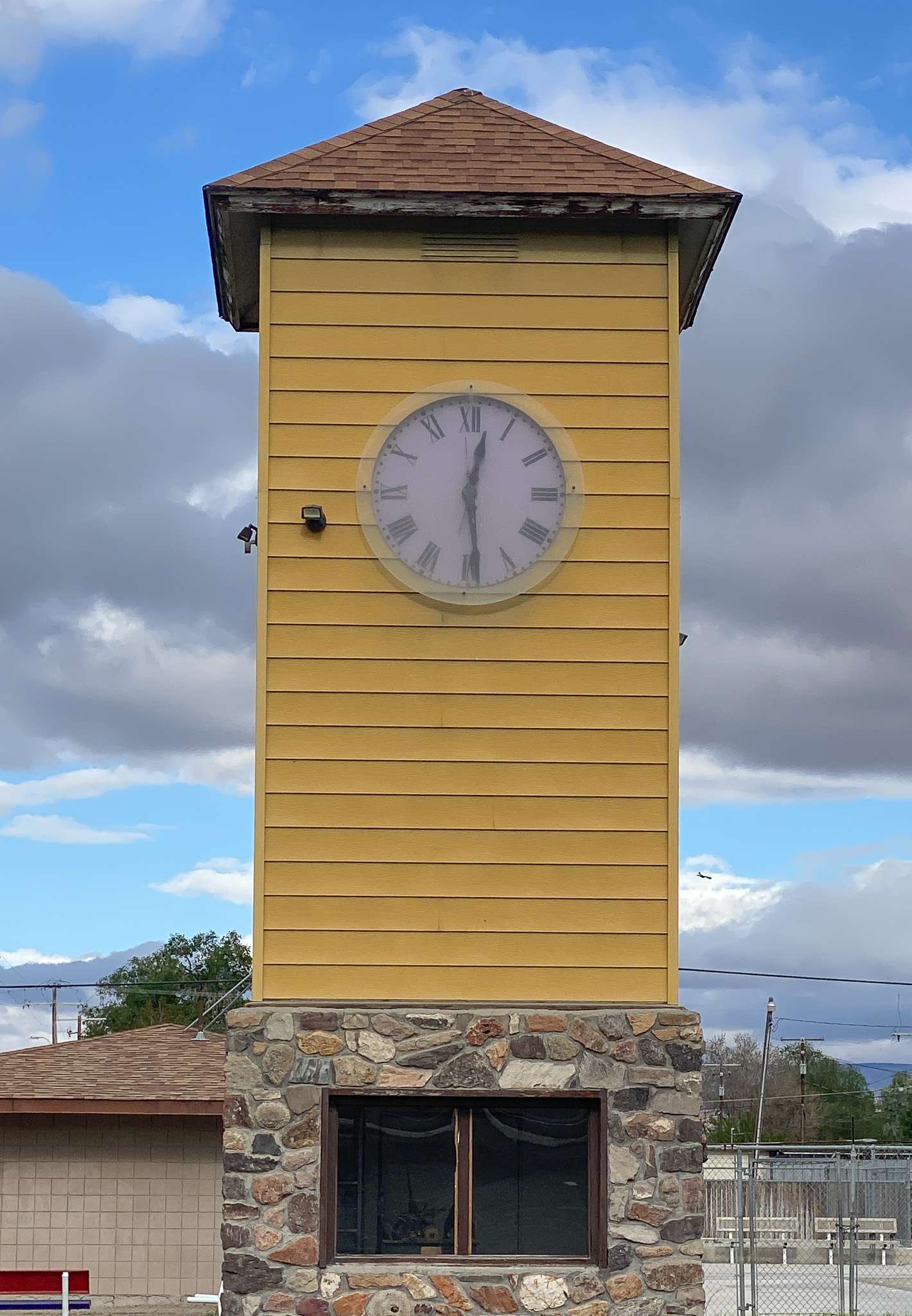
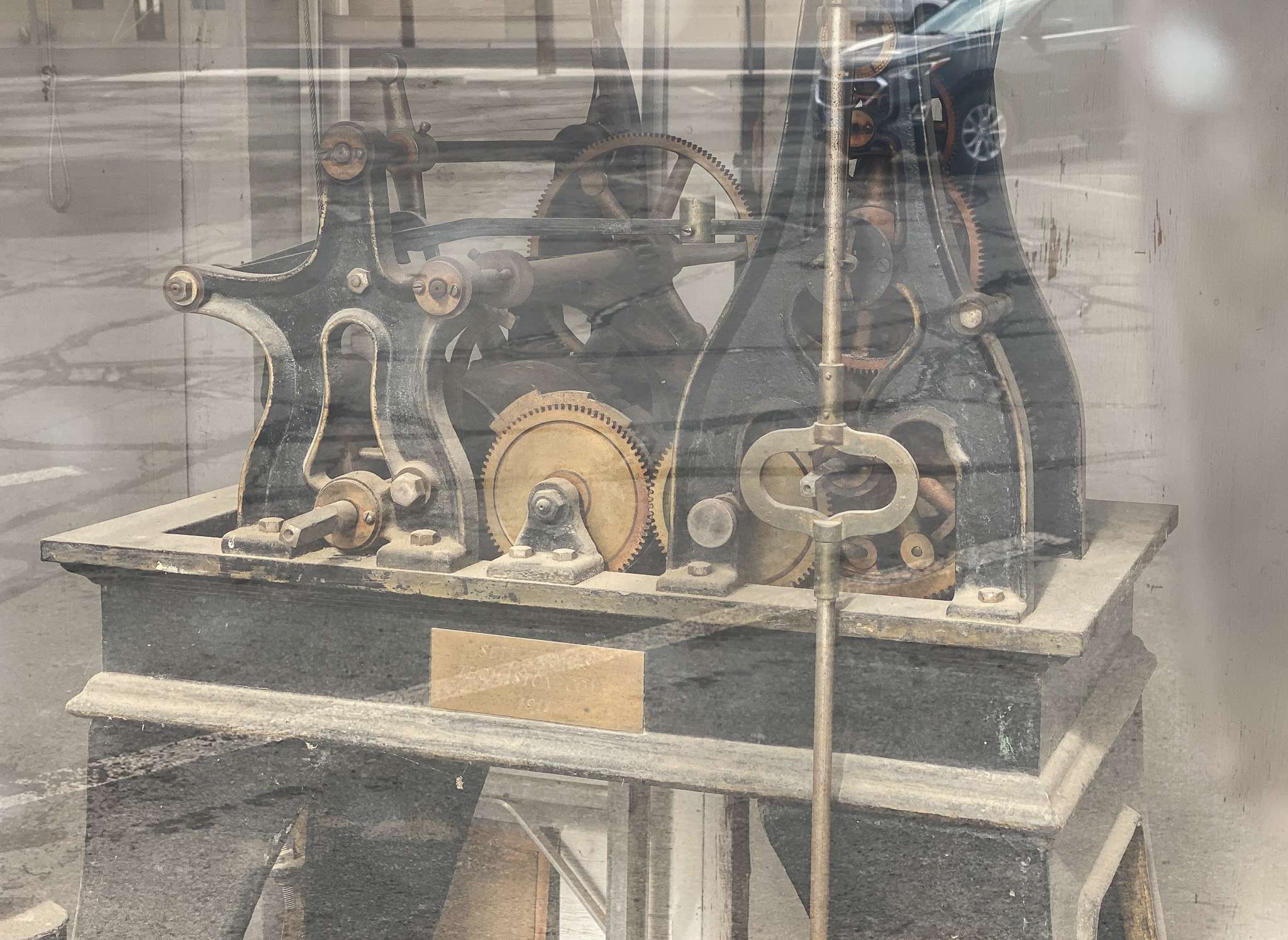
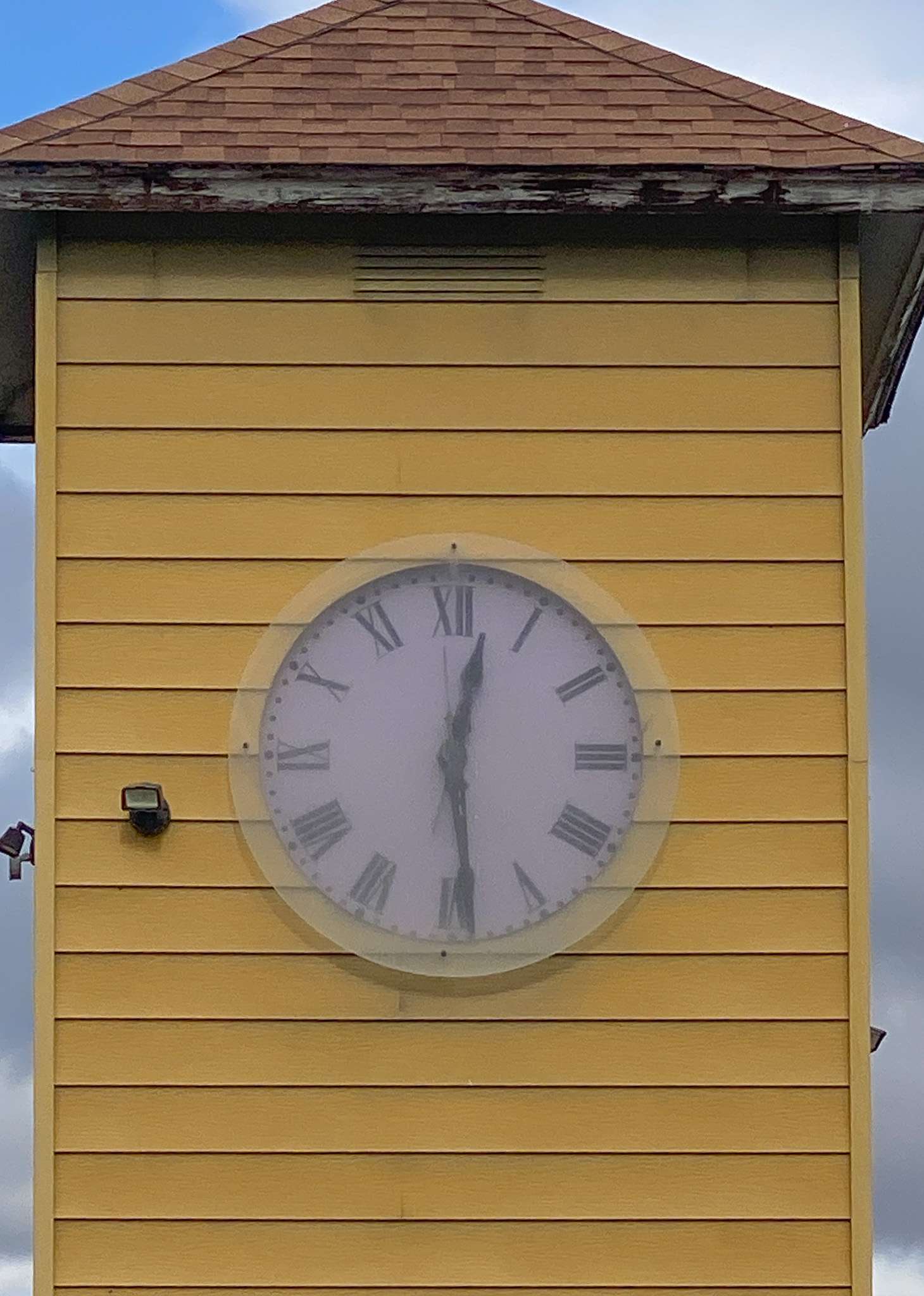
Lovelock, believing the Humboldt county seat unfairly received more funding, requested to create a new county. As a result, the state of Nevada established Pershing County in 1919 with Lovelock as the county seat and built the county built a unique round courthouse in 1921.
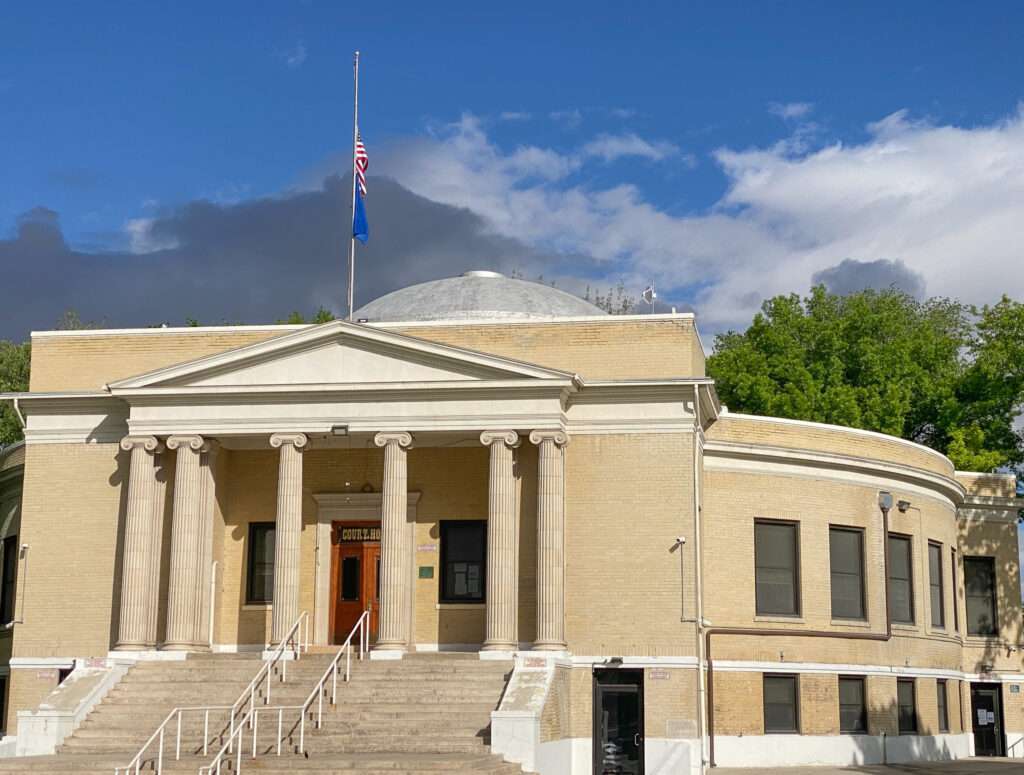
It is popular for lovers to “lock their love” in Lovelock. Locks weigh down chains behind the courthouse, and the city has added heart-shaped locks at several locations around town.
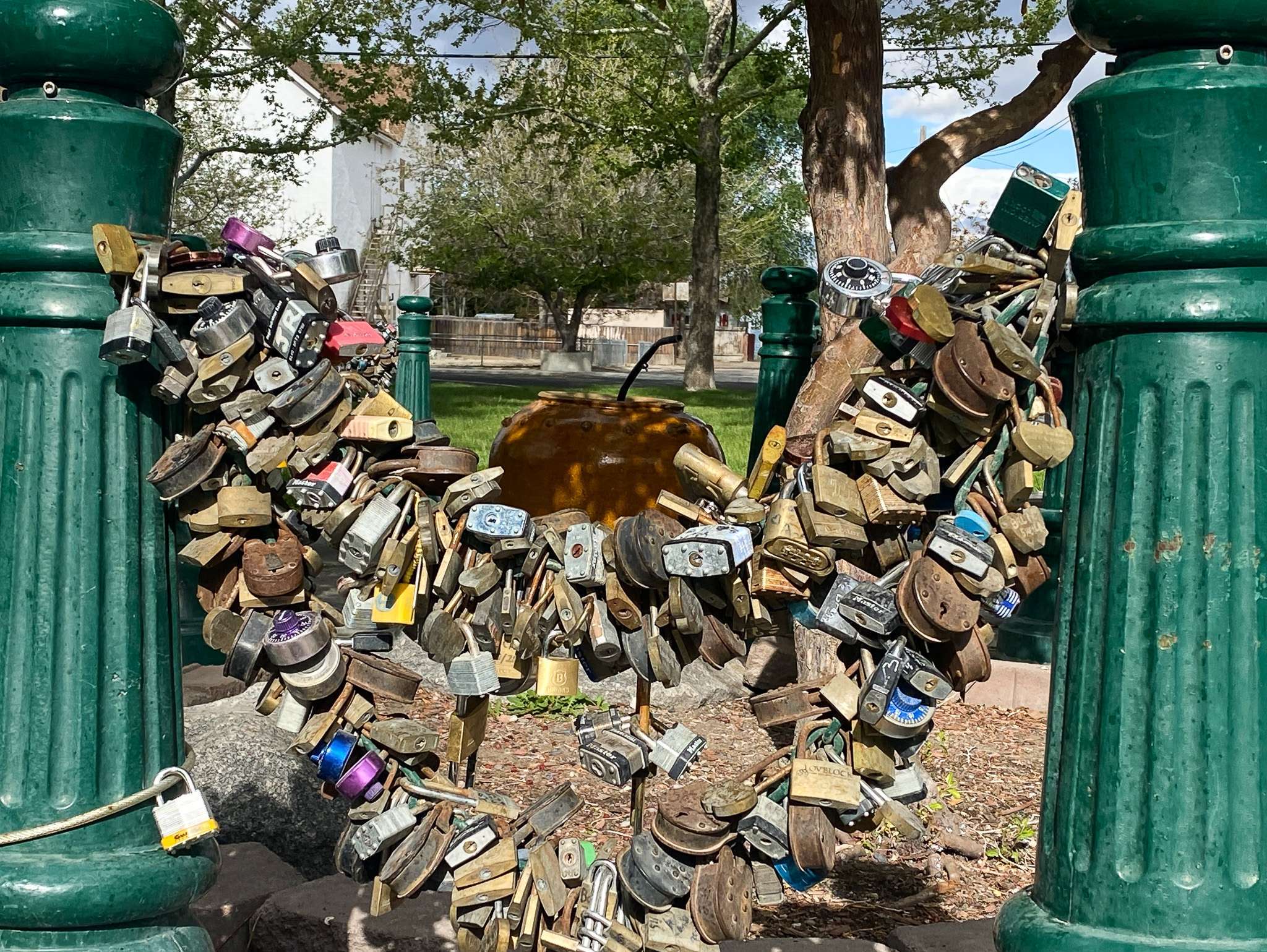

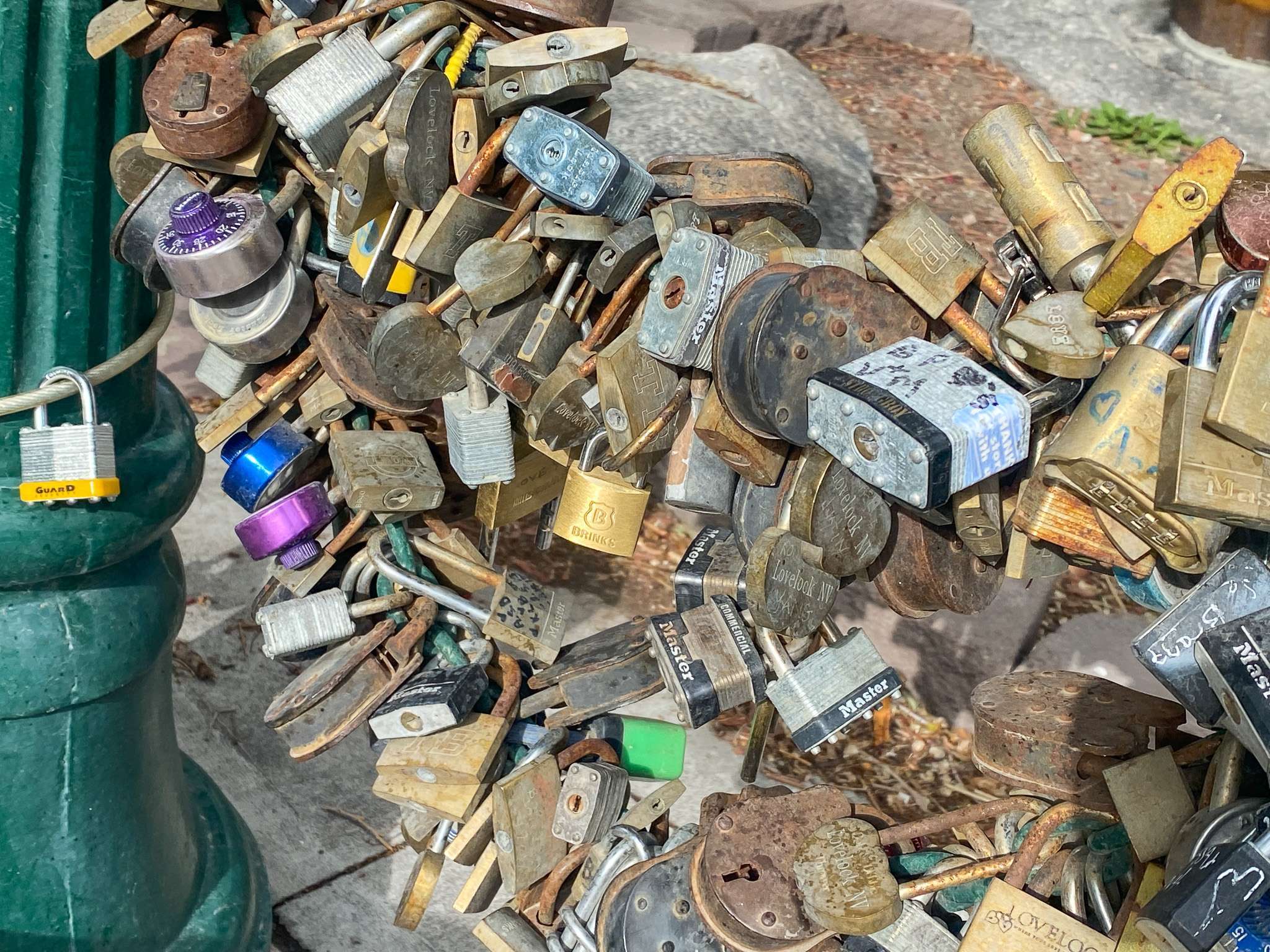
Humboldt City
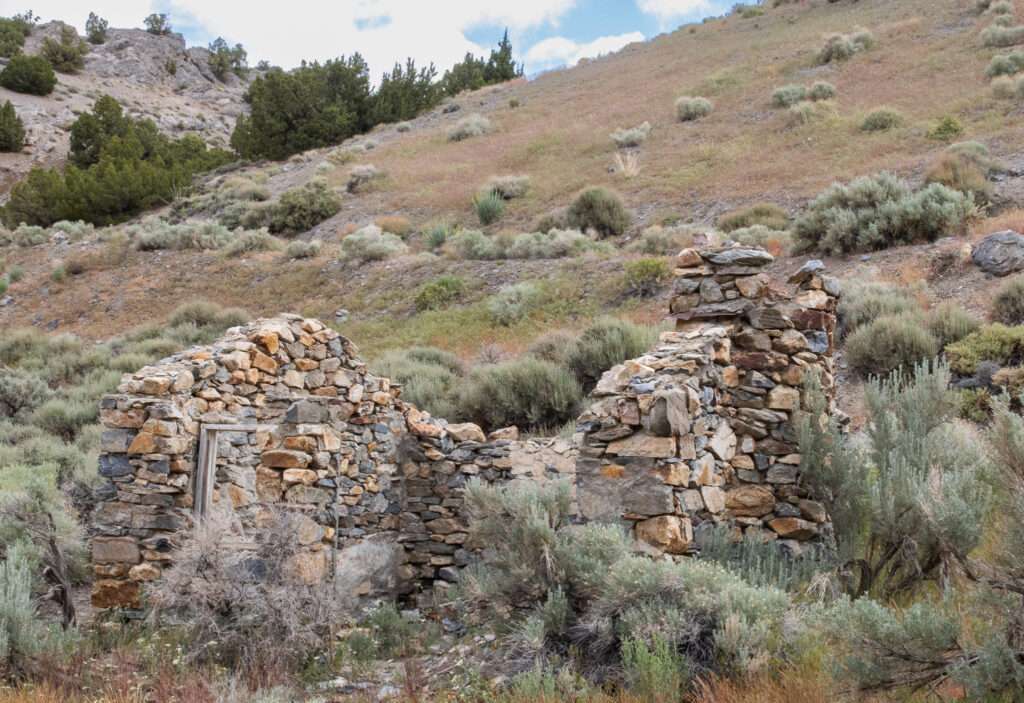
Last fall, I headed out with a Jeep group and friends Shonna and Austin for a day of exploring and Humboldt City was one of the day’s highlights. Unfortunately, as I was with a group and on schedule, we didn’t have much time to explore.
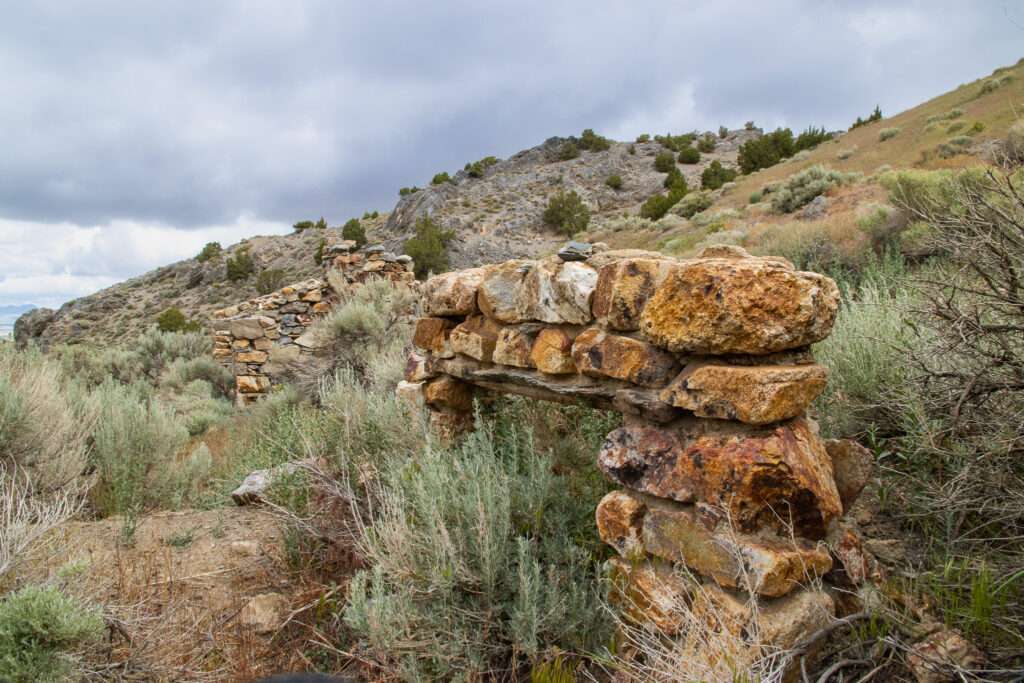
As we were so close to Humboldt City, we decided to spend more time exploring; I am happy we did! There were many more structures than I realized tucked into the sagebrush; many had remaining fireplaces.
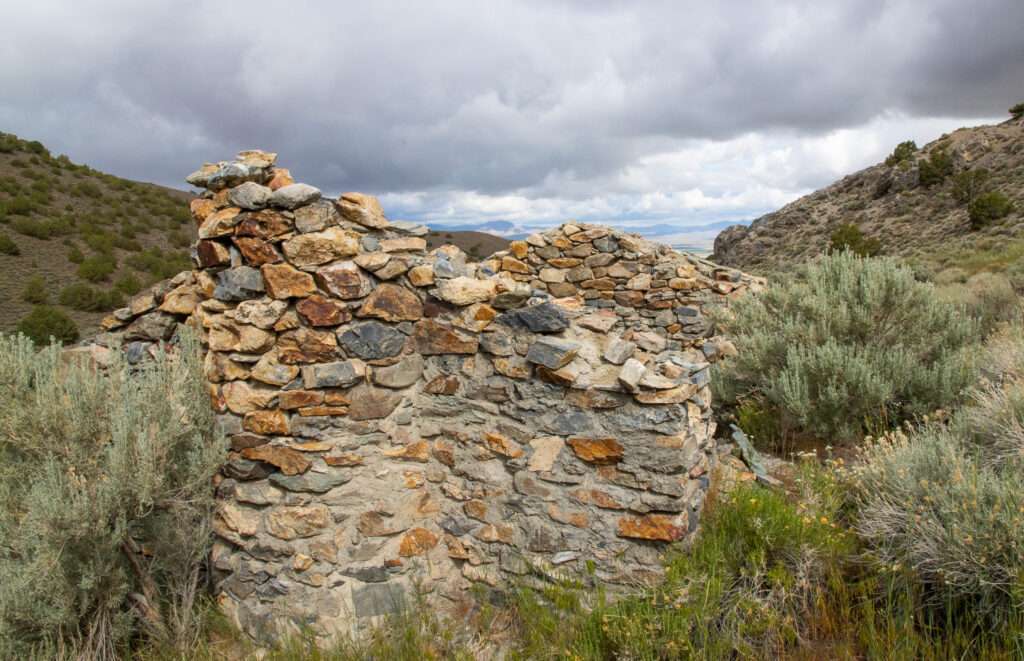
French Trader, Louis Barbeau, discovered silver in Humboldt Canyon in the spring of 1860. The Humboldt Mining District, the first in the area, was established the same year. Flush from Comstock Fever, a prospecting party, made haste to the new strike. However, due to hostilities with the Paiute Tribe and the high cost of living, many left the area in early 1861.
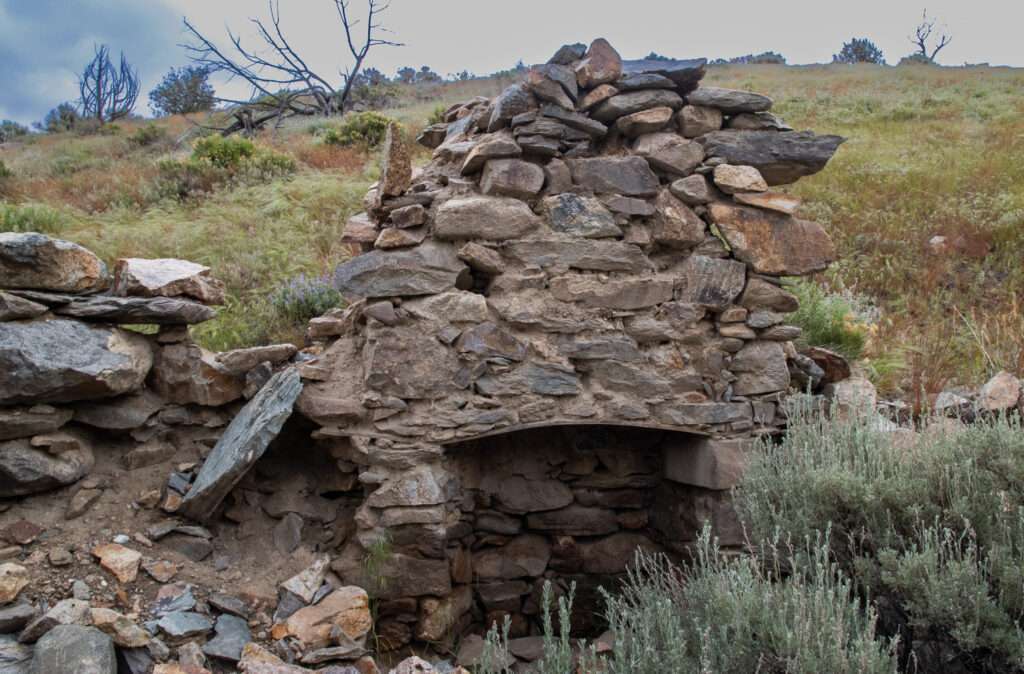
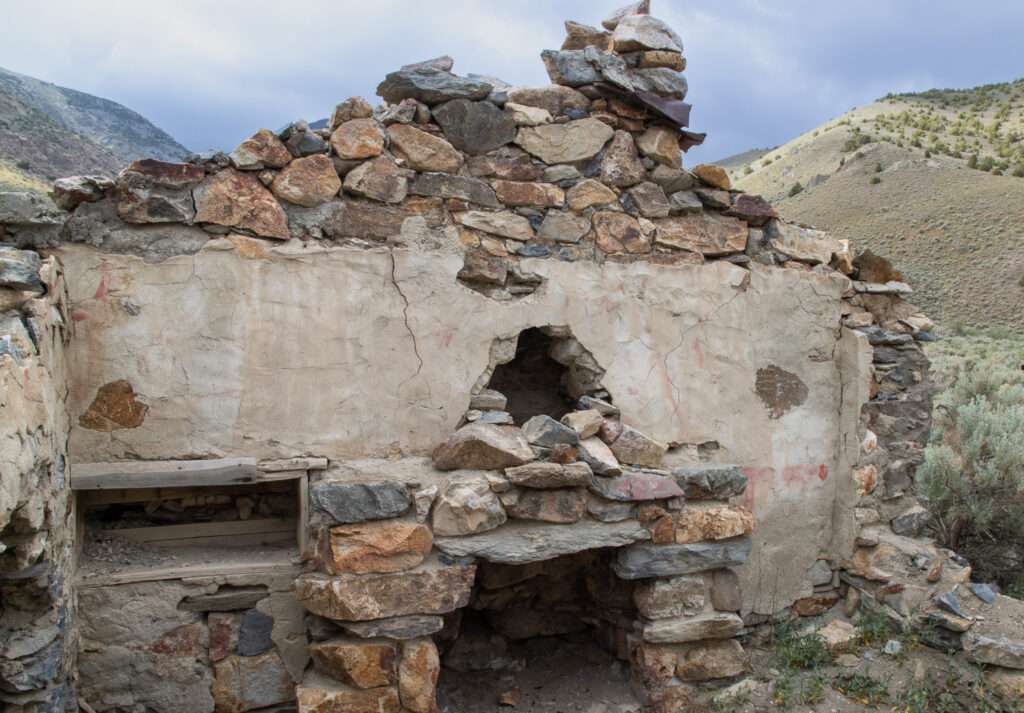
The signing of the first peace treaty in the region in mid-1861 created a rush of miners and further exploration. Developers quickly planned Humboldt City; by August, two hundred people were living in the new town. The US Postal Service awarded an office on April 18, 1862. However, following 1864, the town rapidly declined. A few hardy souls remained in Humboldt City, but the post office closed on November 30, 1869, with service transferred to Imlay.
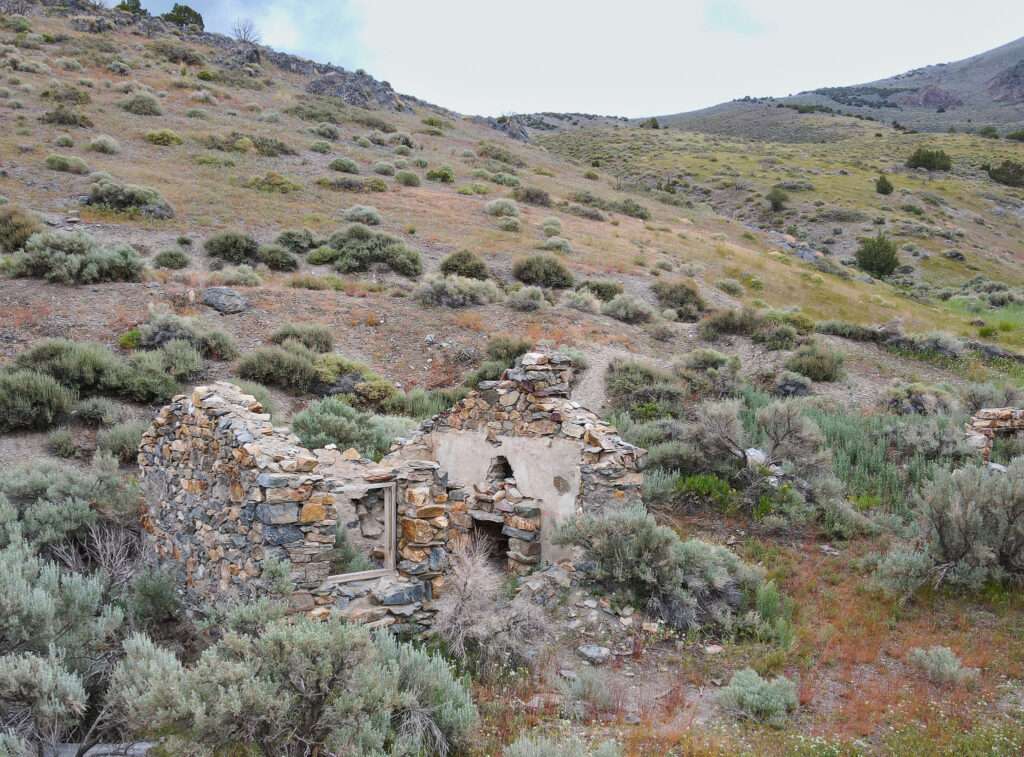
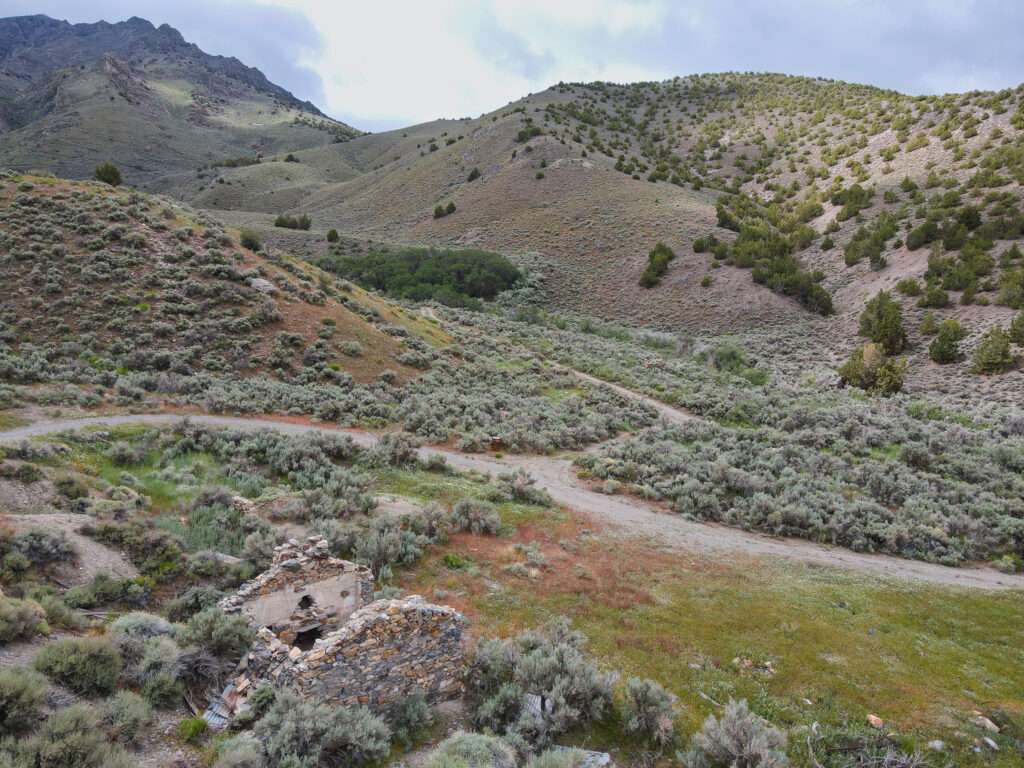
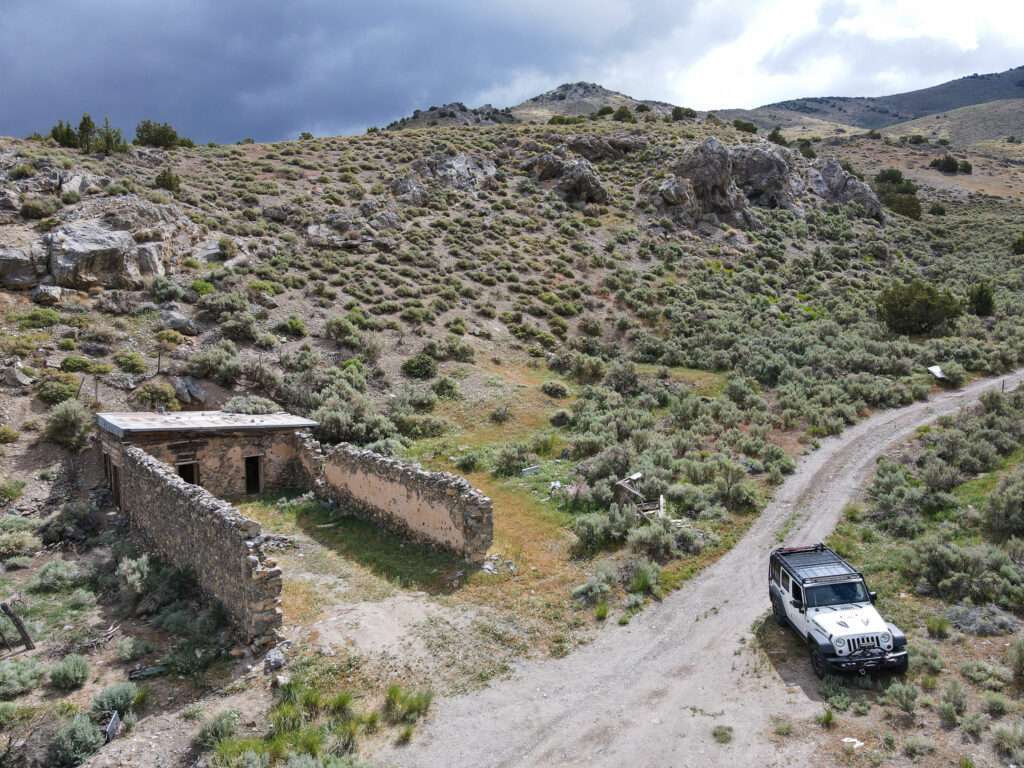
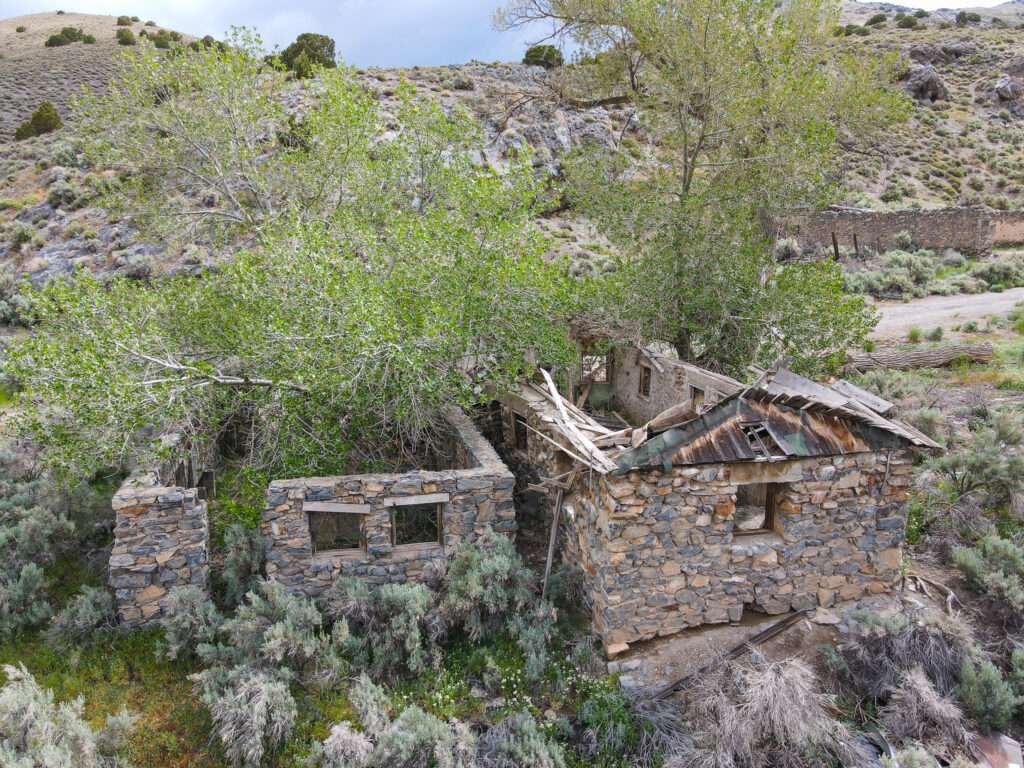
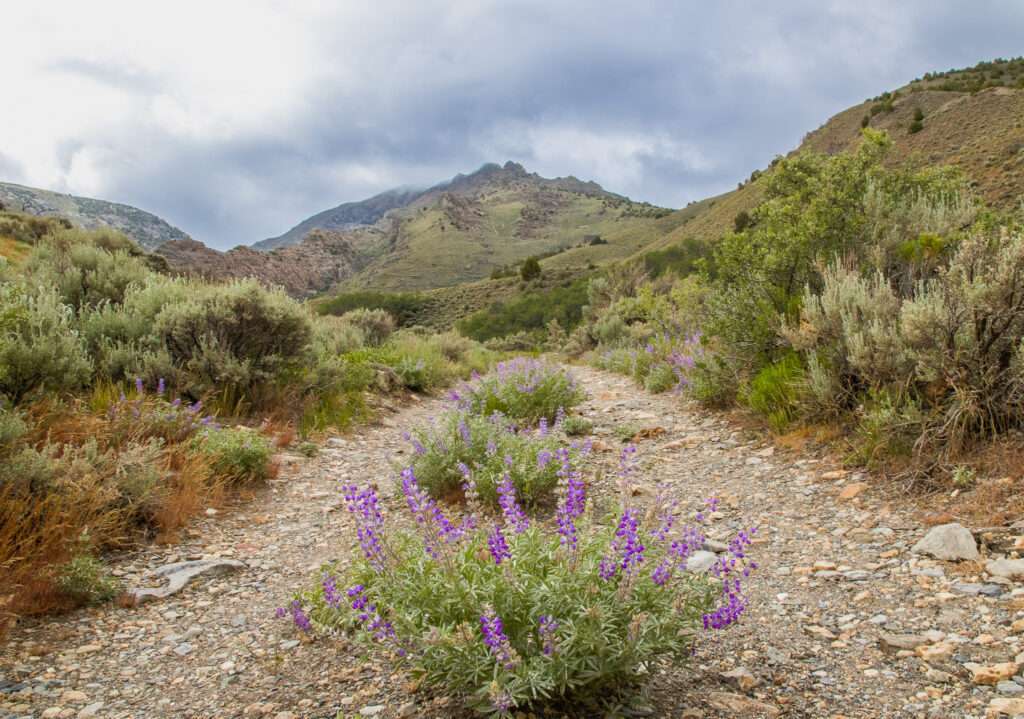
Humboldt City Mill
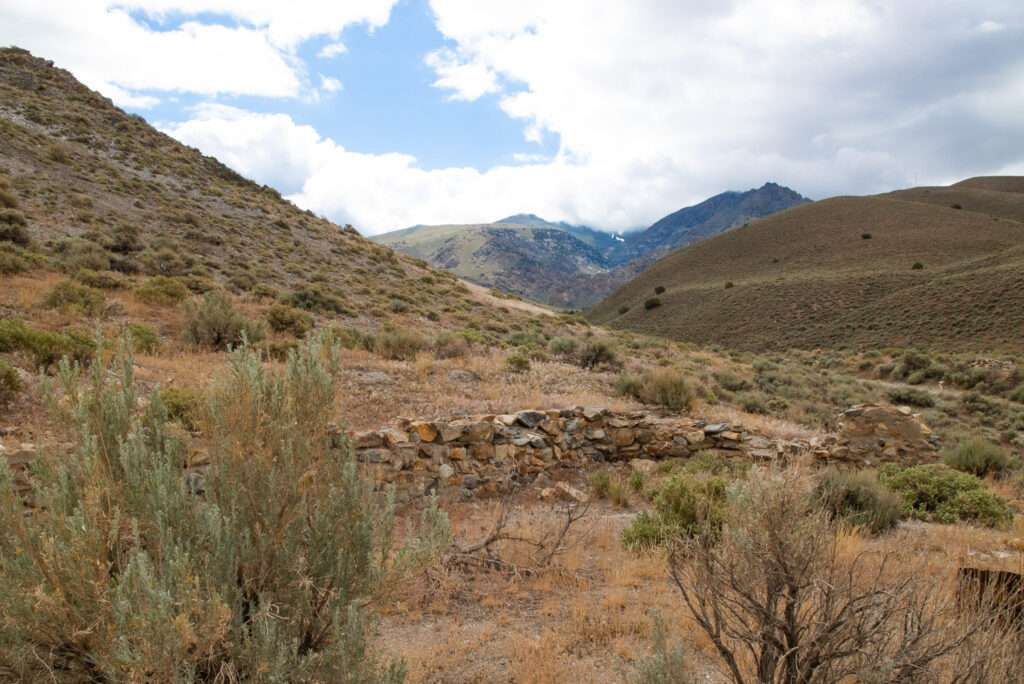
Searching for the cemetery, we found the ruins of what appears to be a mill.
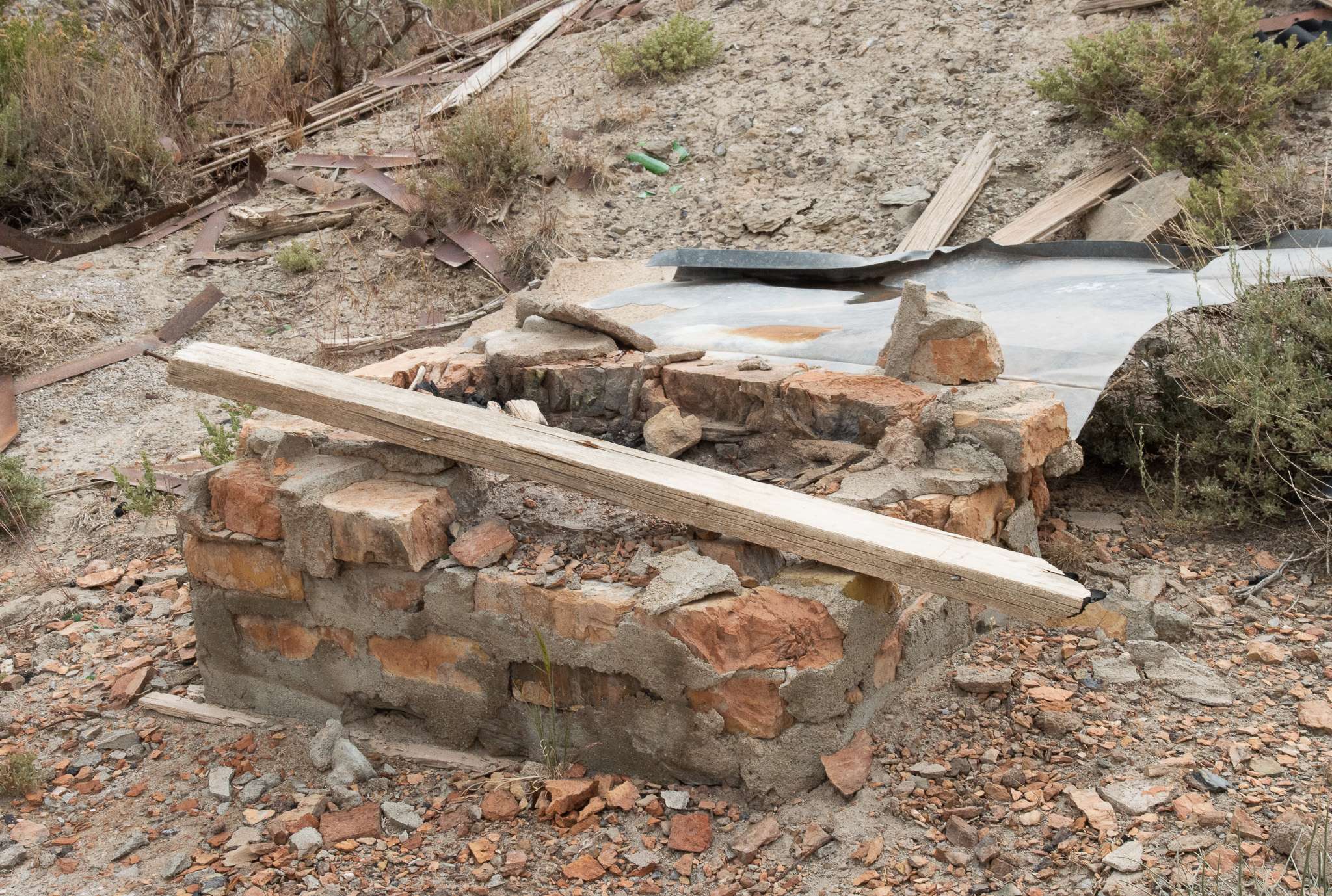

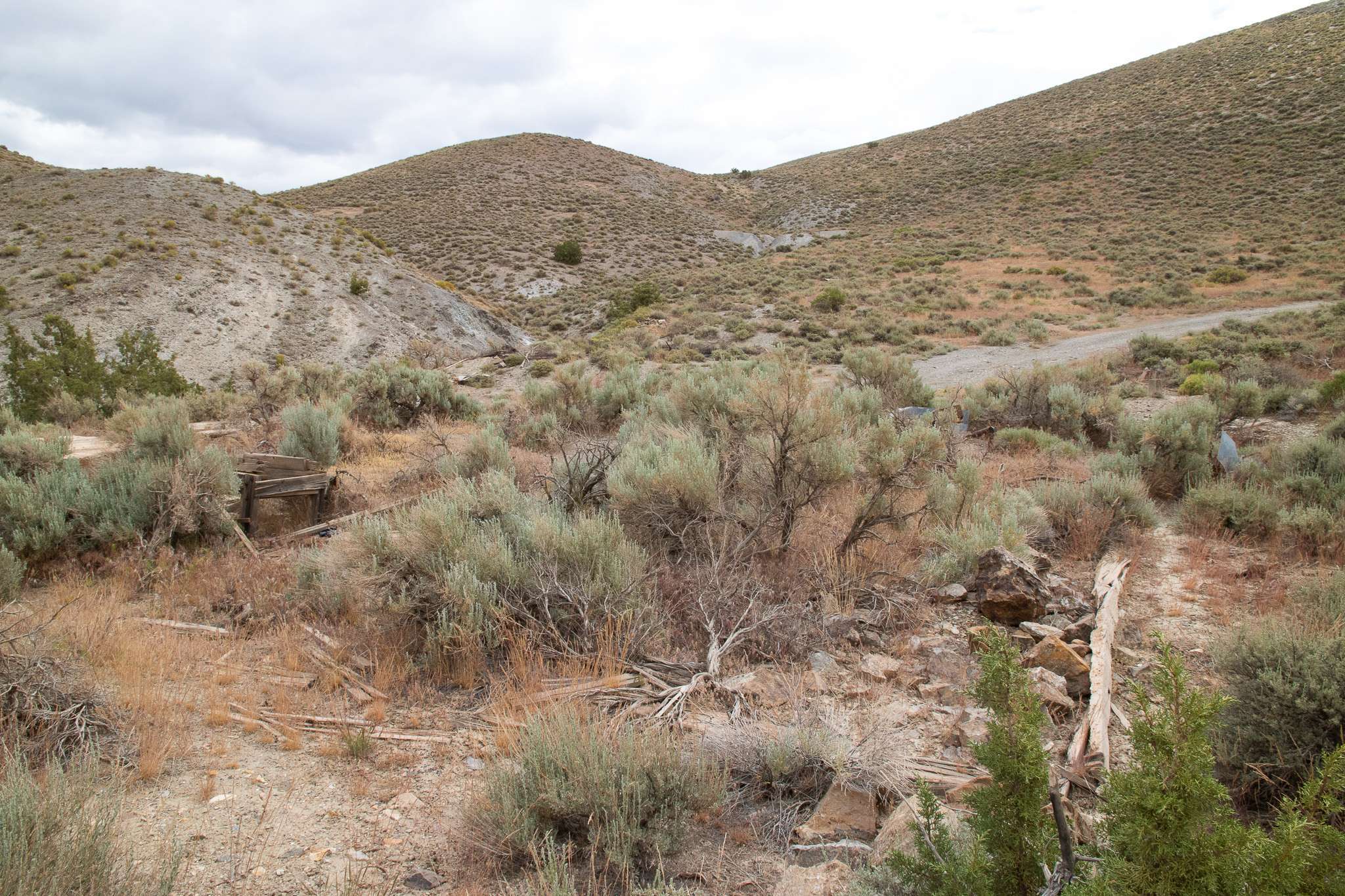

Humboldt Cemetery
We found the cemetery, which blends into the hillside. Wow, even with the location, it was hard to spot. It was a way out of town and not fenced. The graves were only small mounds with a rock sticking up.
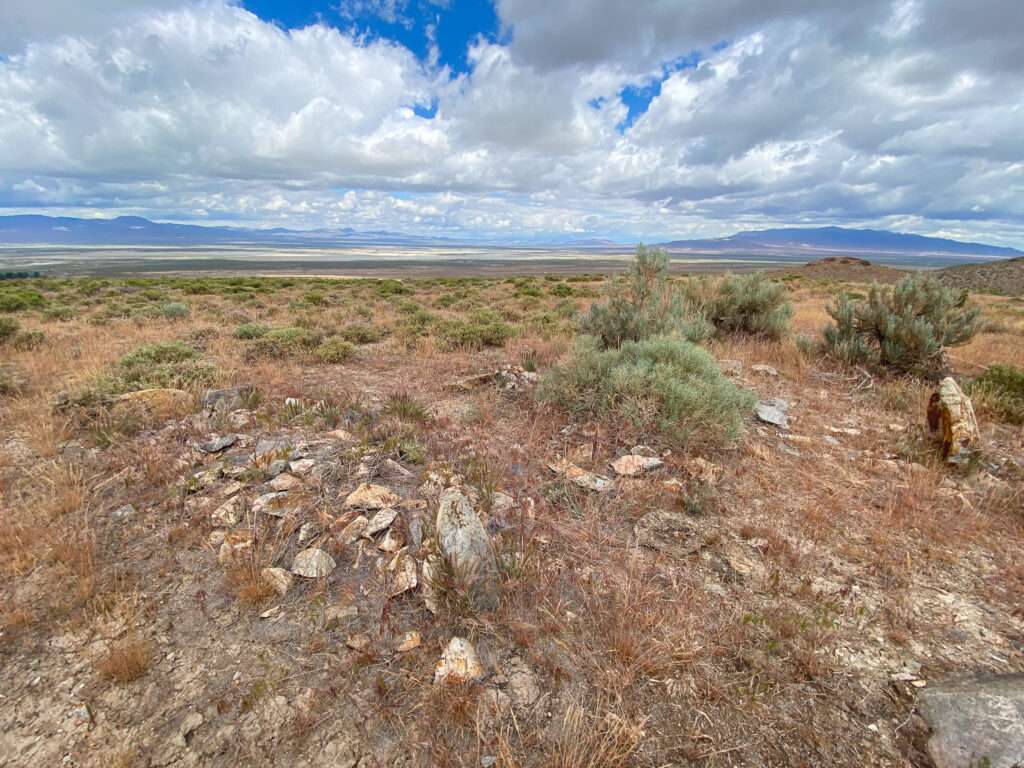
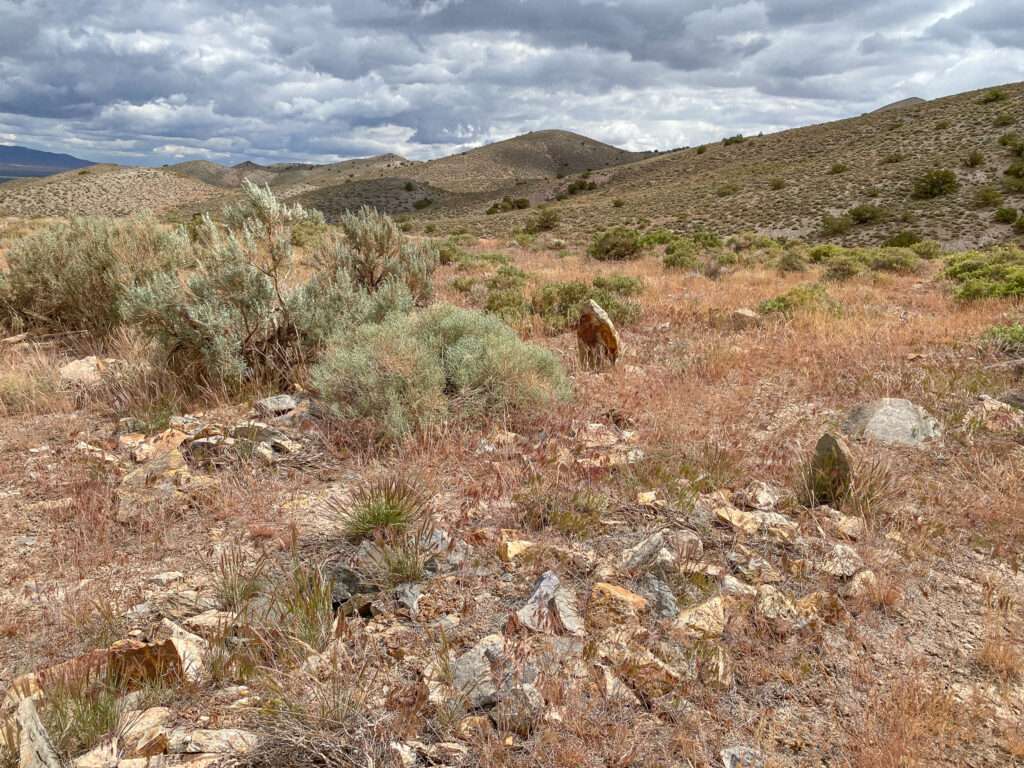
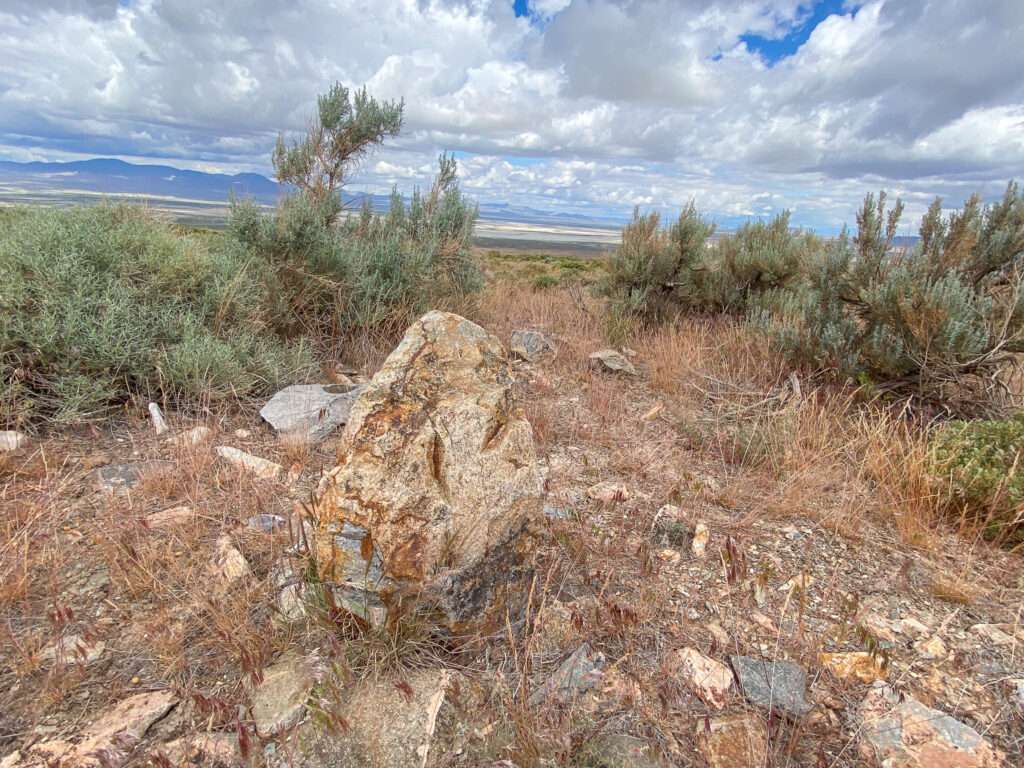
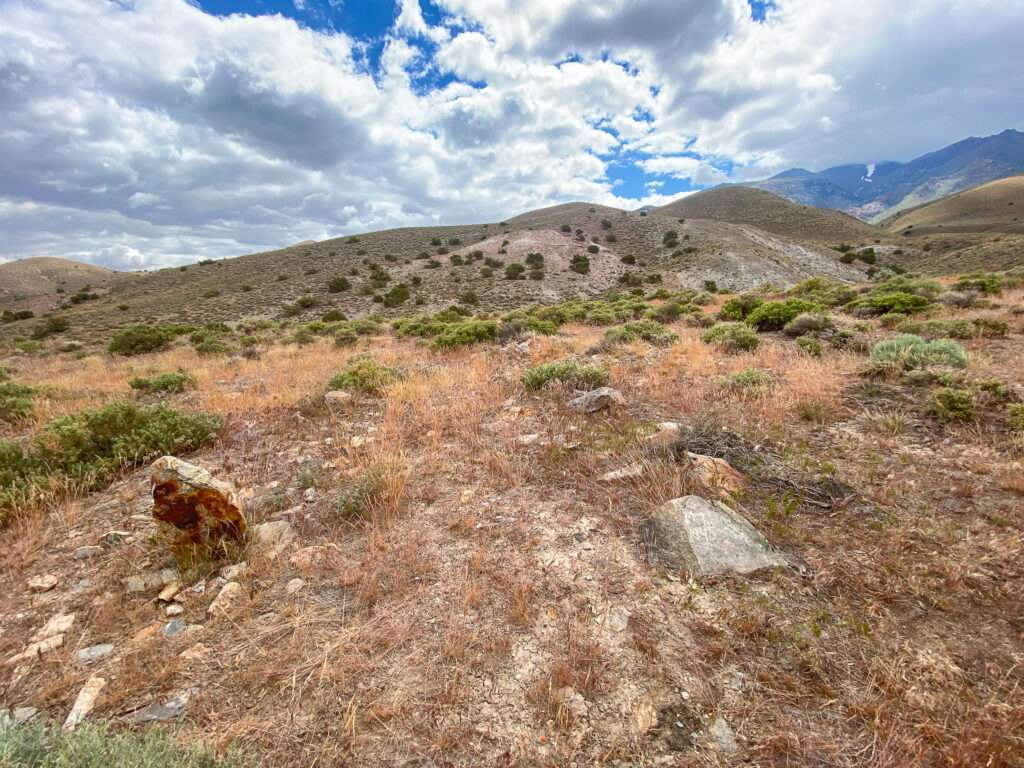
The cemetery is unfenced and does not have clear boundaries. Most graves are unmarked; the only evidence is a pile of rocks covering the grave or a large rock for a marker. I could only see markings on one stone. I played with the photo digitally to bring out the contrast. It appears to be “M.T. 1845.” Humbold City wasn’t founded until the early 1860s, so I am guessing this is a birthdate. Find A Grave has only five burials recorded at the cemetery, but the initials and dates don’t match.
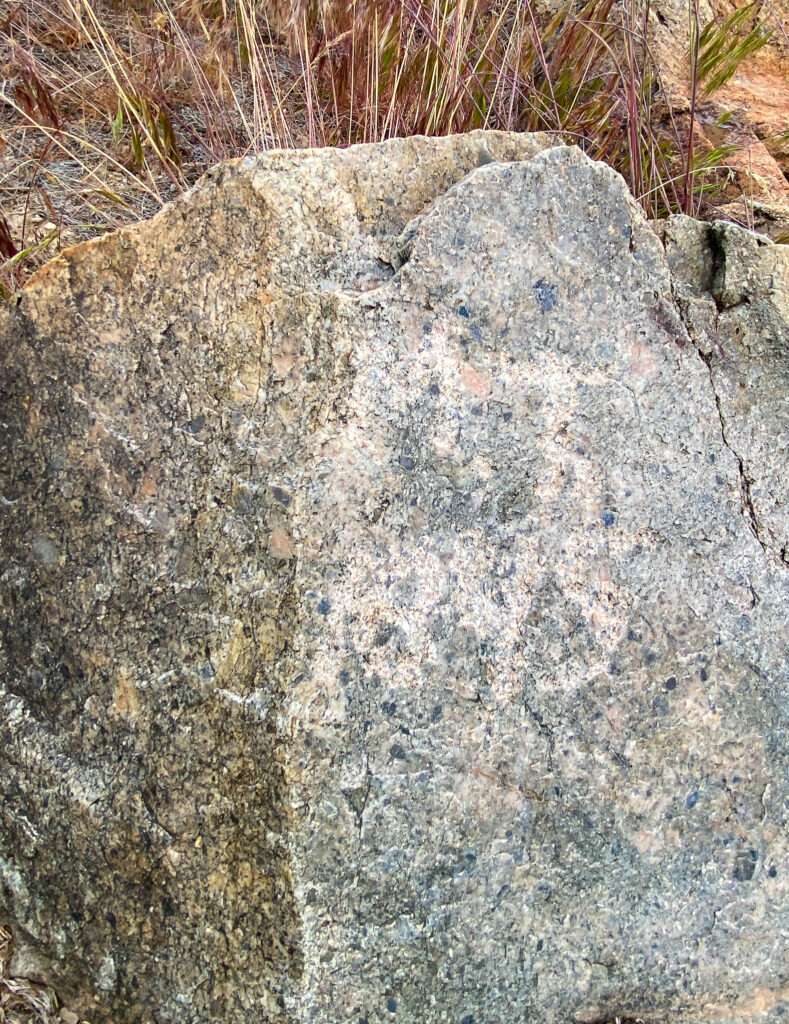
We found the well-known abandoned car. I was a little skittish after finding a metal chain resembling a snake. Later, I regretted not taking pictures of me in the car.
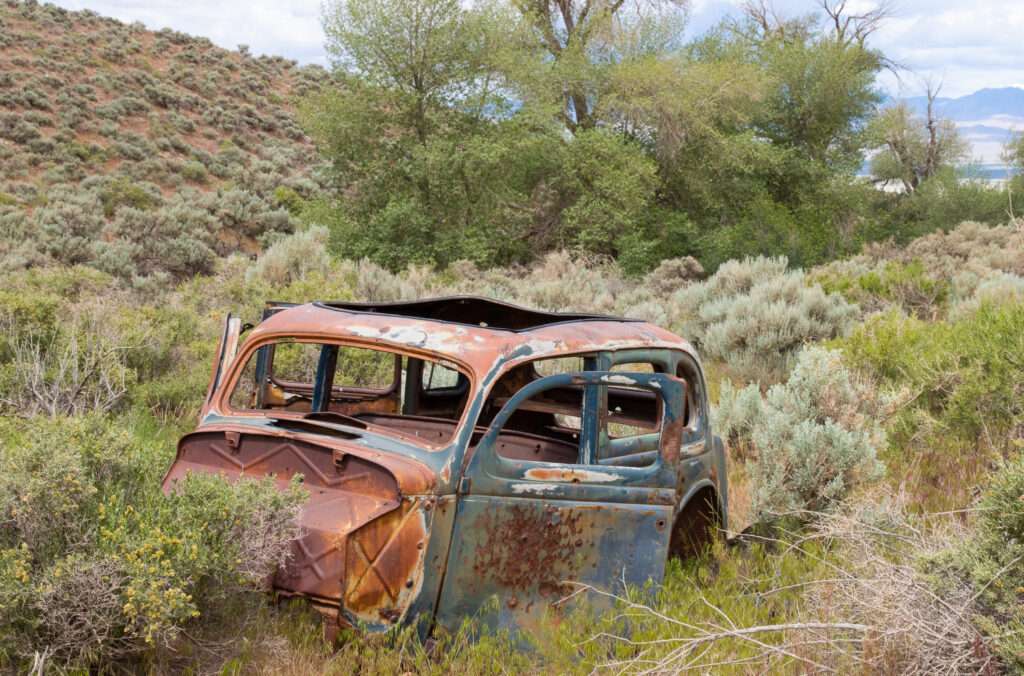
Continuing our journey east, we followed the frontage road instead of doubling back to the freeway on-ramp. Why drive 80 mph when you can take a road most others never do?

Imlay
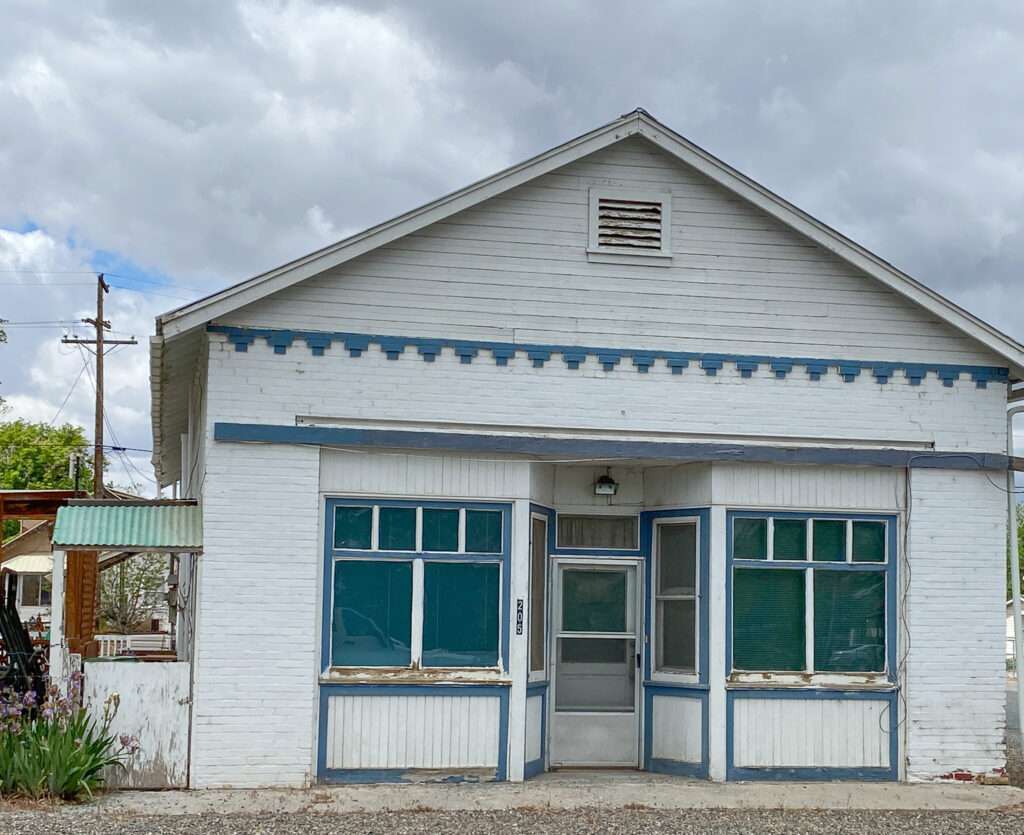
We made a brief stop in Imlay so that Austin could photograph the railroad yard and roundhouse.
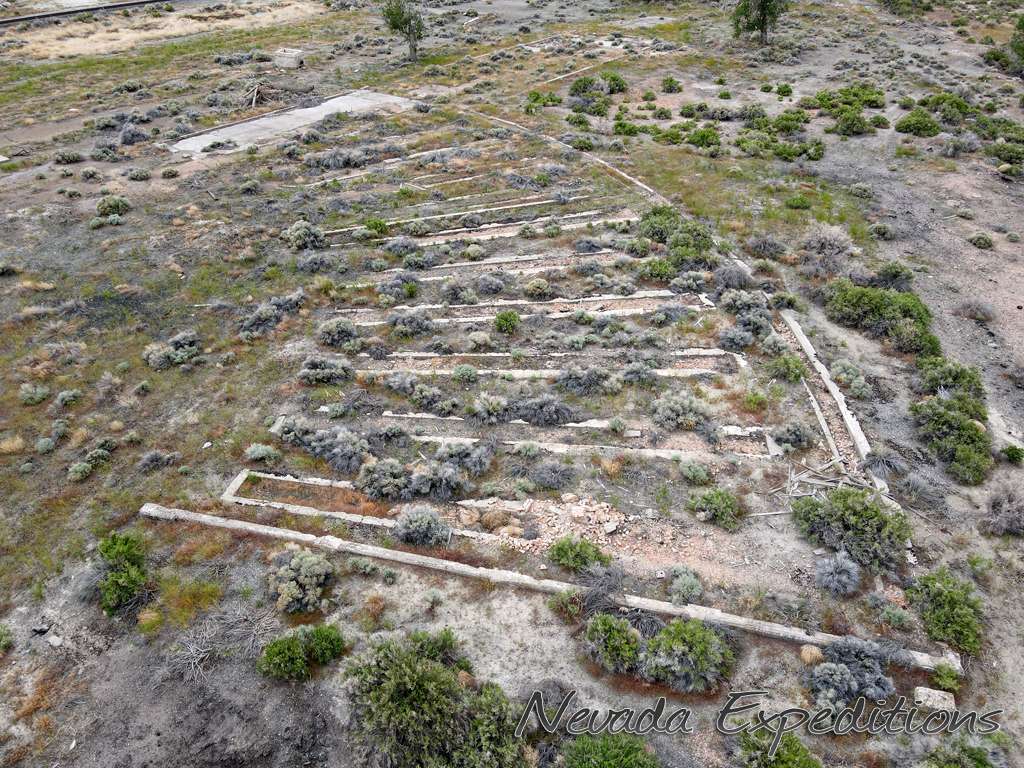
Imlay’s history dates to 1908, when the Central Pacific Railroad realigned its route. As a result, Imlay became a terminal and roundhouse location. Imlay declined following the relocation of railroad facilities.
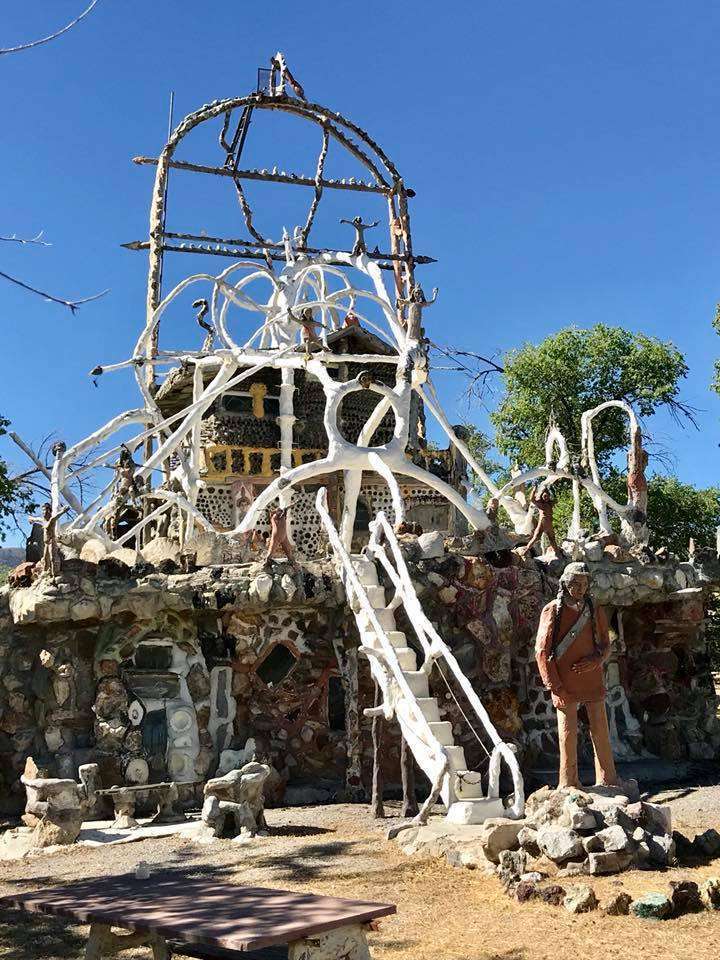
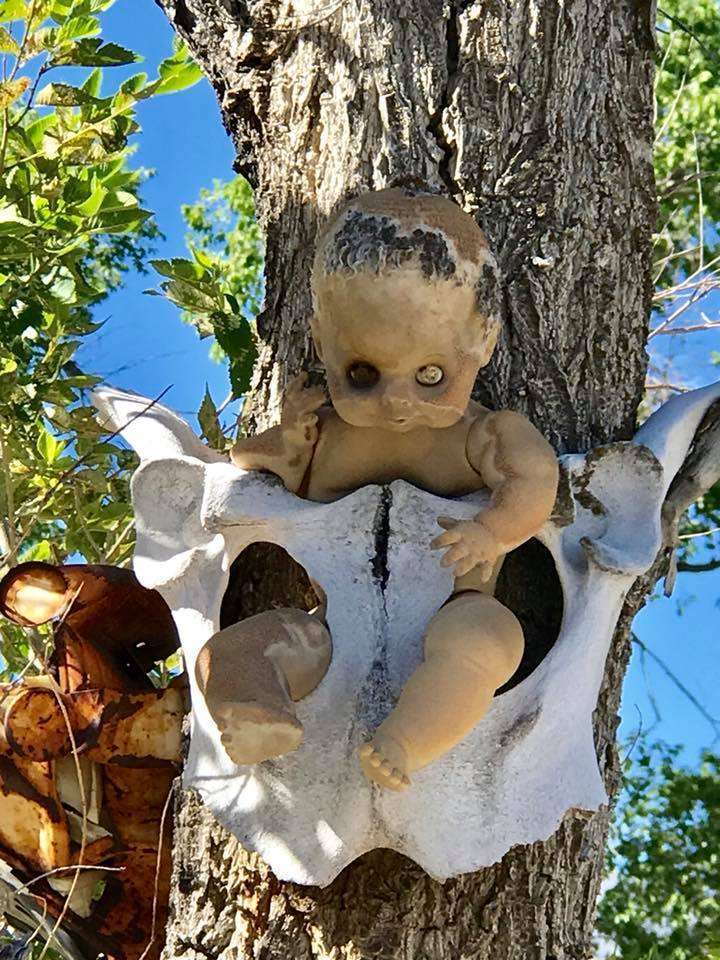
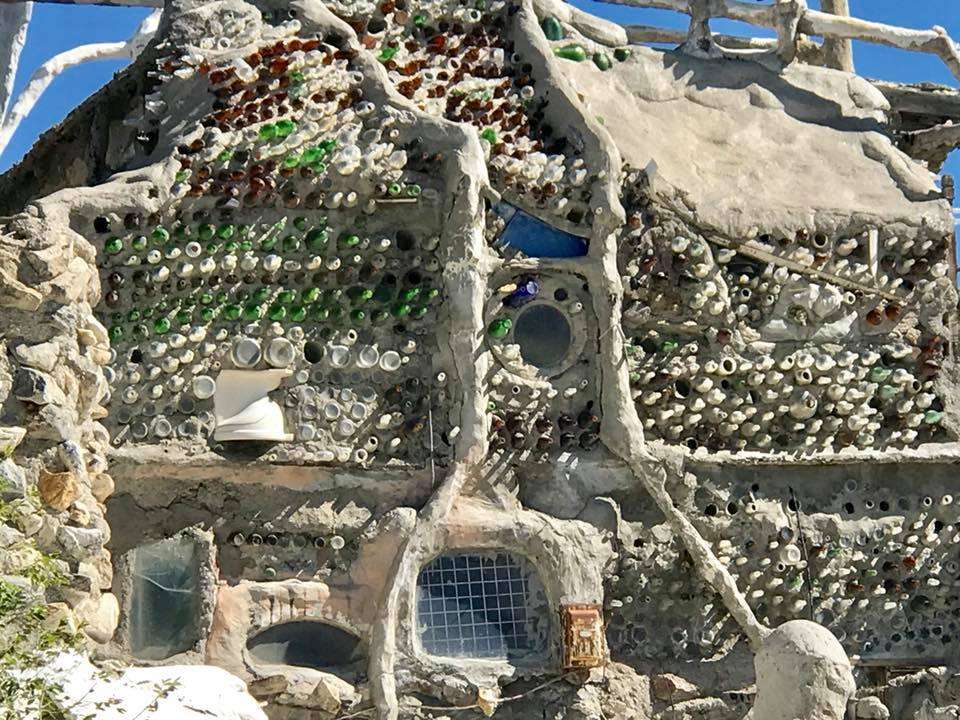
When I think of Imlay, Thunder Mountian is what comes to mind. Thunder Mountain is the strangest location of all the ghost towns, states, and countries I have visited. Frank Van Zant, aka Chief Thunder, built this unique home. For construction, he used items found in the Nevada desert. It is the desert version of Nit Witt Ridge in Cambria, California.
Mill City
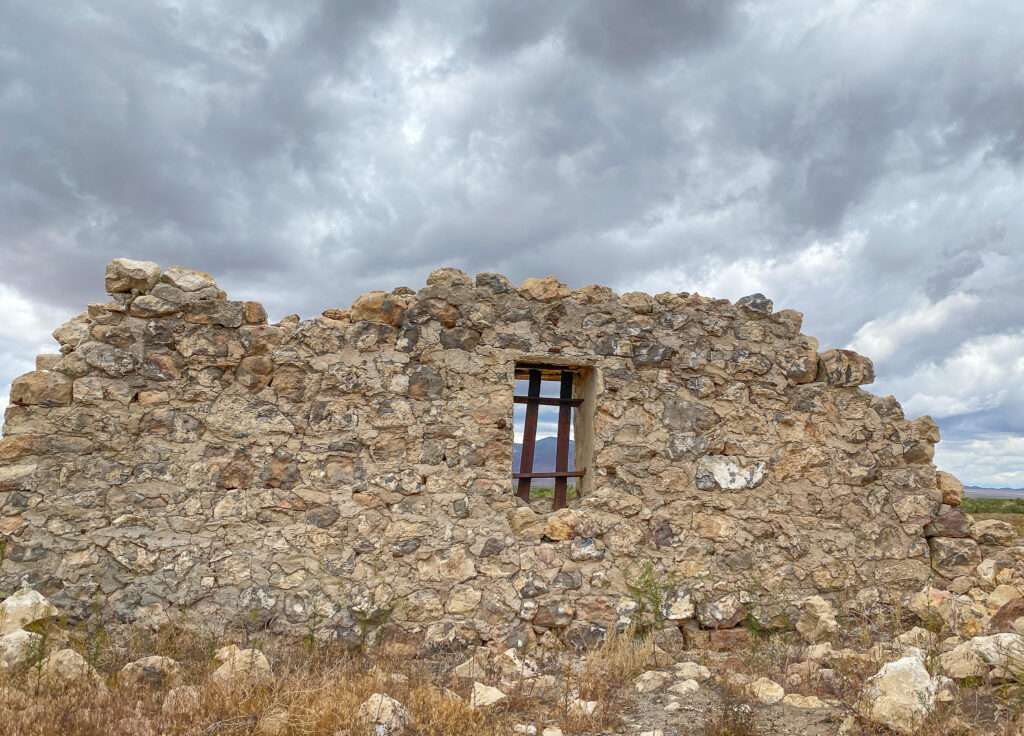
I always thought of Mill City as the turning point to head down Buena Vista Valley to Unionville, Santa Clara, and Star City. Mill City got its start in 1862 with the proposed French Canal, which would provide water for agricultural uses and milling.

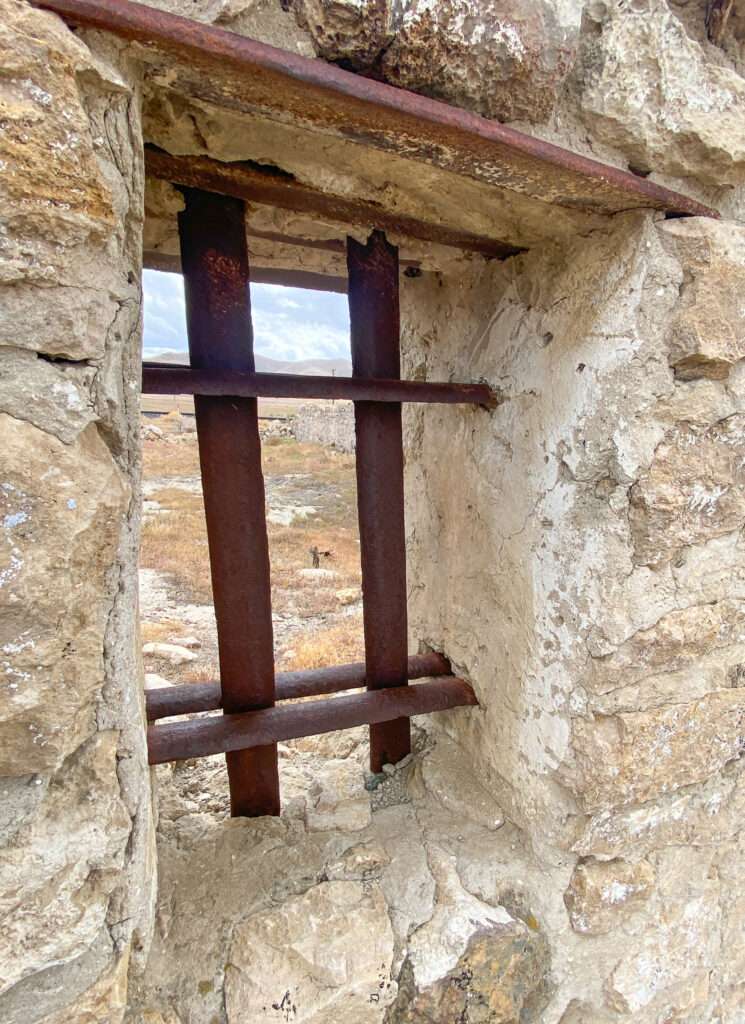
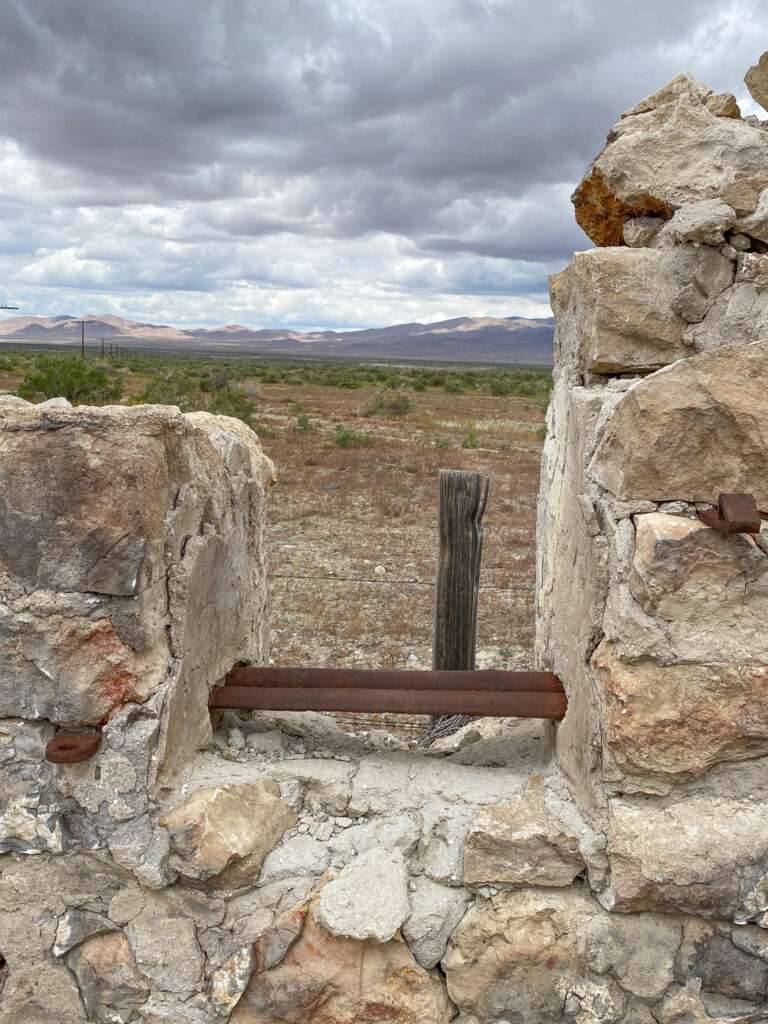
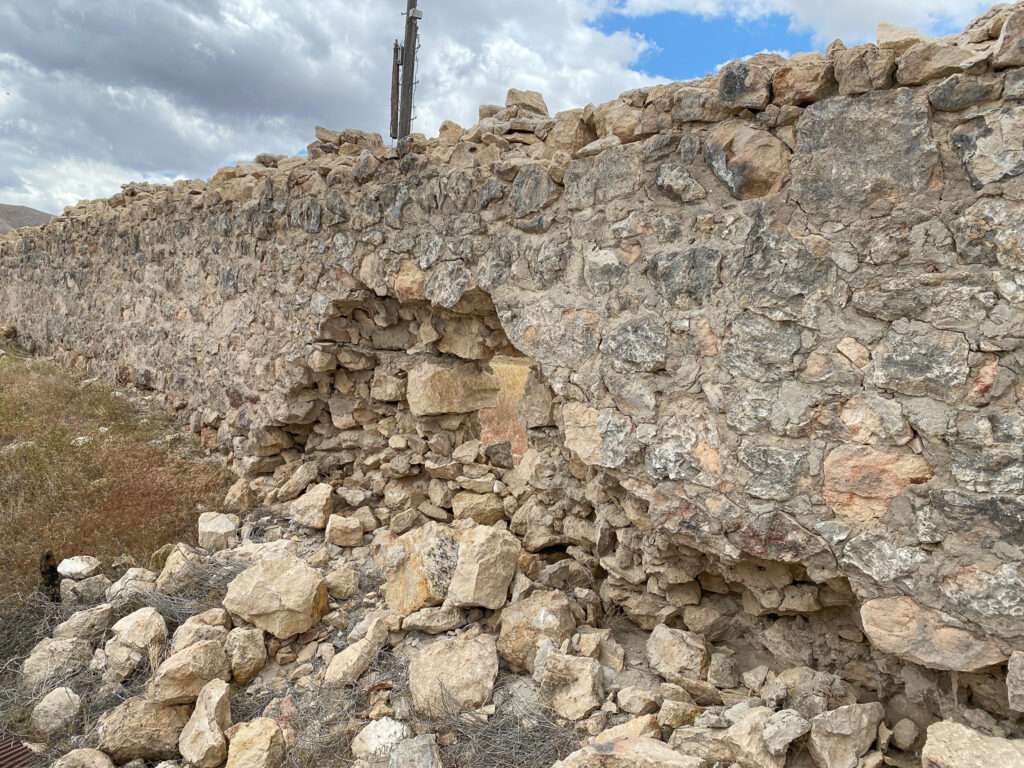
A large town was laid out in 1864, including almost 5,000 lots. The town never grew as expected when plans fell through for the canal. Mill City became a stop on the Central Pacific Railroad in 1868. The boom lasted until Imlay became the railroad hub, and the population declined to only fifty. Mill City had a minor revival in the early 1900s, but today only a handful of people remain.
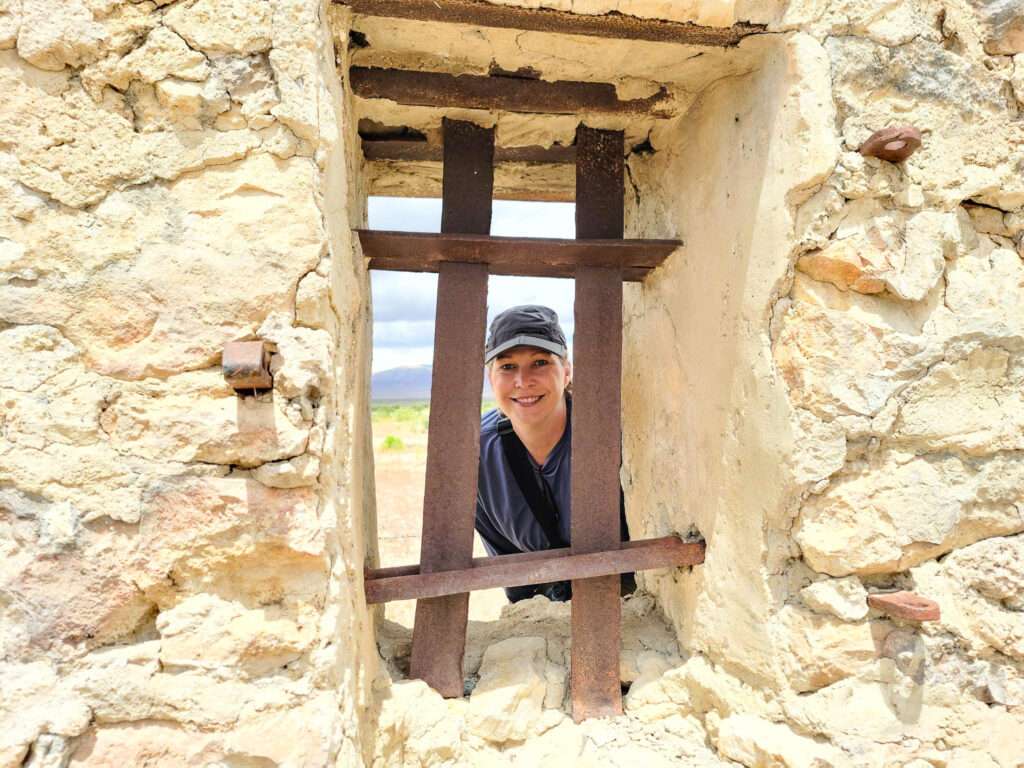
Puckerbrush
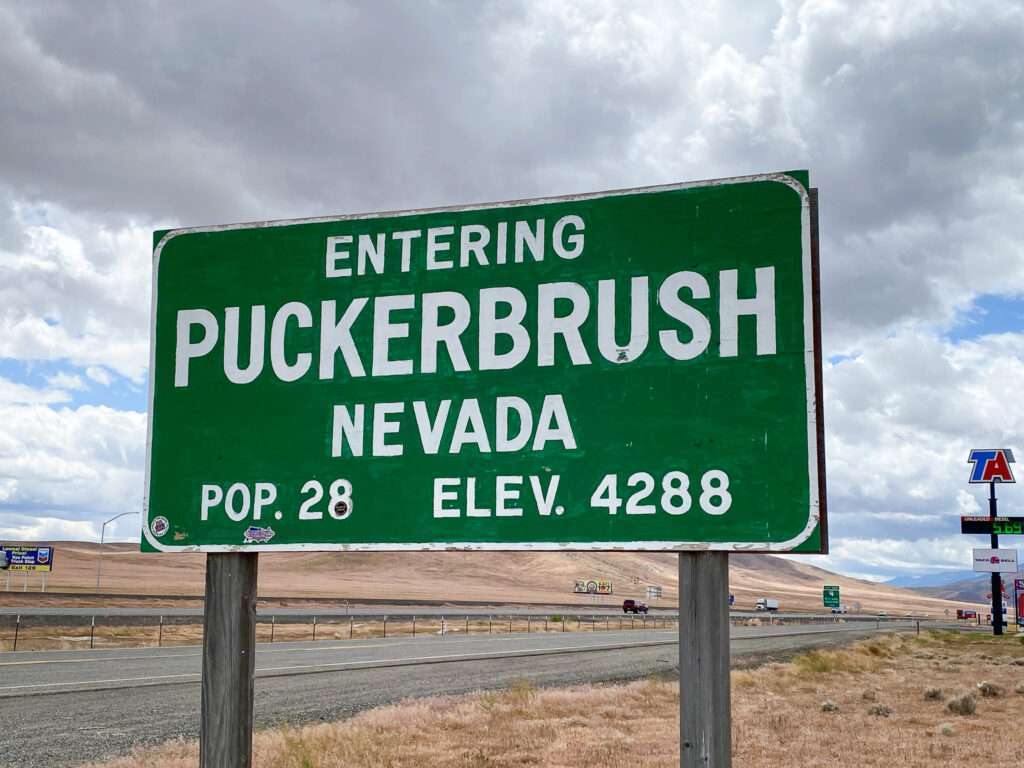
Why did we stop in Puckerbrush? Because how can you resist the name? The sign claims a population of 28, but the only thing in the area is the popular TA truckstop which provides gas and a restaurant. Some say there was once a tiny settlement where the truck stop is now, a few houses, a washroom, and a church.
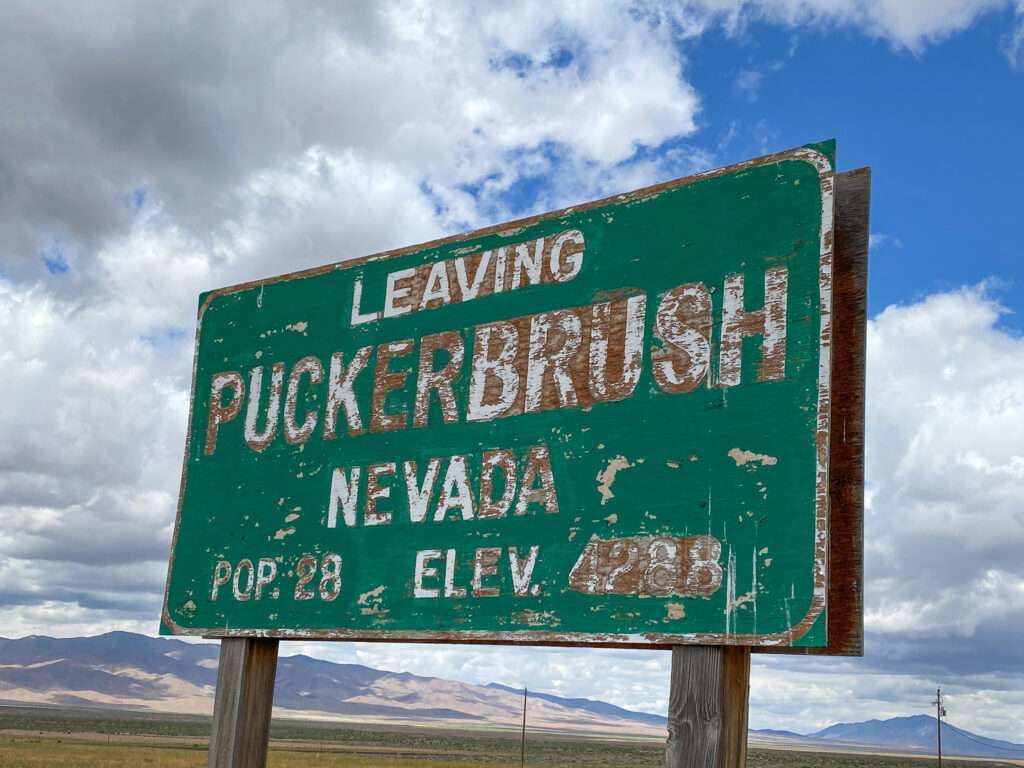
Puckerbrush is more of a nickname for the area than an actual town name and may have been coined by the Burns Brothers. Residents in the area have their mail delivered as Imlay.
Rockhill
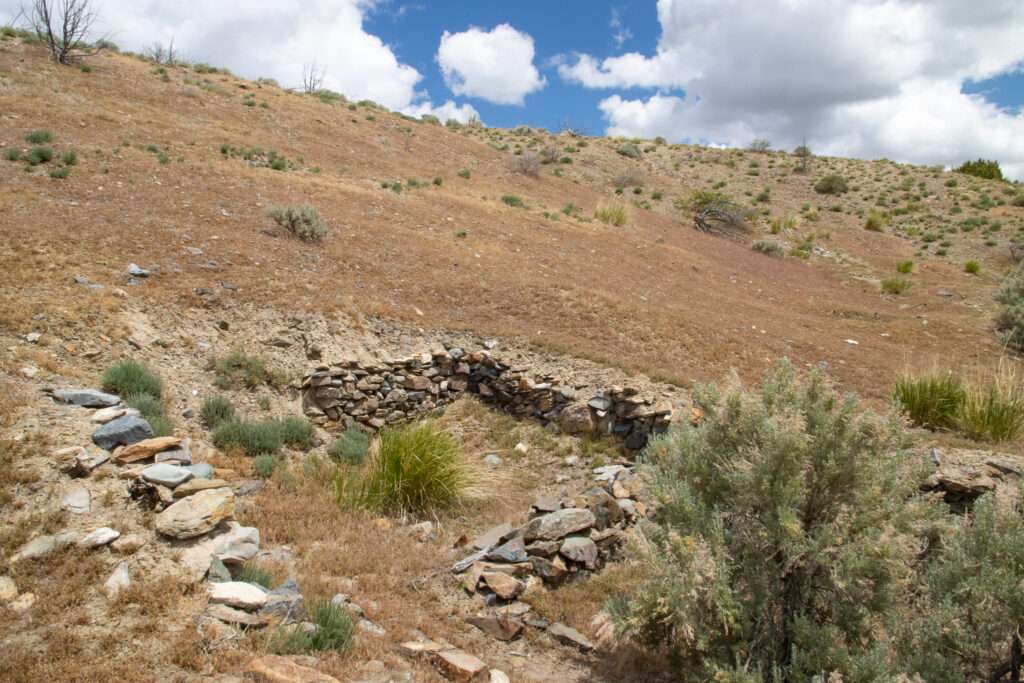
Our paths crossed with several pronghorn antelopes. I tried to get pictures, but they were skittish and ran away, leaving me with only a butt shot. Surprisingly, when this one stood and stared at me. I couldn’t figure out why he was not moving until he squatted down. I guess when you have to go, you have to go!

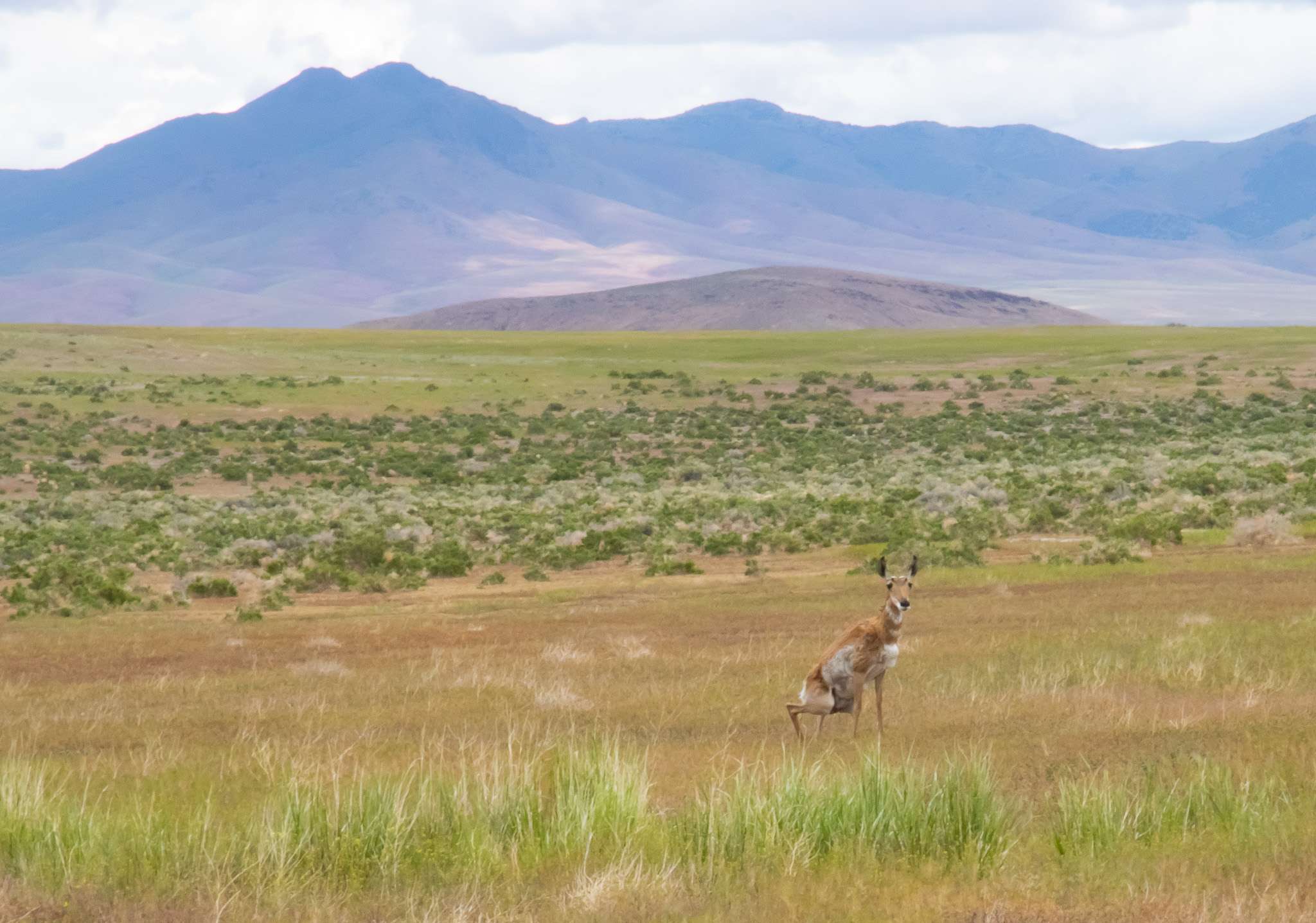
Rock Hill was a flash-in-the-pan Nevada ghost town. In the 1860s, it was more of a mining camp than a town. As a result, the settlement did not meet Stan Paher’s Nevada Ghost Towns & Mining Camps criteria. According to Ghosts of the Humboldt Region, Rockhill was a “small, insignificant placer mining community.”
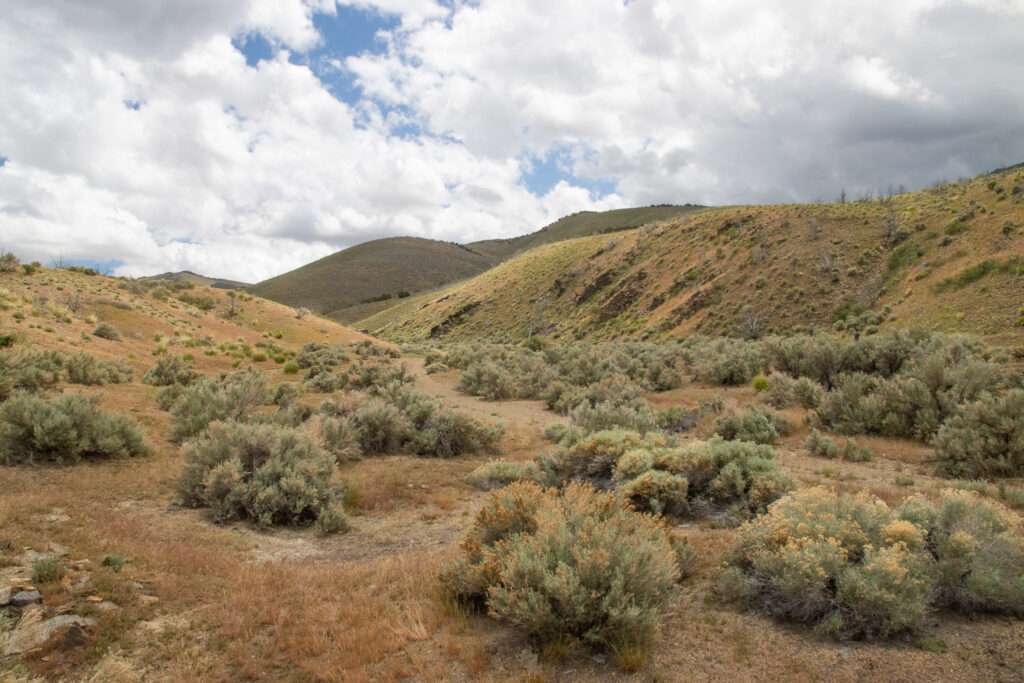
I was surprised to find many rock dugout foundations as Rockhill was a short-term mining camp. One was unusual in that the cabin contained two rooms.
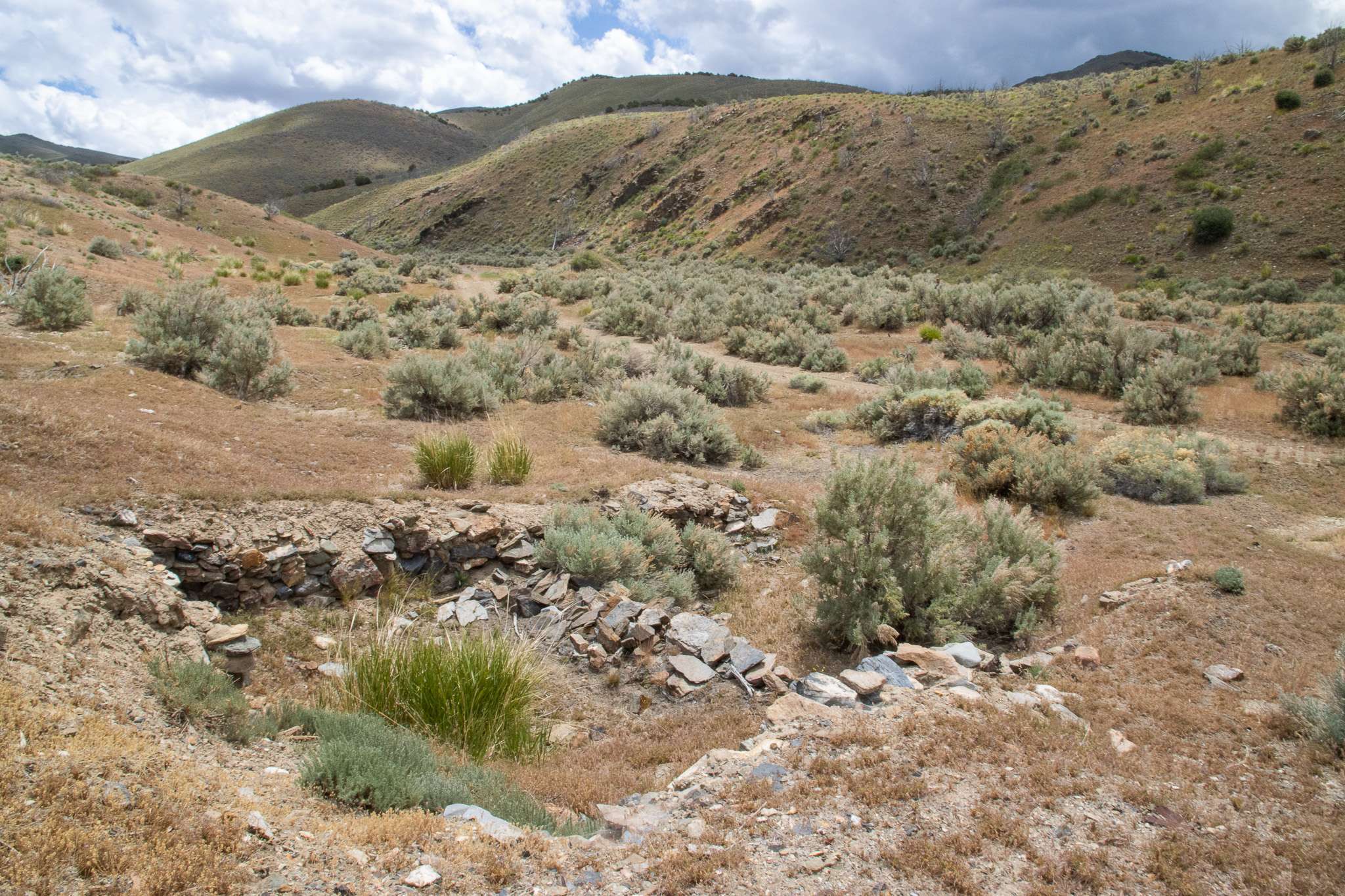
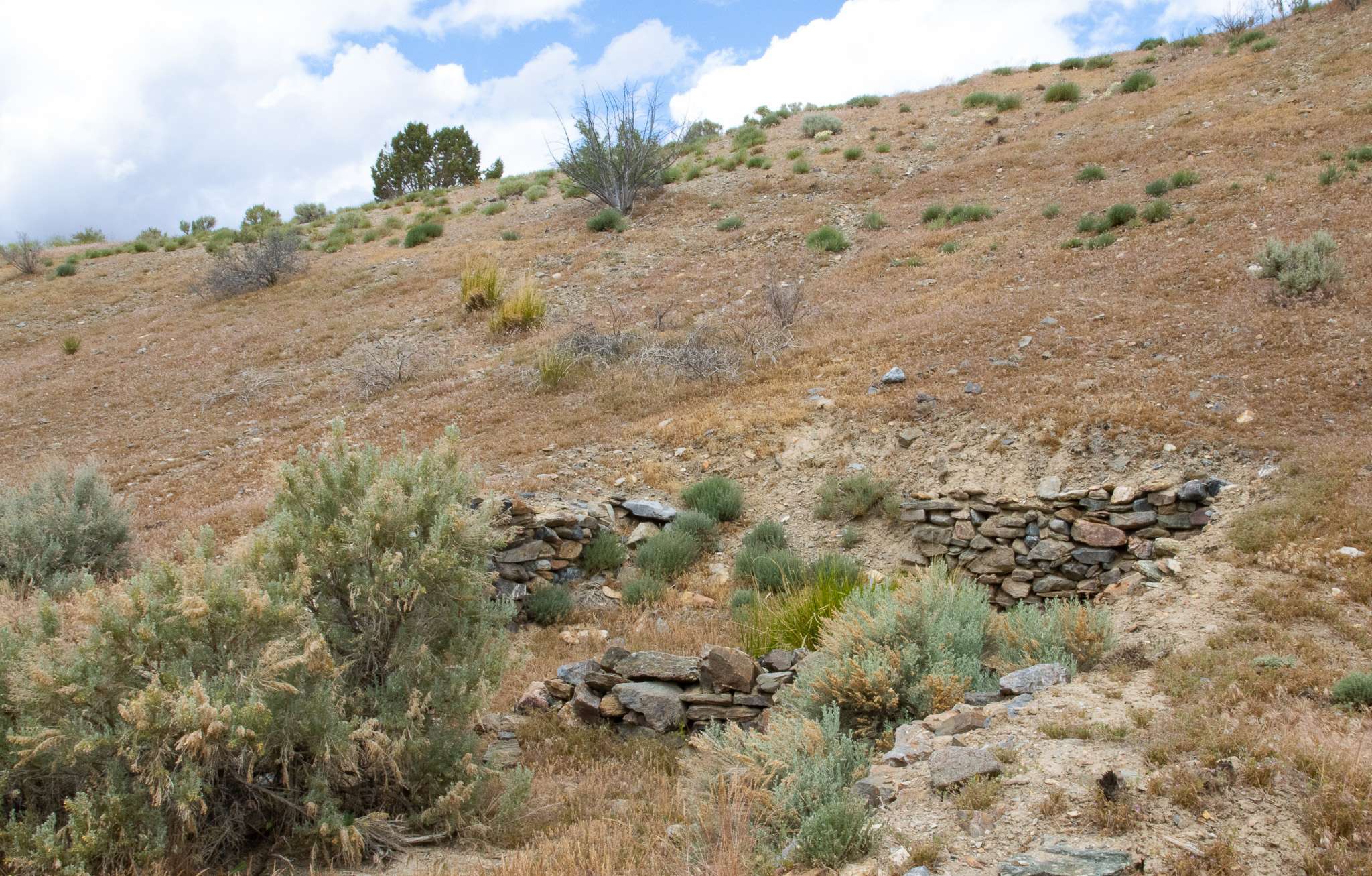
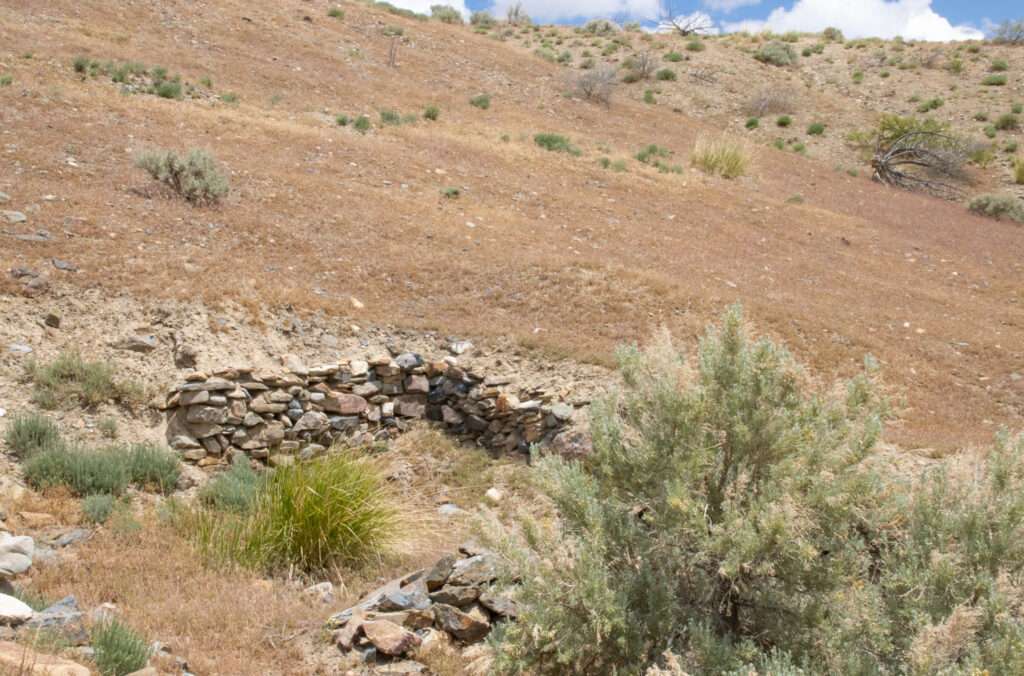

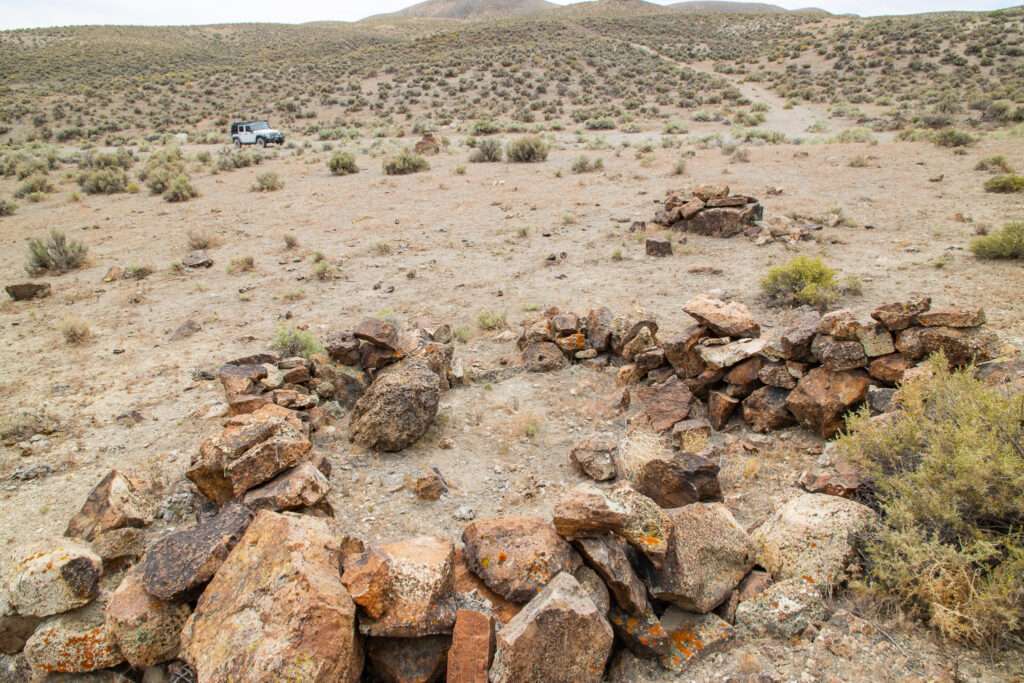
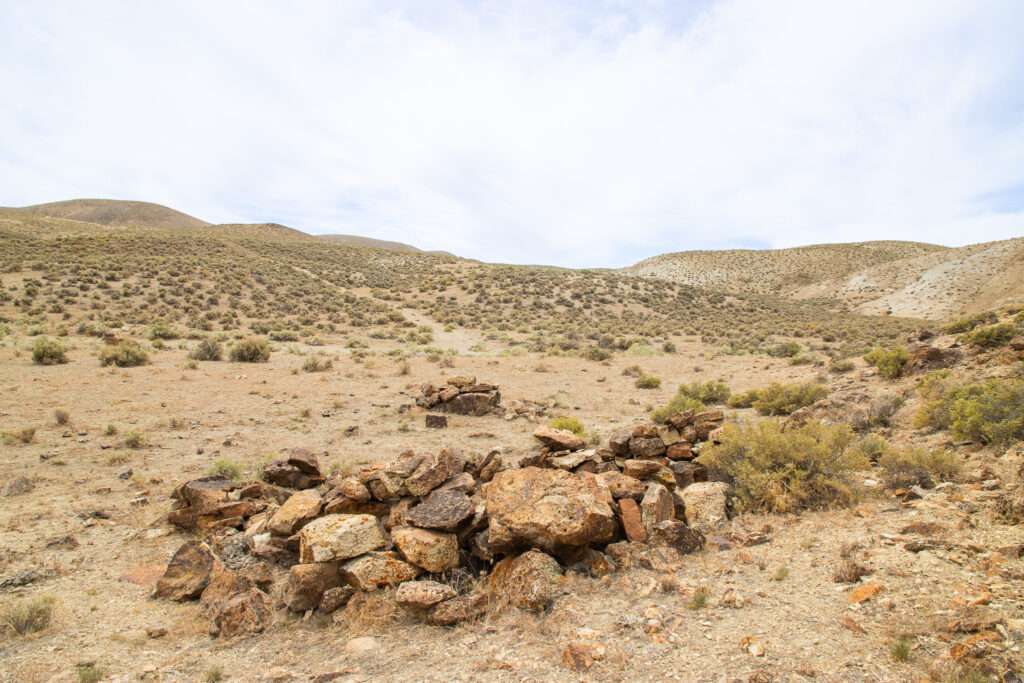

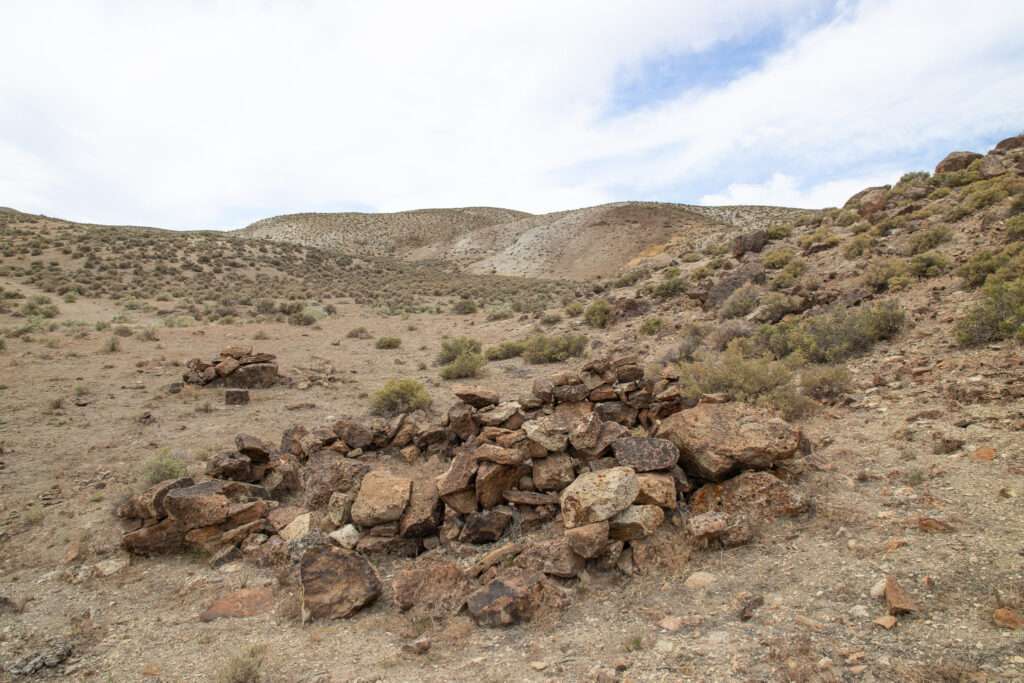
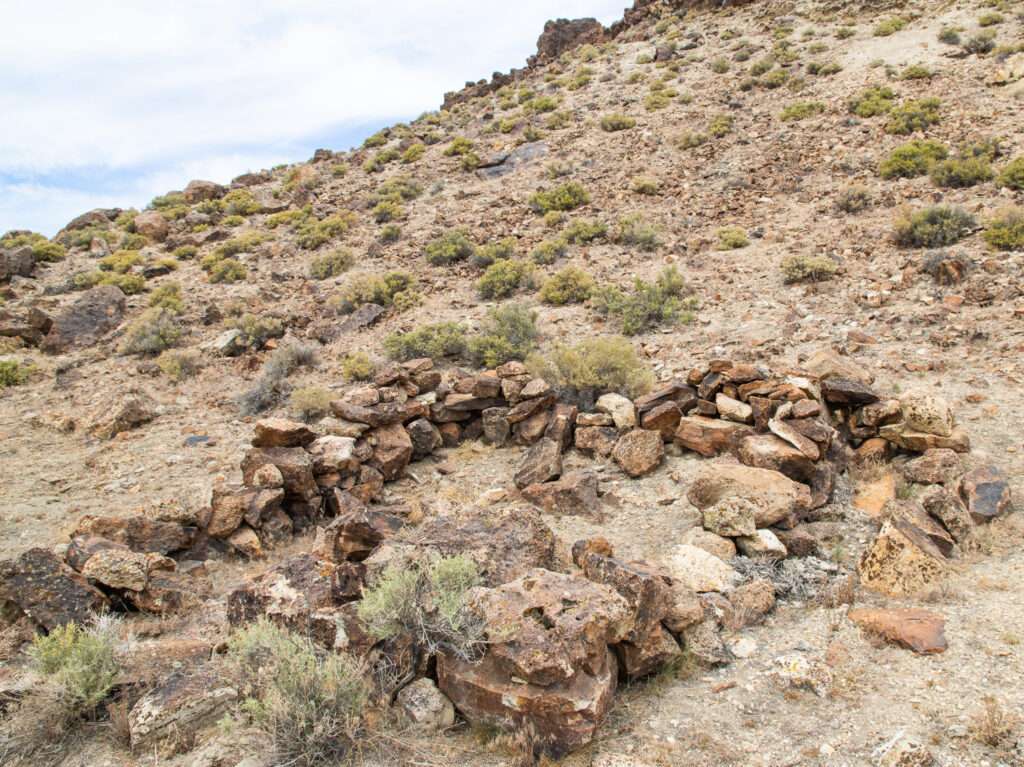
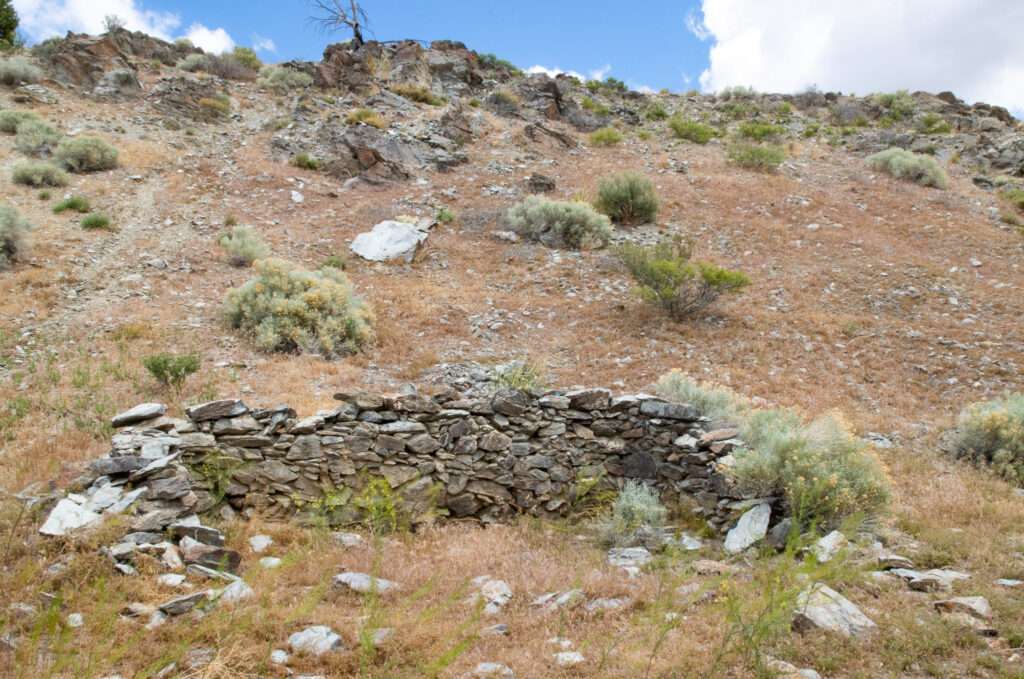
We spent more time looking at, and trying to avoid, the Mormon Crickets. They make a horrible crunch when stepped on. When one dies, ten more appear to eat the fallen cricket. I have run into them before but have never seen them in neon green, hot pink, yellow, and black bumblebee stripes. The suckers are worse than antelope to photograph; they never stay still!

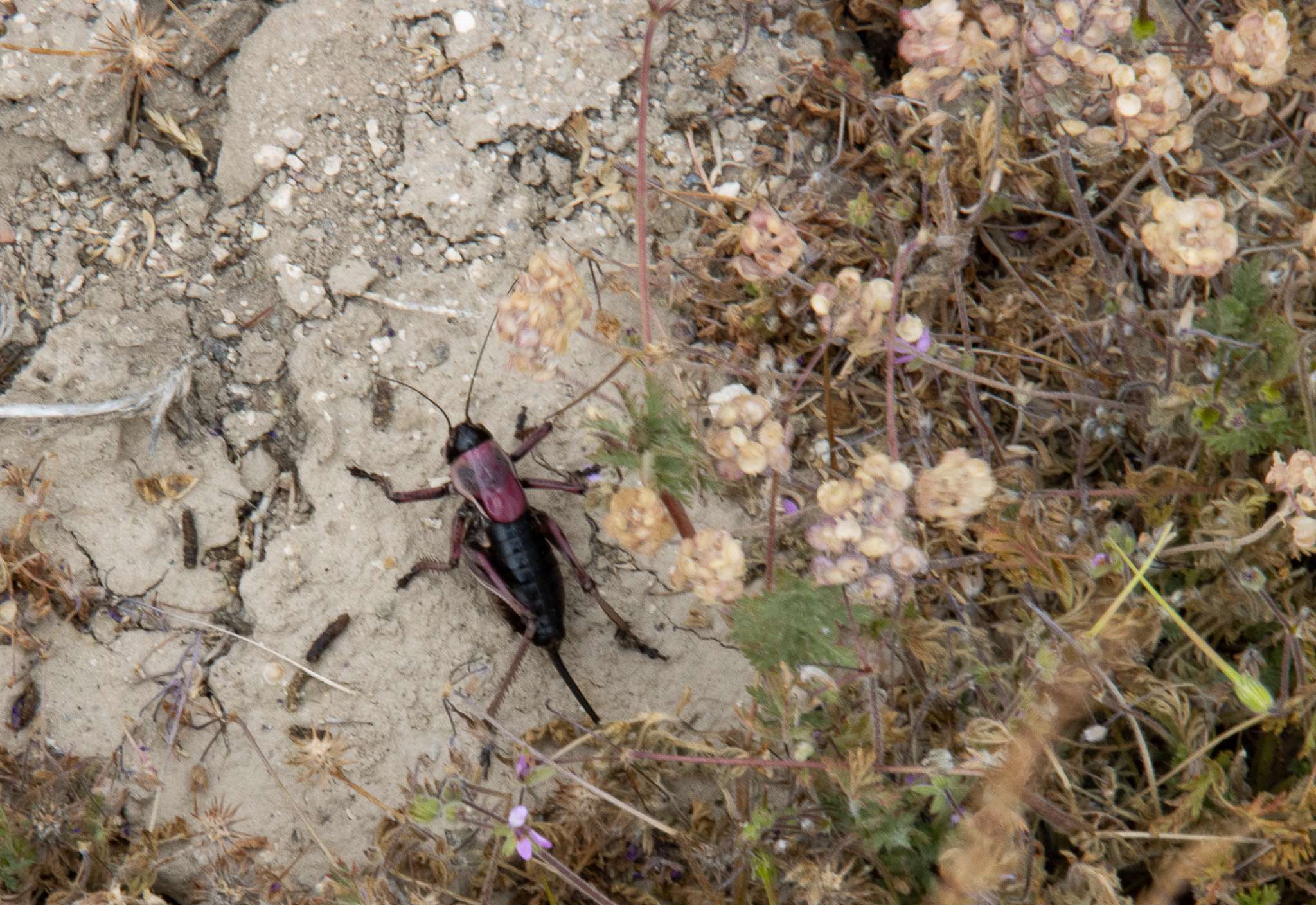
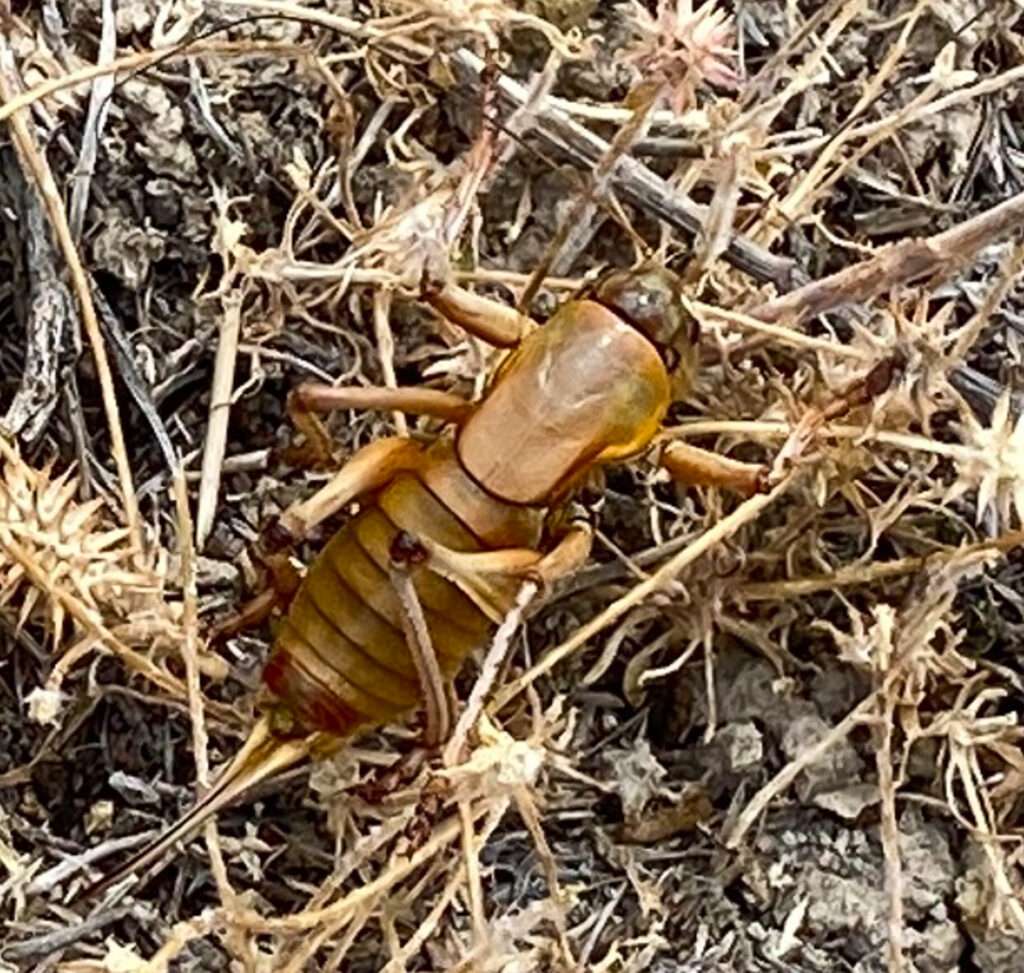
Bonnie Bryer
We tried to make it to Bonnie Bryer in the Jeep, really we did. If we had two vehicles, I think we would have attempted the ghost town, assuring the last vehicle had a winch. As it was, it was only Austin and me in Honey Badger. Rain was starting, the wind was typical of northern Nevada, gale force, and the area had been hit with flash-flooding.
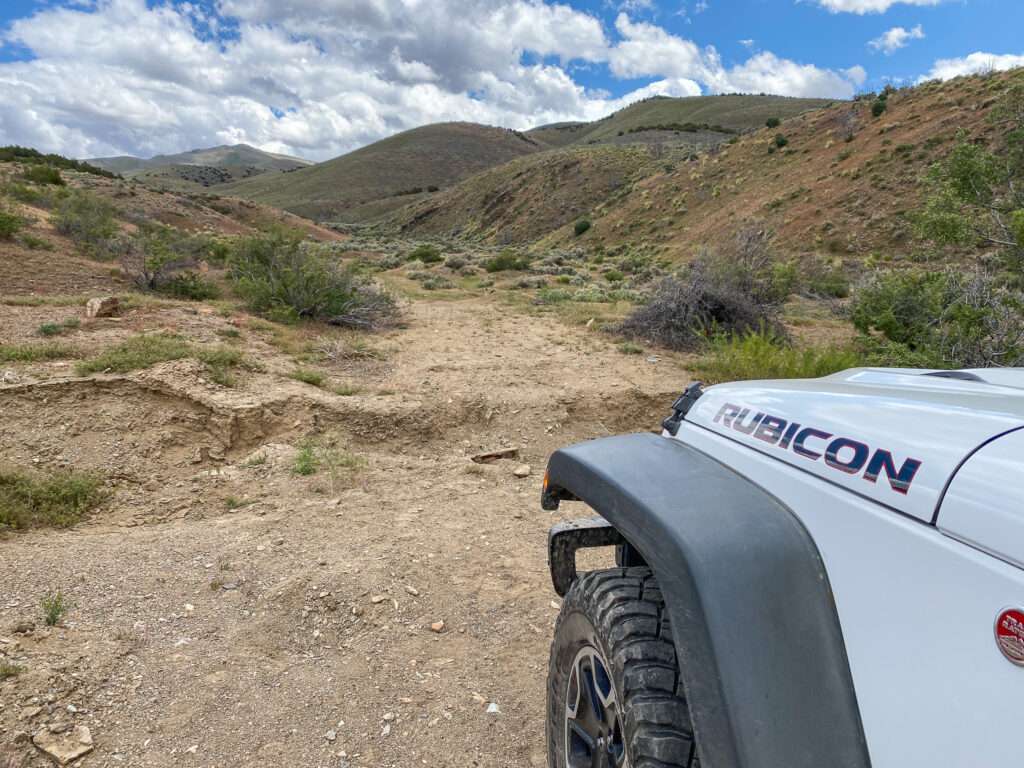
The road we needed wasn’t the one straight ahead; it was the one going up what looked like a washed-out creek. Not wanting to risk spending the night in the Jeep during a storm, we decided to delay visiting Bonnie Bryer.

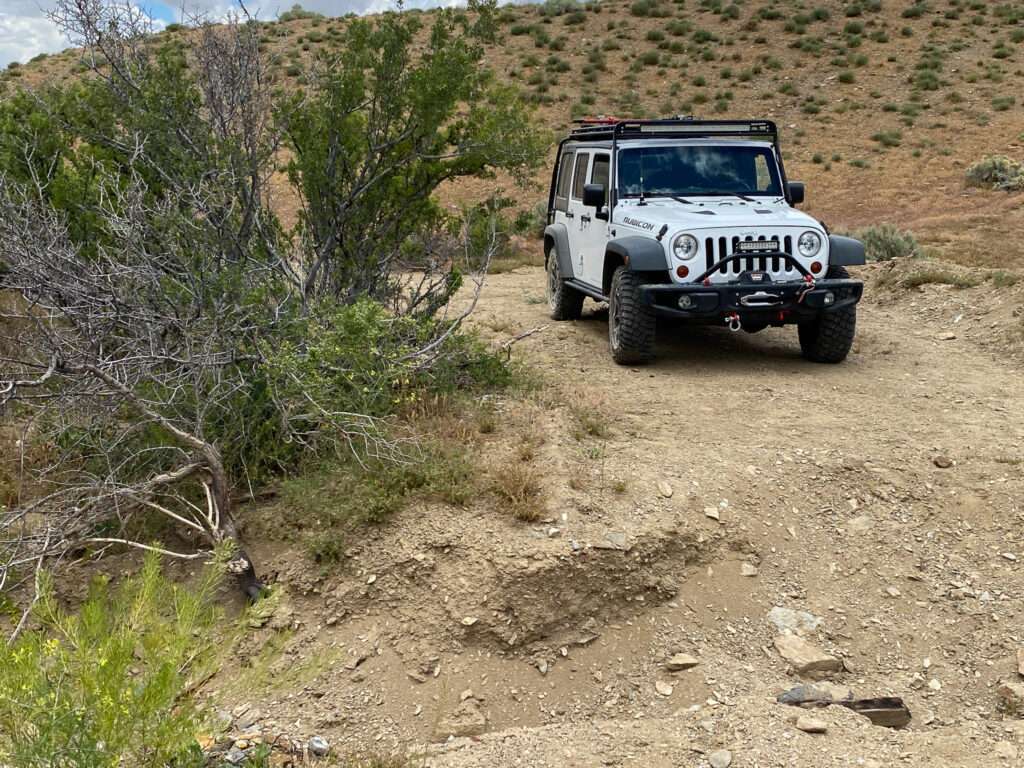
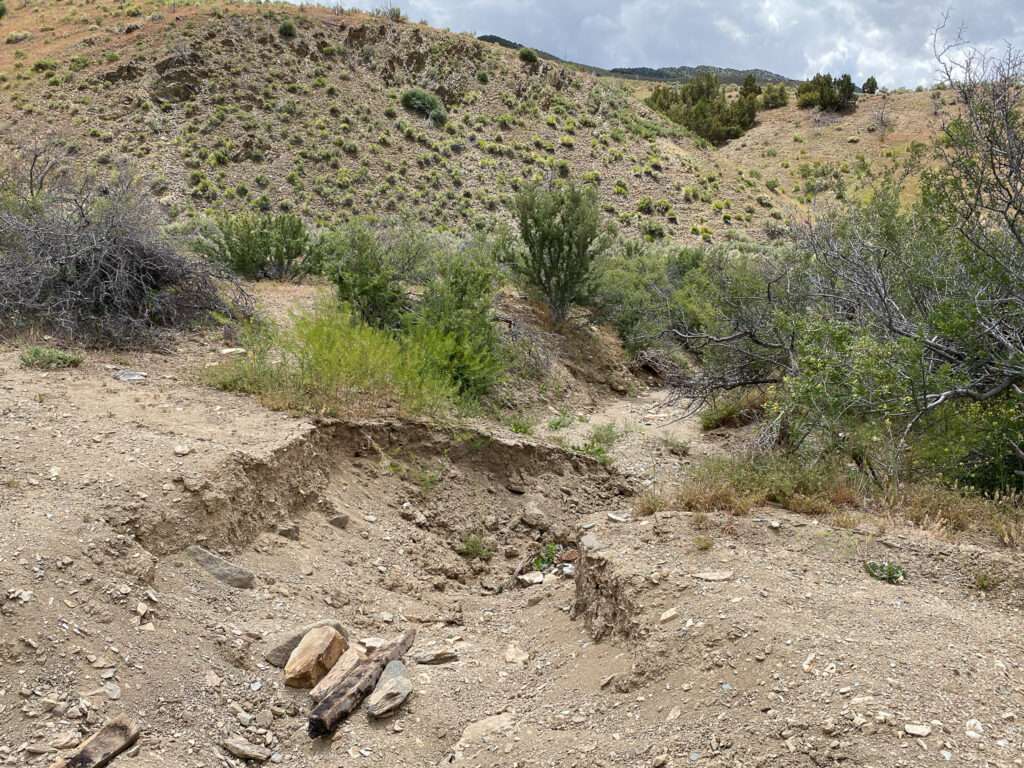
Austin flew his drone to Bonnie Bryer to check it out. I sent mine up a little later and fought headwinds all the way. Halfway to the one structure, I started getting messages that I was losing contact and had difficulty maintaining altitude. I returned home, not wanting to hike through a storm to retrieve the drone.




Bonnie Bryer is in the Sierra Mining District, established in 1863. By 1870, the district had three stamp mills. During the time, the Sierra District was one of the most productive districts in Nevada, and an estimated $4 Million was extracted in gold and silver. Many of the miners in the district were from China.
Sierra District Stone Cabin
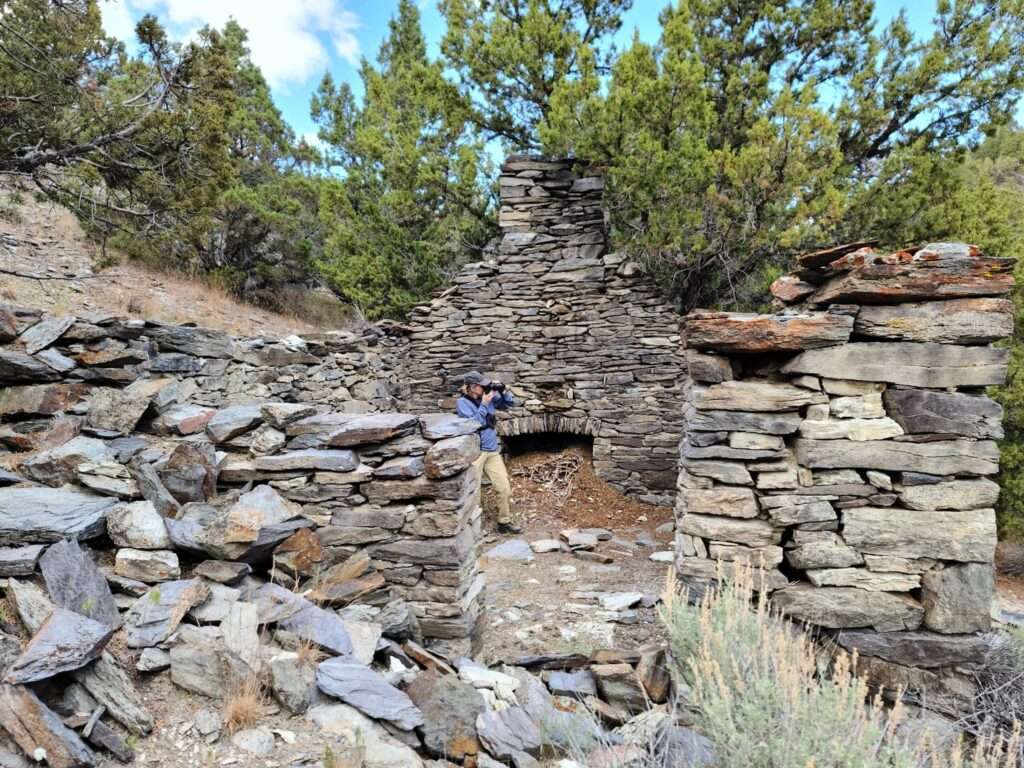
Nevada still has her secrets, even from long-time ghost towners. Undocumented on any ghost town website or book we have come across, the cabin’s history remains a mystery.
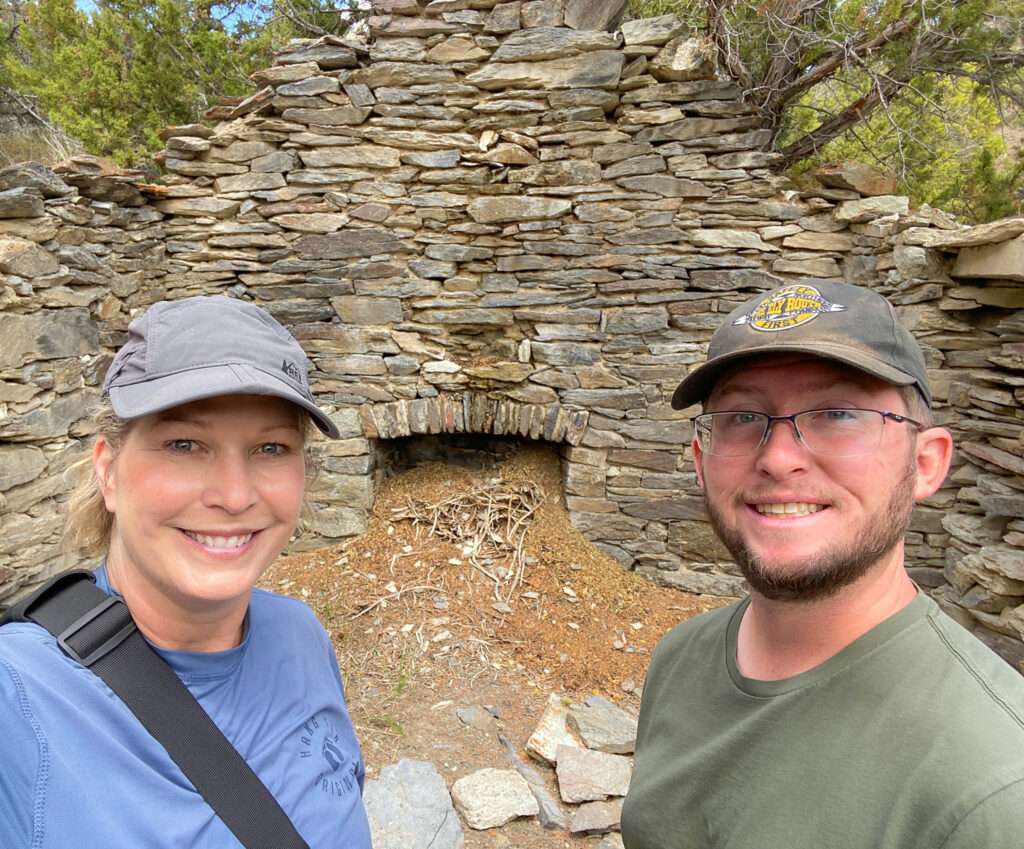
“Sierra District Stone Cabin” was an incredible find. Nevada Expeditions didn’t learn of it on a ghost town website or book but another exploring format. Learn more about Sierra District Stone Cabin.
Where we are going, we don’t need roads
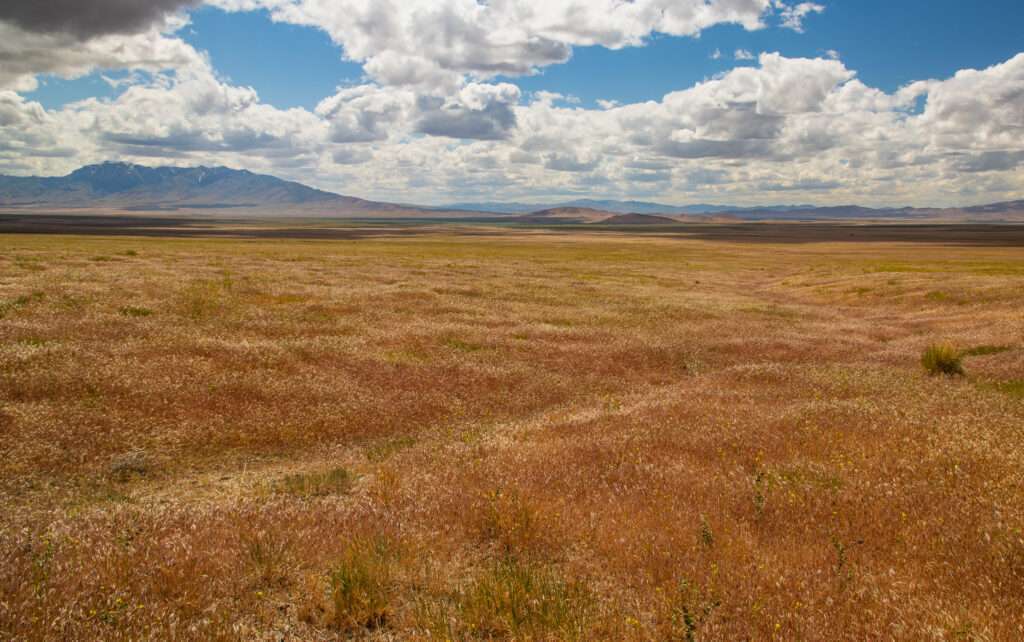
The road to Sierra District Stone Cabin was interesting. “Road” might not be the correct term; it was more of a general guideline. Several times, meaning more often than not, we caught glimpses of the roadbed. It would then disappear under the cheatgrass. I spotted the road at a distance in some places and hoped there would be something in between joining the two sections.
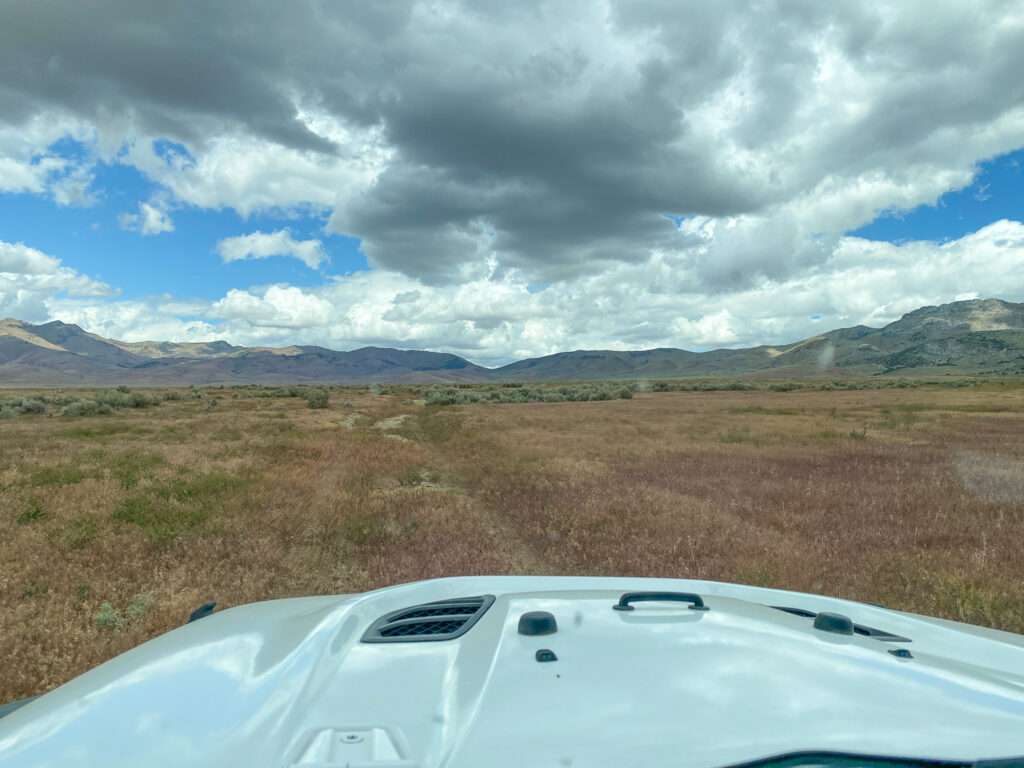
Tip Top
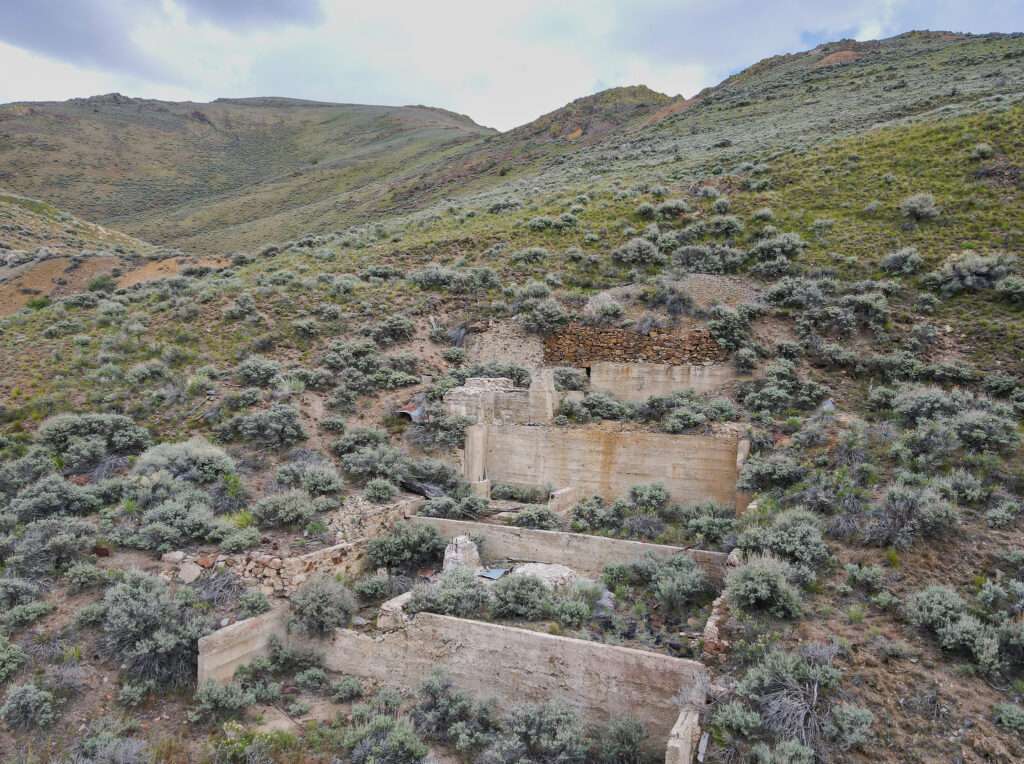
Tip Top is just outside of Dun Glen. Gold was discovered in the early 1900s, kicking off a revival of the area. A 30-ton mill was built in 1910 and operated for twenty years before being destroyed by fire. A new mill was constructed in the mid-1930s but only ran a few weeks before closing.
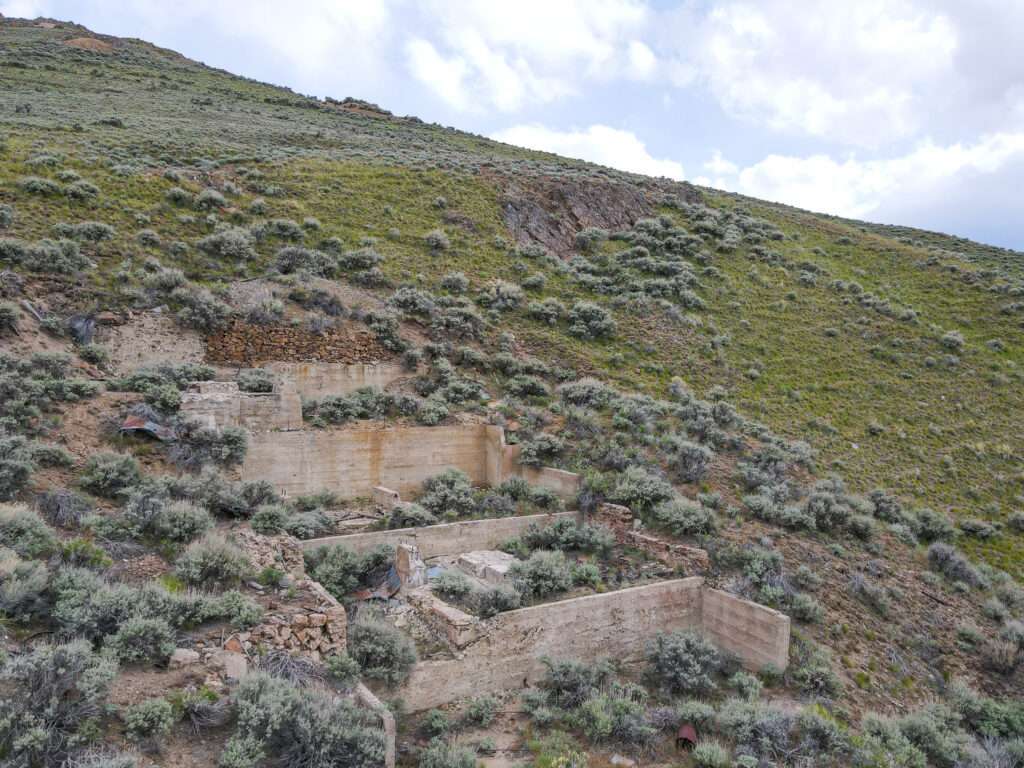

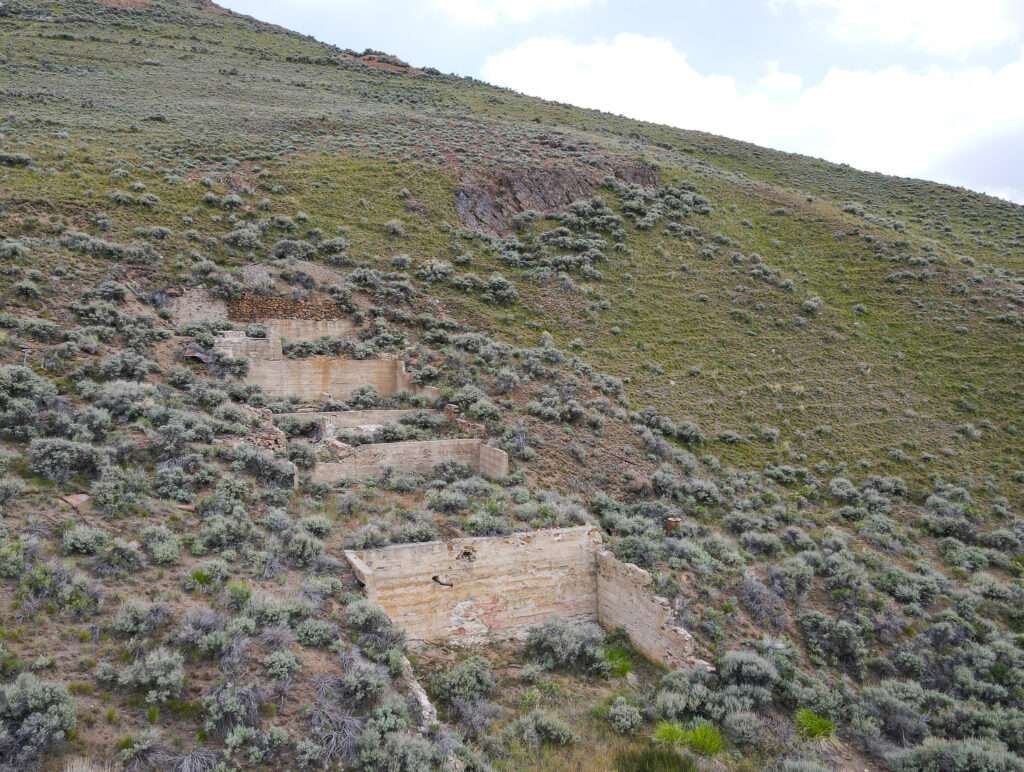
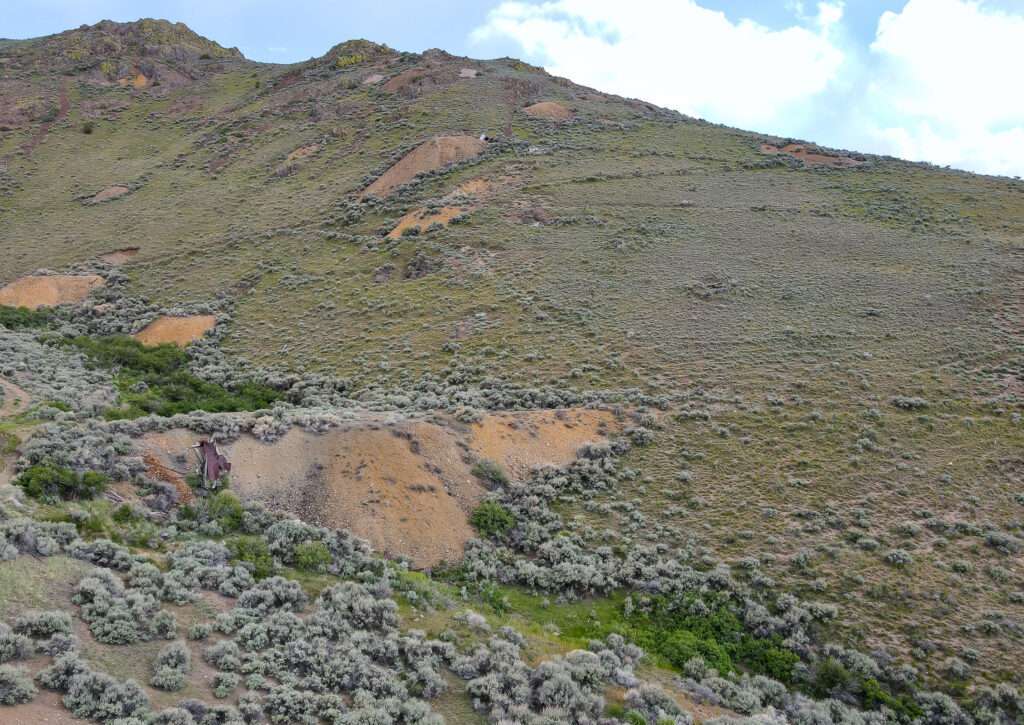
The storm was moving in, and it was starting to rain. We sent the drones to survey the site, and finding little aside from the mill foundations, we opted to head to Dun Glen before the skies opened up.
Dun Glen

The ghost town of Dun Glen was one of the largest towns in Northern Nevada. In addition to mining, the town was a regional supply center. Unfortunately, conflict is a way of life, and Dun Glen had its share, including thefts, fights, and hostilities with Native Americans.
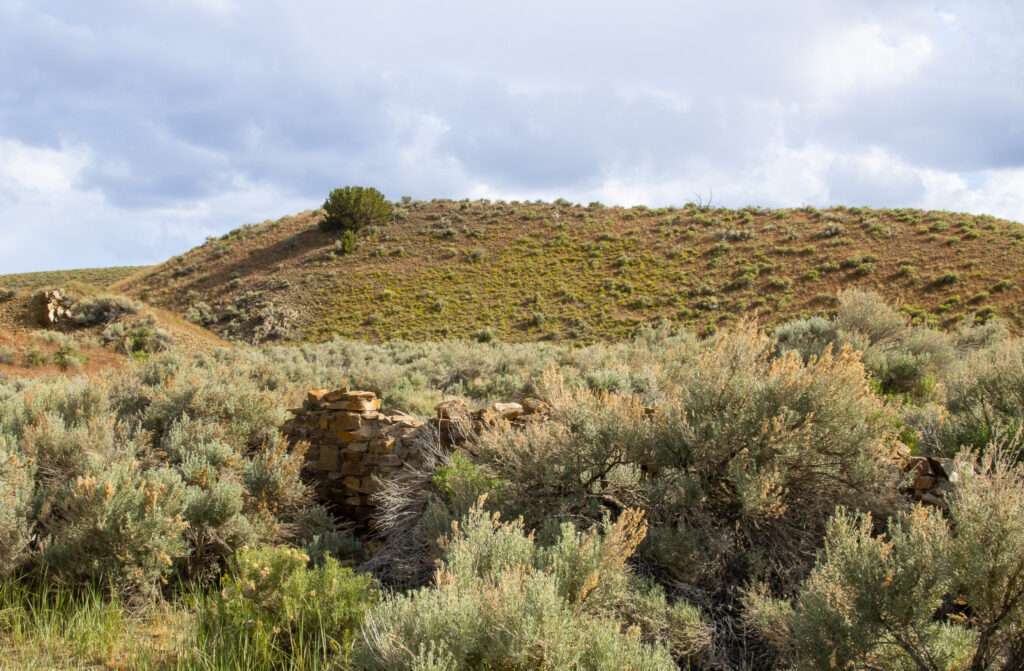
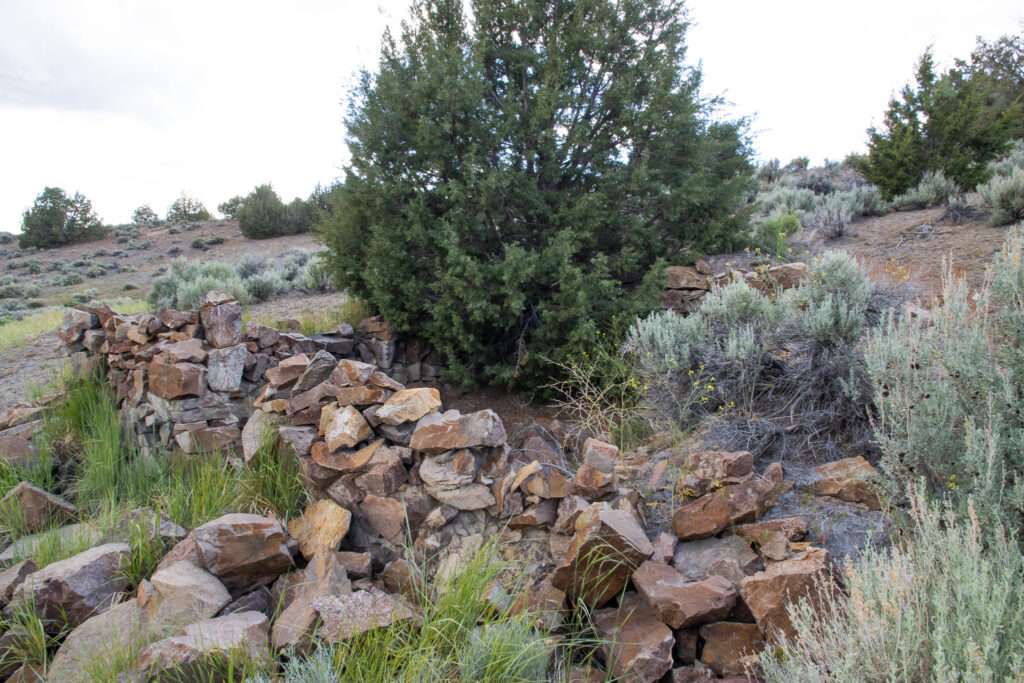
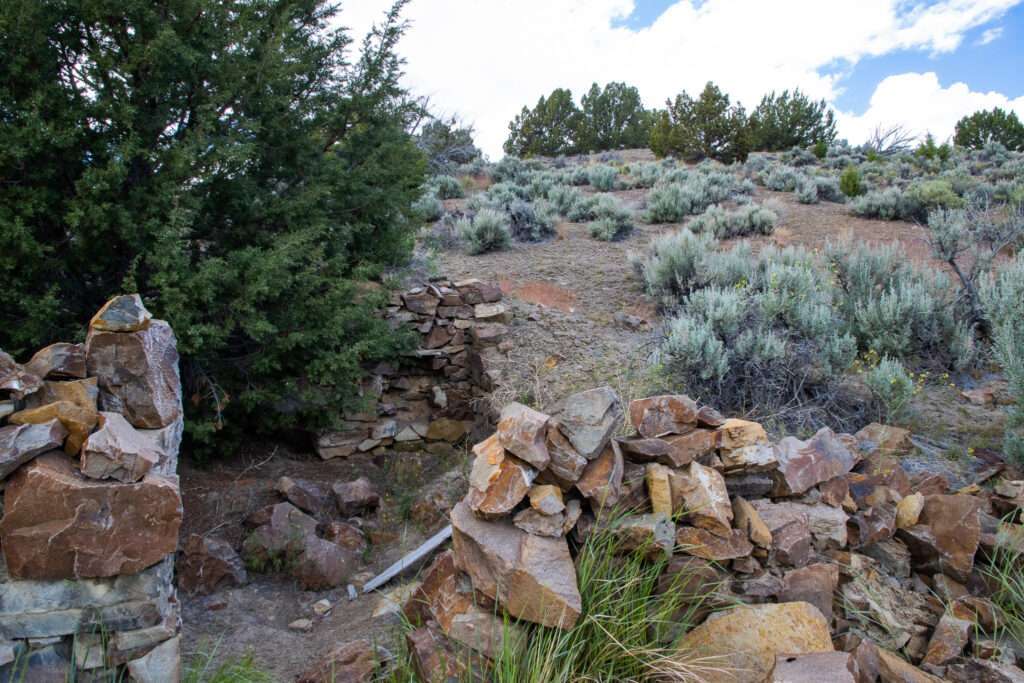

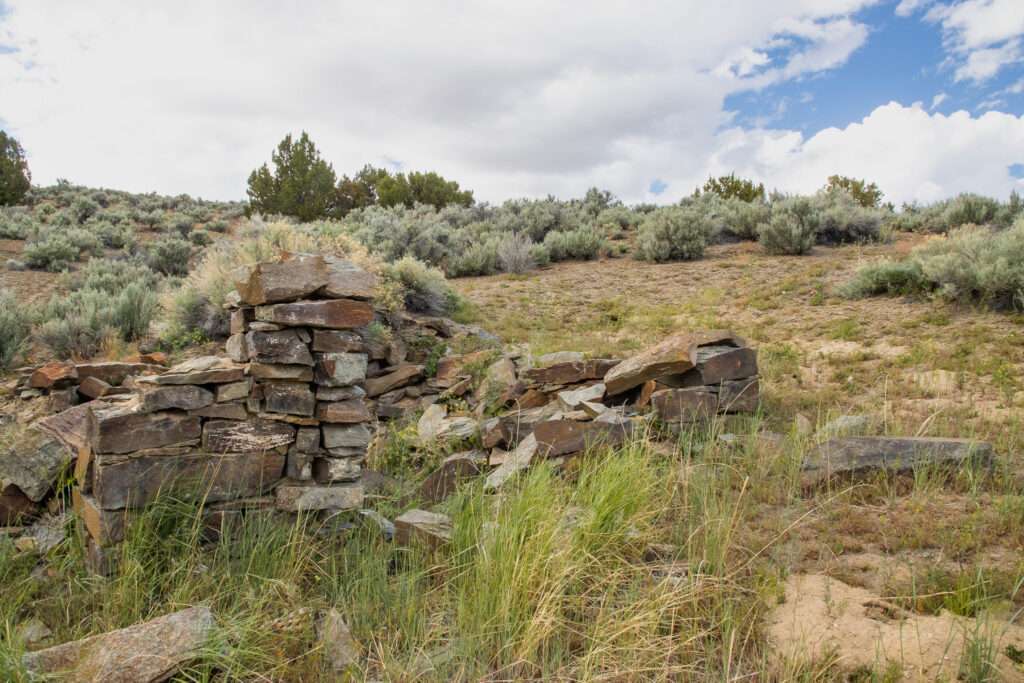

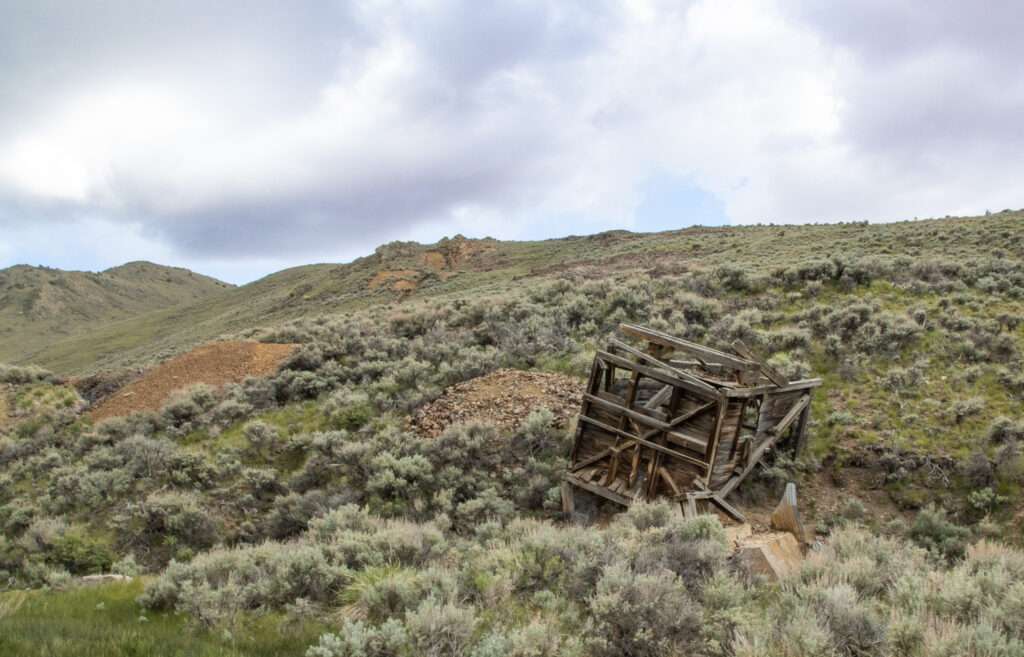
Dun Glen Cemetery
Sadly, Dun Glen will be remembered for a conflict between modern mining and history… leaving a family’s final resting place less than final. Learn more about the Not so final, final resting place.
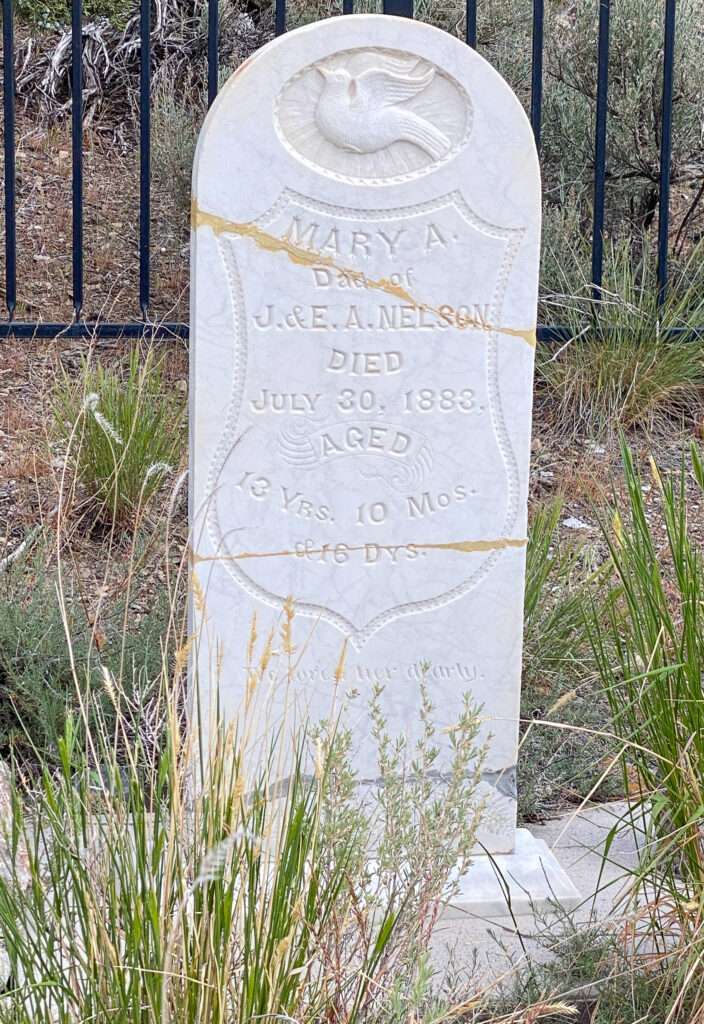
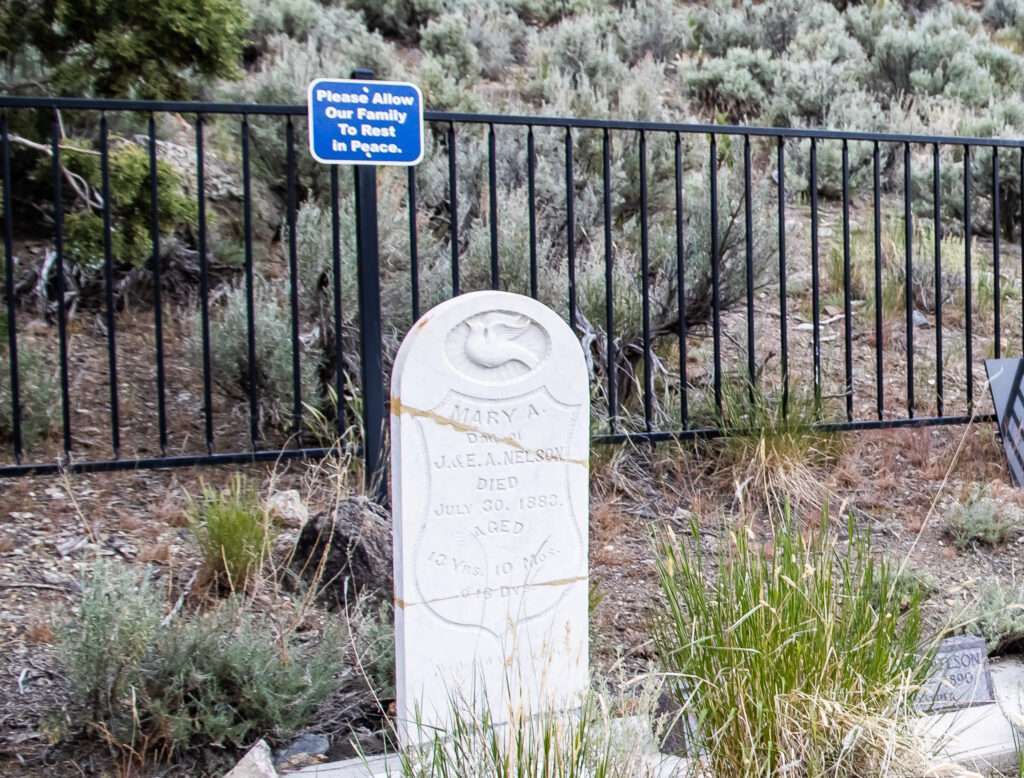
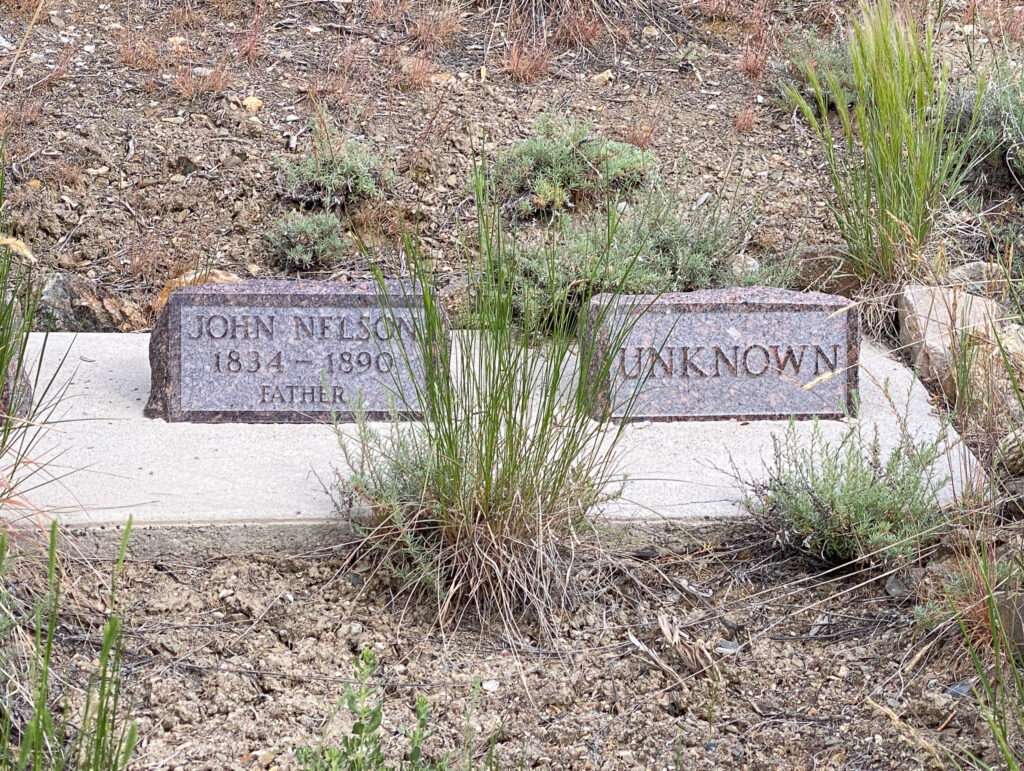
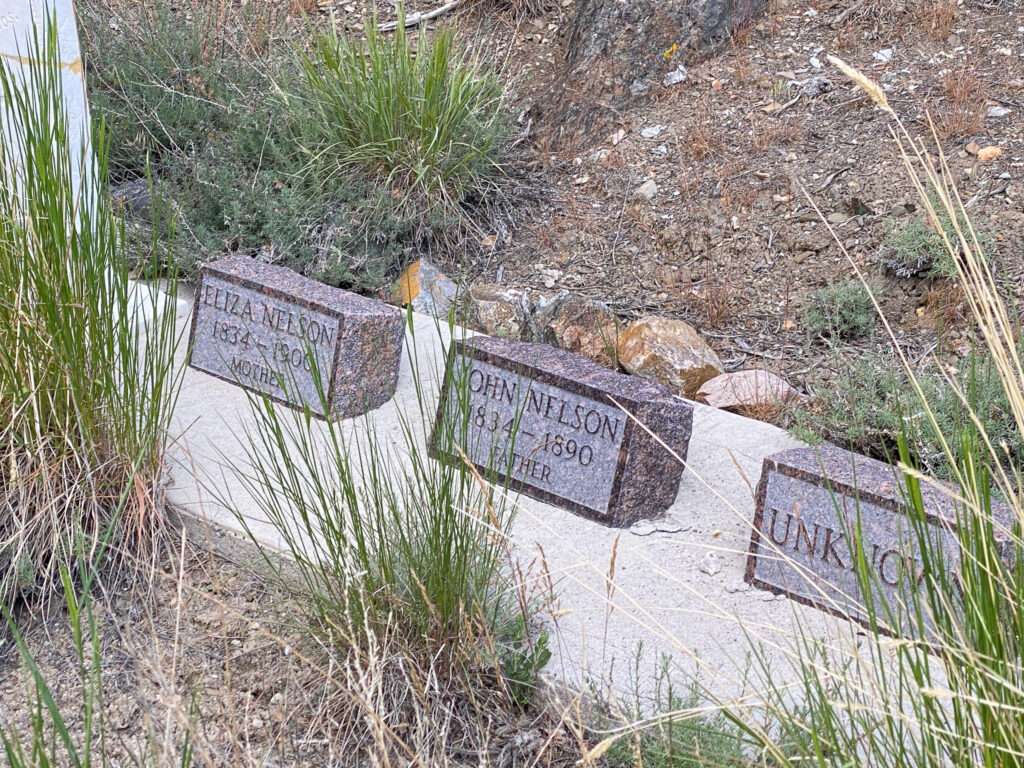
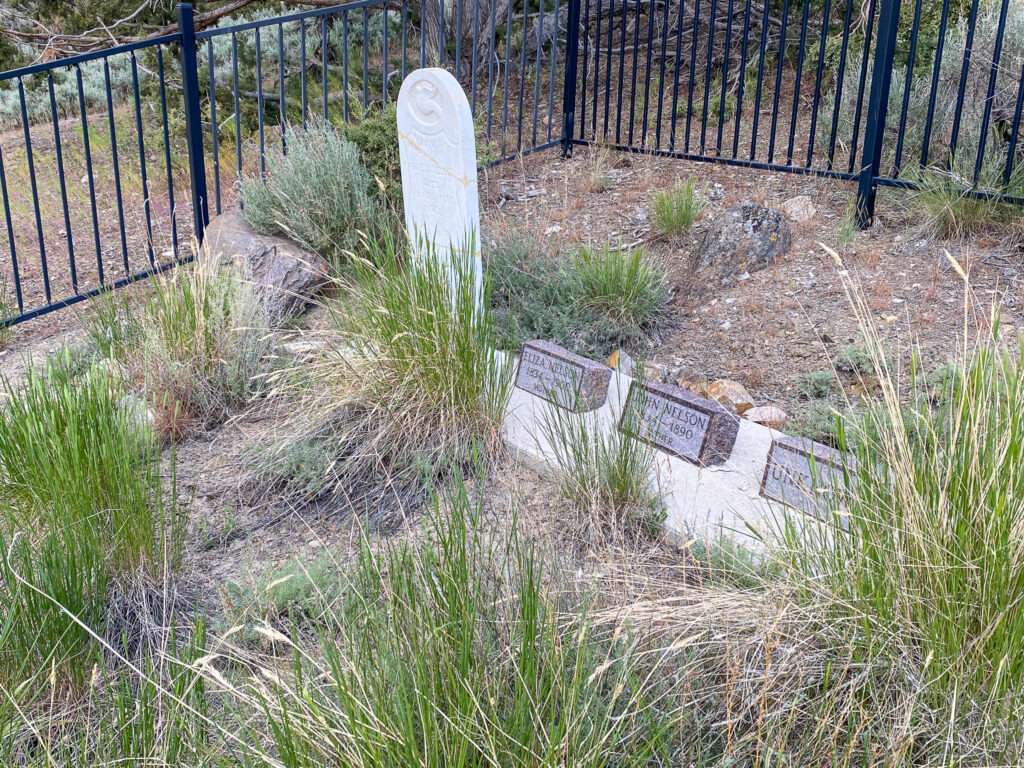
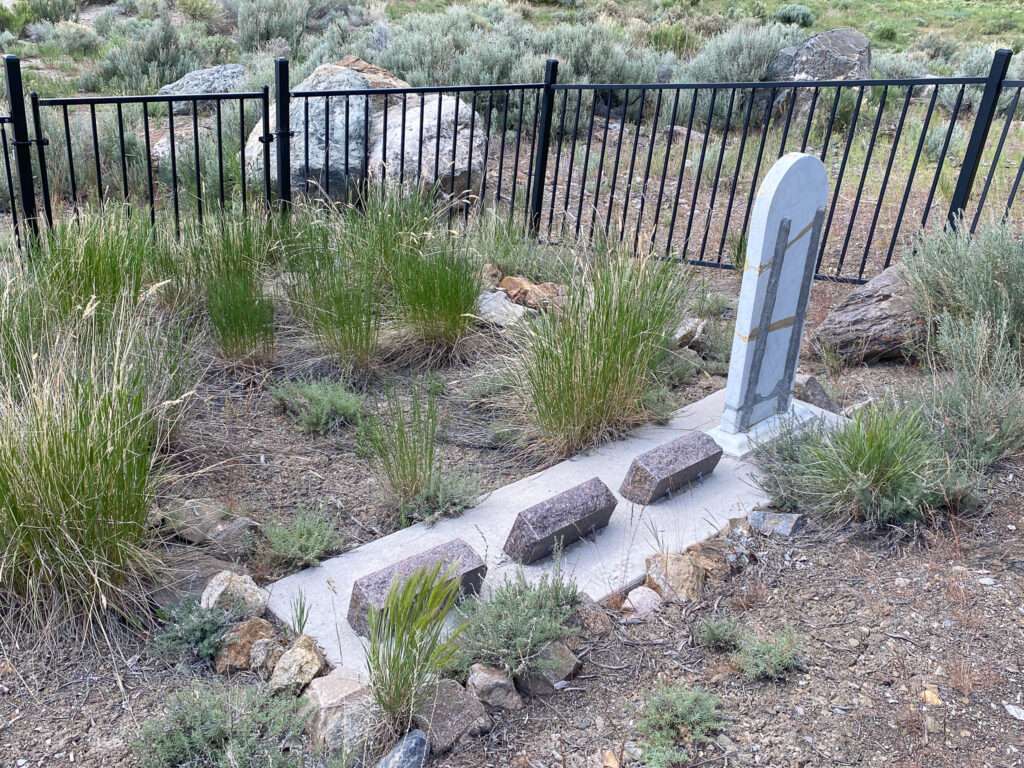
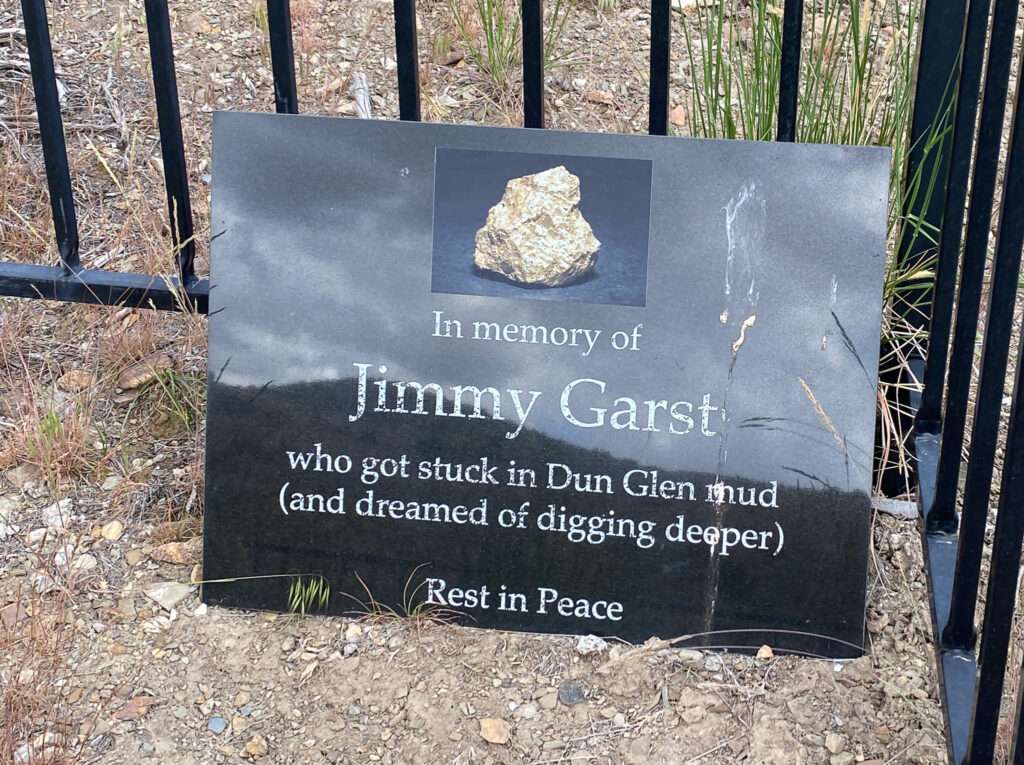
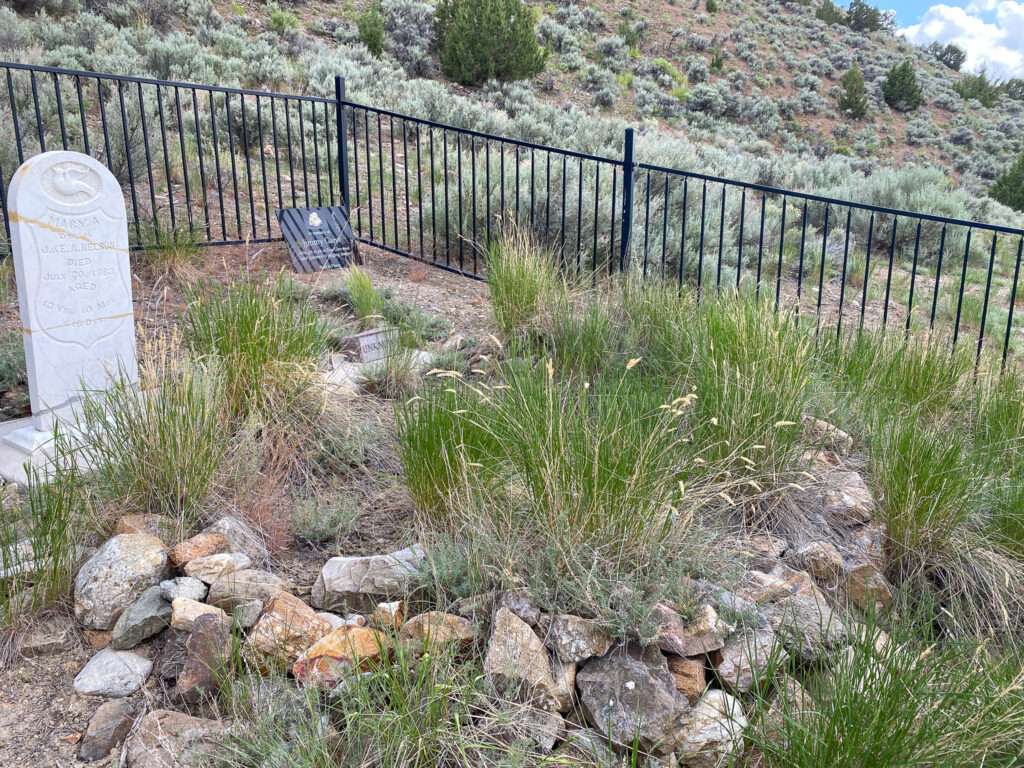
Winnemucca
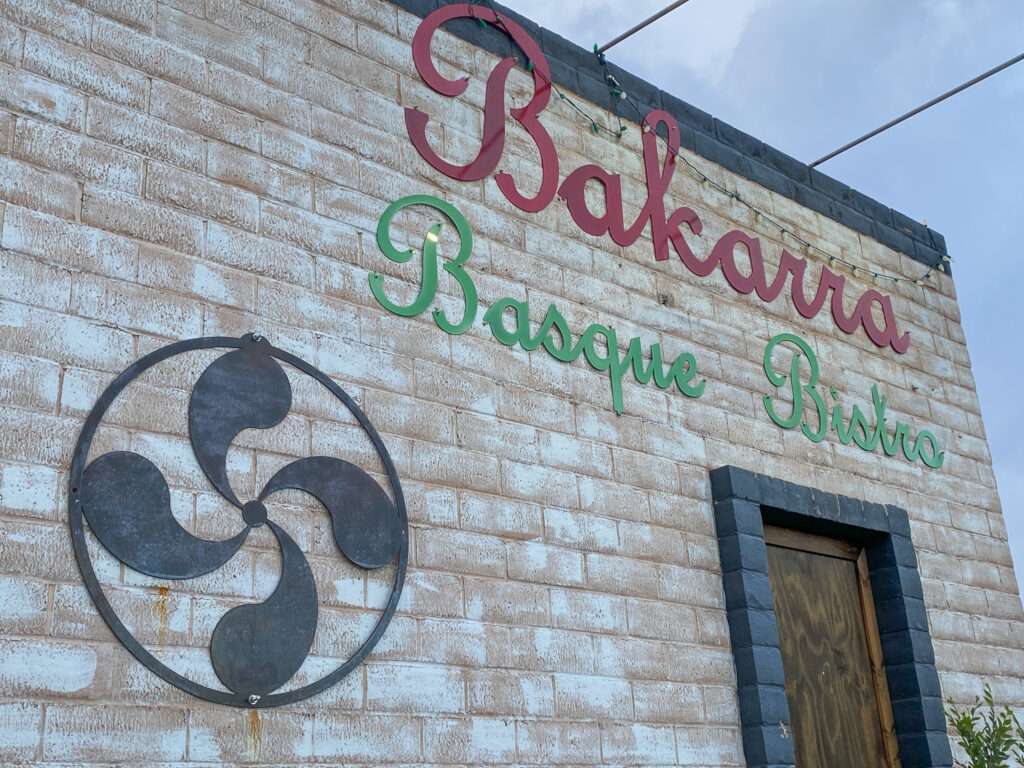
Living in Nevada and growing up in Idaho, we lived around large Basque populations. I remember the Basque sheepherders who lived with their sheep across from our house during the cold winter months. When they moved the flock around the narrow lake road, our school bus would be hours late. Pre-cell phone days, the sheepherders had no communication aside from check-ins. I remember my dad taking them into town for supplies and my mom delivering Thanksgiving dinner and pie. Nothing was expected in return, but often as a thank you, they bought us fresh lamb.
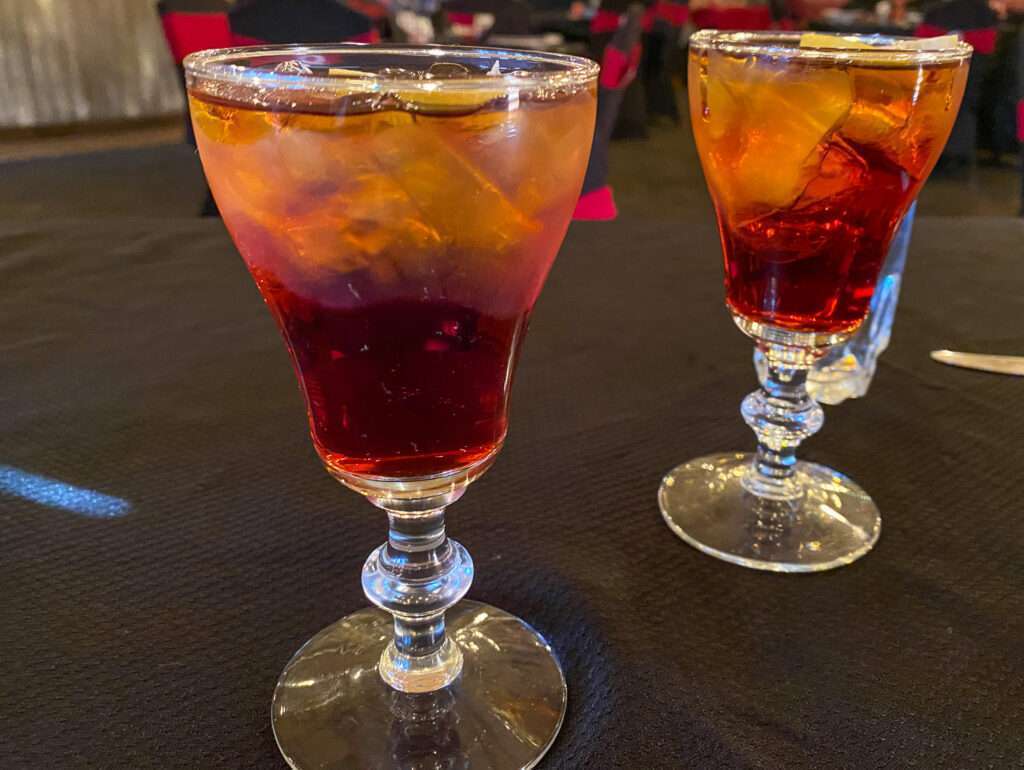
I love Basque food; it is one of my favorites. Picon Punches are a way of life for the Basque. I’ll admit that Picon’s haven’t always been my favorite. Bakarro changed this; their Picon was smooth and had a nice balance of just a little sweetness.
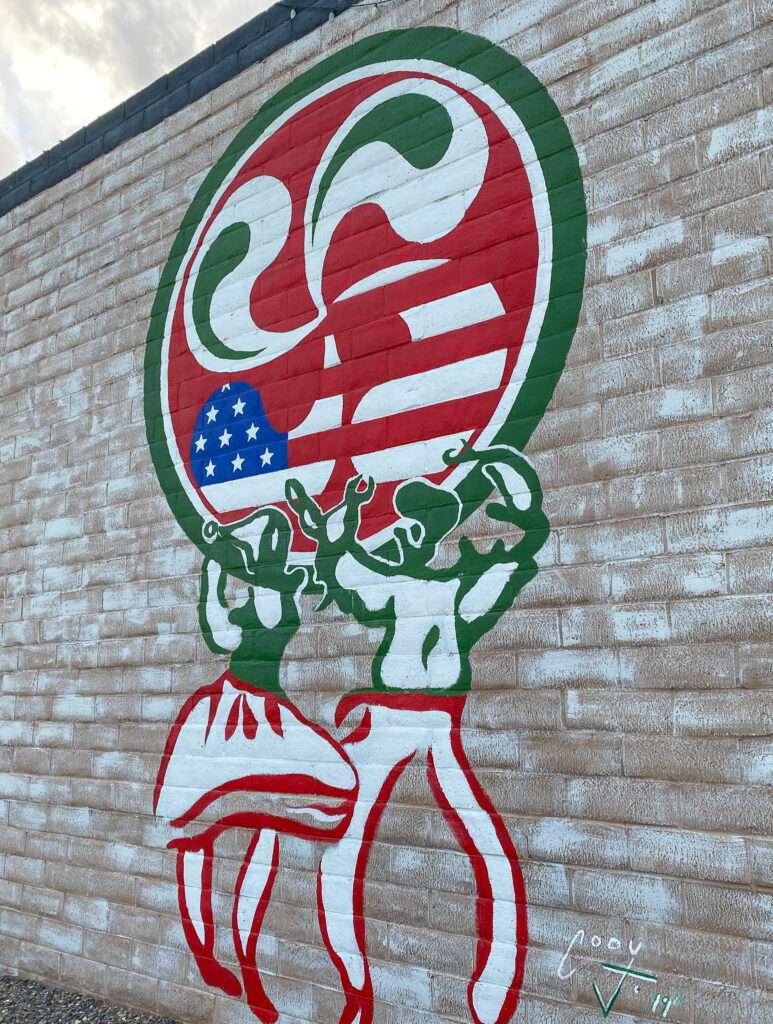
Austin had raved about the Prime Rib, so we splurged. But, hungry as I was, I couldn’t finish the enormous cut. Thankfully, my hotel room had a microwave and refrigerator.

Day 2
Honey Badger was a little dirty from the first day of our trip. The sprinkle from the day turned into a downpour overnight. I came out of the hotel to find a muddy creek downslope from the Jeep.
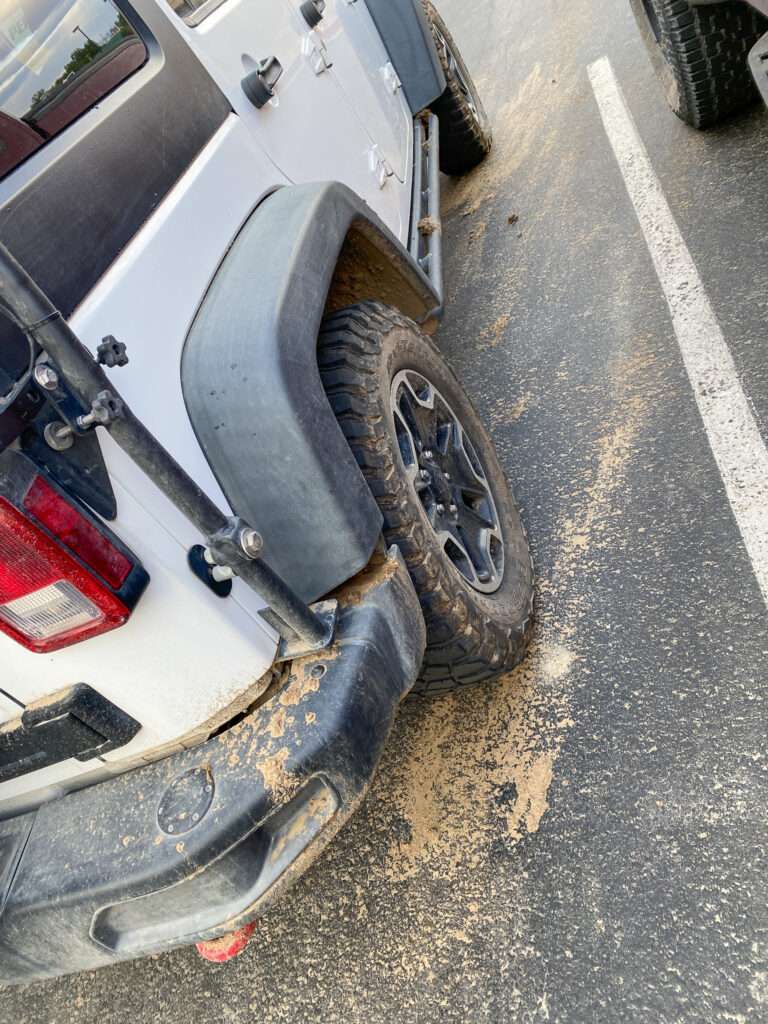
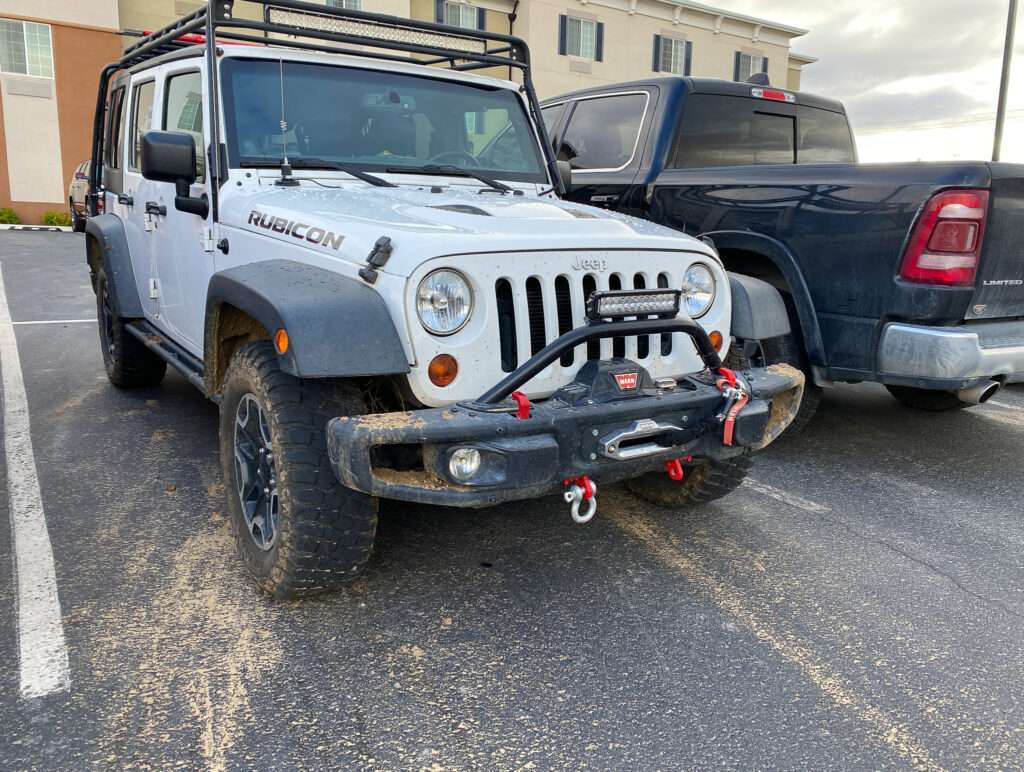
Unfortunately, I also found one of my tires had a slow leak. The air compressor at the gas station was broken, so I used my CO2 tank. As the leak was slow, I had the CO2, a compressor, a tire repair kit, and a full-sized spare, so we decided to continue our trip.
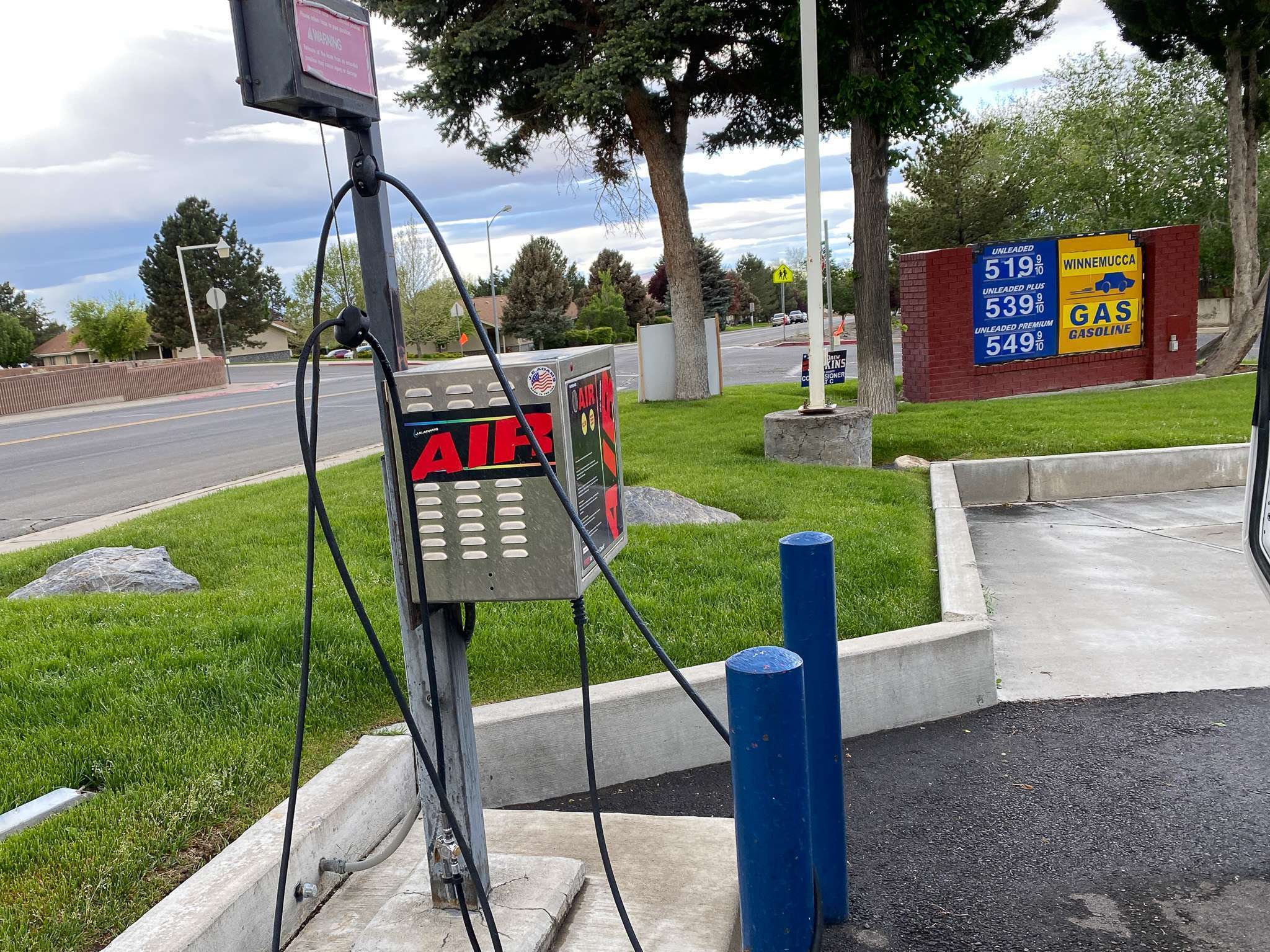

Cane Spring

Cane Springs was a stage stop north of Winnemucca. It had a stage station, hotel, stable, and bar. A post office was opened under the name of Amos between 1889-1890 and 1898-1926.

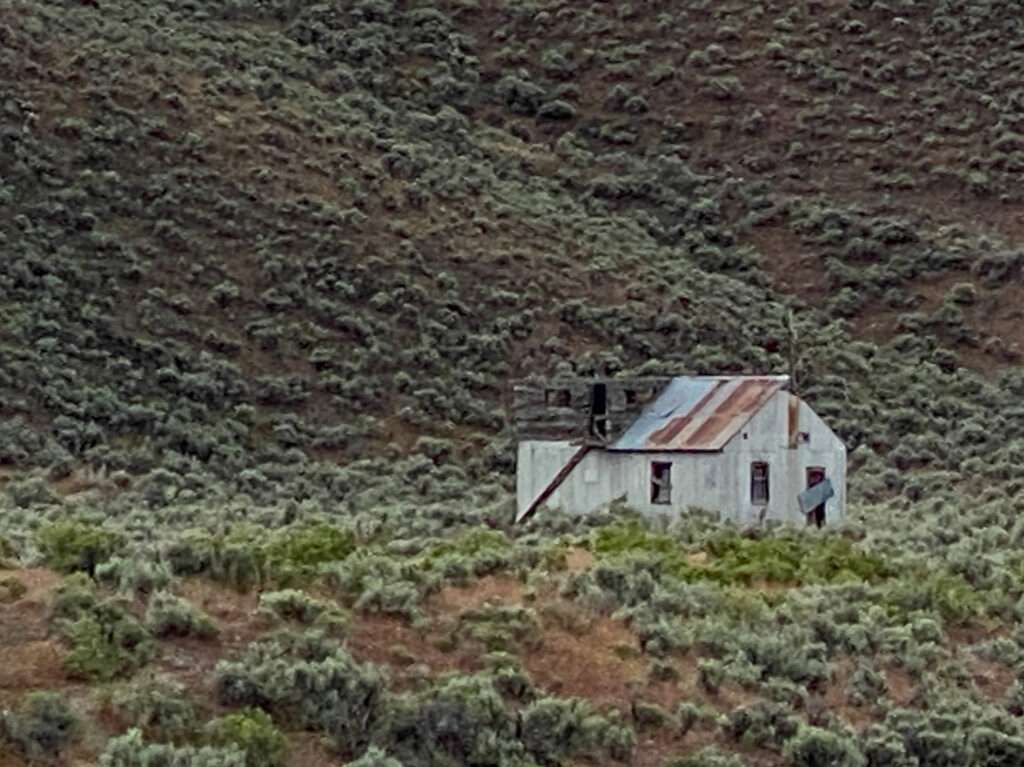

Today, Cane Springs is a private ranch.
Daveytown
I remember ghost towns for different reasons—the town itself, the trip, or something that happened while visiting. Rattlesnakes, just saying 😉 What I remember about Daveytown was it was bitter cold. Cold, windy, and starting to rain/hail/snow. I pulled out my down vest, hat, and gloves. I stopped and jumped out to take a few photographers, then fled back to the warmth of the Jeep’s heated seats.
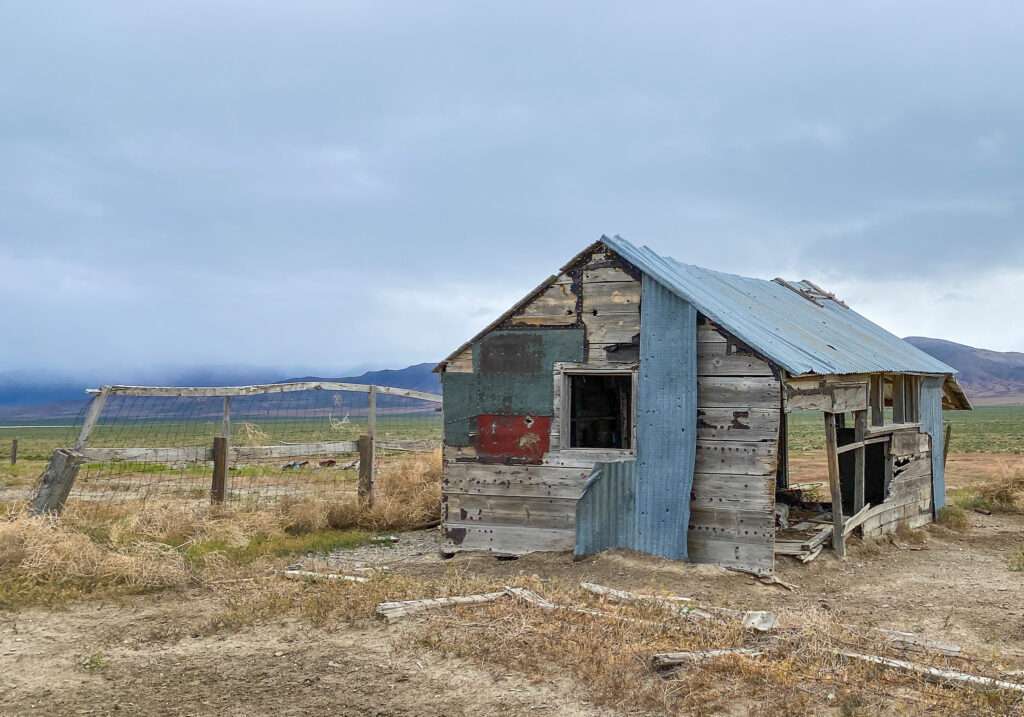
Mining in the area began in 1910. Daveytown, named after the Davey Mill, had an amalgamation mill. The mill was active until the 1930s. The Davey family sold the mill in 1938. The name became Mayday Mine, and a 10-stamp mill was added.
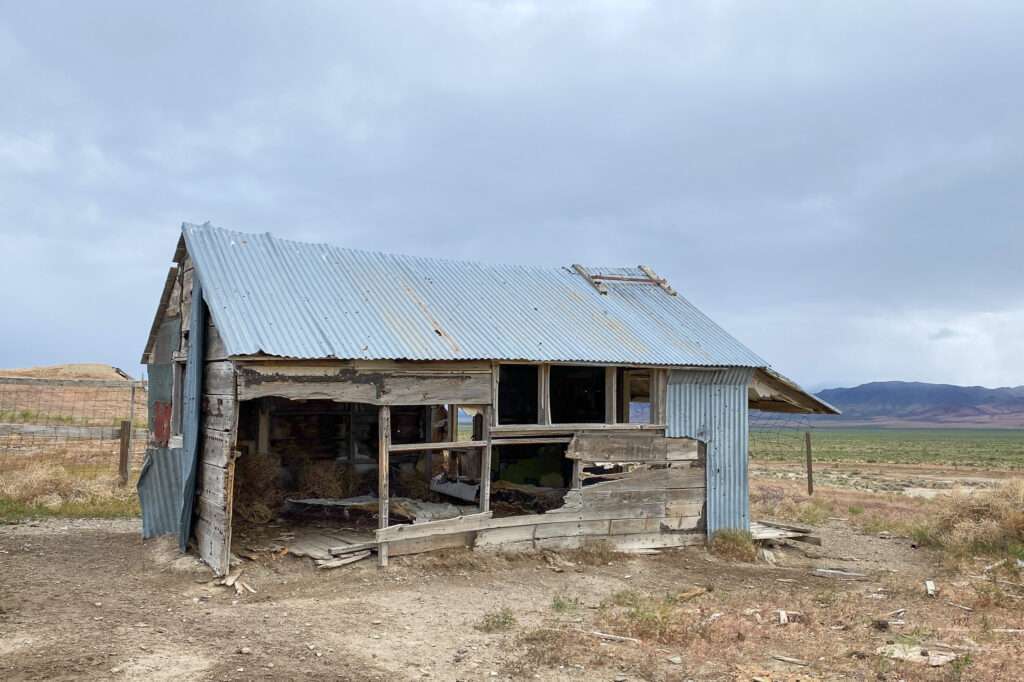

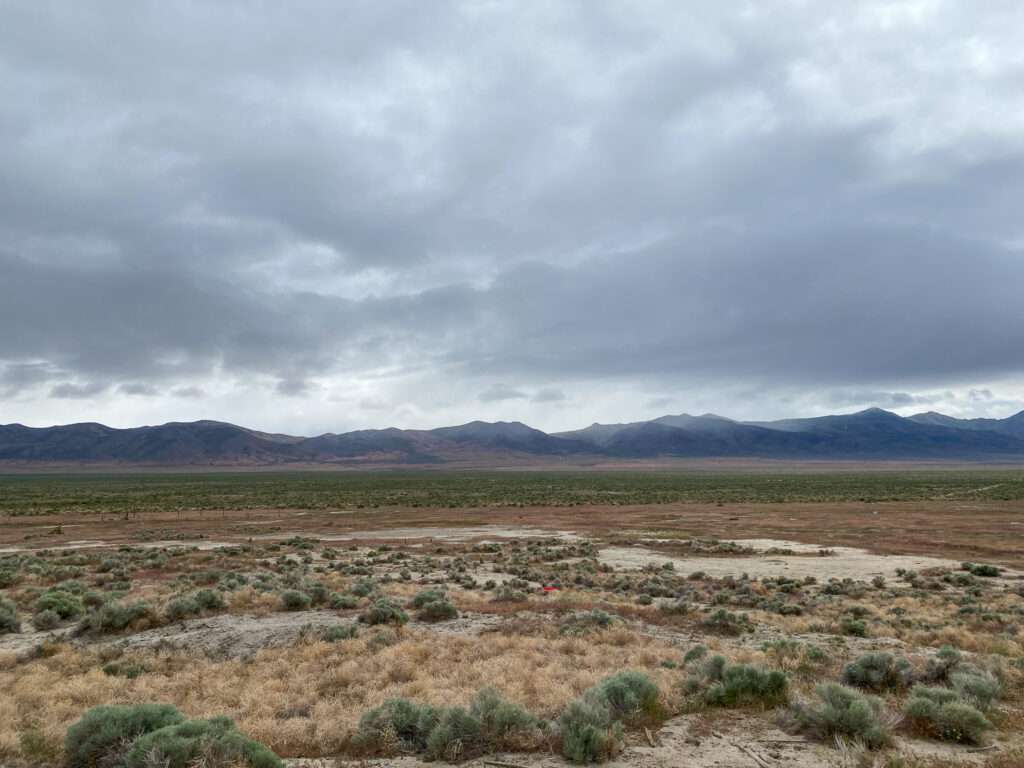
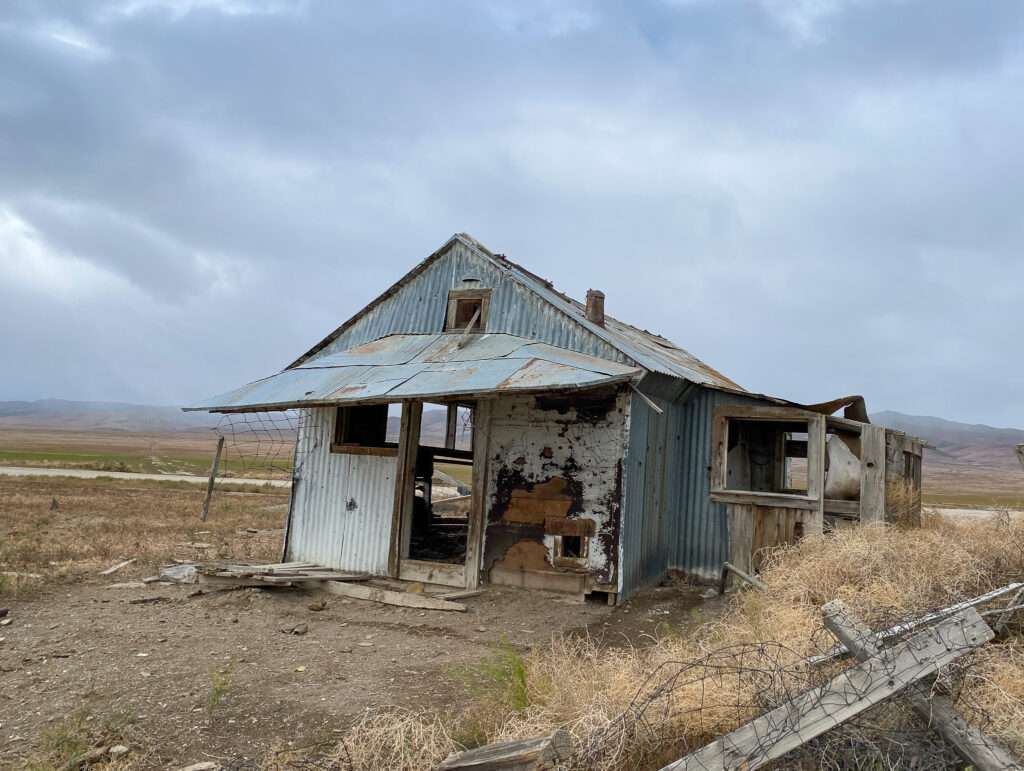
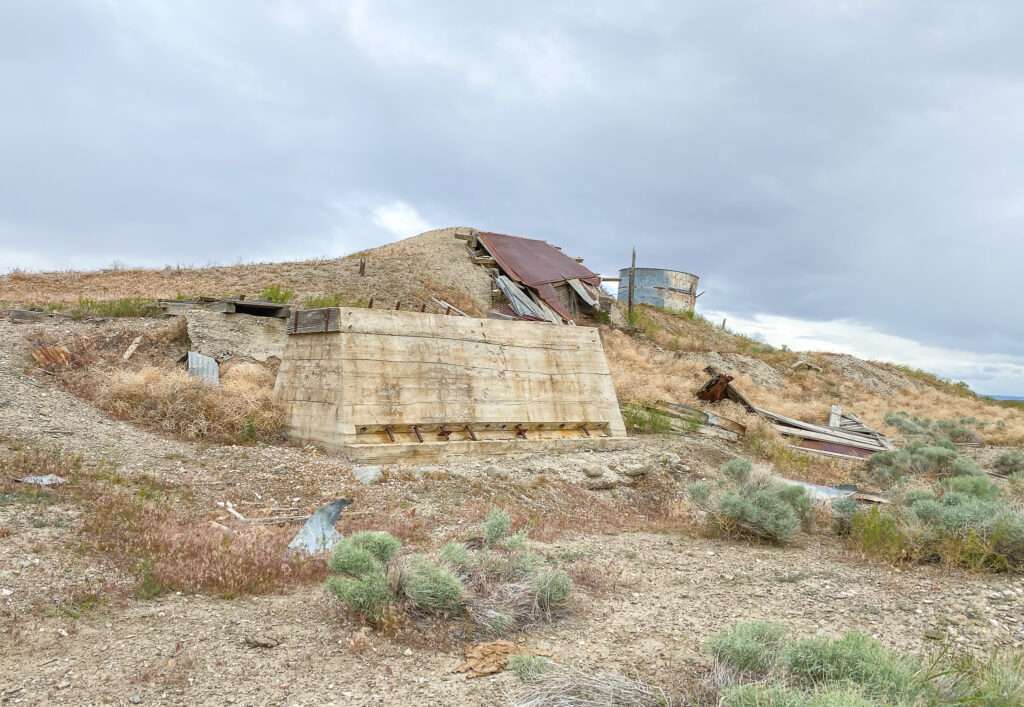
Awakening
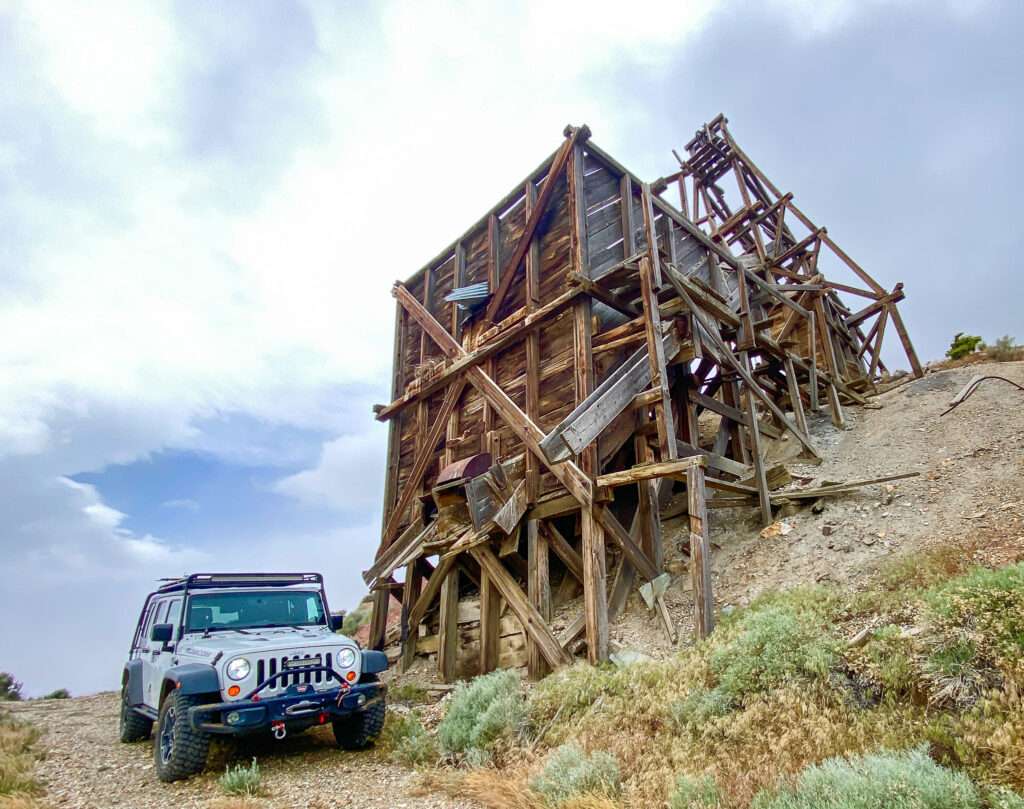
I guess I can say I awoke a little at Awakening. It was still miserably cold, but Awakening and the Alabama Mine woke me up. You could see the headframe from Daveytown.
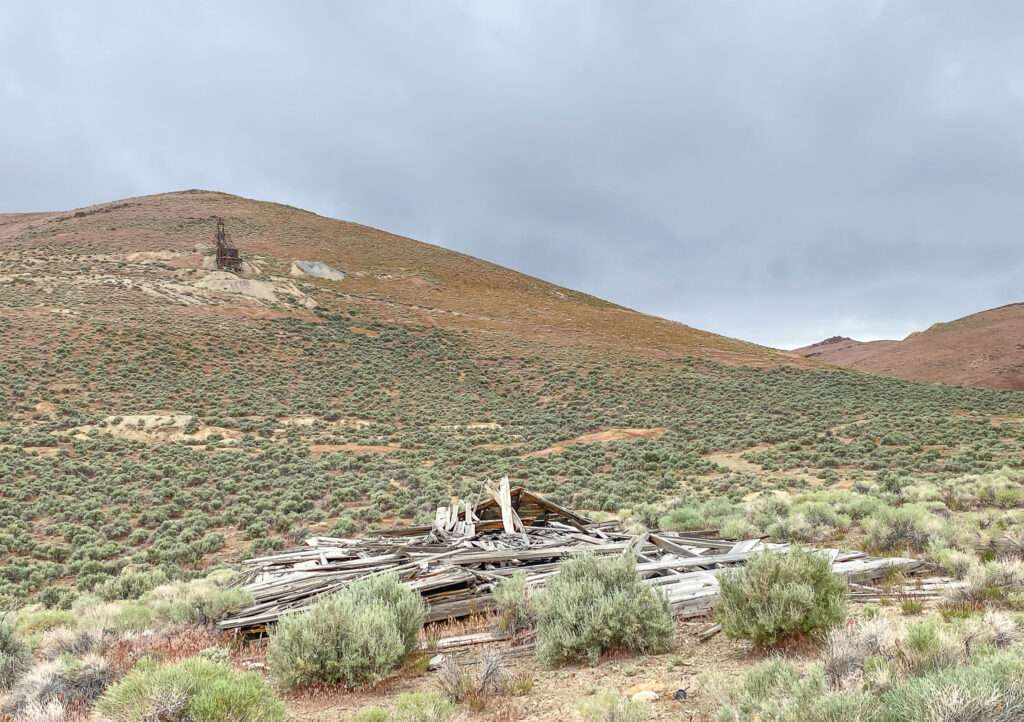


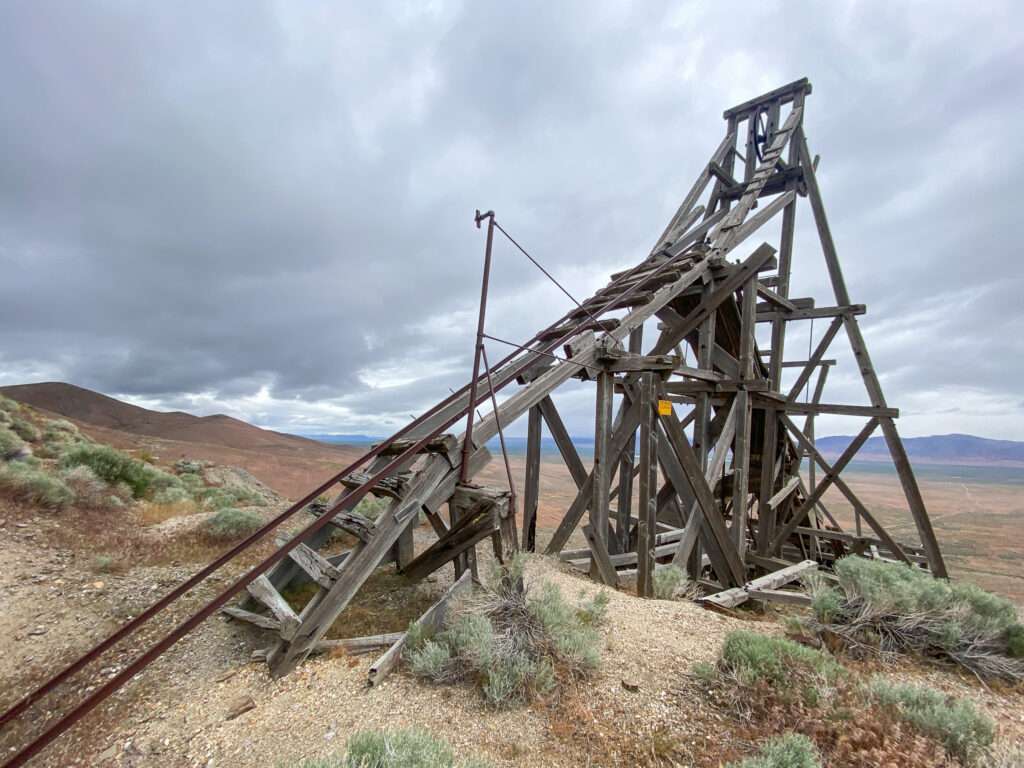
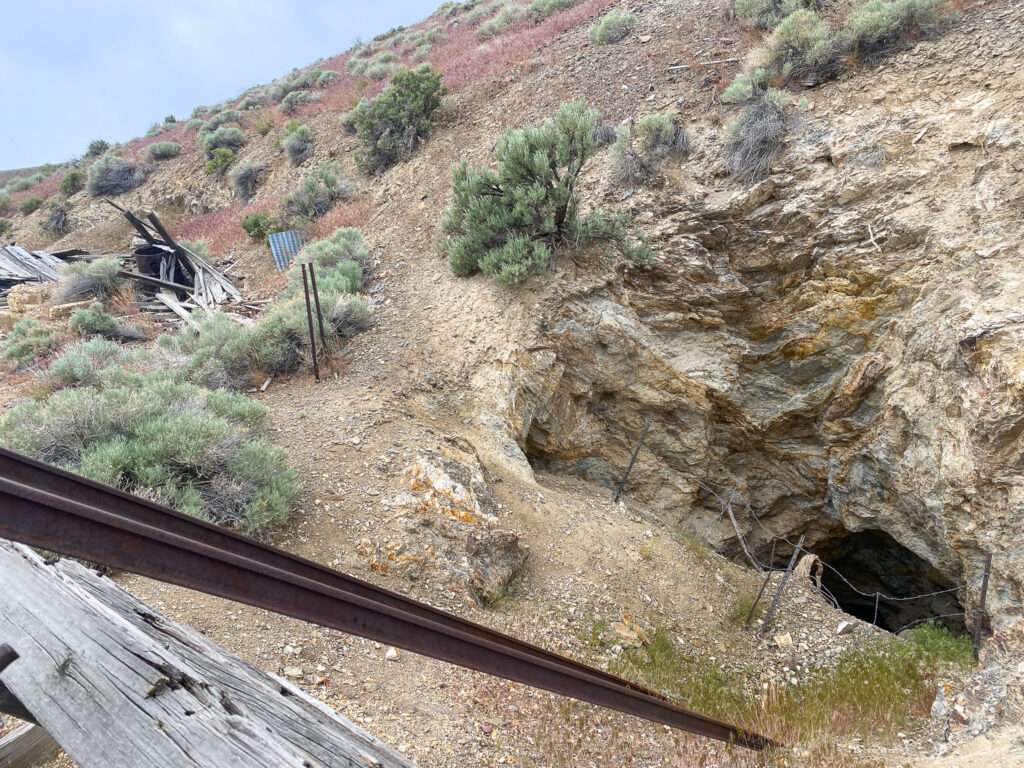
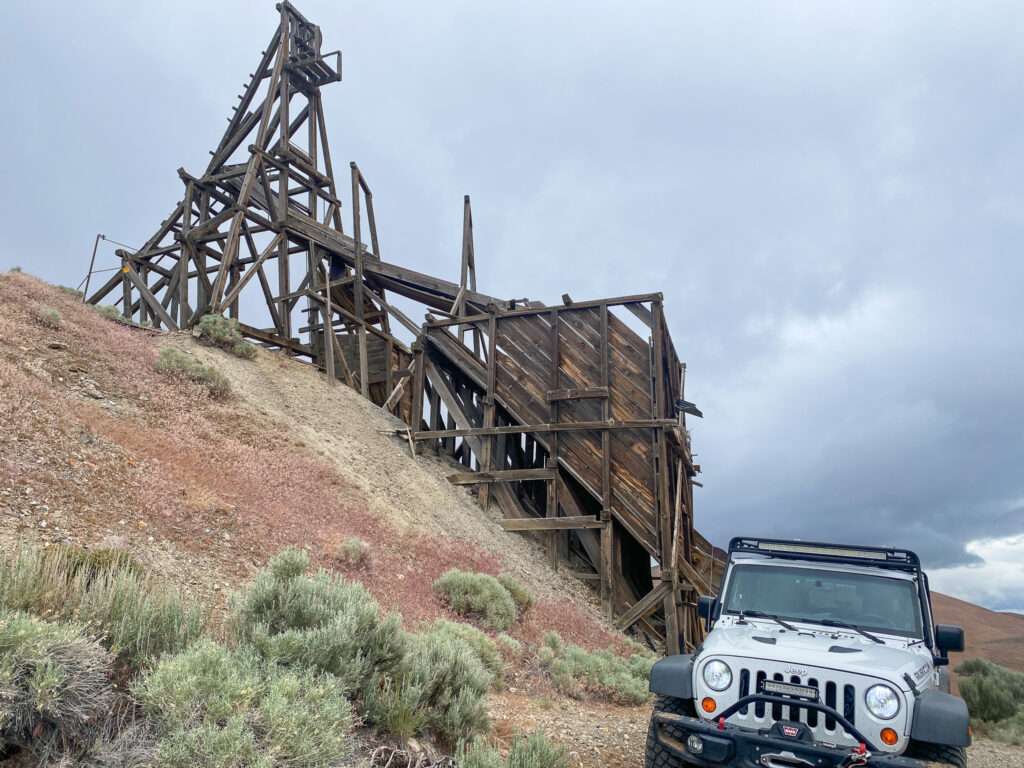
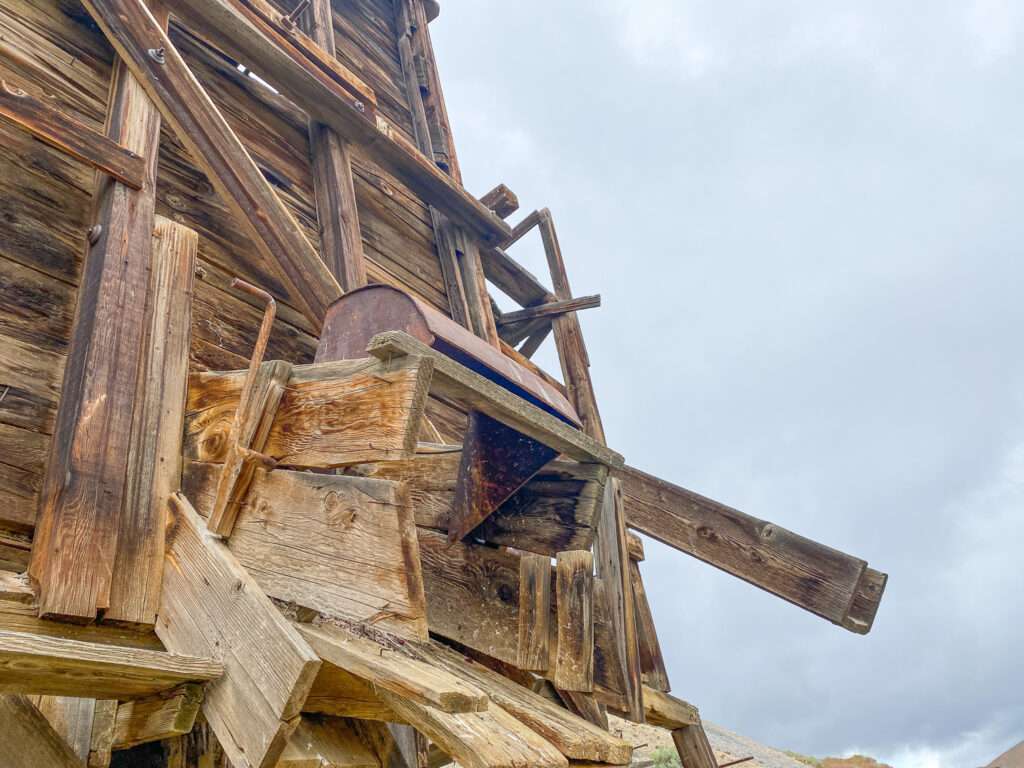
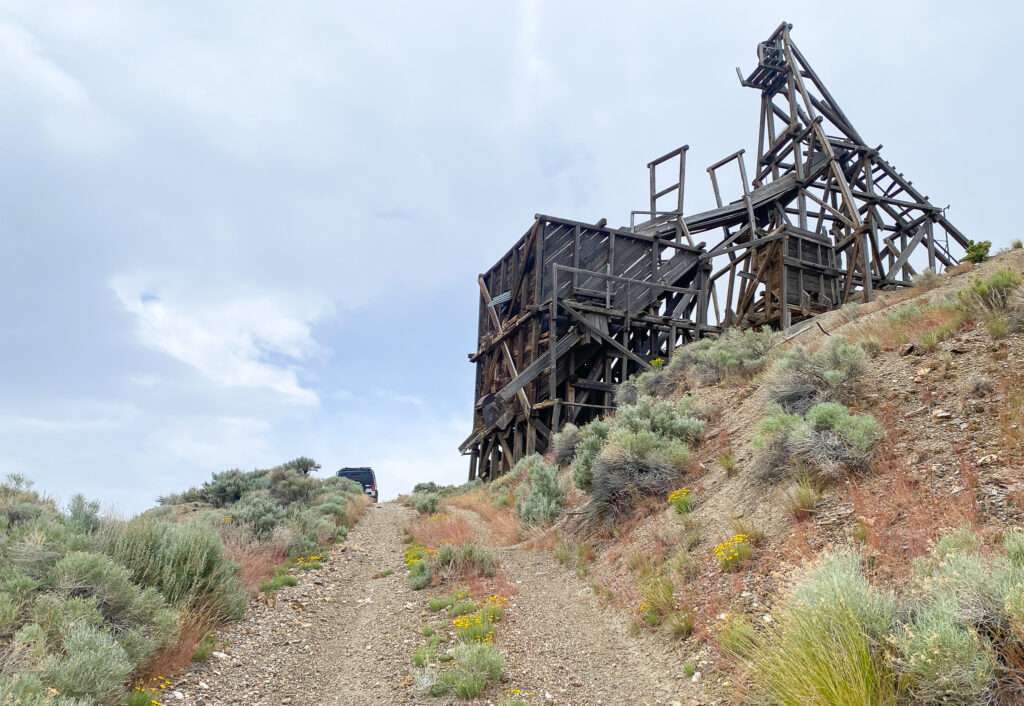
Hauilch Well
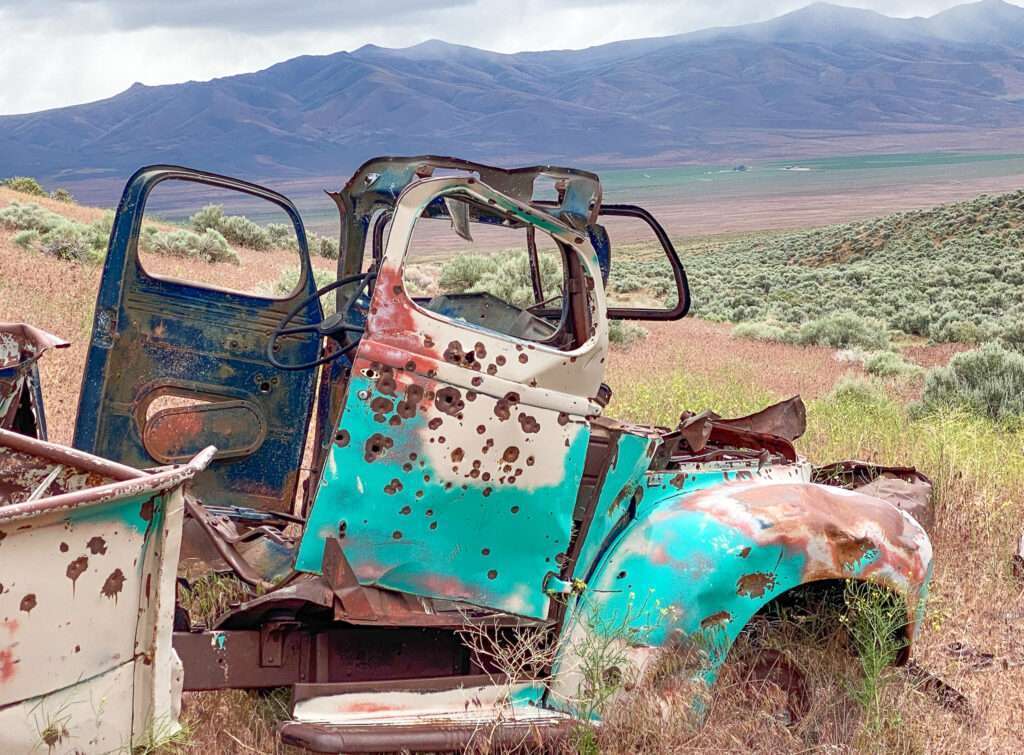
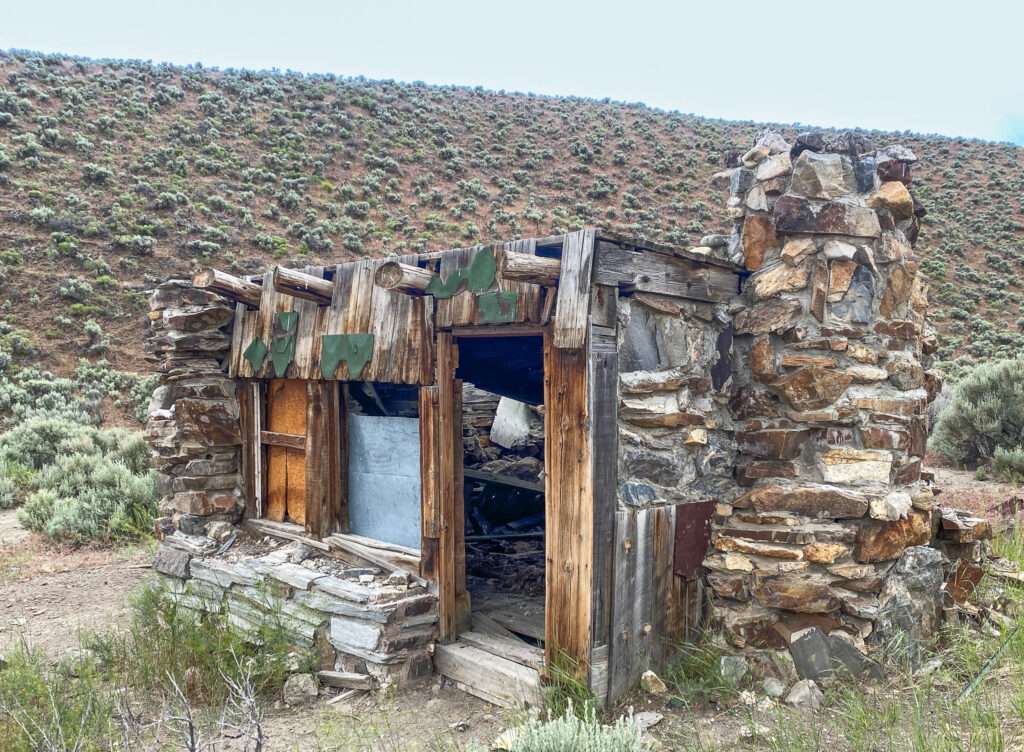

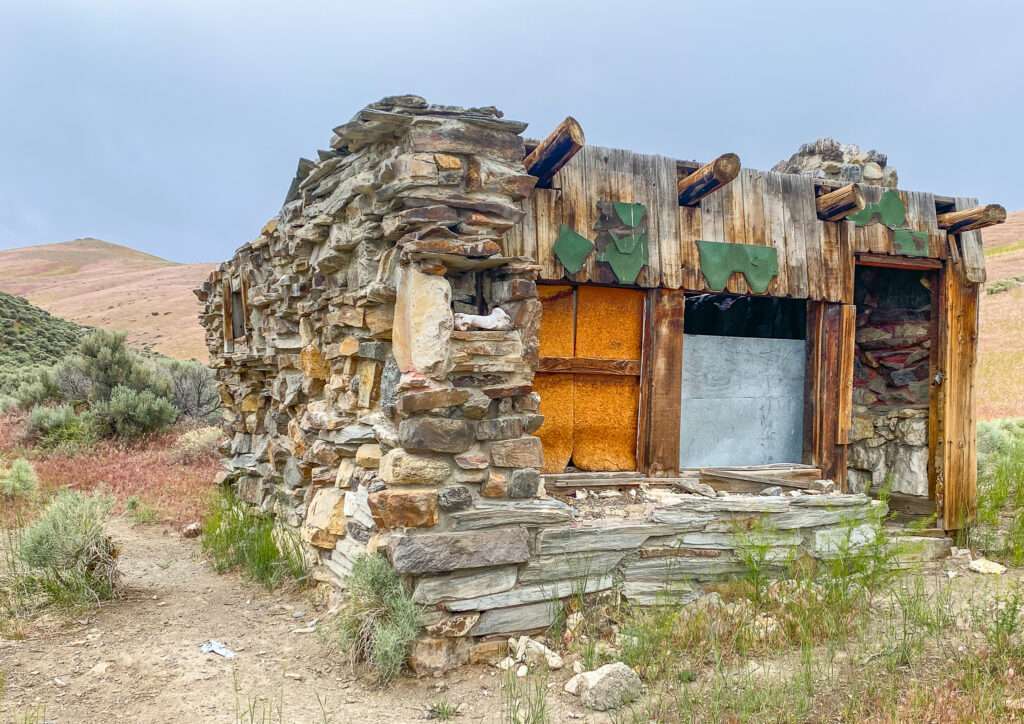
Hauilch Well was one of those fun finds and stops. In my notes, I nicknamed it “Funky Mine,” which Austin laughed about later. At first glance, I am finding exactly nothing about the history of Hauilch Well. However, I’m making a wild guess that there was once a well here.
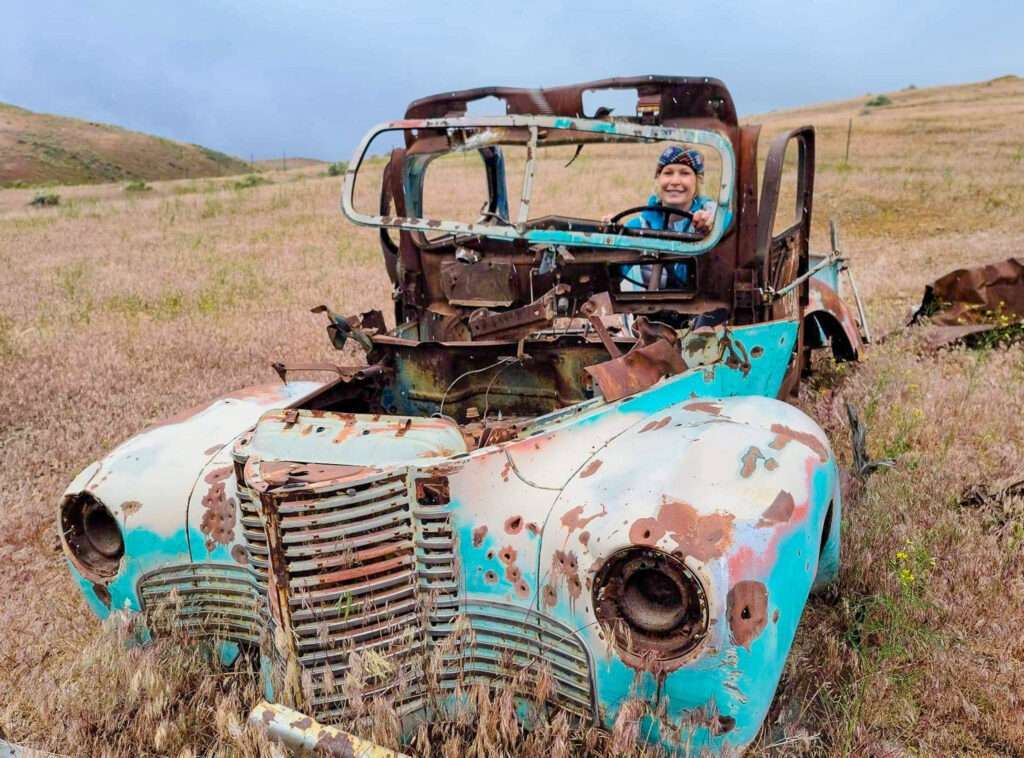
I had more fun playing with this cool old truck. After Humboldt City, I wasn’t going to miss another photo opportunity. Some say it is the 1947-1949 International KB series “light line.”
Jumbo Mine
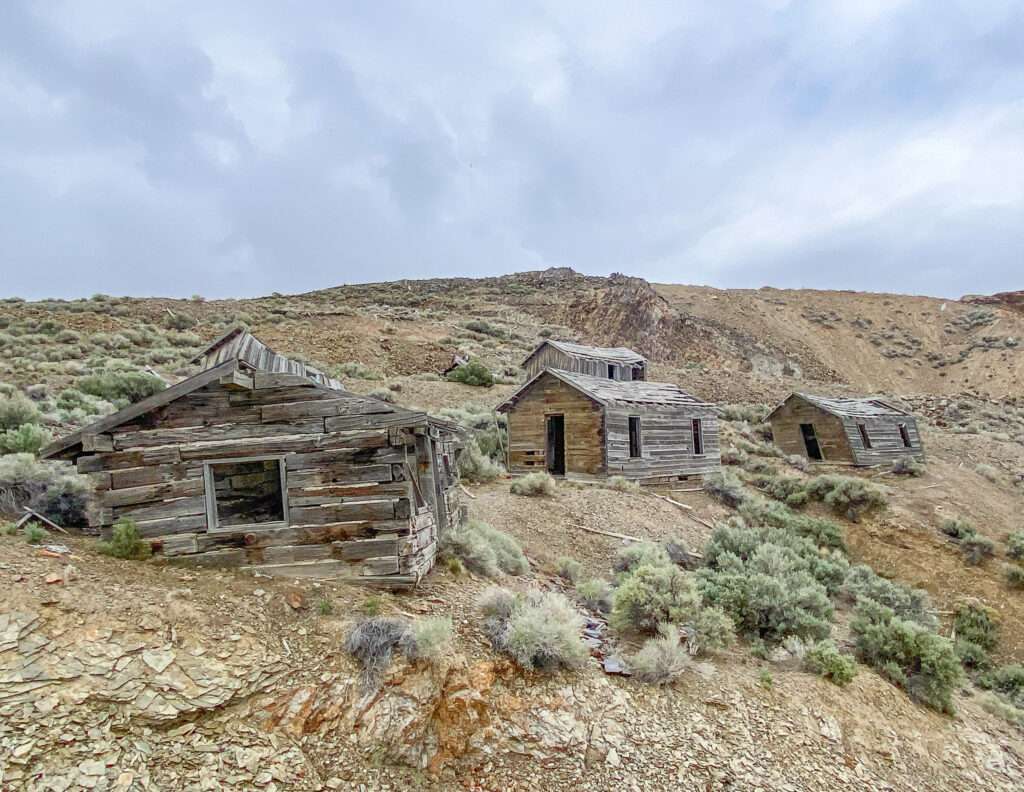
What can I say but wow! Jumbo was the highlight of the trip. It was still super cold and crazy windy, so sadly, we couldn’t fly the drones. Thank you, Hubby, for the parka I keep in the Jeep; it made Jumbo semi-tolerable without turning me into a frozen popsicle.
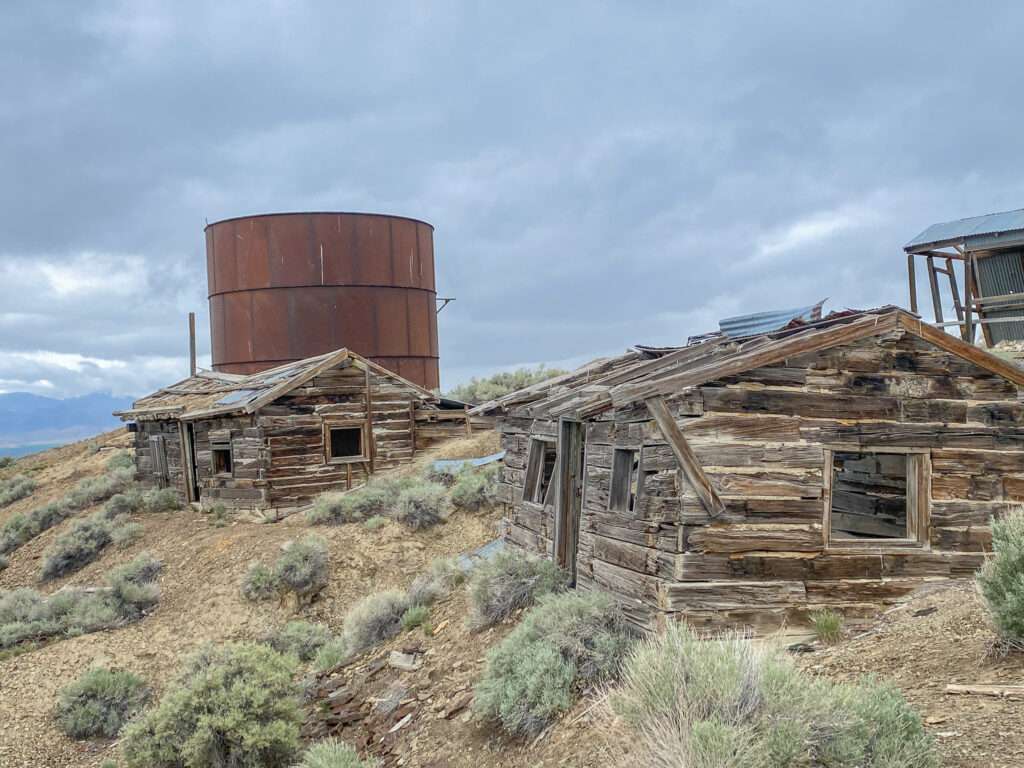
It is so windy at Jumbo; the winds have moved the buildings. Austin and I tried to prop them up, but it didn’t help much.
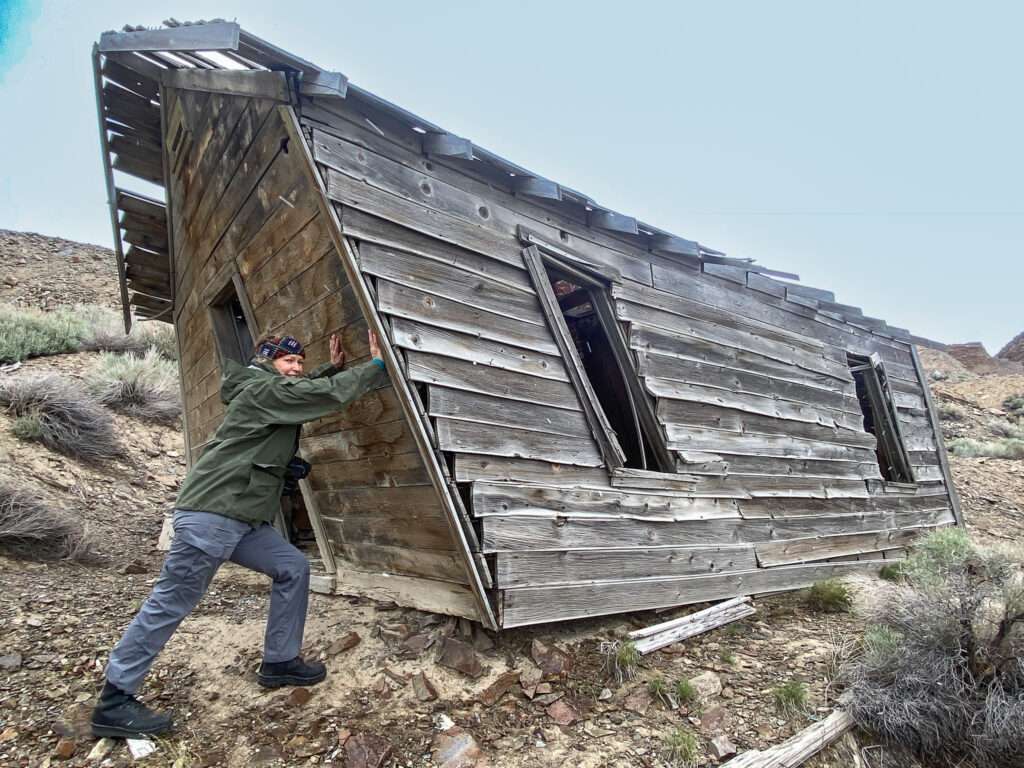
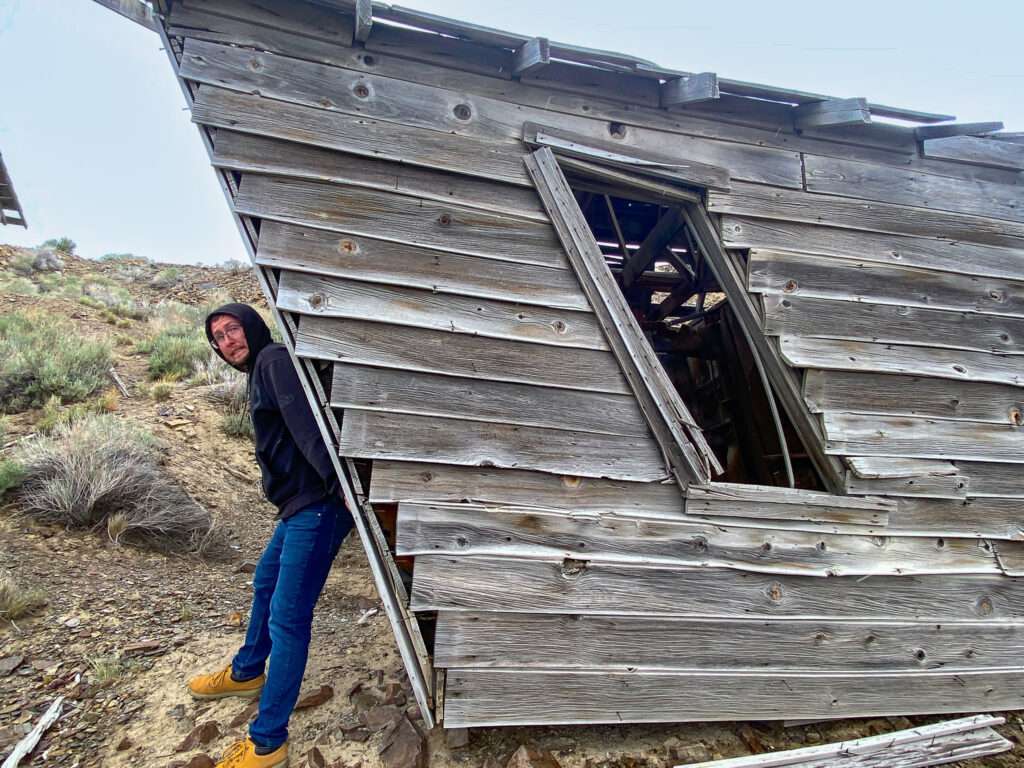
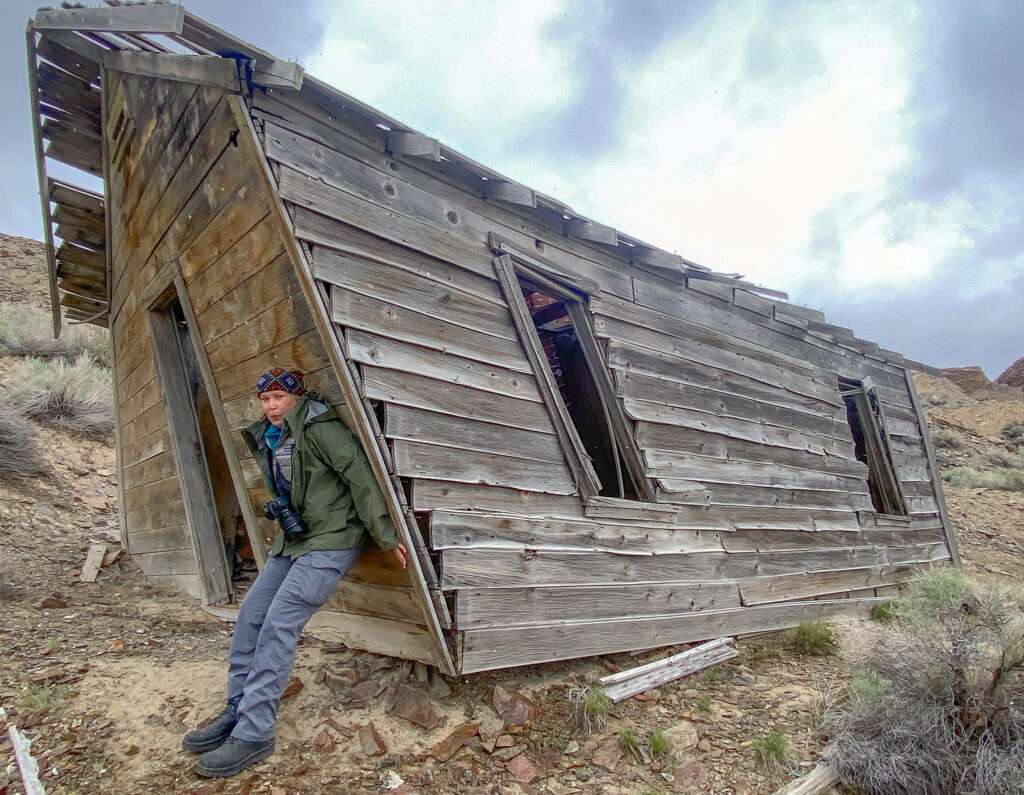
The interior of the cabins was interesting, especially the wallpaper and the progression over time. One house had a wallpaper of elephants and flower-filled vases; why not? It was replaced with blue plaid cherries.
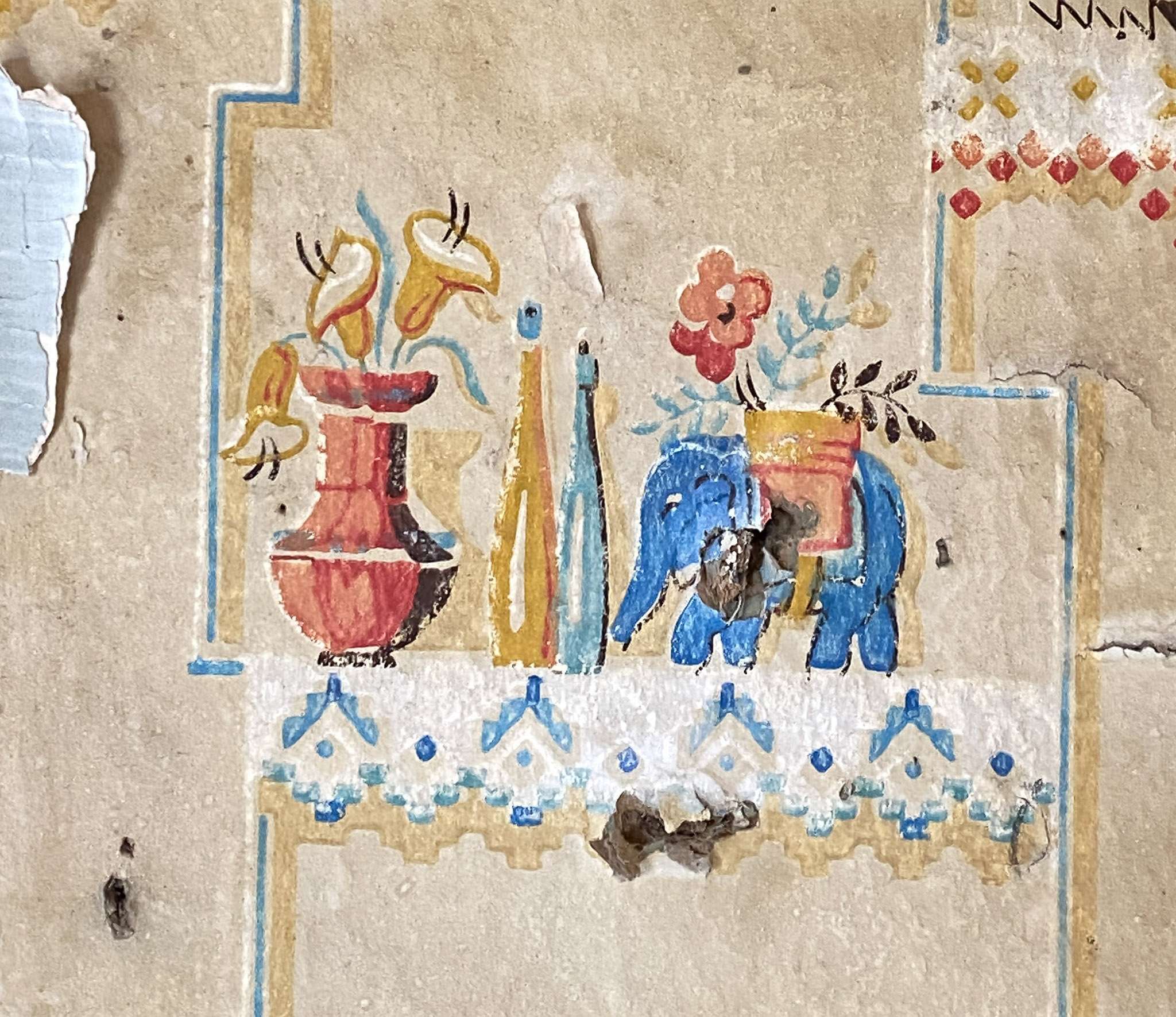
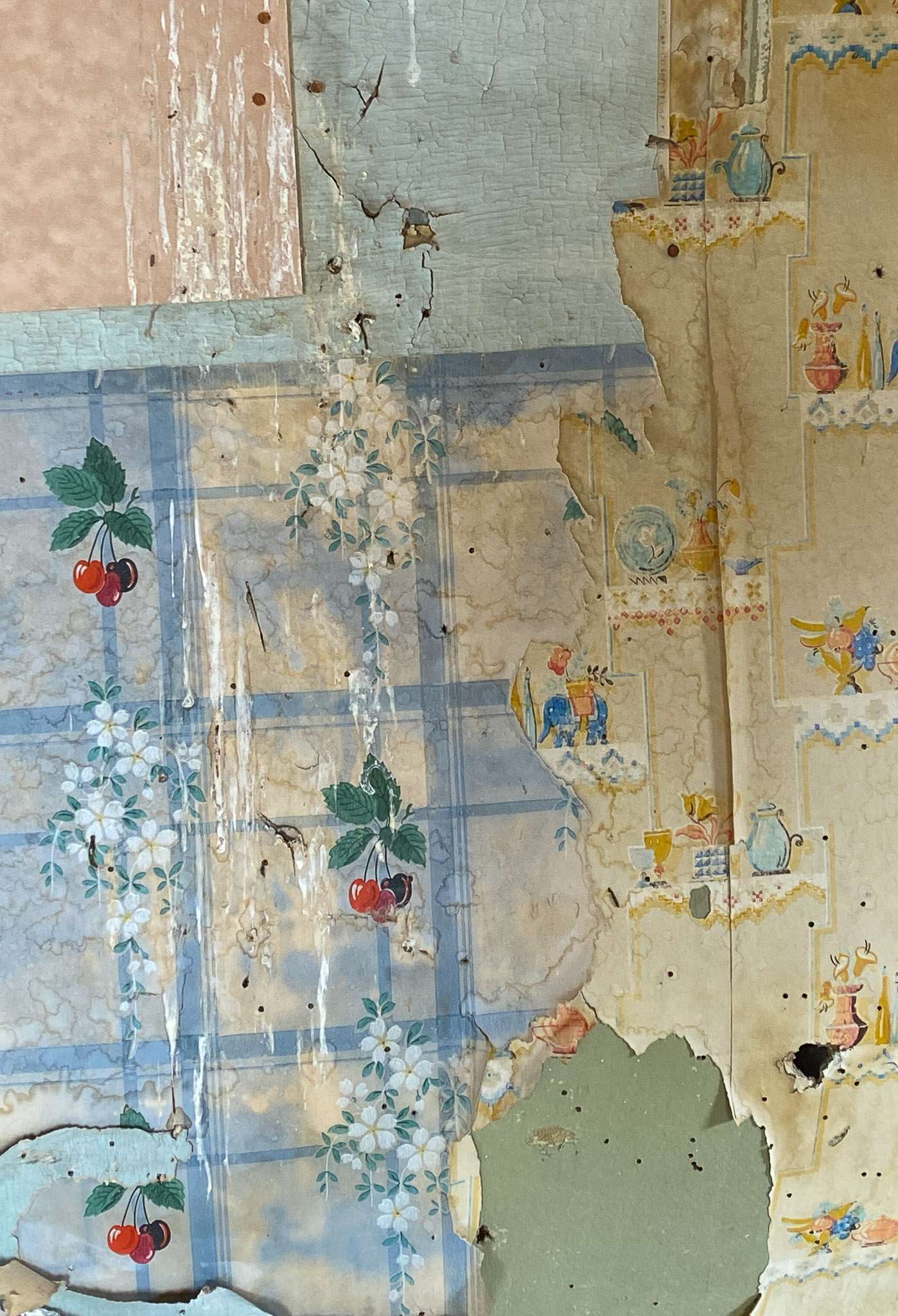
Jumbo revived the area after Awakening declined. Deposits were discovered in 1935, and soon the mine had a 30-ton mill. Following development and lawsuits, ownership changed hands. Jumbo was active until 1941, when mines were closed to help the war effort. Unlike many Nevada mines, Jumbo was revived following the war and worked until 1951.
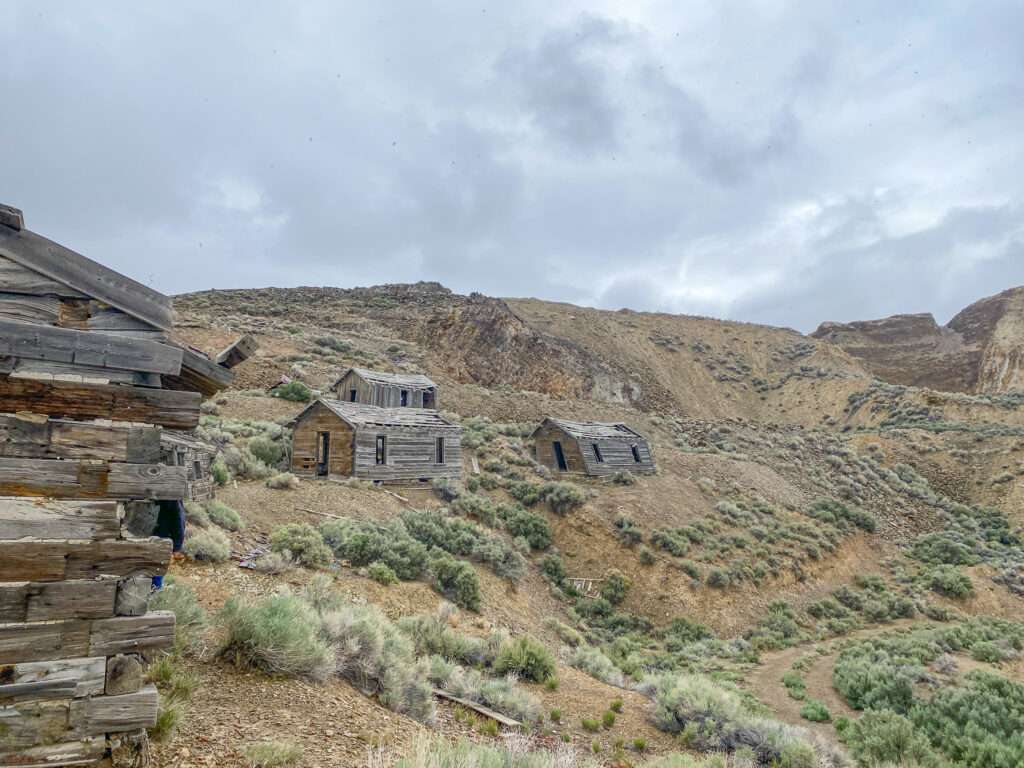
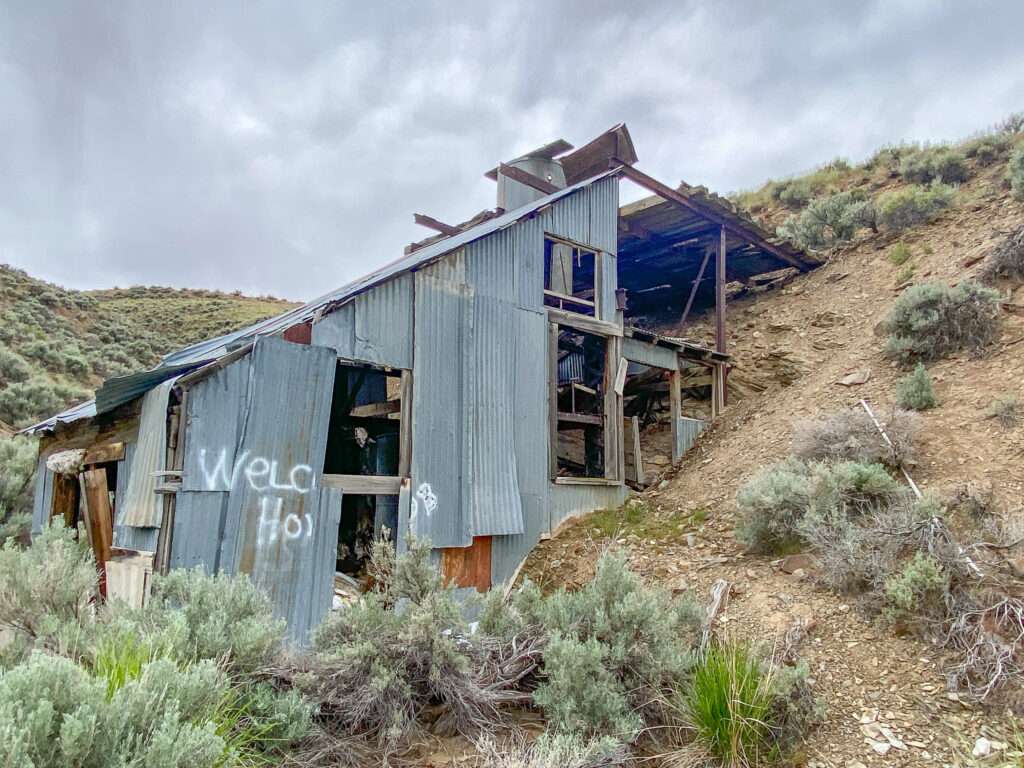
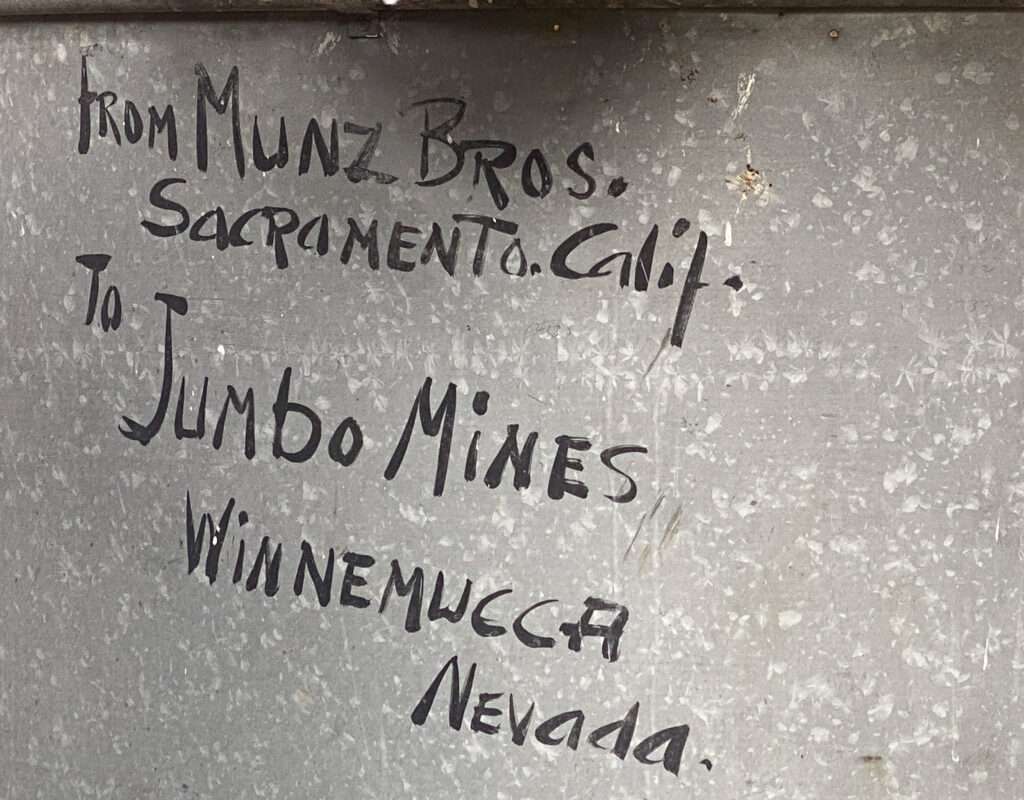
Sod House
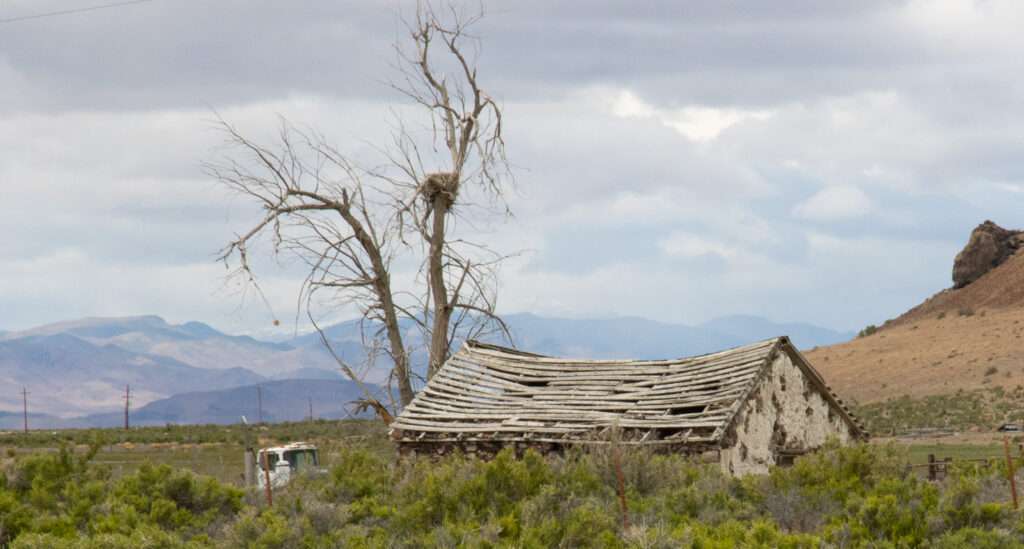
Sod House was built of… sod, of course! Its origin is uncertain; I wonder if it was a station house. Sod House became part of the ranch in the 1880s.
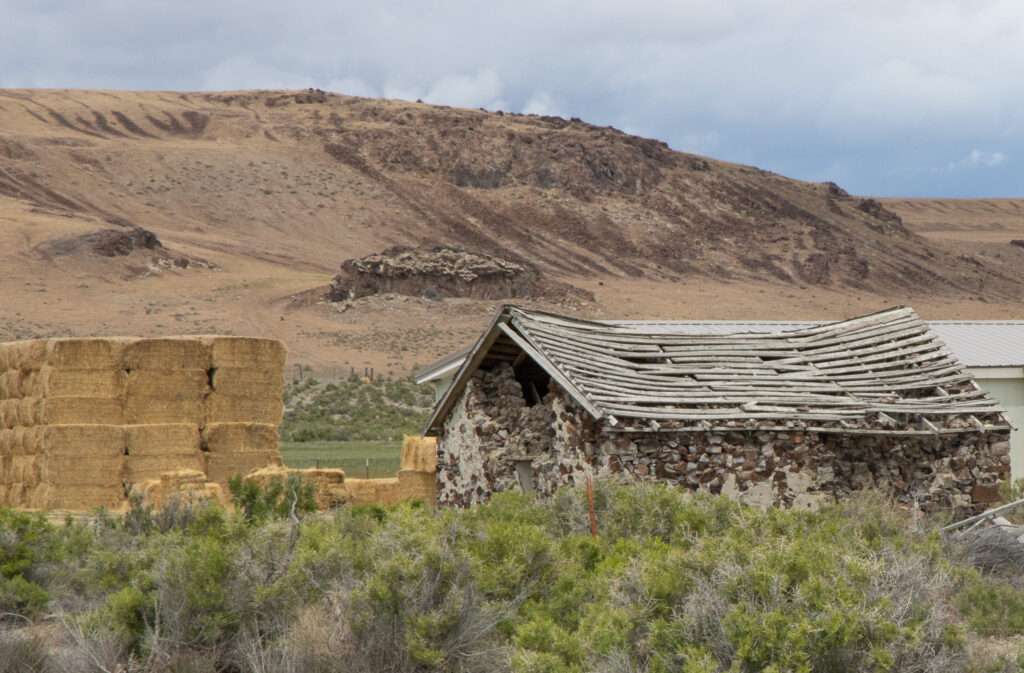
I was able to get a few shots from the fence line.
Denio
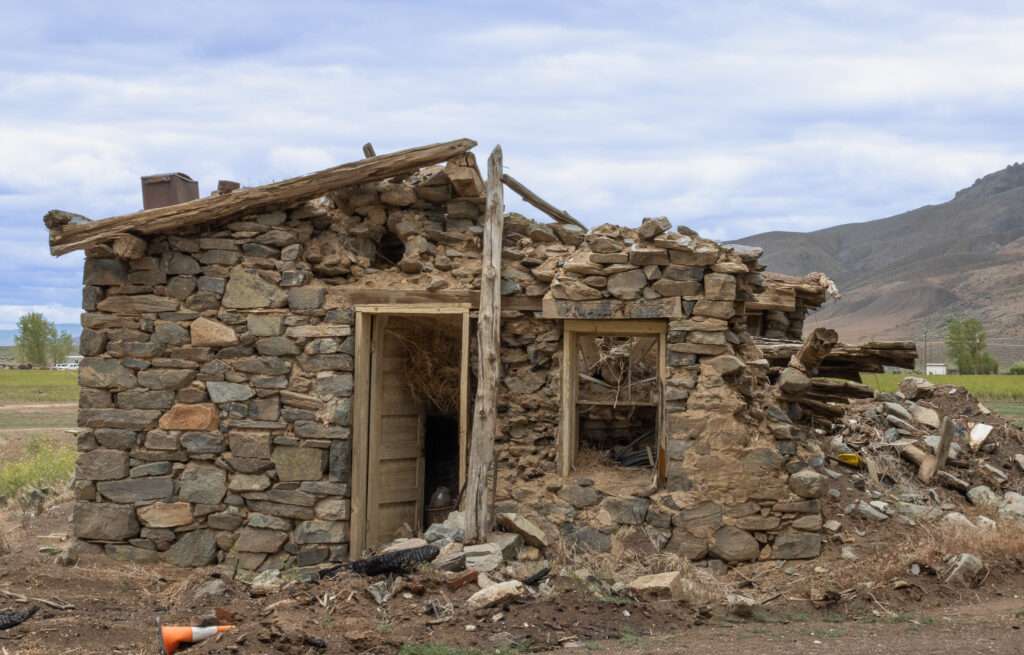
We were only a mere fifty miles from Denio, which neither of us had visited, so why not add it to our trip?
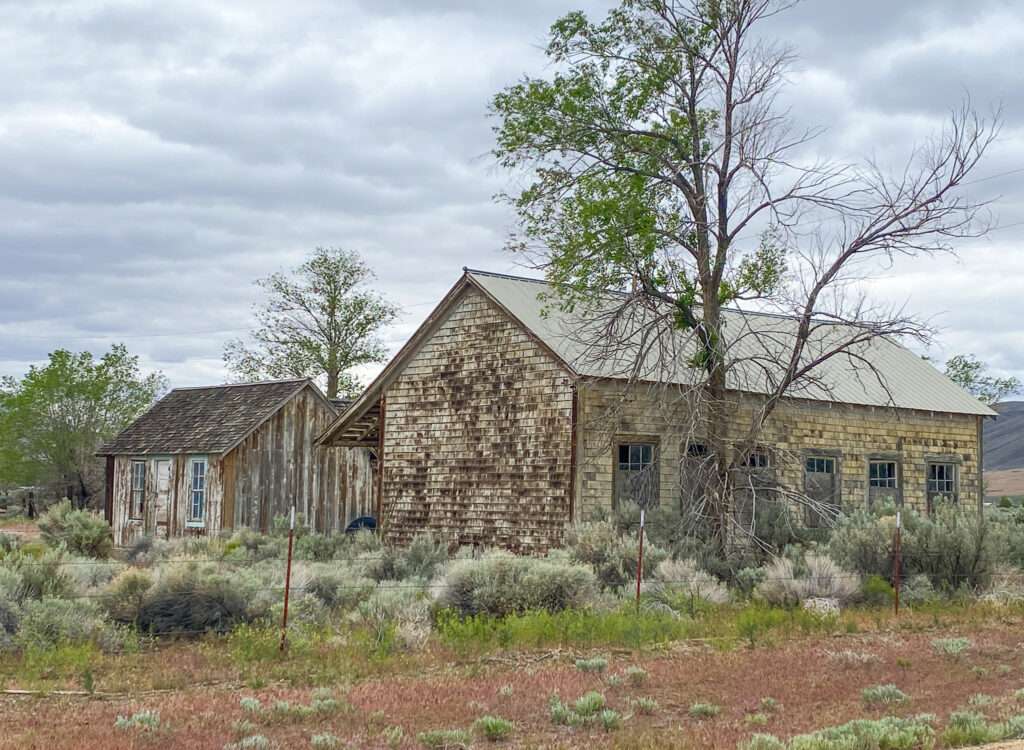
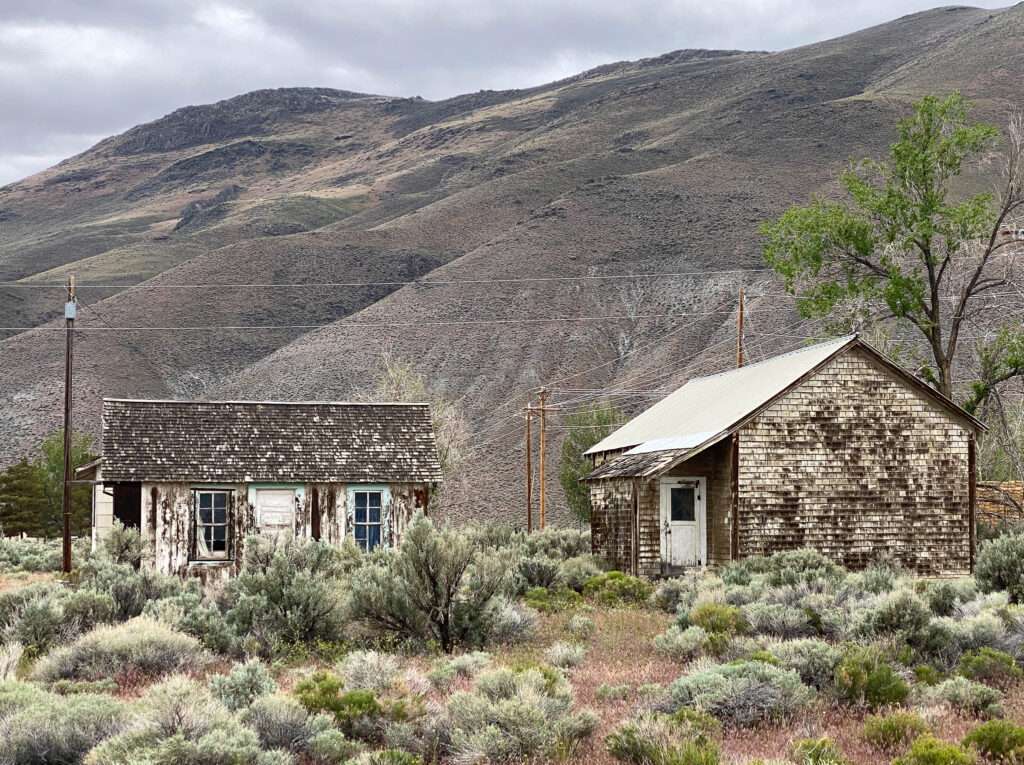
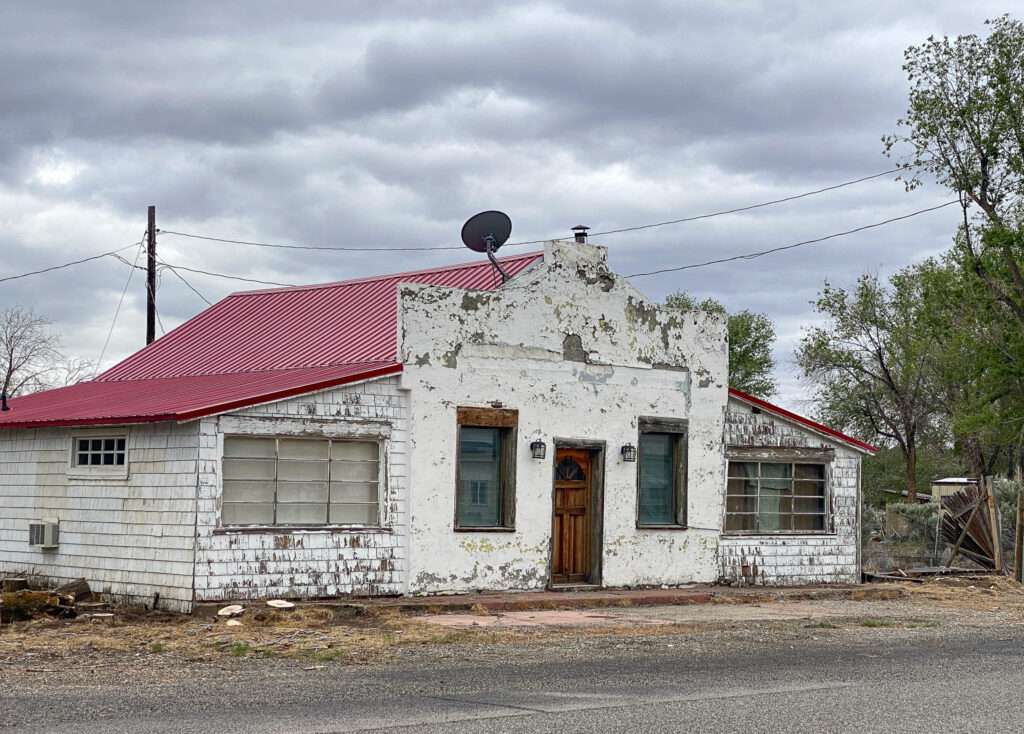
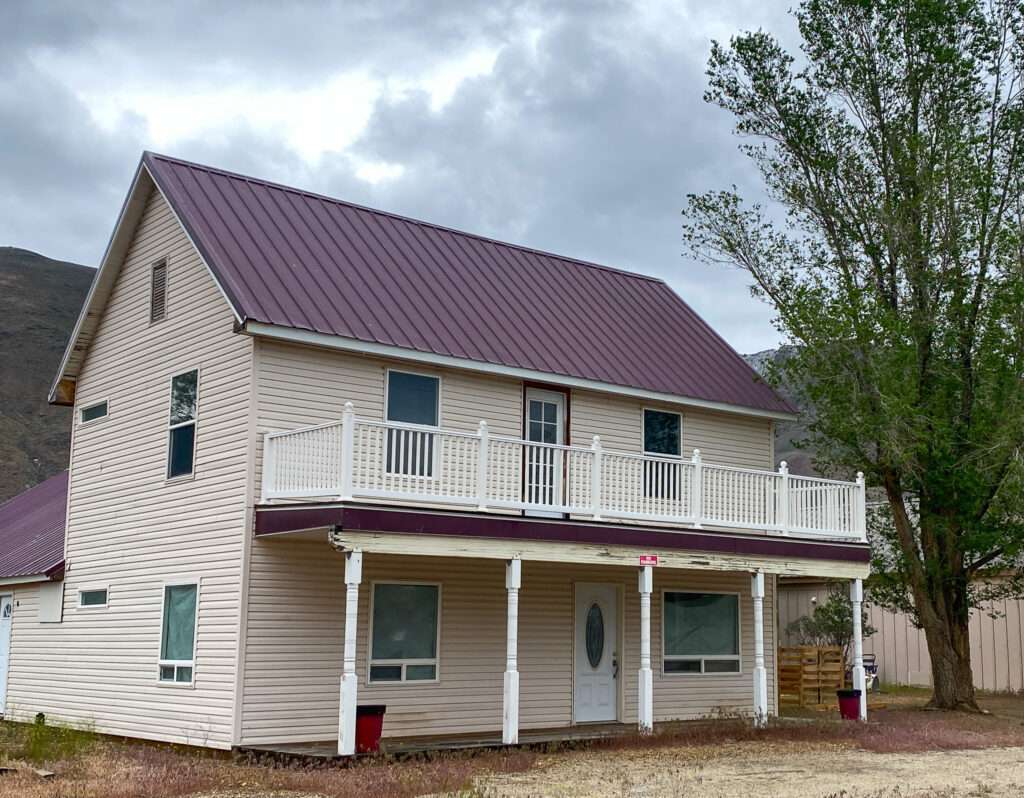
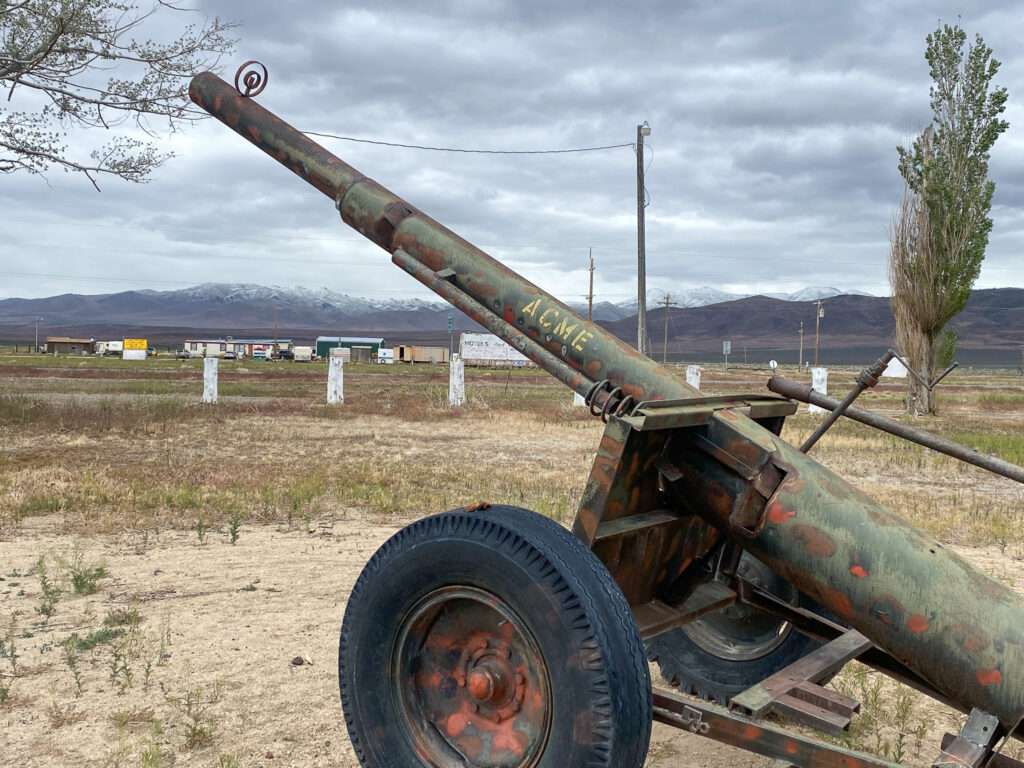
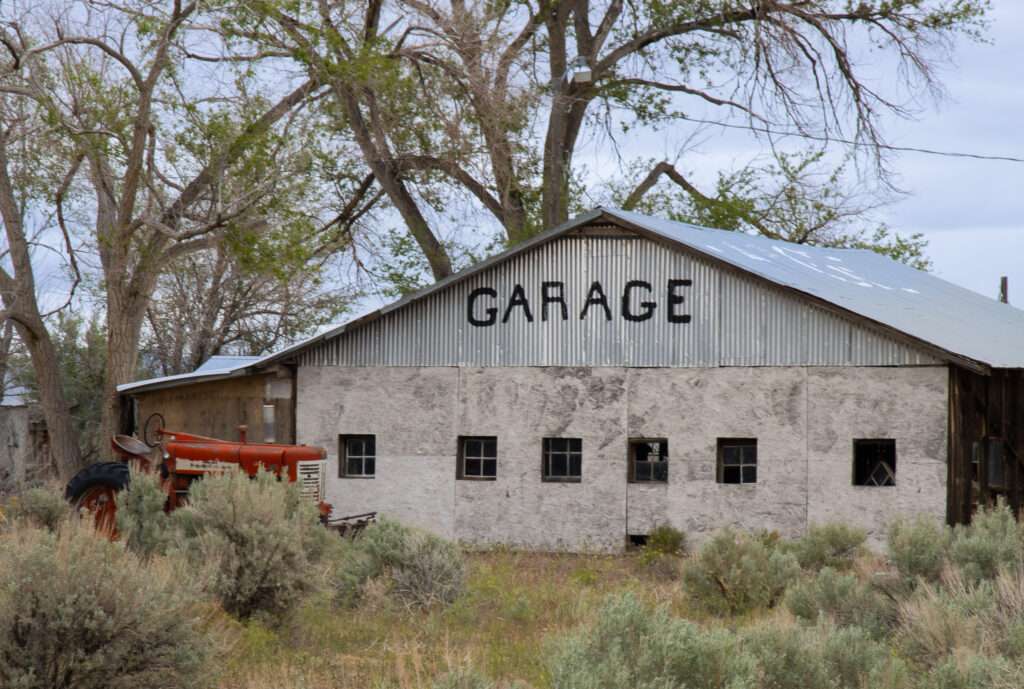
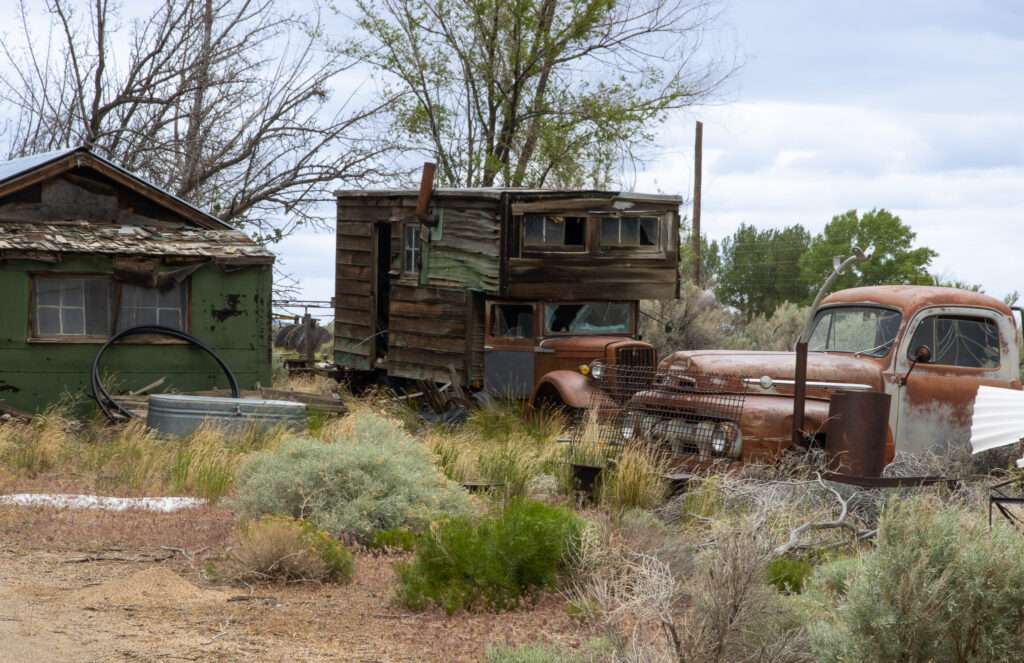
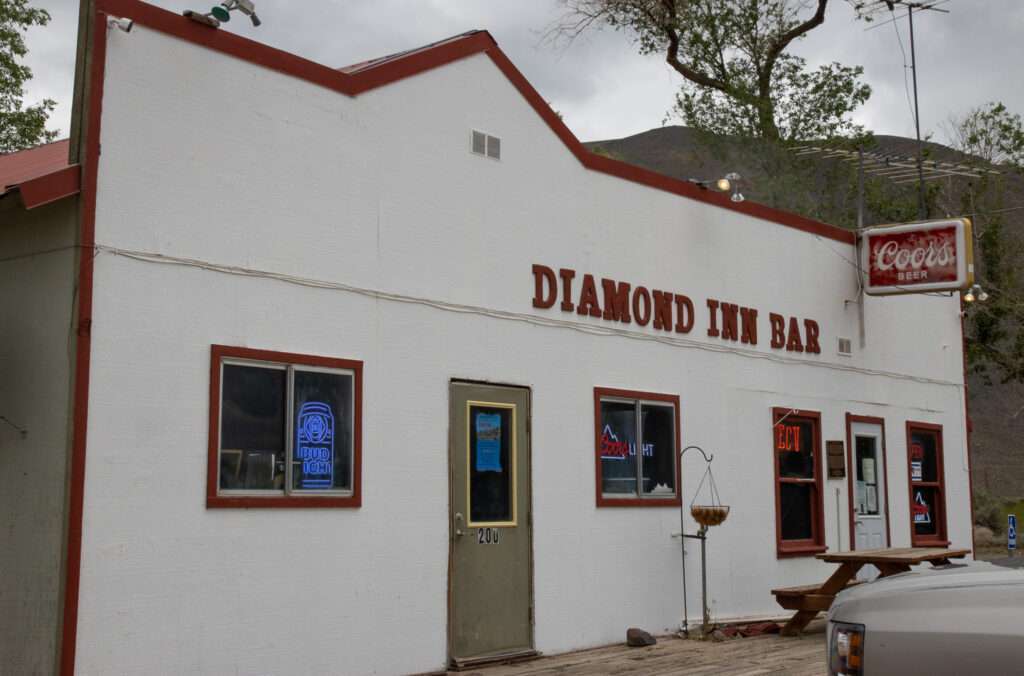
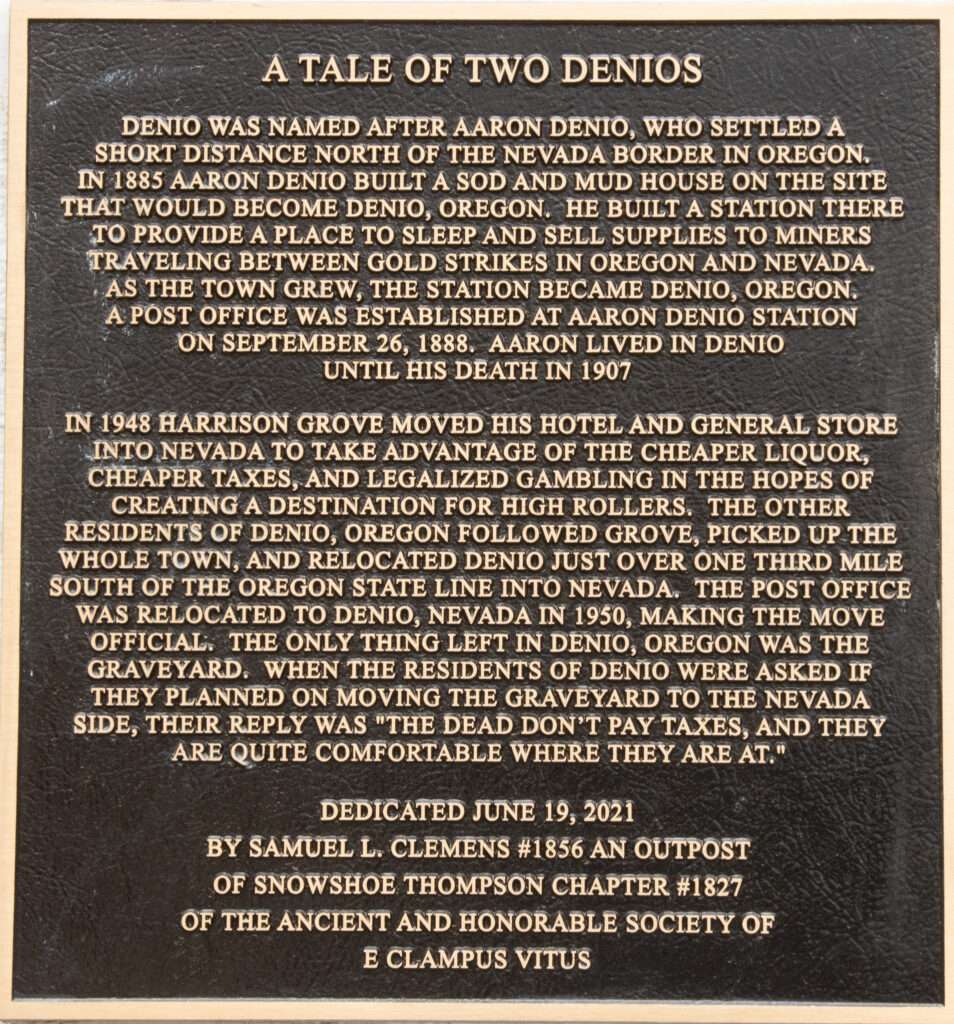
Denio is in Nevada, barely. Denio was settled in 1885 by Aaron Denio. The post office opened in 1888 but was in Oregon. Following WWII, much of the town was relocated over the Nevada border to enjoy Nevada’s lack of income taxes and liberal laws relating to liquor, gambling, and prostitution.
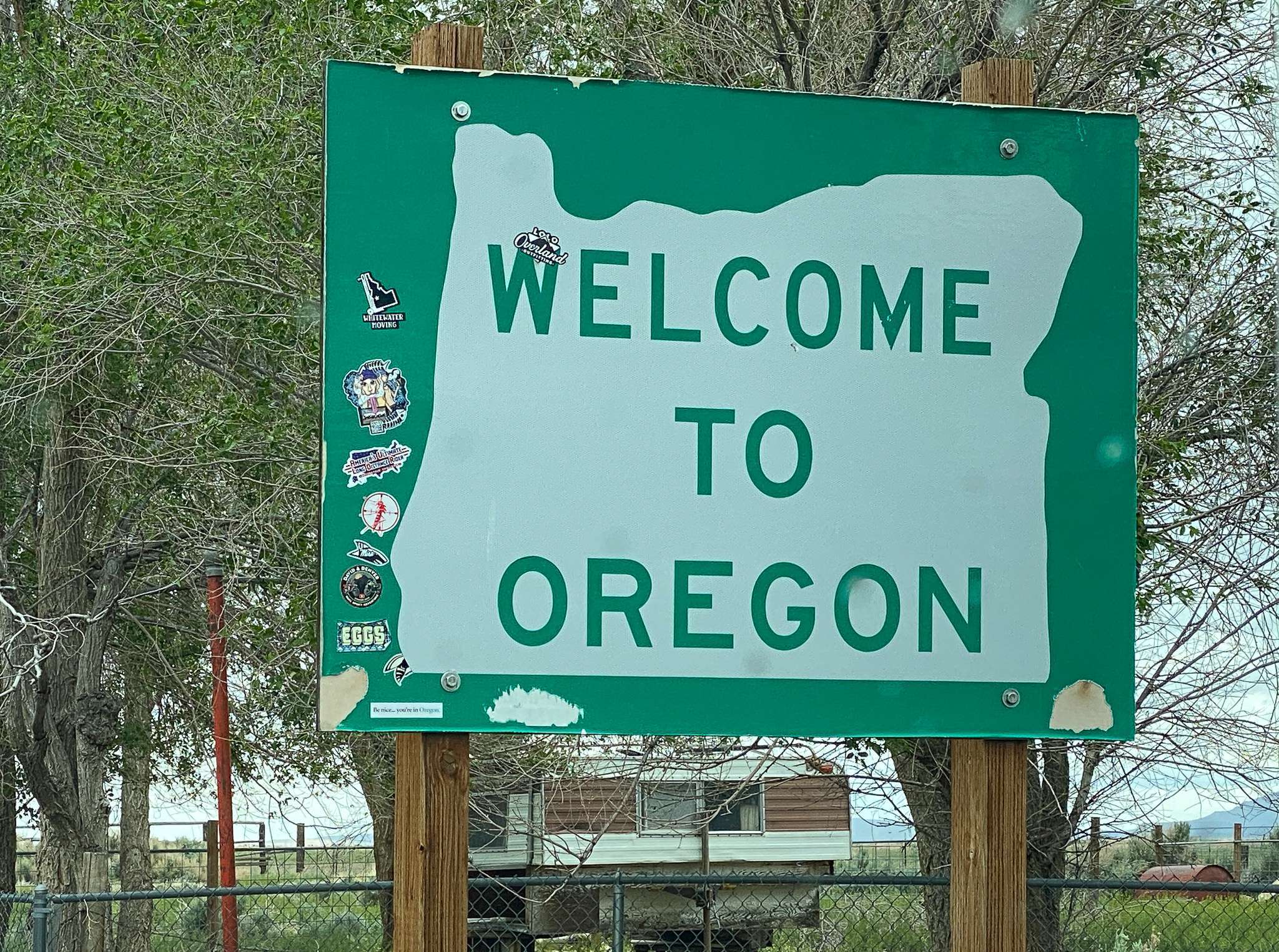
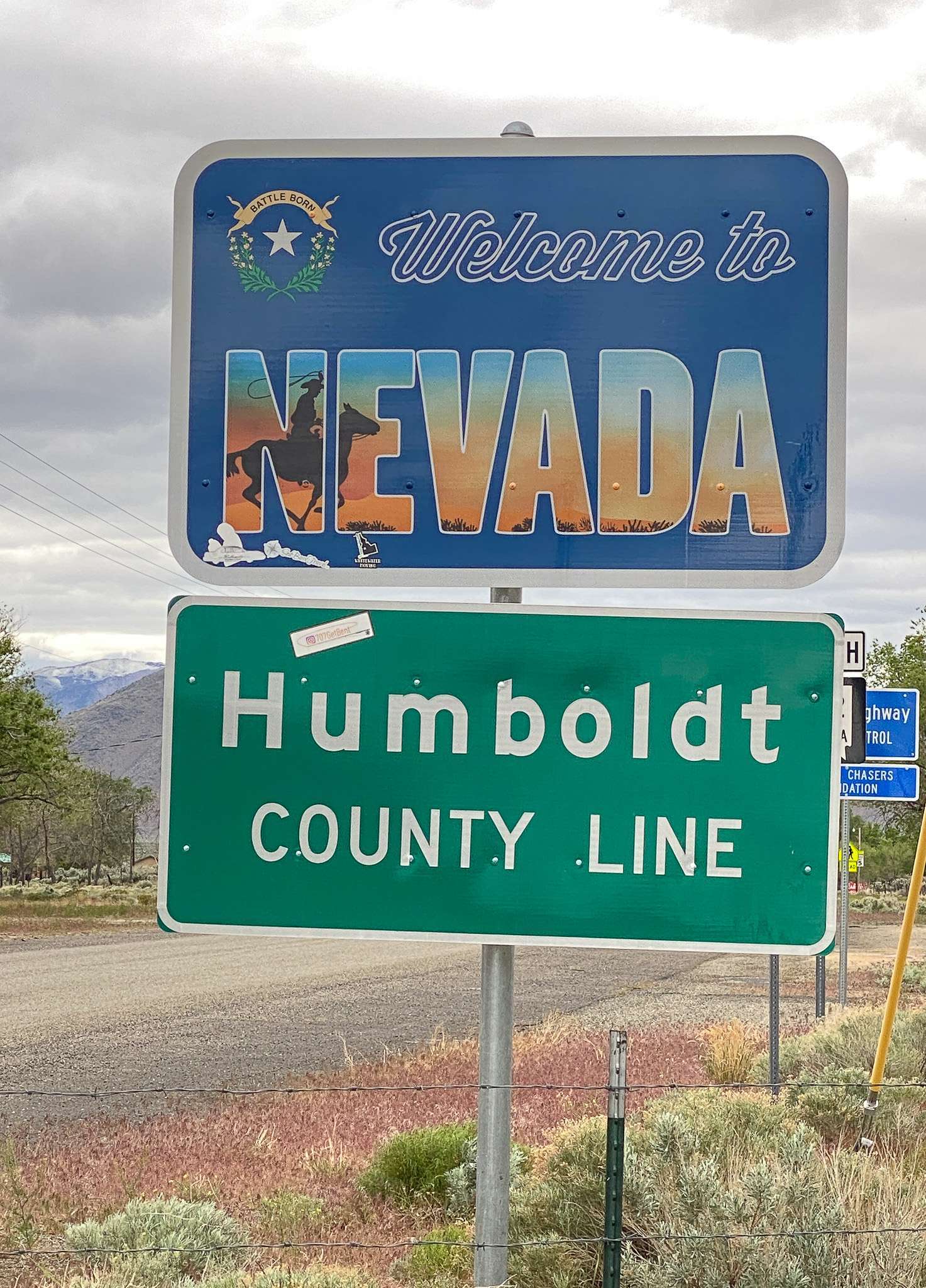
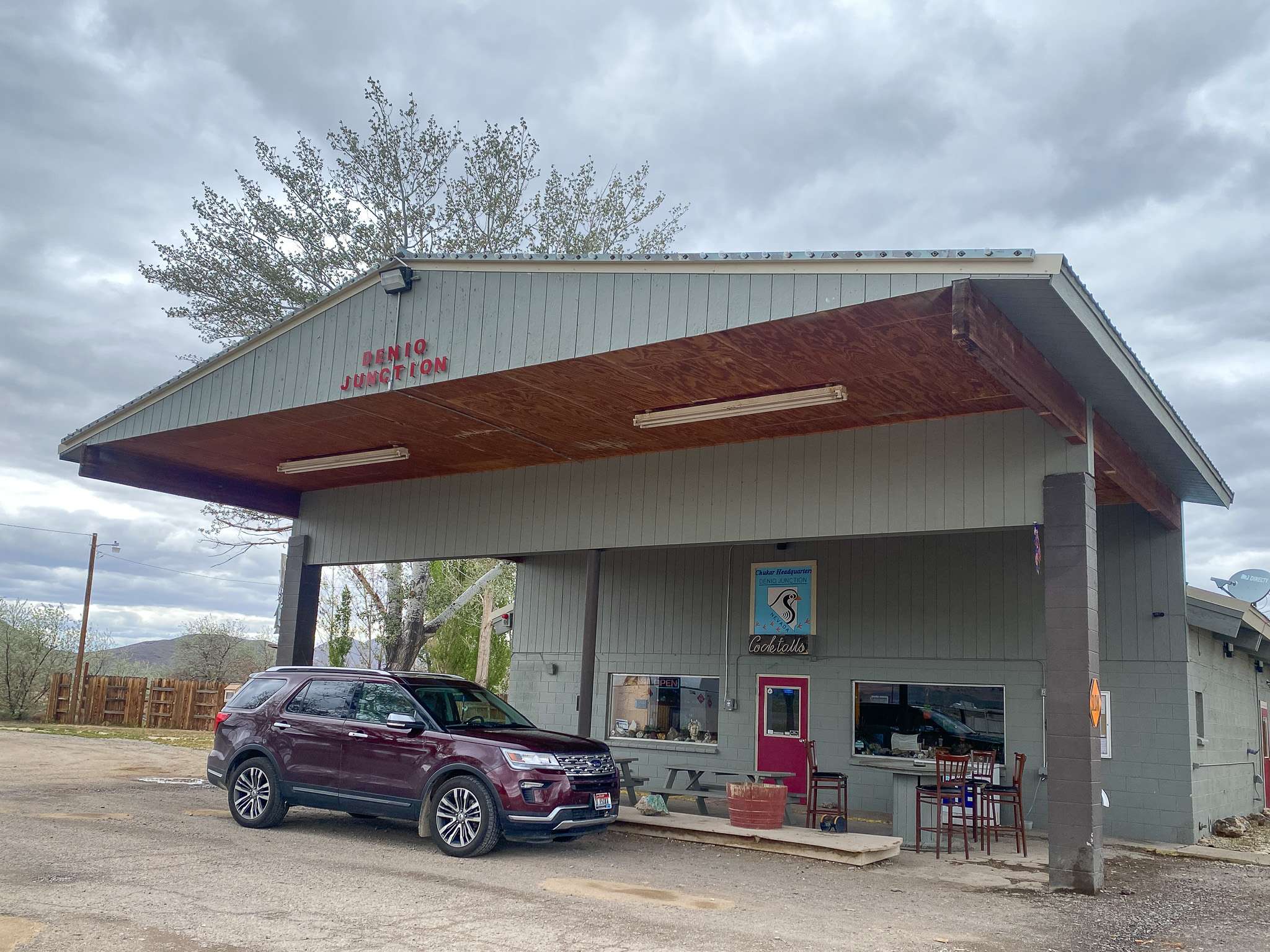

We enjoyed a hot meal at the Denio Junction Restaurant and Bar. It recently changed hands and had a limited selection of food. Don’t worry; the owners said they were working on a liquor license.
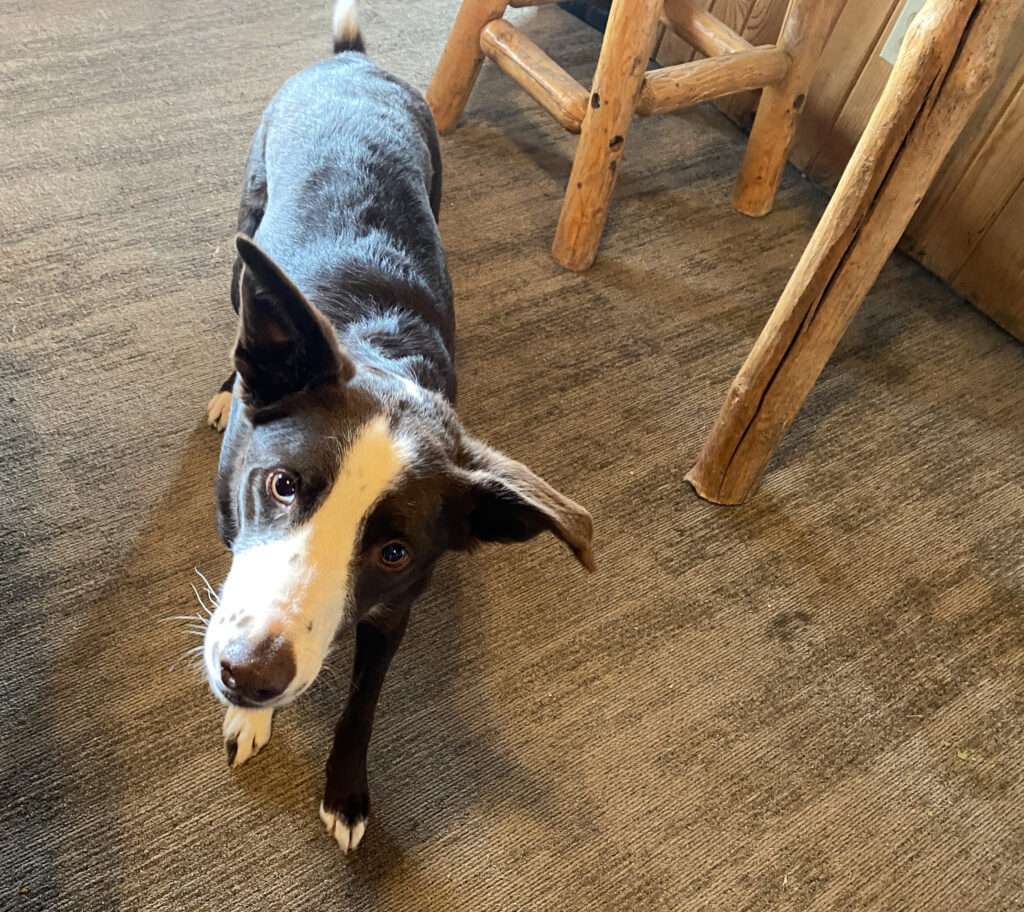
Dogs know I’m a sucker. I enjoyed most of my time playing with this super sweet pup who loved laser pointers. If I stopped playing, he would nose me in the rear, asking for more playtime. I would have taken him home in a heartbeat.
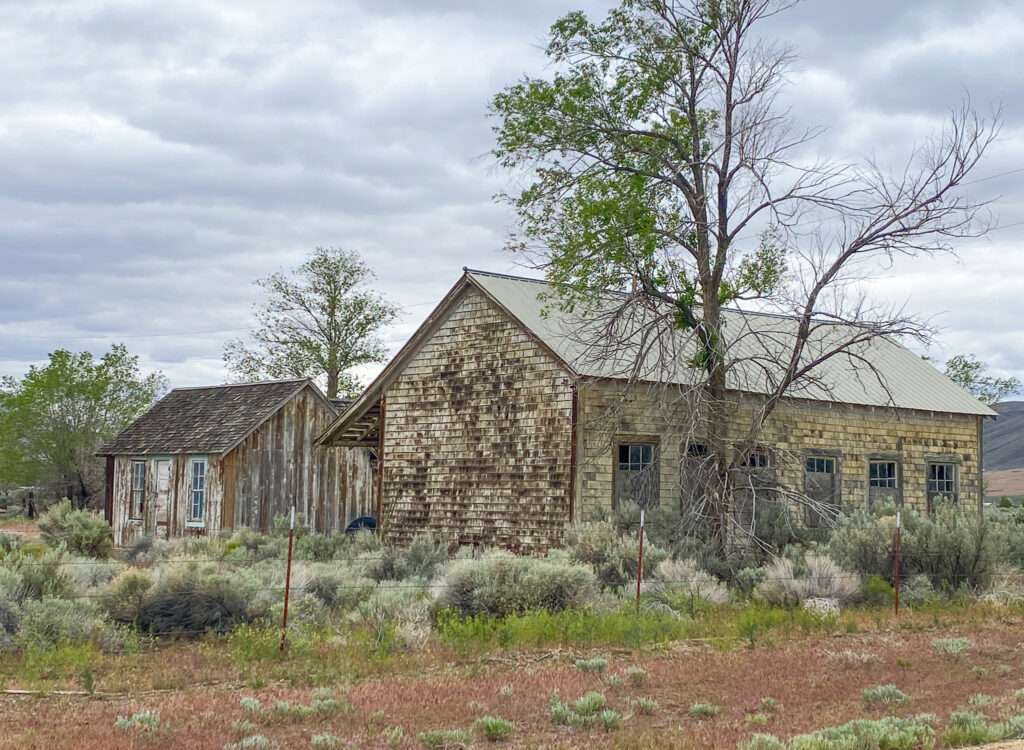
Quinn River CCC Camp
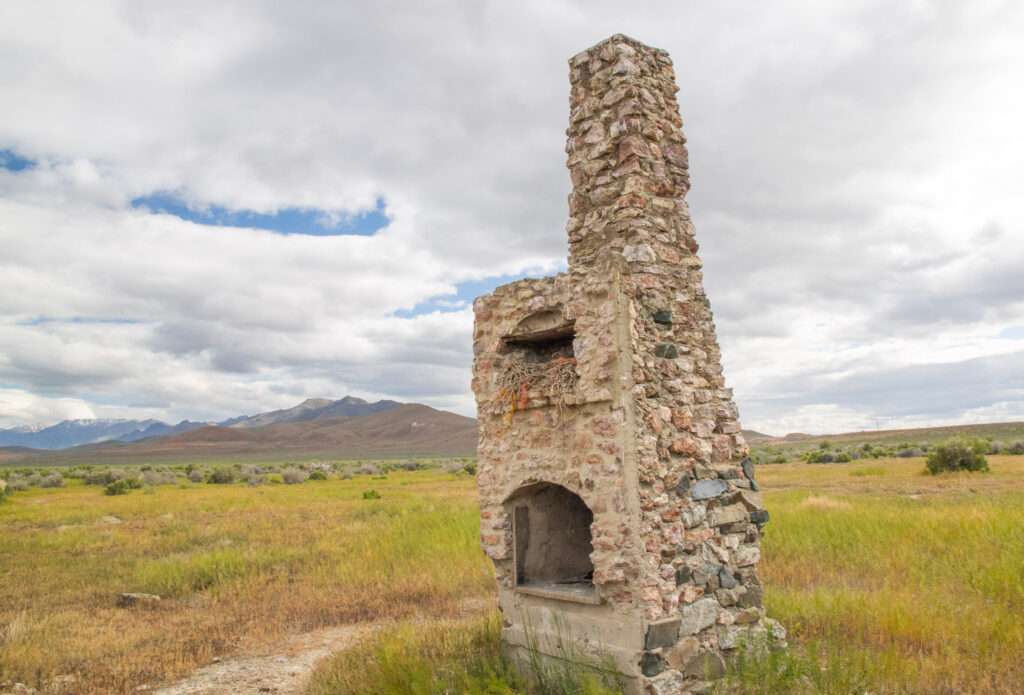
We took a small side trip through Quinn River when heading back to Winnemucca from Denio. We stumbled across ruins in a field that turned out to be a 1930s CCC Camp.
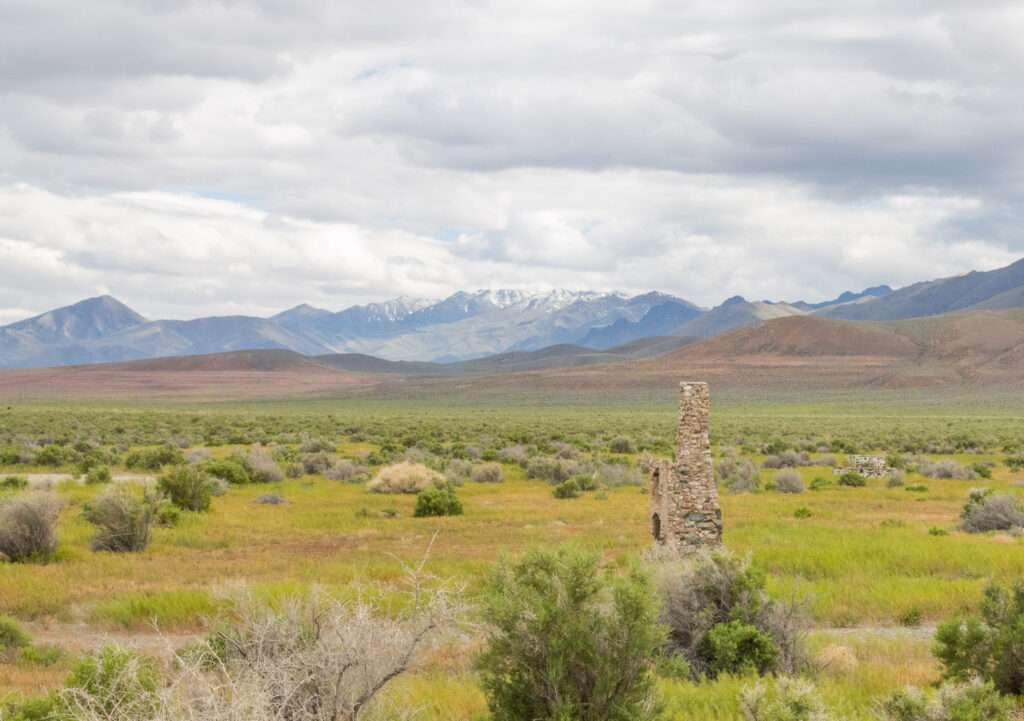
I loved the Quinn River CCC Camp. The CCC has a special place in my heart as my grandfather served in it before enlisting in the U.S. Navy following Pearl Harbor.
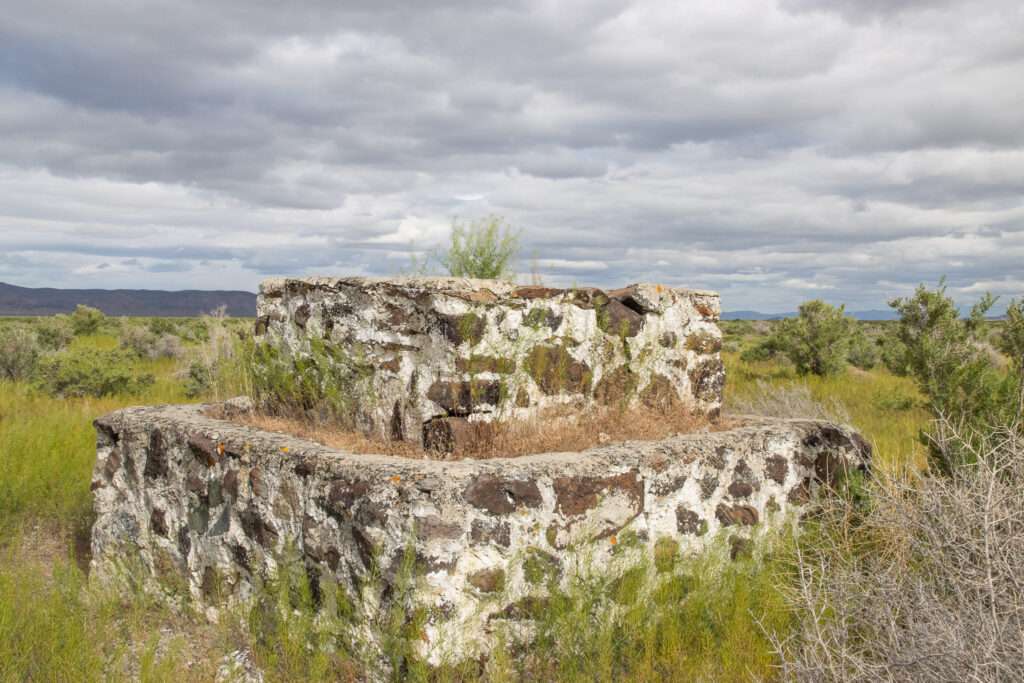
The Civilian Conservation Corps (CCC) was a voluntary work relief program from 1933 to 1942 to address unemployment during the Great Depression. Unemployed and unmarried men ages 18–28 could participate. The program focused on manual labor jobs relating to conserving and developing state and federal lands. Men were paid $30 a month, along with food, shelter, and clothing. They were required to send home $25 per month of their pay.
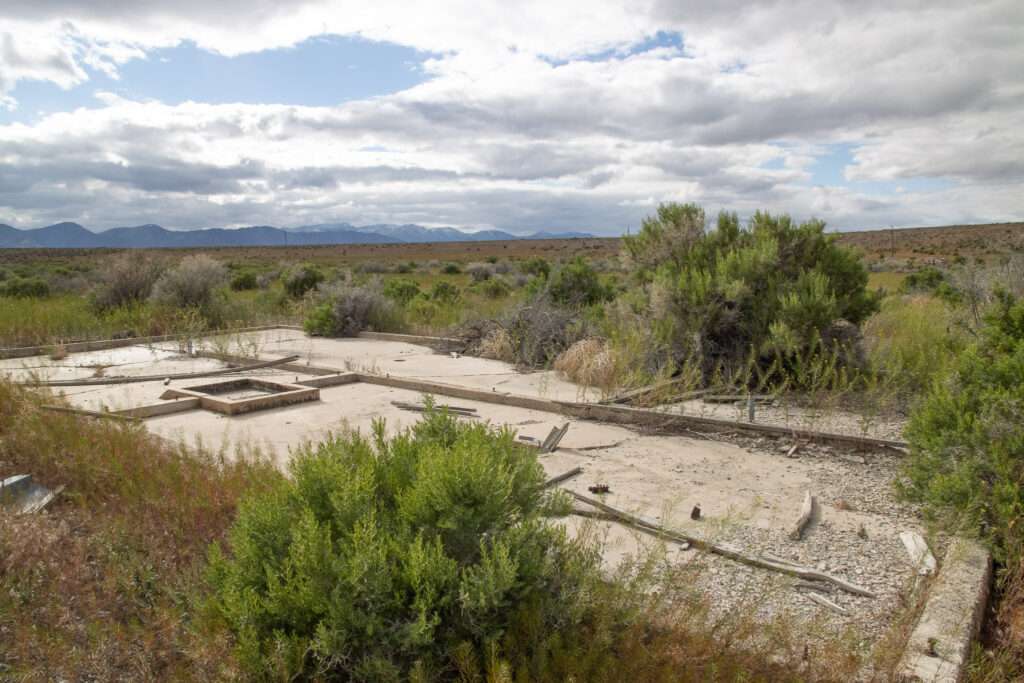
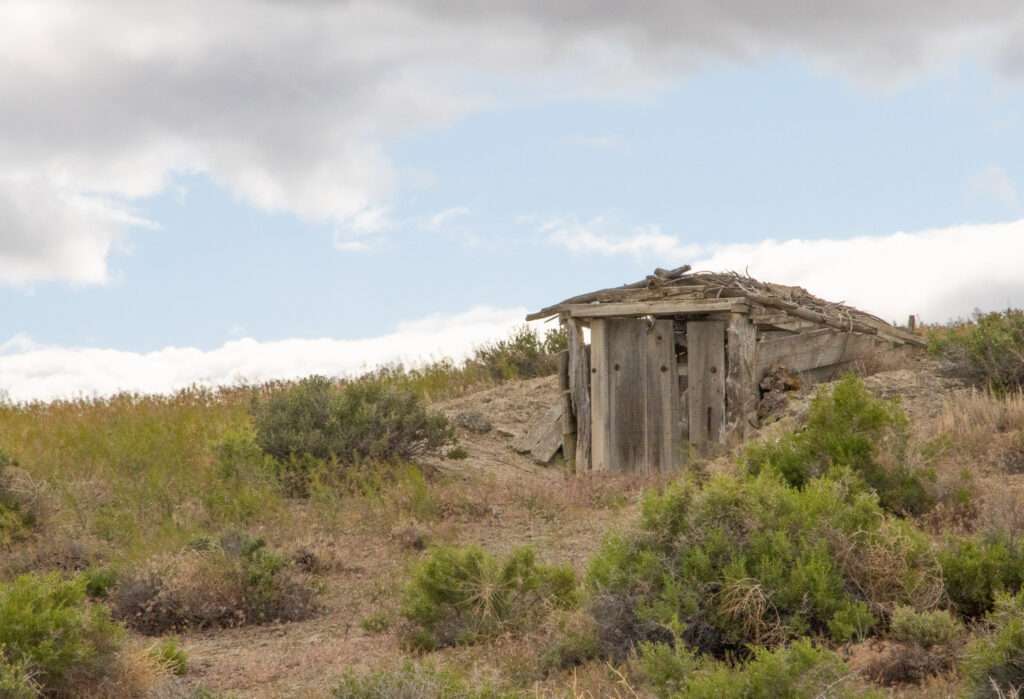

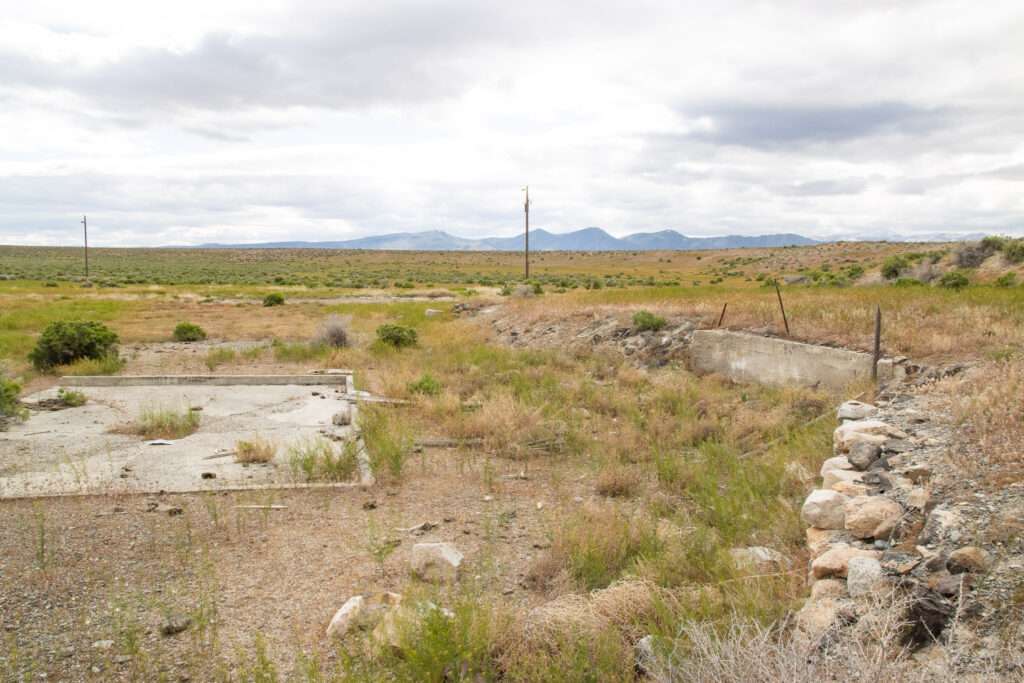
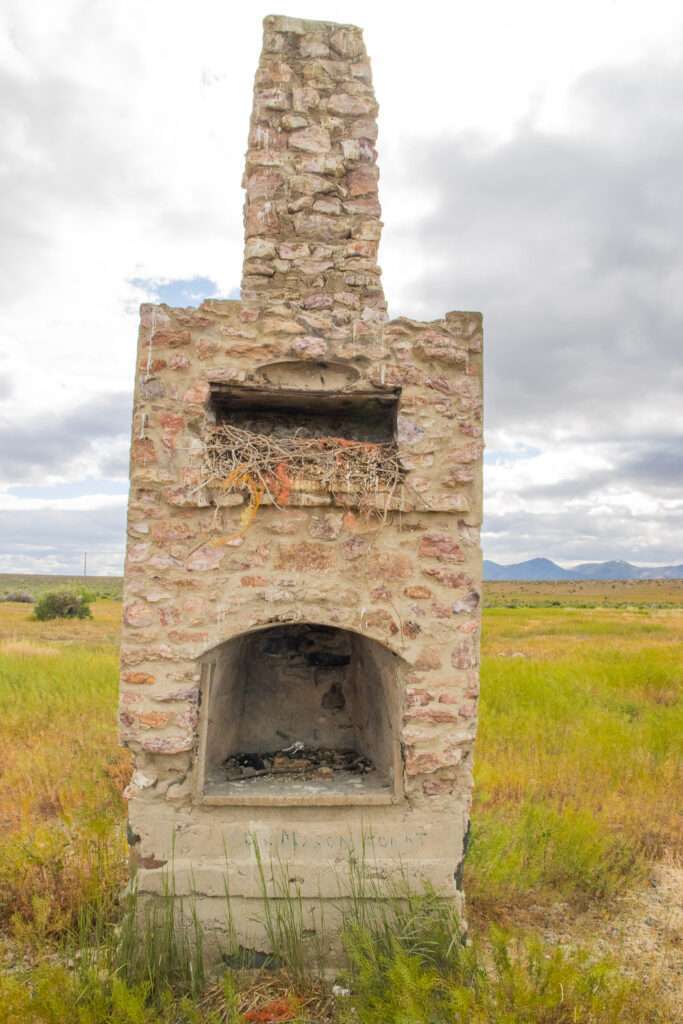
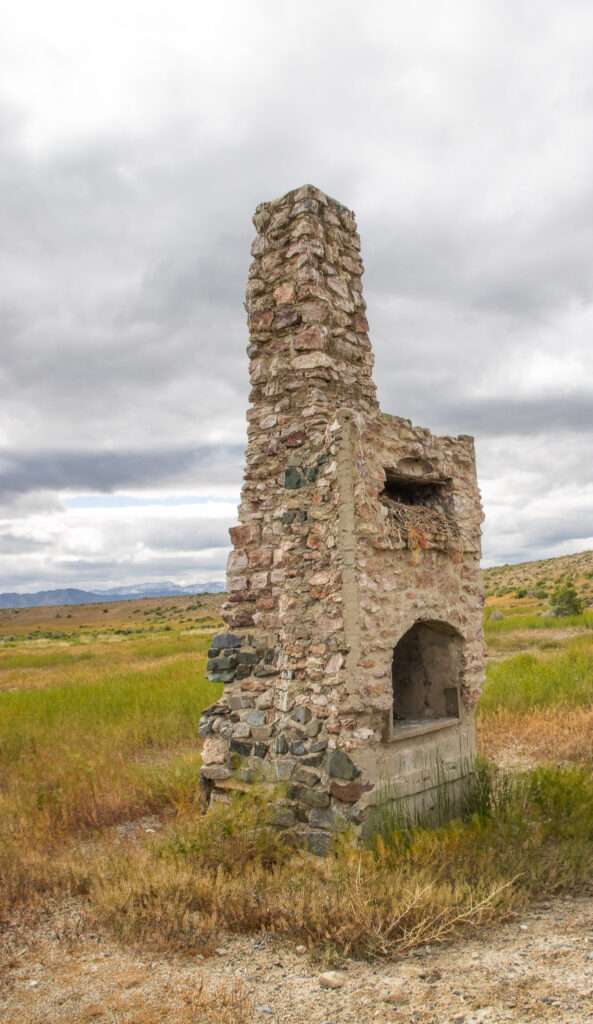
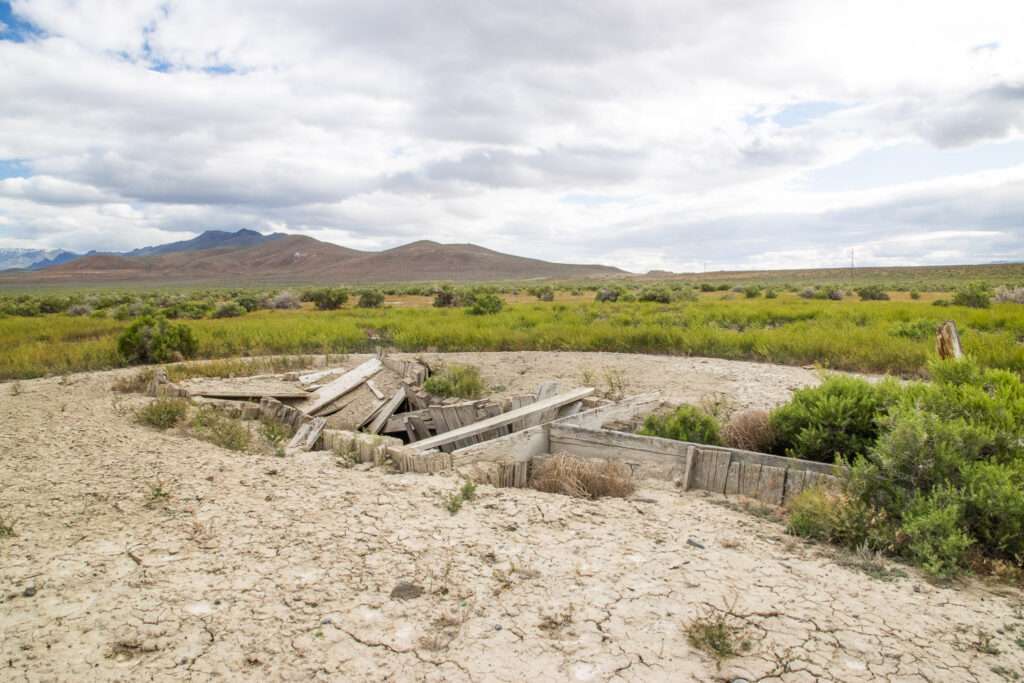

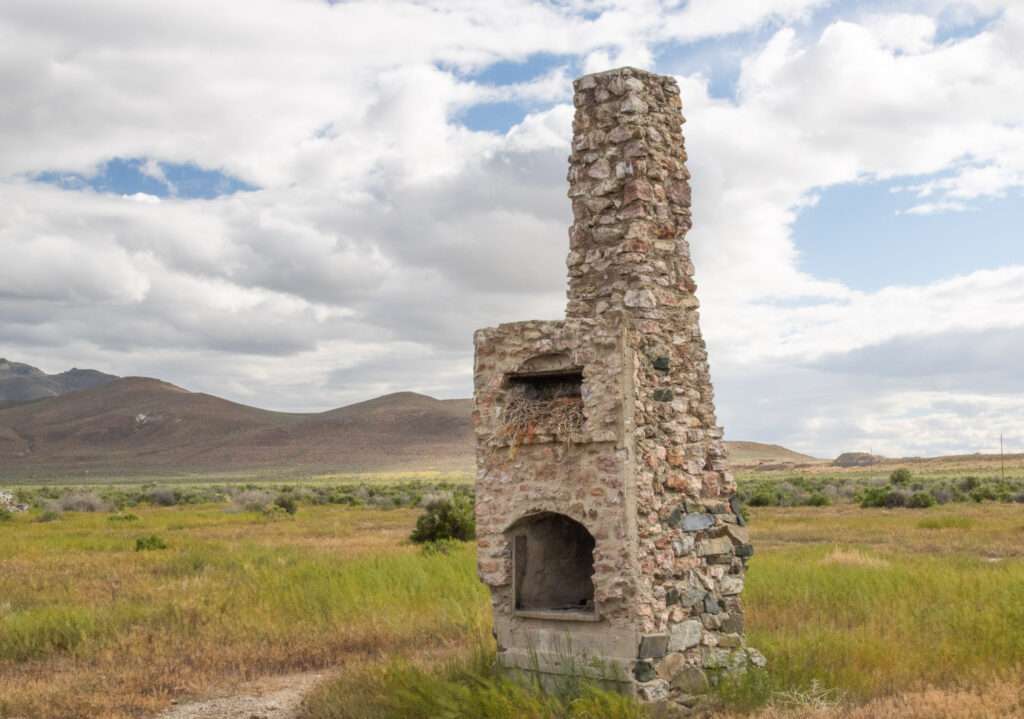
The CCC completed various projects: roads, bridges, erosion control, forest, and range management. In Northern Nevada, they constructed outhouses, including one on our ranch.
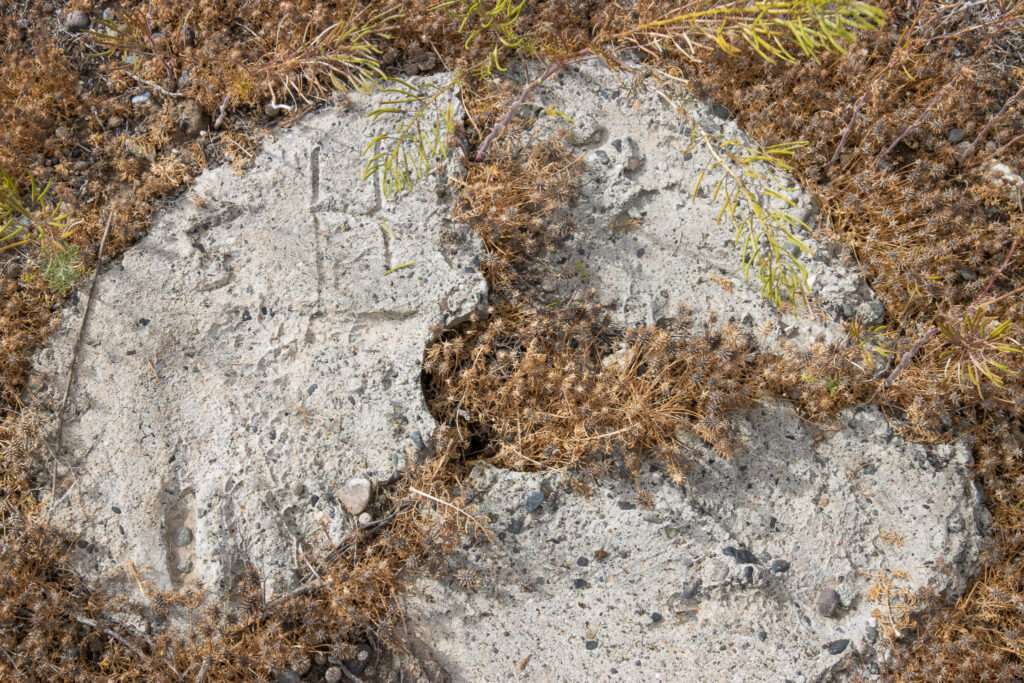
Flagpole

One of the remaining structures at Quinn River CCC camp was the flag pole base. It looked lonely without a flag. I carry U.S. Flags (made in the U.S., of course) to replace damaged or missing flags at the graves of soldiers. It is the wrong size, but I added a flag.
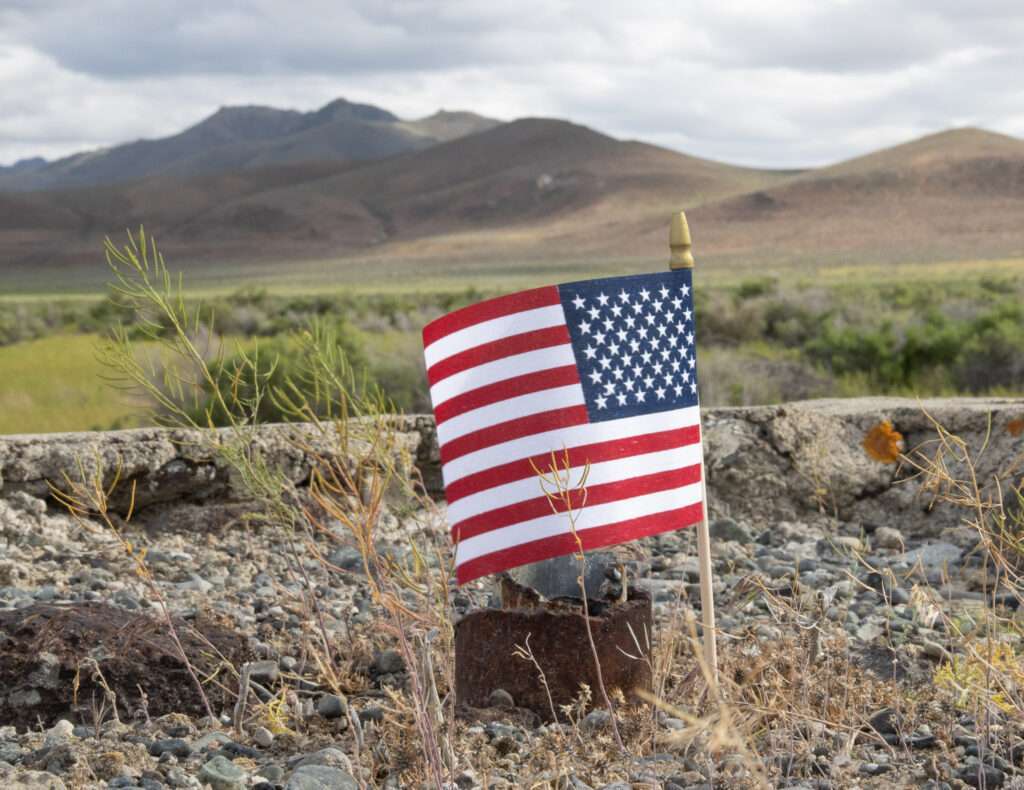
The bird that said what?????

As we started walking around the camp, a colossal blackbird flew off the fireplace. Visitors to the site are rare, and Birdie wasn’t happy with us. She kept screaming and flying around. I was starting to picture this as a new episode of The Birds.
Instead of “Caw” she was making another sound, “fuuuu.” After a few calls, it started sounding like a really rude word. The more I listened, the more it sounded like she was swearing at us. Finally, I asked Austin if he had heard what the bird said; he looked at me like I was crazy. Then she did it again, and we broke up laughing. I suspect Birdie had a nest in the chimney, so we moved away from the area. She is a good mom with a bad mouth!

Paradise Well
Austin was searching ghost towns between our drive from Denio back to Winnemucca. I’ll admit, I was cold and tired. He mentioned heading to McDermit. I imagine my glare was something a serial killer or someone serving life in maximum security would give or a look my kids give when I ask if they want to explore with me.
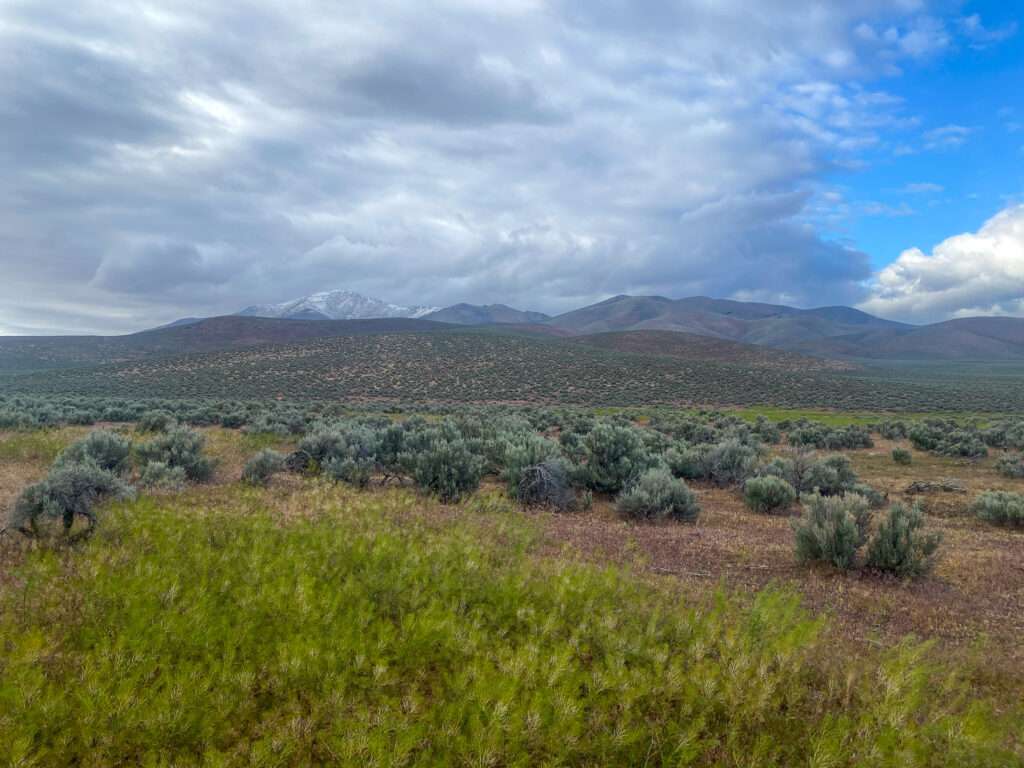
Austin convinced me to make one more stop as it was right off the highway, Paradise Well. We found the corral, took some pics, and I was ready to head to the hotel. Then he pulled out Stan’s book to compare photos. Darn it; we weren’t in the exact right spot of the ghost town.
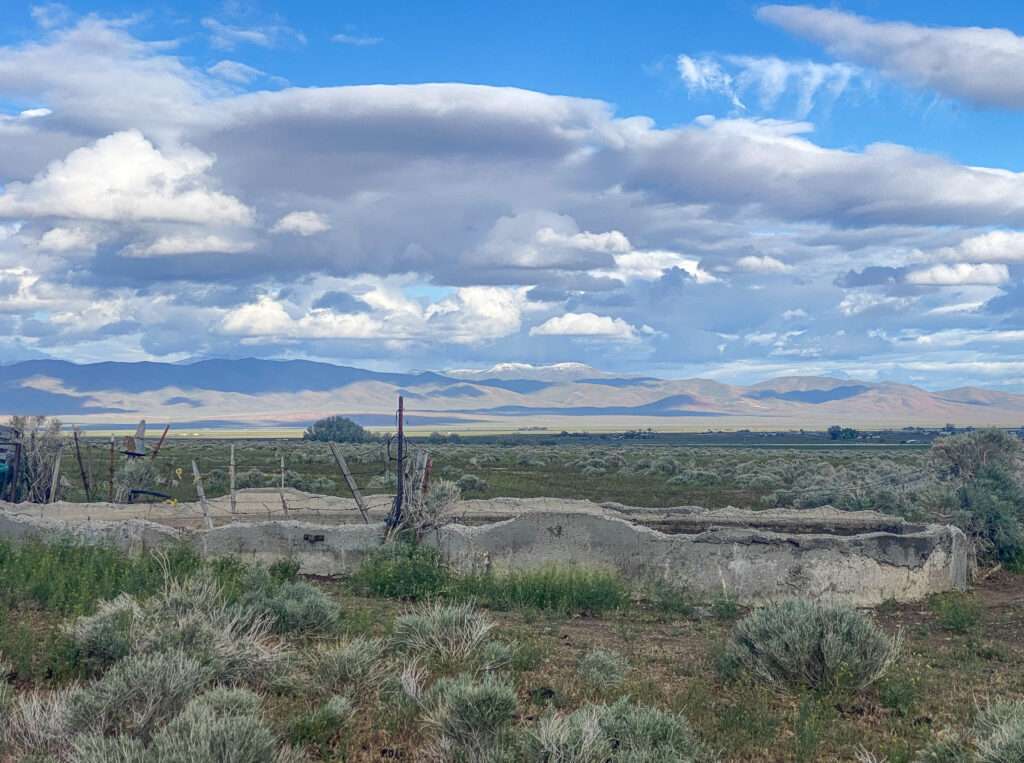
It took some survey work, but things fell into place once Austin found the right spot. We found the well itself, along with foundations and debris.
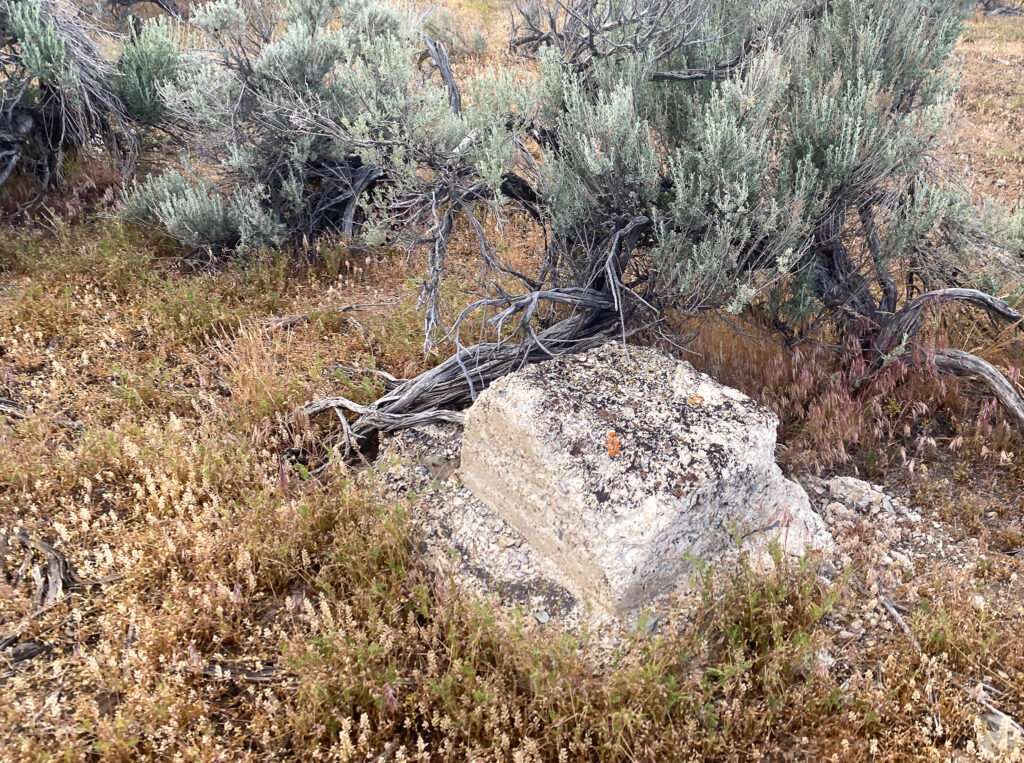
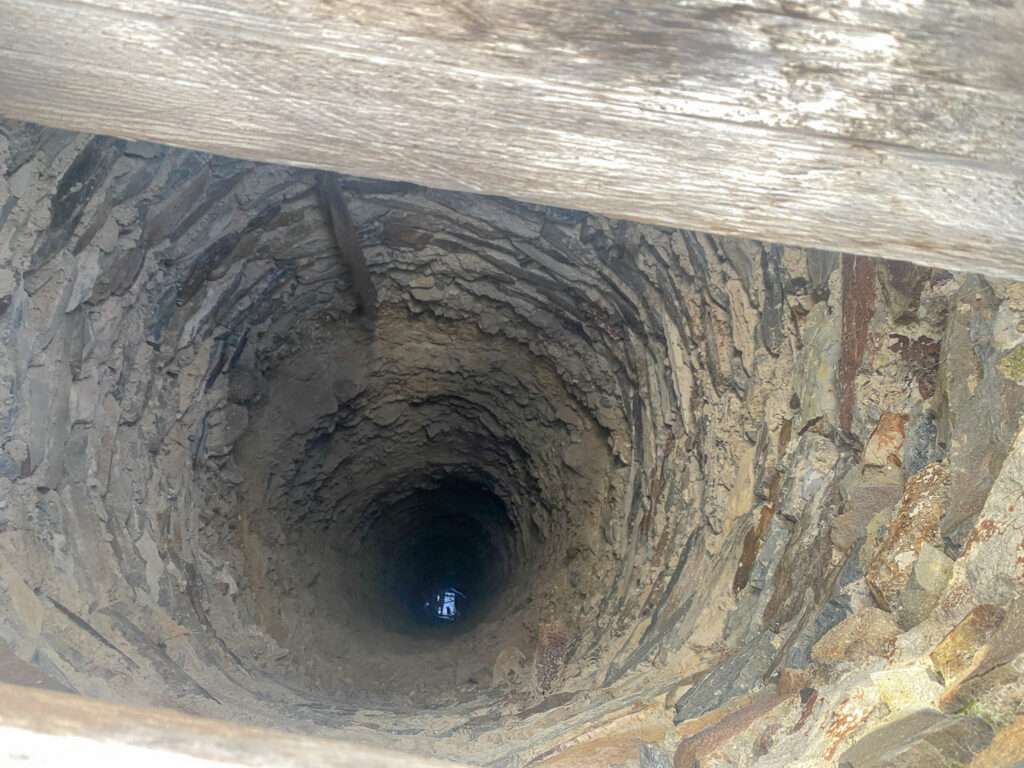
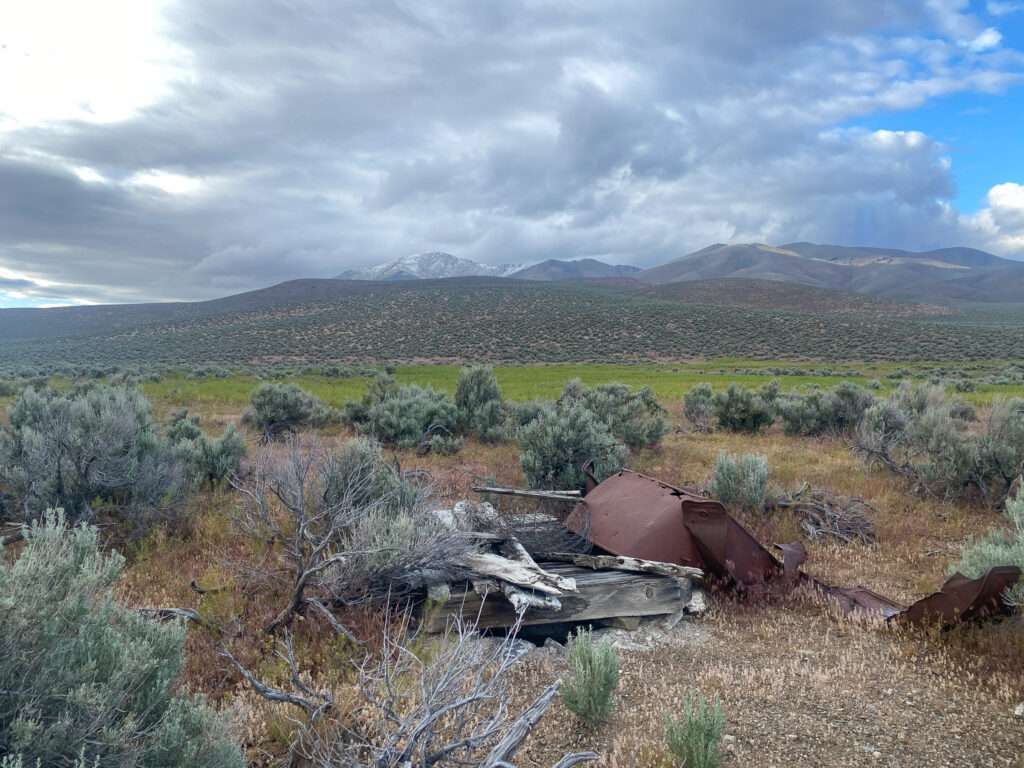
Paradise well was a stage stop on the Paradise to Winnemucca stage line. It was large enough to have a store, hotel, and stables.
Willow Point
Ok, Austin talked me into one more stop. We knew nothing was there, but visiting every ghost town is a completionist thing. Willow Point was a station stop for travelers between Winnemucca to Paradise Valley in the late 1800s. In 1910 it had grown to include small commercial services.
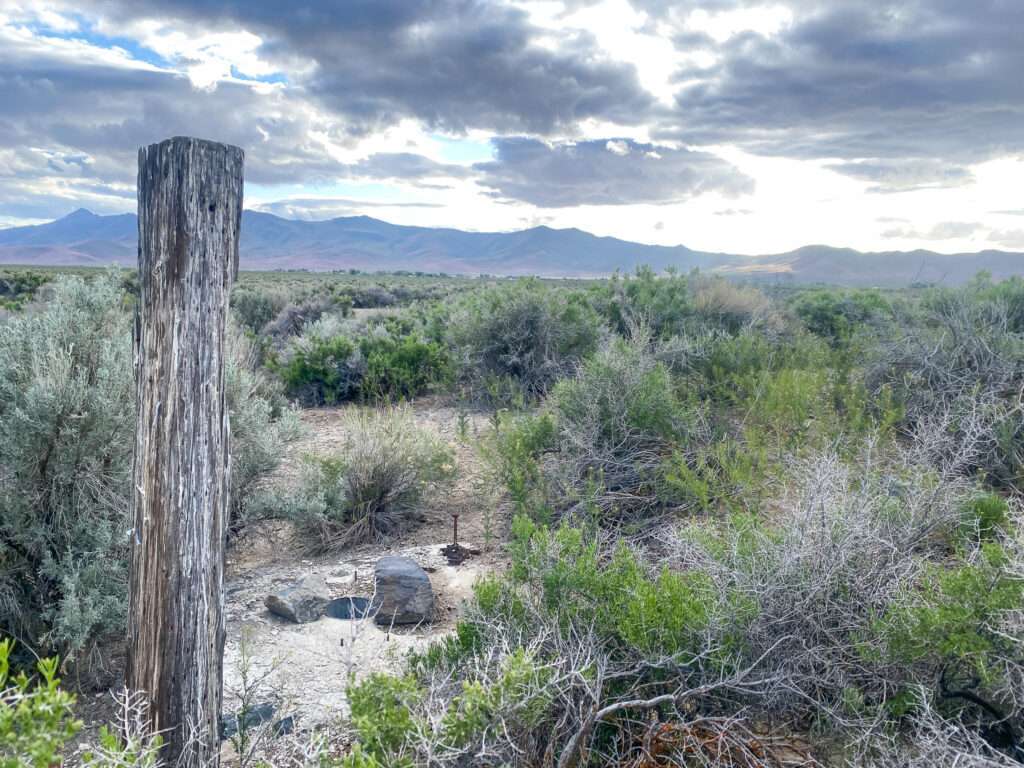
As expected, we didn’t find much at Willow Point. It was a stage station on Winnemucca to Paradise valley road from late 1800 to 1910. the station had a Hotel, saloon, and stable. A post office operated in 1868 and 1878-1910.
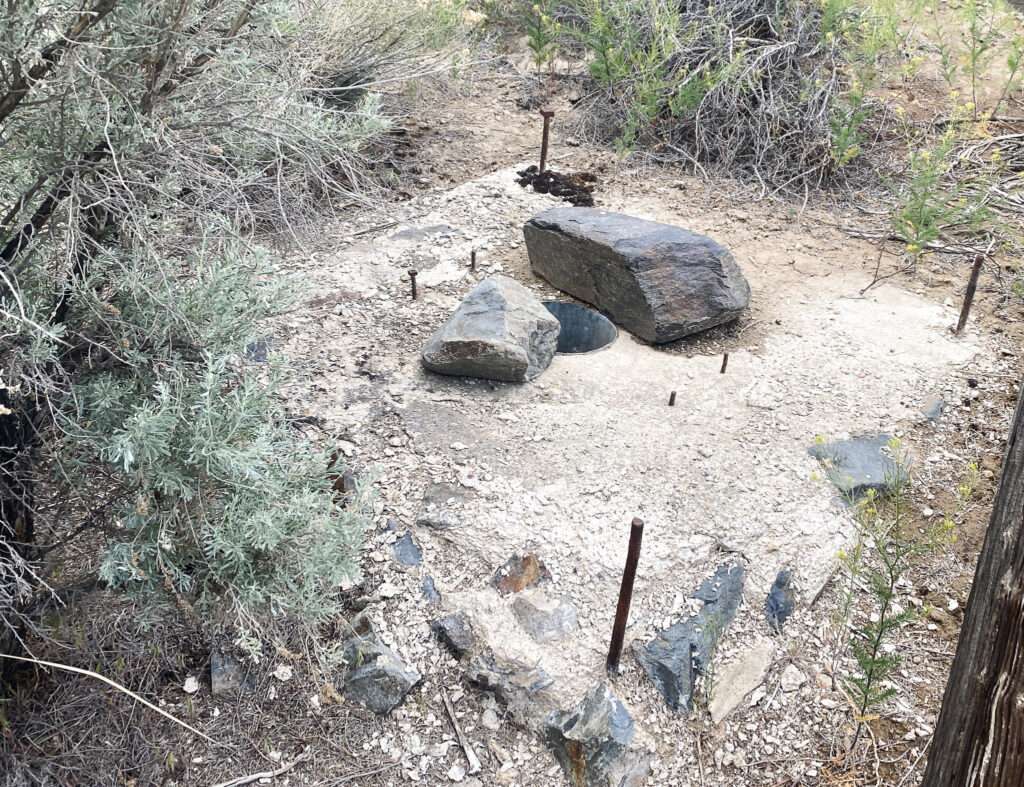
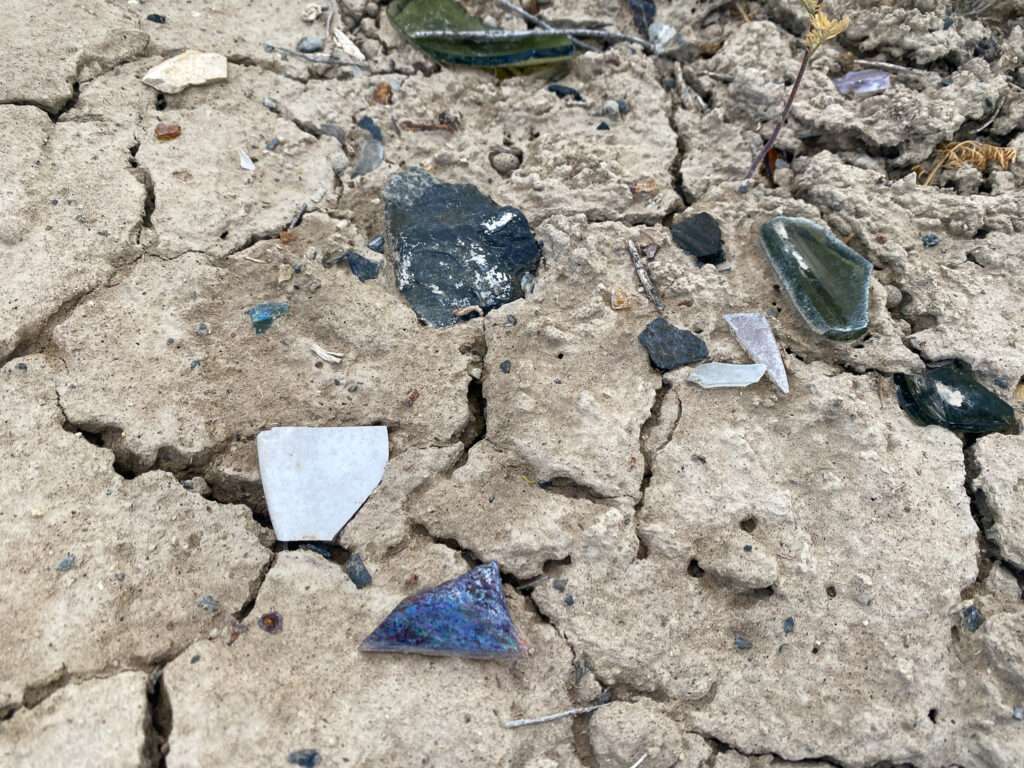
Willow Point was a temporary military post. It was established in early 1865 with Major Michael O’Brian, who took control of the Quinn River Camp #33, following the death of Colonel Charles McDermitt. Troops withdrew to Camp Dun Glenn in Oct 1865
Phew, I was beyond done. We returned to Winnemucca to find most restaurants closed. Austin dined on a drive-through Taco Bell, and I was thankful for my prime rib and garlic mashed potatoes leftovers.
Day 3
As it was Memorial Day, we decided to keep the day shorter. So we headed east of Winnemucca to hit a few ghost towns.
Gold Run & Adelaide
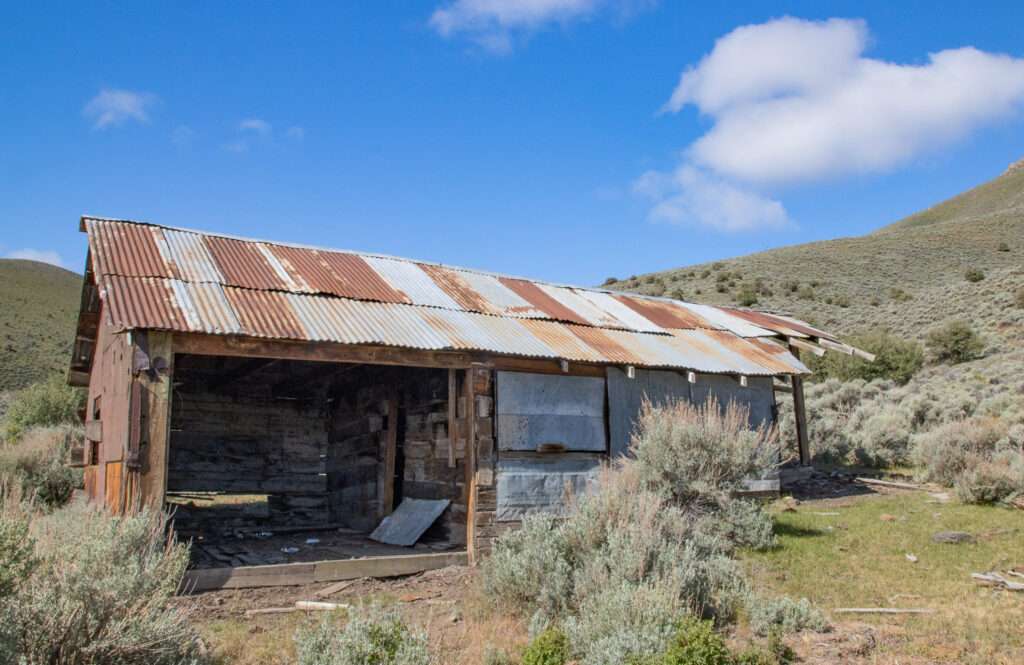
Gold Run, also known as Cumberland, was established in 1866 following the discovery of gold and silver, and it was said to have a large hotel with the best liquor and cigars. By 1867 the Gold Run had a population of sixty. In 1868, Golconda Mill, an 8-stamp mill, opened between Gold Run and Golconda. However, the mine closed in 1871, and the town was abandoned.
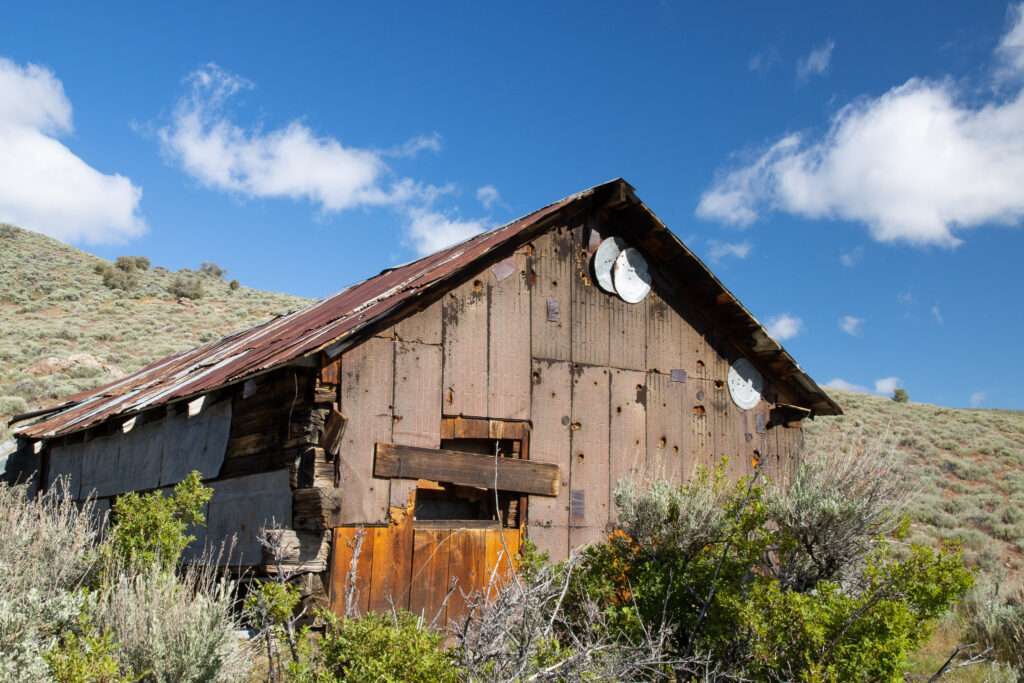
Gold Run had a revival in 1897 with the opening of the Adelaide Mine. Developers laid out a town in 1907, and the name changed to Adelaide. In the 1930s, the town moved a mile and a half next to the new mill.
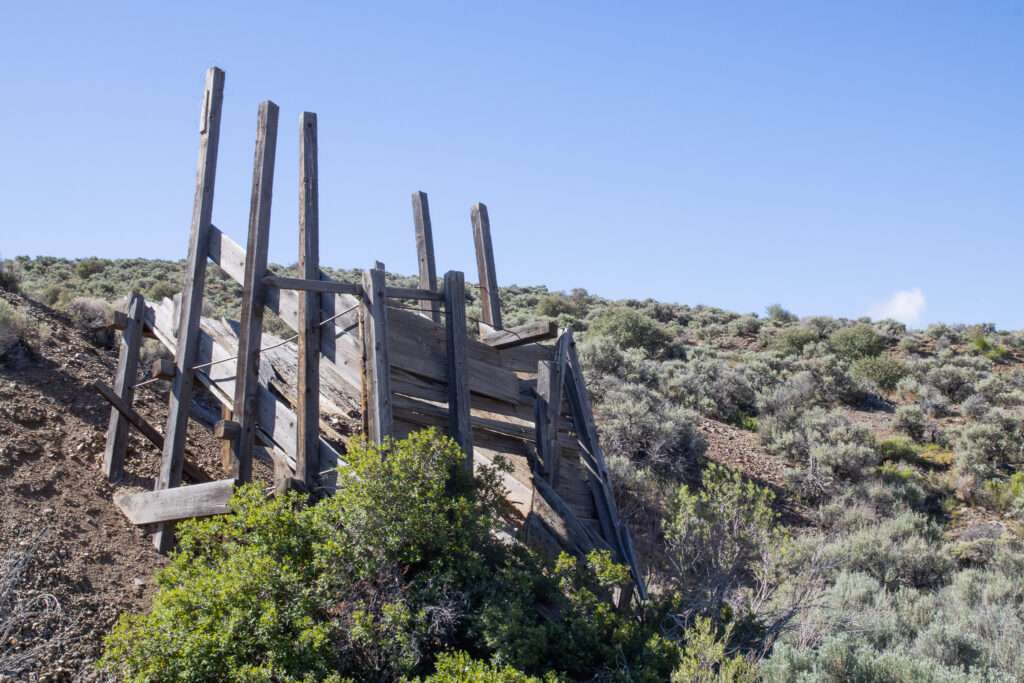
Adelaide had a Cyanide house, but unlike the Dixie Valley Cyanide Rocket Shop, it was not built with rocket crates.


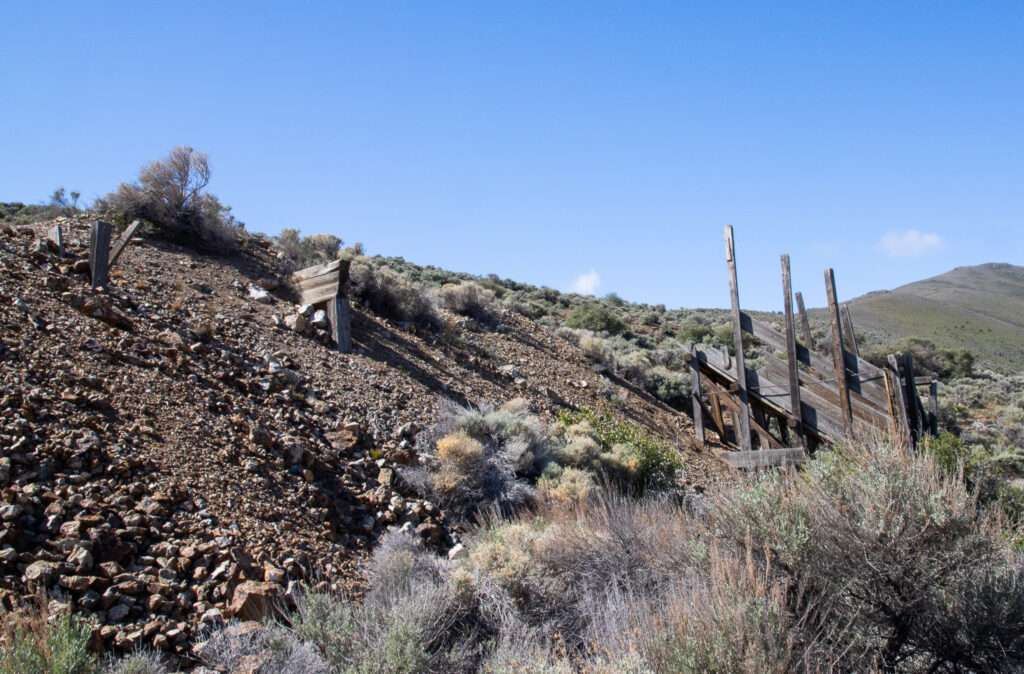
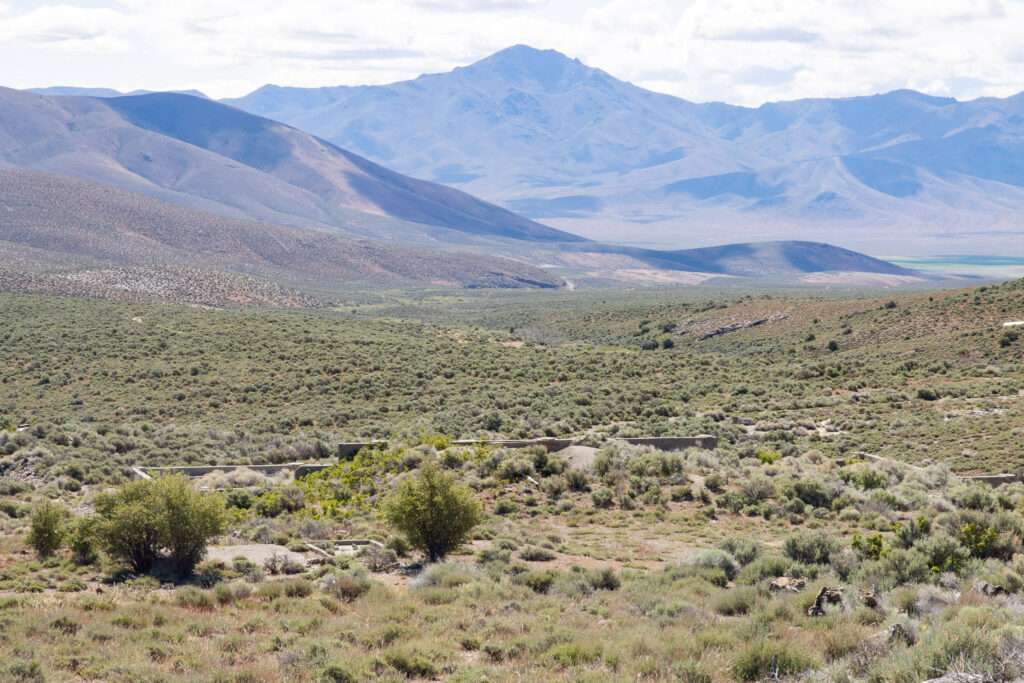
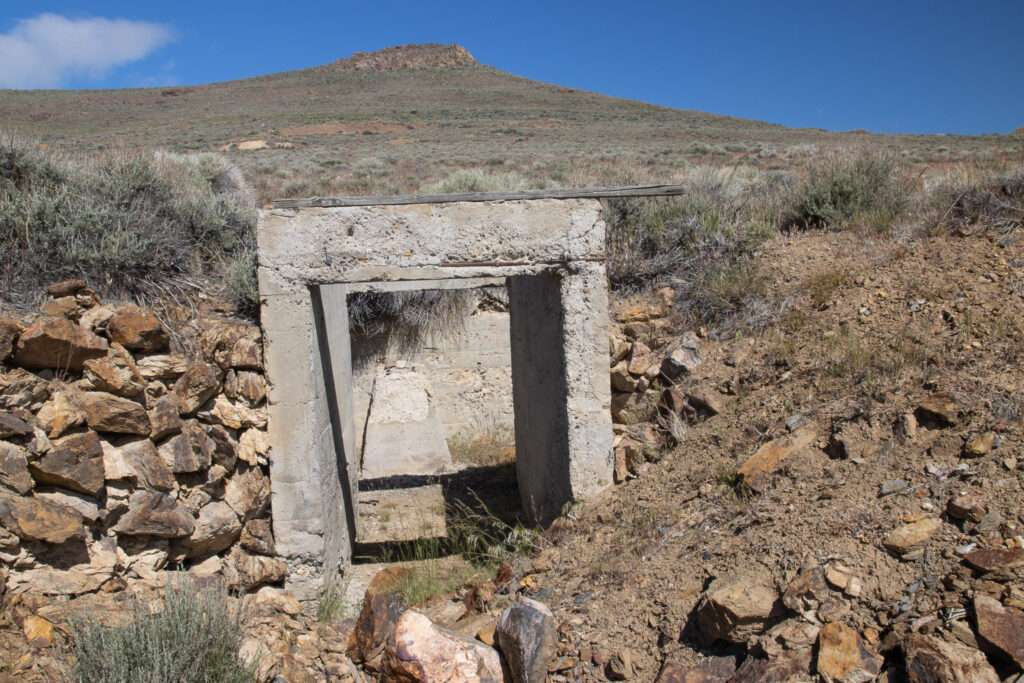

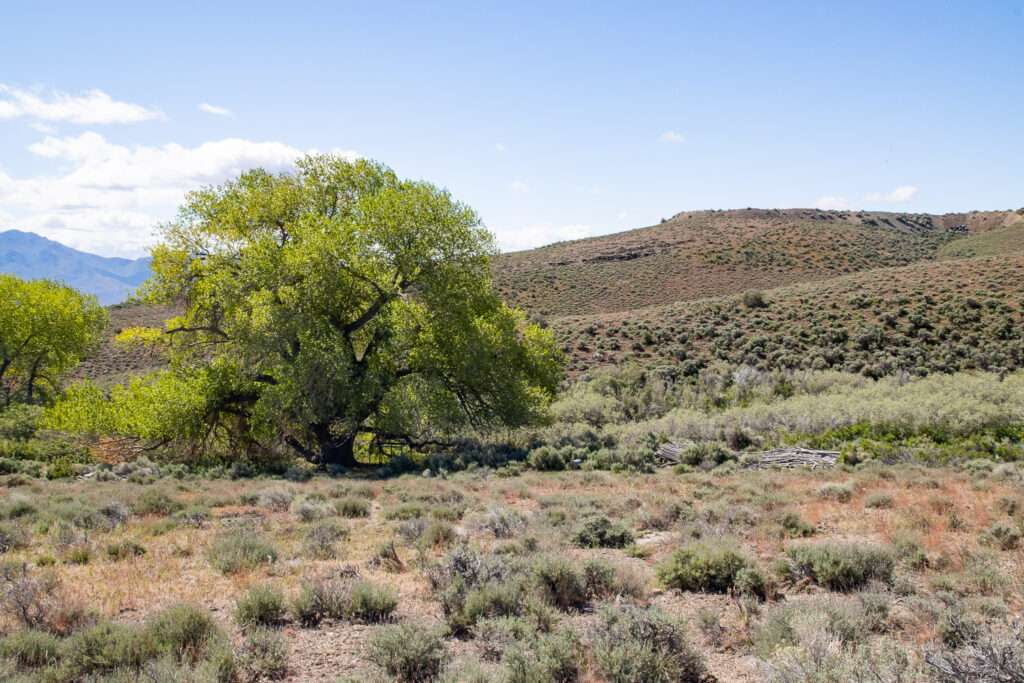
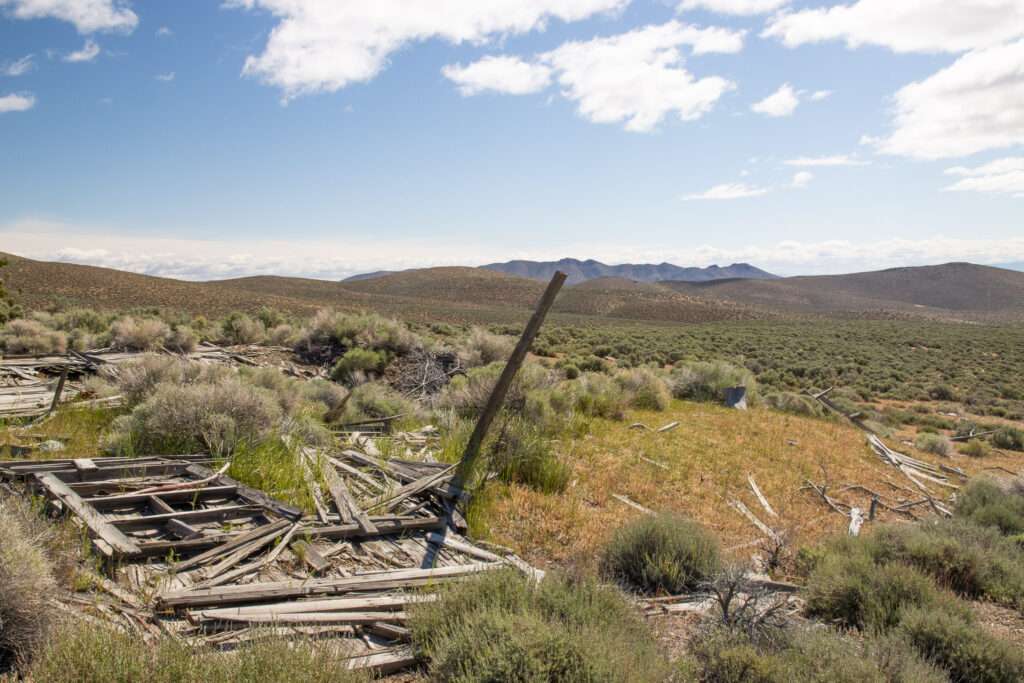

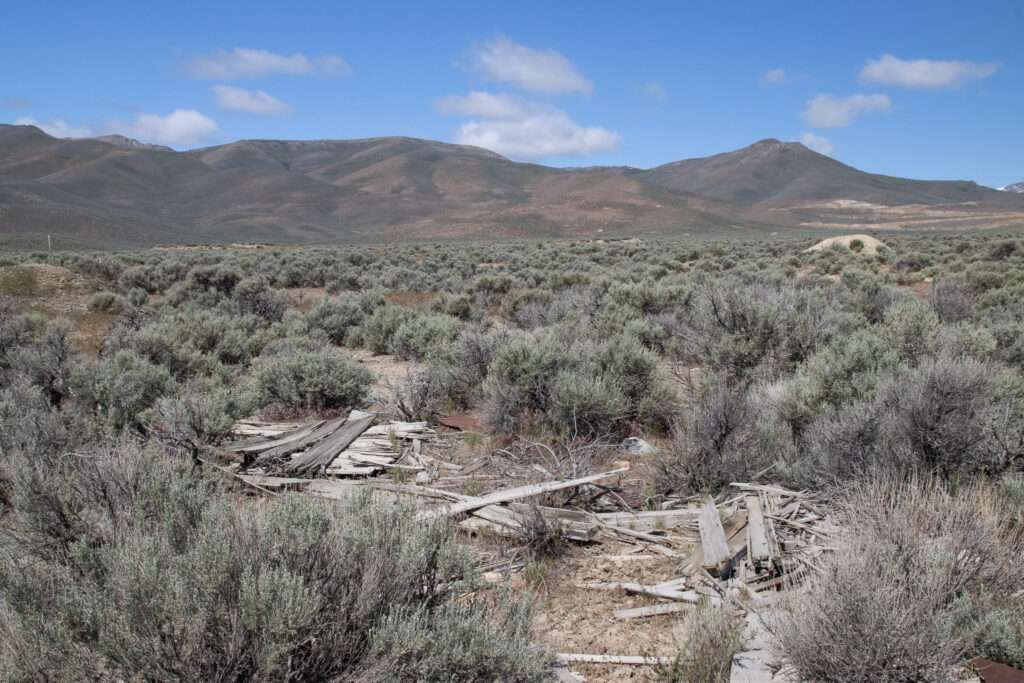


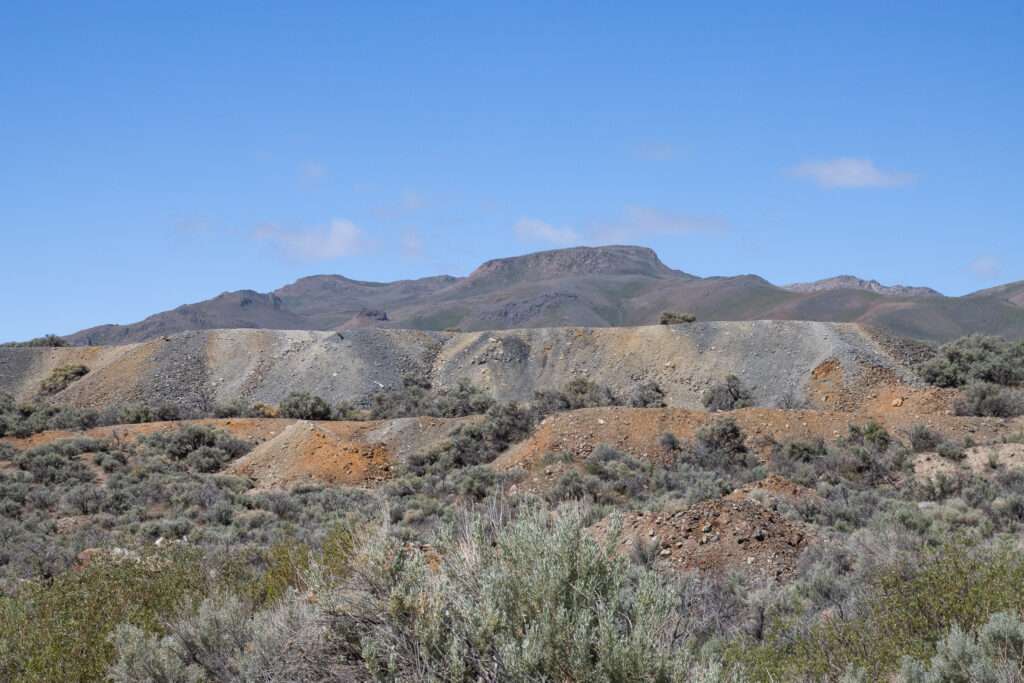
Golconda
Golconda is not a ghost town, but has faded into the Nevada Desert. Unlike many towns which got their start from mining, Golconda was known for another resource, hot water.
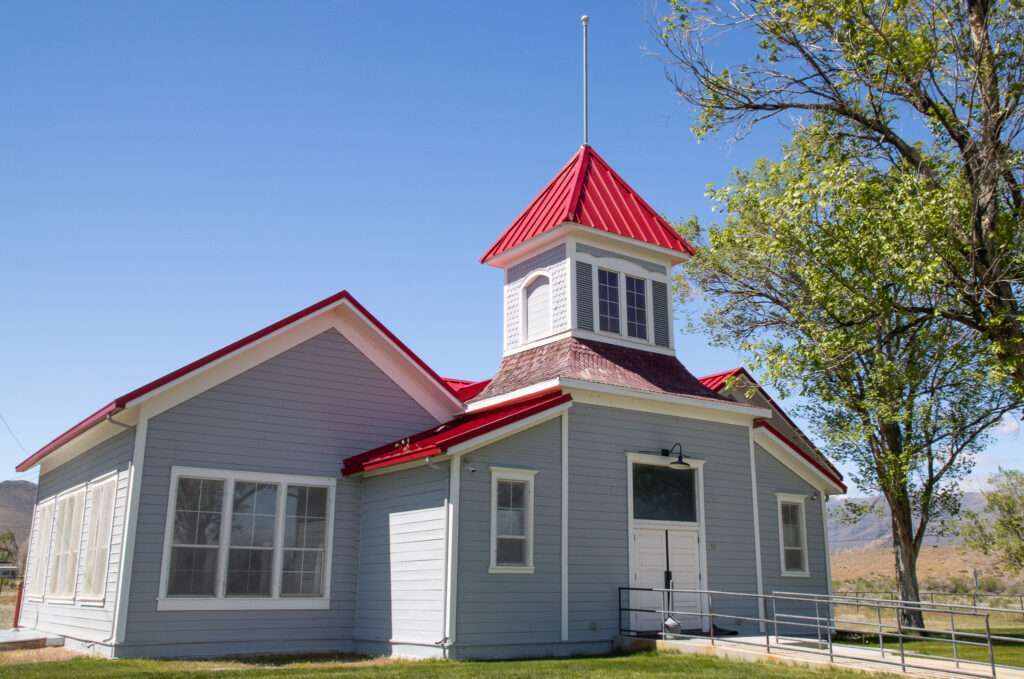
The hot springs at Golconda were noted in many emigrant diaries. With mining at Gold Run, Golconda became a milling center. With the creation of the Central Pacific Railroad, Golconda served as a freight and telegraph station. A small resort developed, with travelers relaxing in the warm waters.
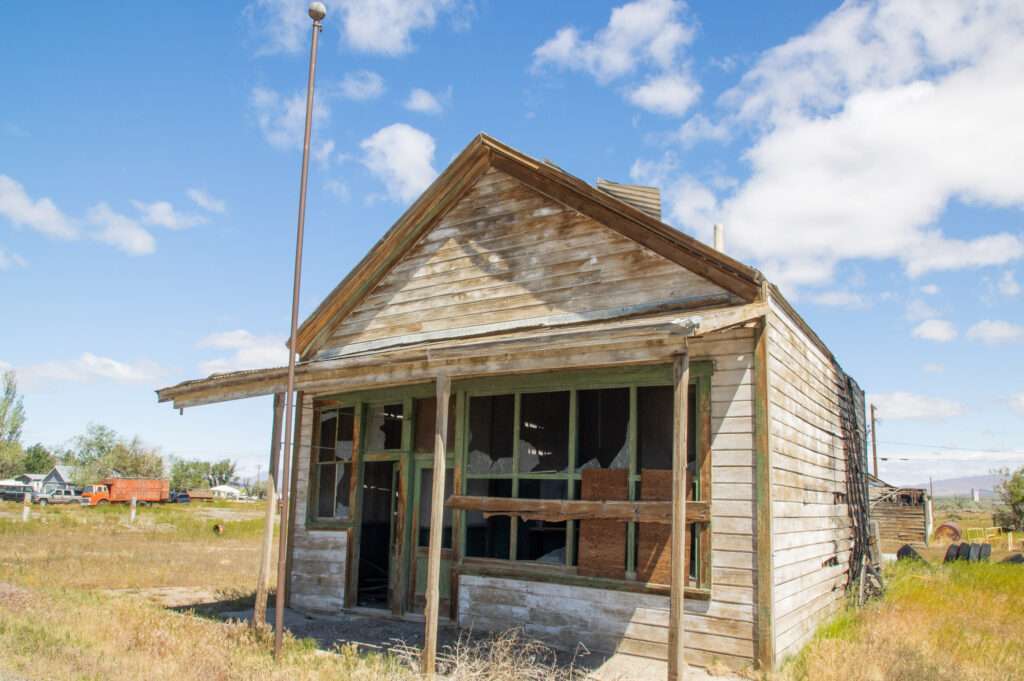
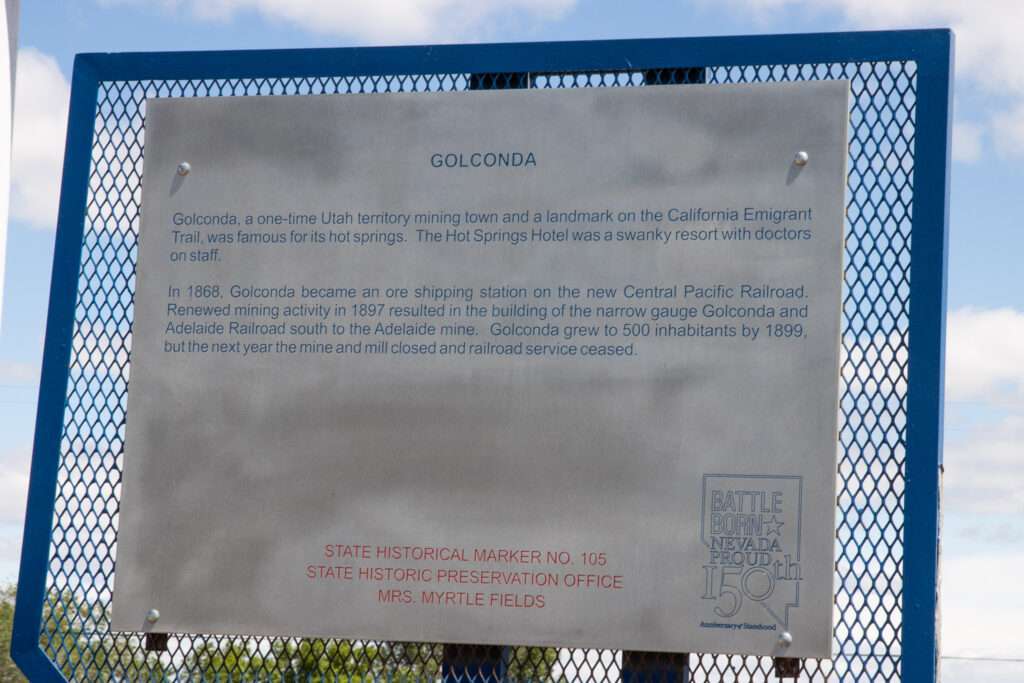
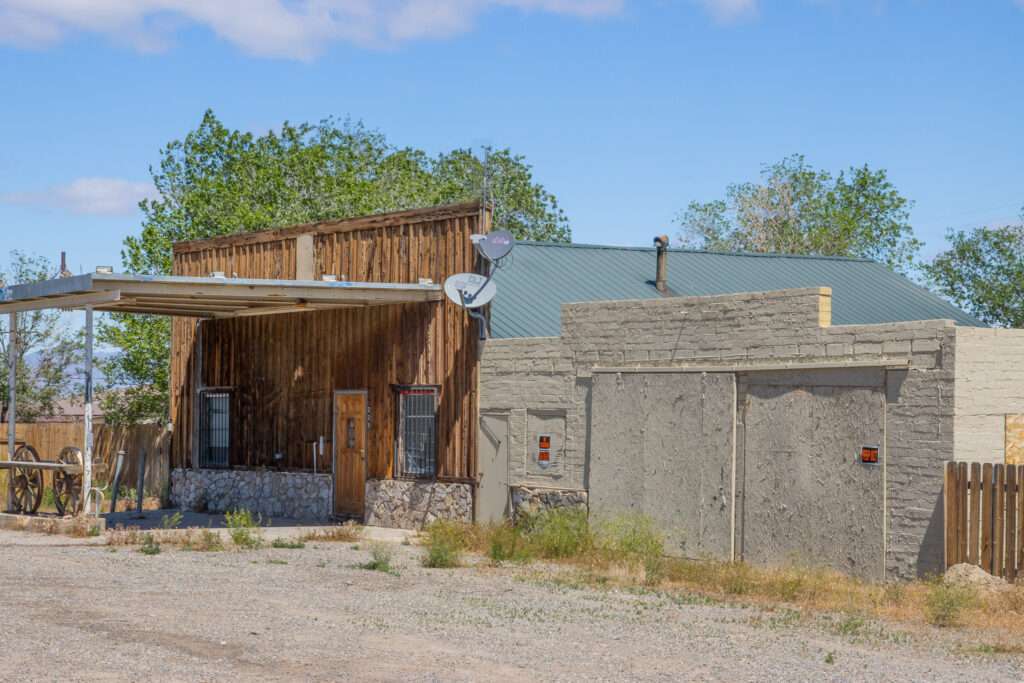
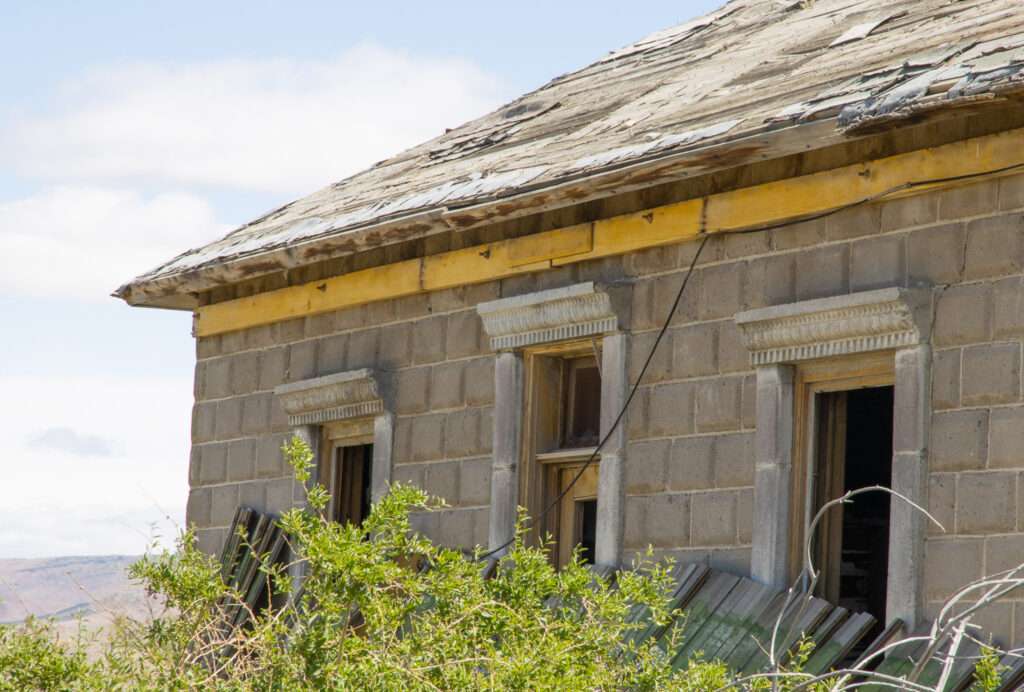
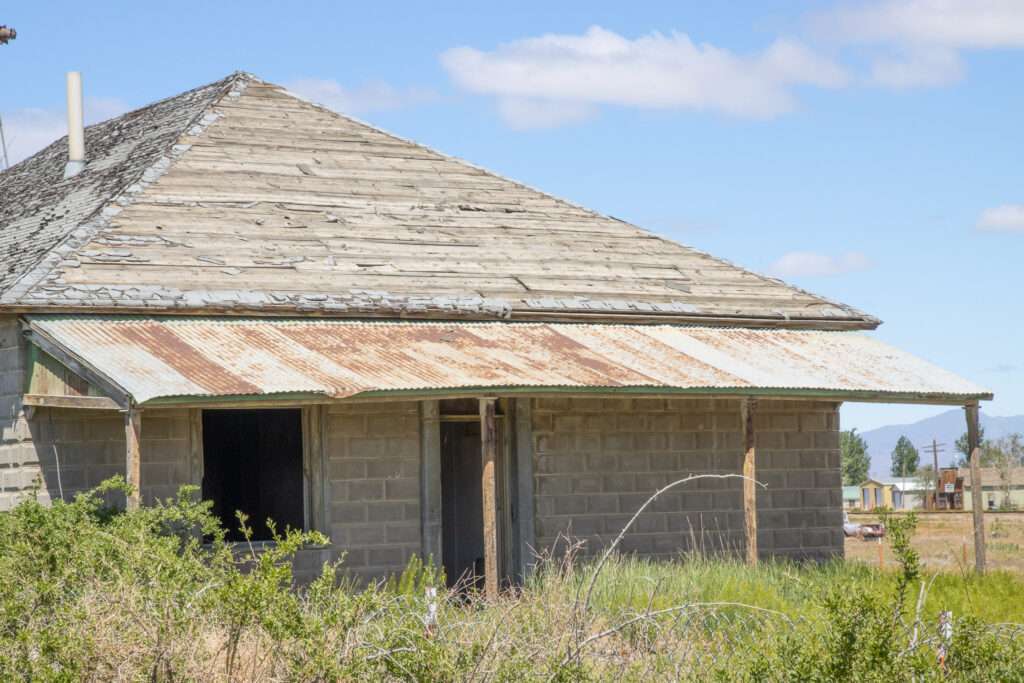
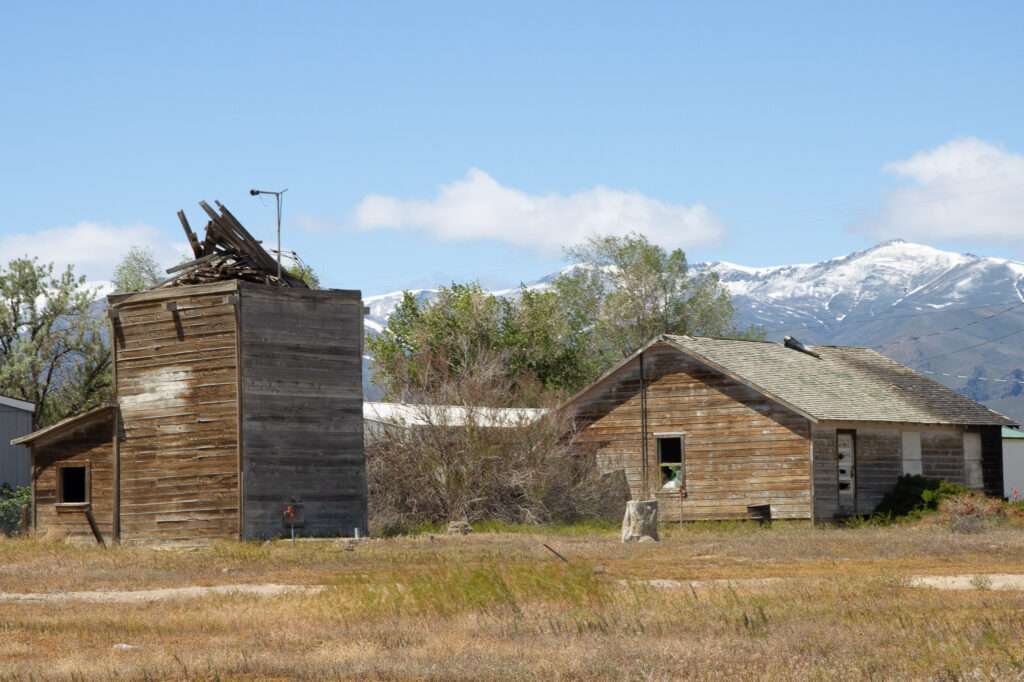
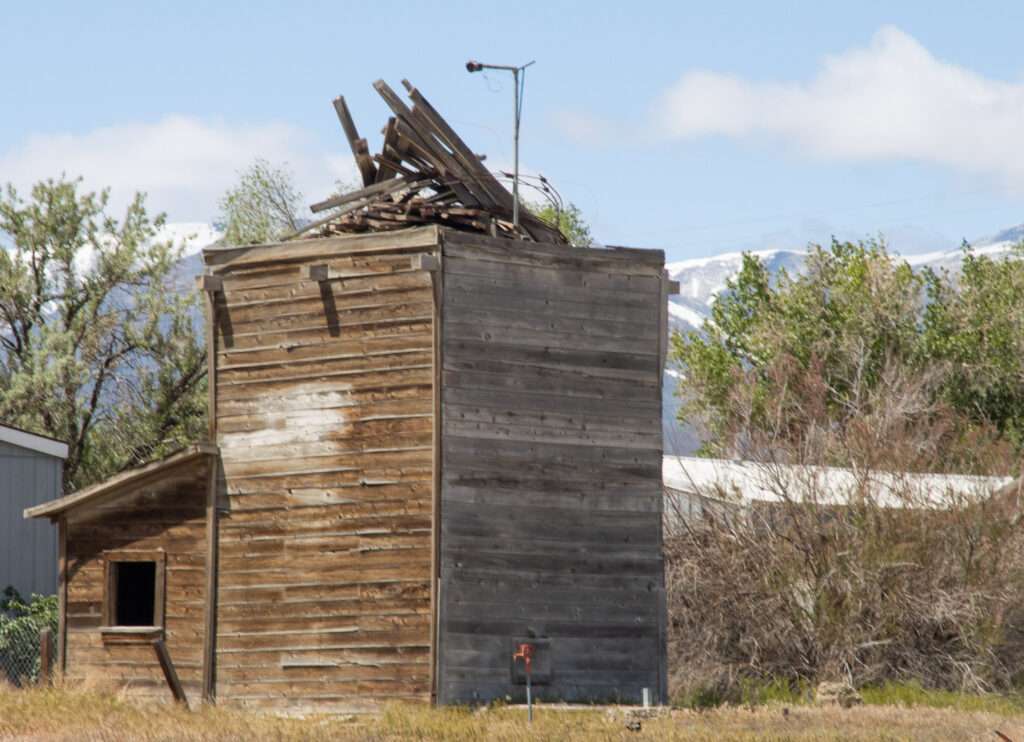
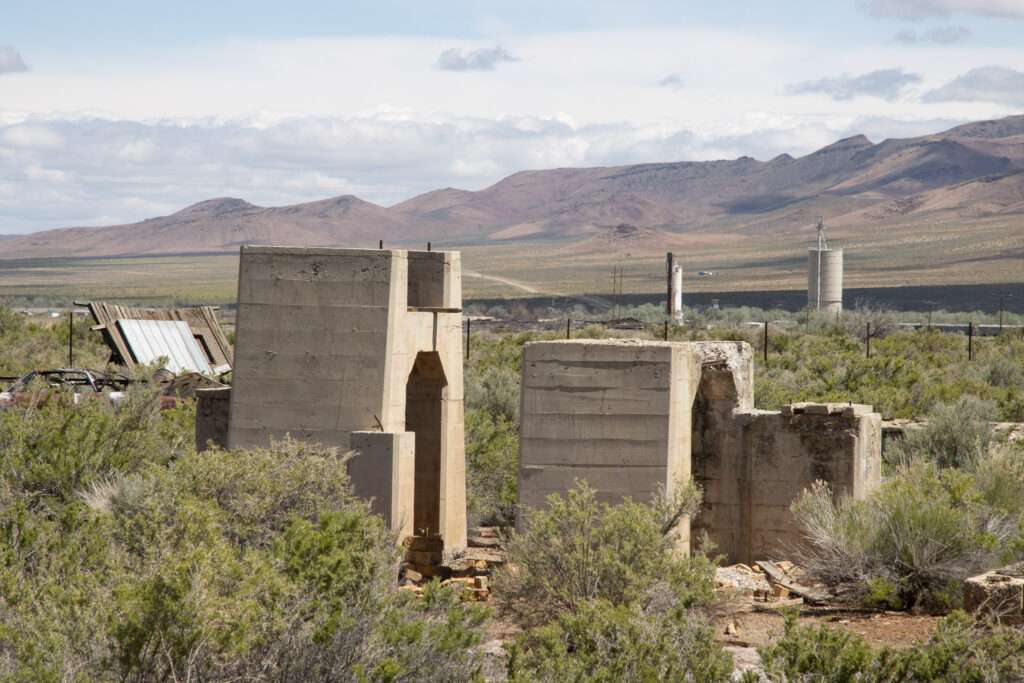
Willard/Loring
We had a little time to kill before we met Austin’s ride, so we headed to Willard. Miners discovered gold in Coal Canyon in 1915. A tiny town started, named after boxer Jess Willard. I wonder if he knew a town was named after him: maybe it was better if he didn’t, as the name was changed to Loring in 1919.
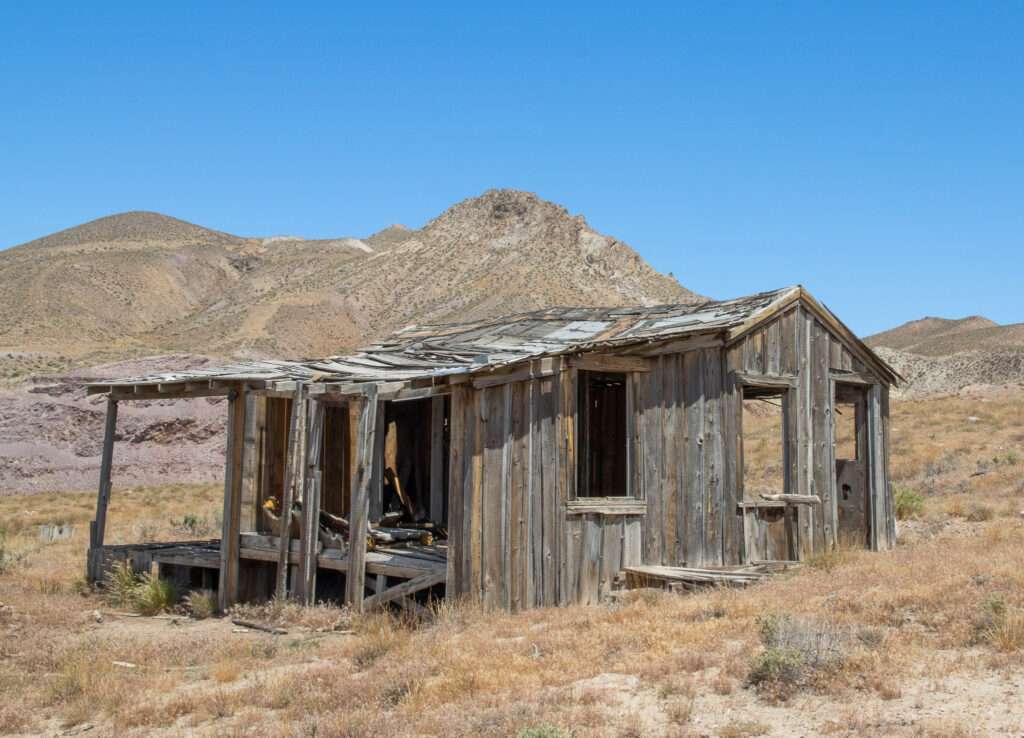
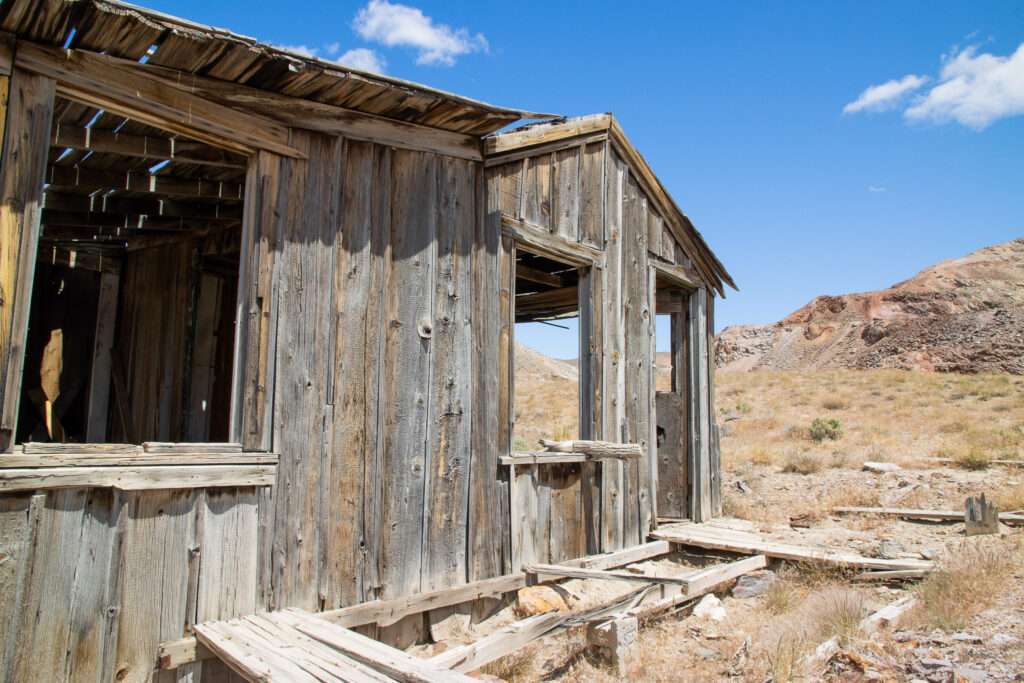

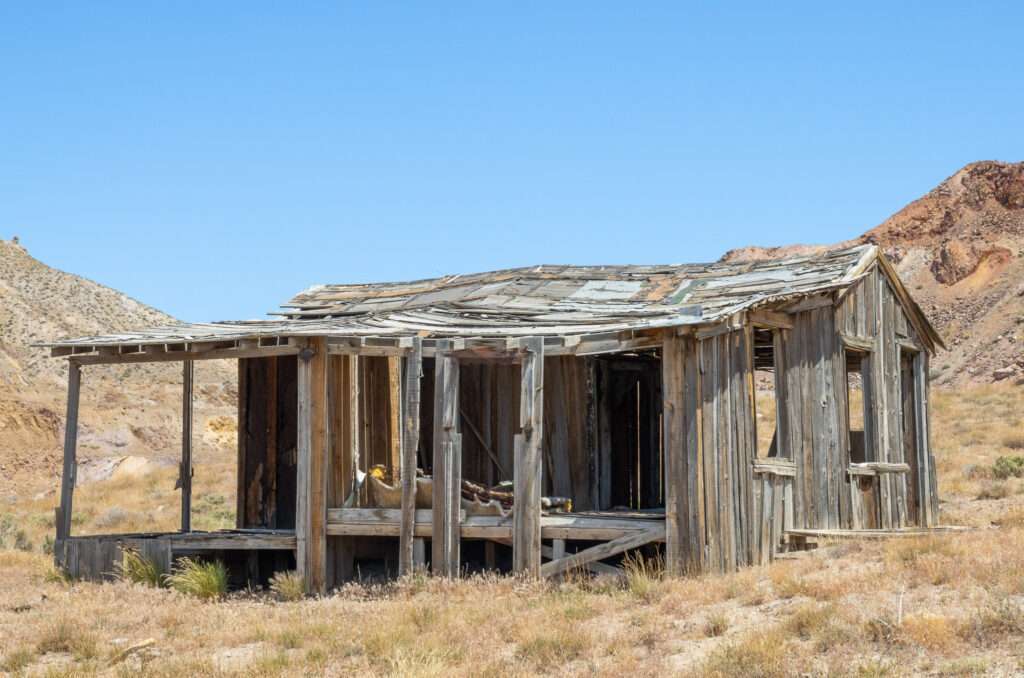
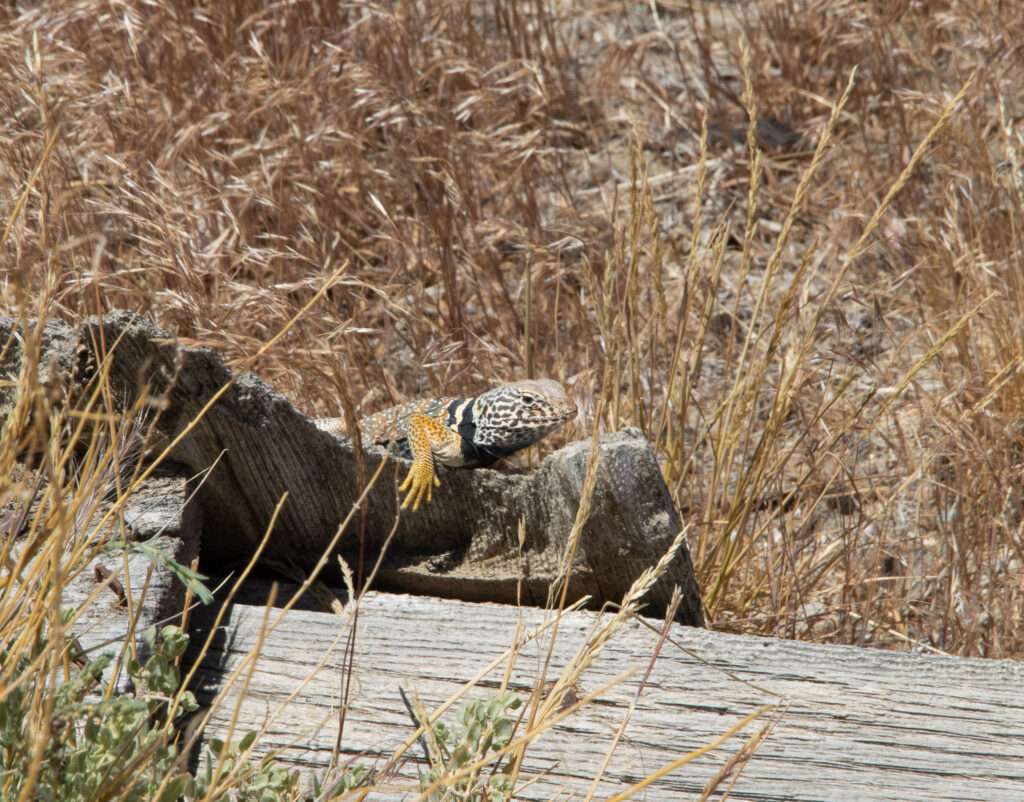
Colado
Colado was a station on the Central Pacific Railroad.
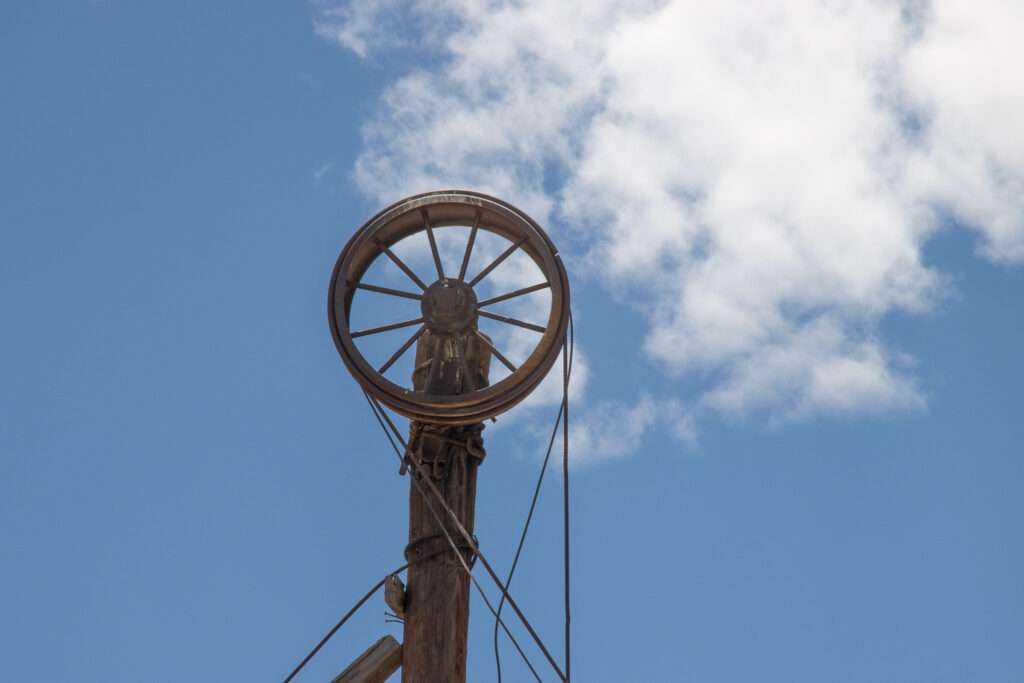
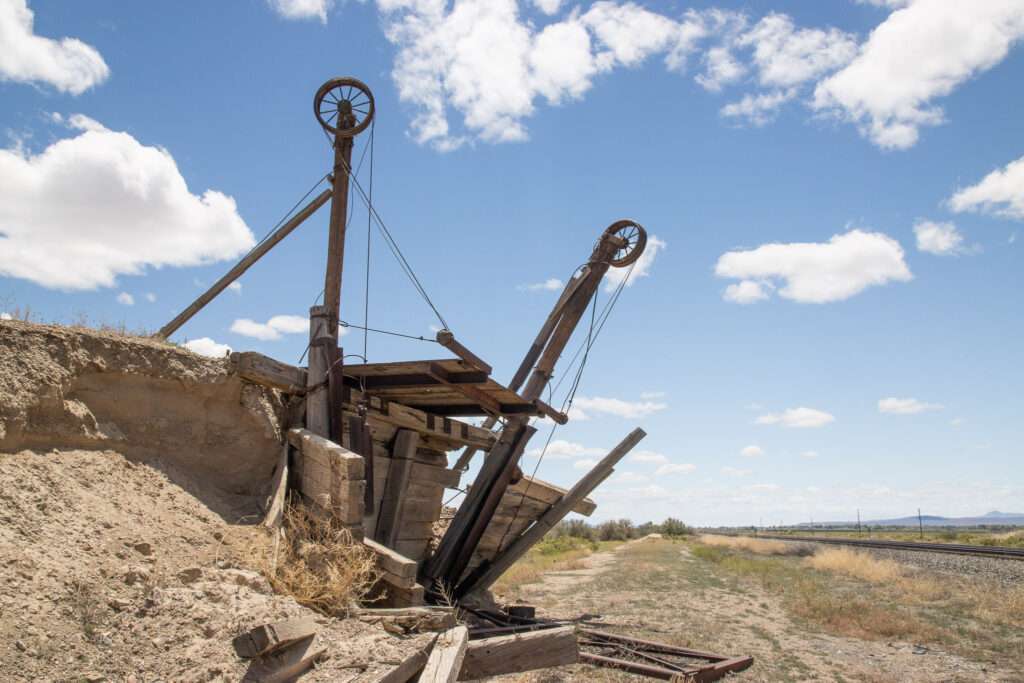
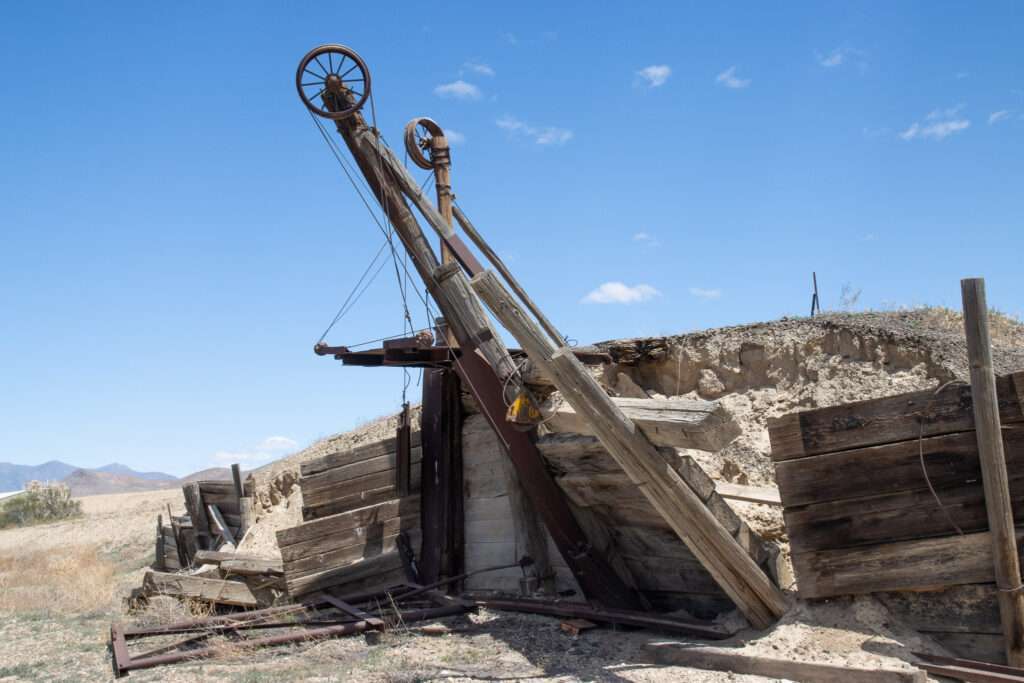
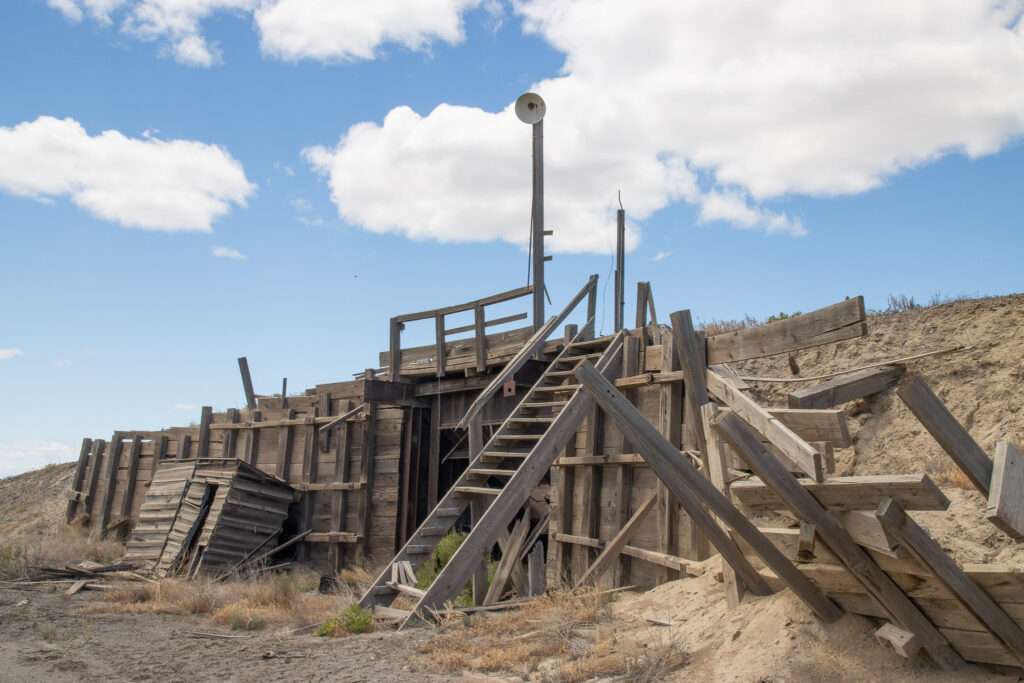
Home Honey Badger
Phew, what a great trip. We visited over twenty ghost towns and historic sites. We didn’t plan it, but our journey started with sites dating to the 1860s and ended with locations from the early 1900s.
On my first trips through Nevada, the desert seemed like a vast and empty space. Little did I know how much history lay in Pershing and Humboldt Counties.
Want more ghost towns?
For information on more than five hundred ghost towns in Nevada & California, visit the Nevada Ghost Towns Map or a list of Nevada ghost towns.
References
- Basso, Dave. Ghosts of Humboldt Region: A glimpse into Pershing County’s past. Western Printing and Publishing, 1970. Inset map, Pages 6, 30, 103, 130.
- Carlson, Helen S. Nevada Place Names: A Geographical Dictionary. University of Nevada Press, 1974. Page 102.
- Hall, Shawn: Preserving the Glory Days: Ghost Towns and Mining Camps of Nye, County, Nevada. University of Nevada Press, 1981.
- Paher, Stanley. Nevada Ghost Towns and Mining Camps. Nevada Publications, 1970.
- Paher, Stanley. Nevada Ghost Towns and Desert Atlas. Nevada Publications, 2009.

Roger Peterson says
What a great trip! I’m jealous! Great pictures!
I went on a desert/gold mine trip in California one weekend in the late 70’s. Brings back memories. Would like to do it again someday!
Tami says
Thanks, it was a great trip! I would be hard-pressed to decide which was my favorite big trip, this one, Eureka, or camping at Hamilton.
terry says
there was a phone number of a four wheel drive club that will help people in a bad situation and i can’t find it, do you have that number? thanks
Tami says
The number is 775-238-3793
Here is their website. https://www.775ofr.com
sharon Sowers Rigg-Hester says
thank you for sharing I lived in
winnemucca Golconda i went to that school lived Imlay and rode the school bus to Lovelock for hi school on our way back to imlay would stop at humbolt where they had a little store. and bought chips the Duncans had a big ranch and they also ran the store This is what I am remembering thank you for the walk down memory lane there was a mining town Tunson where the bus started and ended it was like 10 miles north of Imlay My Dad worked on the railroad It was the Southern Pacific then
Tami says
What amazing history! I heard about the store, around Oreana I thought? I will look into Tunson for my next trip.
David says
What a great ride through Humboldt’s Ghost Town and mining camps. I spent a few years in Winnemucca in the late 70’s and out in Kings River Valley (north on 95, past Paradise and turn left at Orvada. continue for another 40 miles or so) on a Ranch/Feed Mill my dad was running. Use to explore all the abandoned mines in the area and hunt for arrow heads along the creek beds.
Tami says
I’m glad you enjoyed it; that was a fun trip. I bet you have lots of great memories. I grew up in Idaho, so used to drive throuh Orvada a lot.
Rhonda says
Please…..anyone trying to go onto this site. Make sure you have off road tires (10 ply) a must, water, food. The route is rough to say the least. We got to within a mile of the place and we drove a lifted F150 4X4 and chose not to risk it.
Tami says
Which place did you have difficulty reaching? This trip was a year or two ago and the roads were good, I could have taken my Grand Cherokee (which has a 10″ lift). But, road conditions can change overnight in Nevada.
People should always carry the supplies you mentioned and communications (not just a cell phone). Ideally 2 vehicles.
Gene White says
My dad worked for the Bureau of Mines in Reno from 1955-1959. We moved to Mill City, Nevada in 1959 when he started prospecting/drilling full time in Star Canyon in the Humboldt Mountains. I was in the 5th grade and rode a school bus to Imlay every day for School. It was a three room school house with three grades in my class, 3, 4th, and 5th. He was drilling way up the Star Canyon Road past the DeSoto and Sheba mines. Have many stories that I would like to talk about sometime. Would love to see some historic pictures of Star City Nevada.
Tami says
Wow, great memories! I would love any information you have and to include it in an article.
I worked some on Santa Clara but didn’t find much. I will have to look and see if there are historic phots of Star City. I want to go back, last visit it was so smoky.